05-09 August 2019
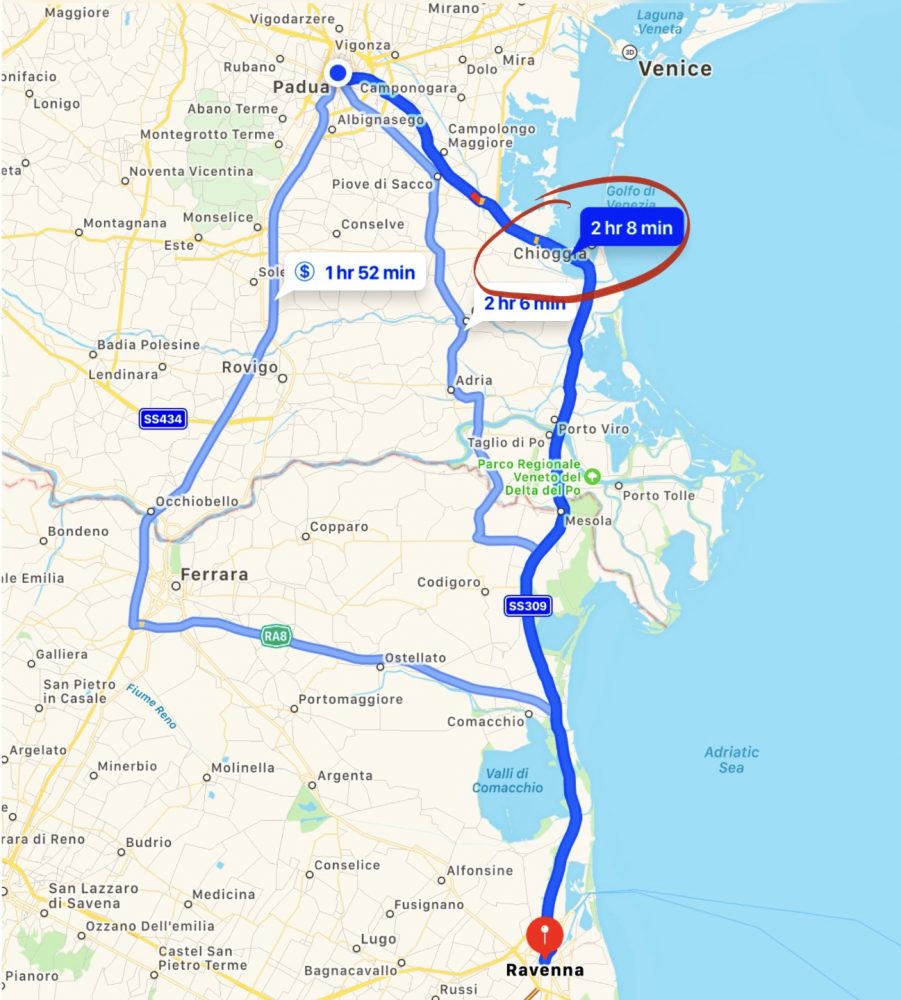
Before we write about Chioggia, we need to say that Ravenna should change its name to Citta di Mosaici (Mosaics). That is what the town is known for, along with the tomb of Dante Alighieri.
Chioggia
We have often seen this town on maps. In a larger typeface than the surrounding towns. On the water. Some call it Little Venice. We decided to satisfy our curiosity and make a stop on the way from Padua to Ravenna. After crossing a waterway that is part of the Venice lagoon, then making a short walk from the parcheggio (parking) through a tight-knit cluster of buildings, the scene opened up to a wide main street lined with restaurants, pasticcerie, gelaterie, and a few churches. The street, highly active with lots of pedestrians, stretched to the water’s edge where there was a high concentration of tourist chatchkas, as well as a stop for the Venice water bus! All a bit scruffy, but charming.
The town did not feel touristy in the way Venice does. The canals are lined with boats and most of the people we encountered spoke Italian. On the way out, we stopped at a grocery store and heard the clerk speaking to a customer she seemed to know well. When Robert asked if she was speaking dialect, she acted surprised that he asked. It was so obvious.
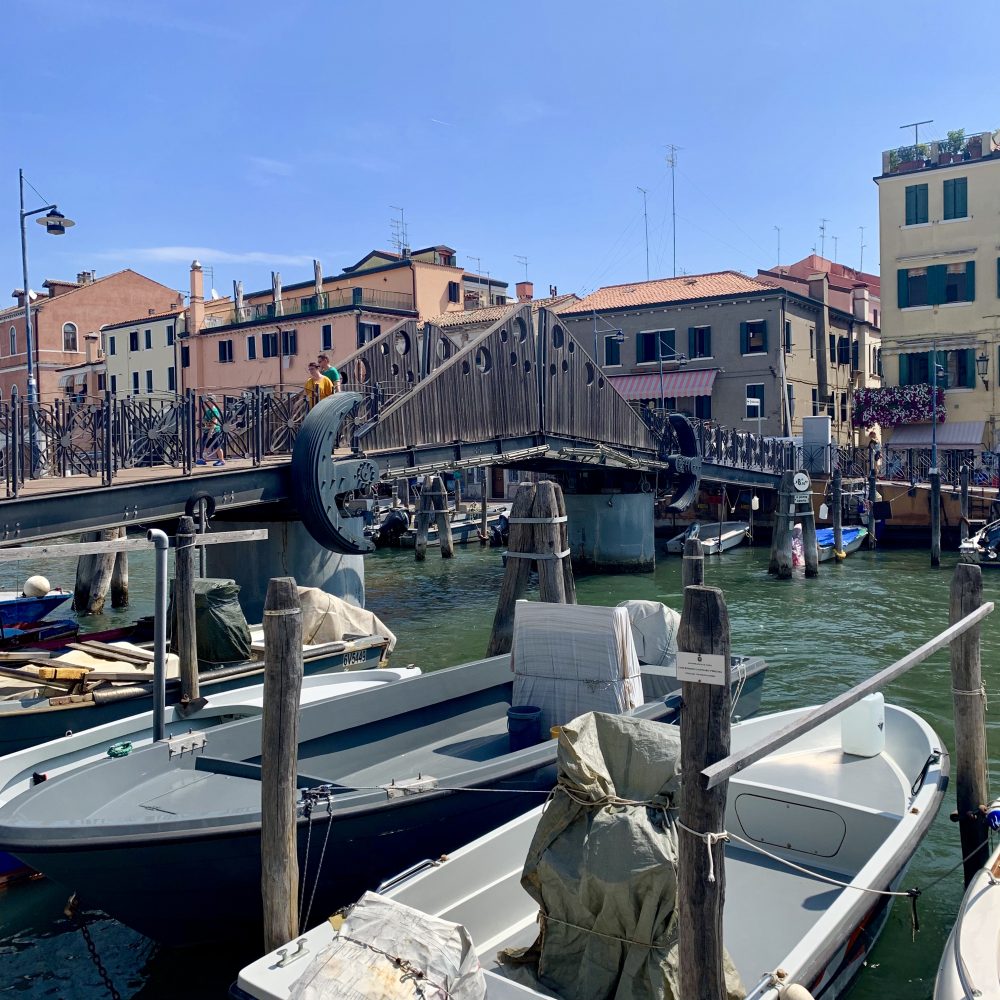
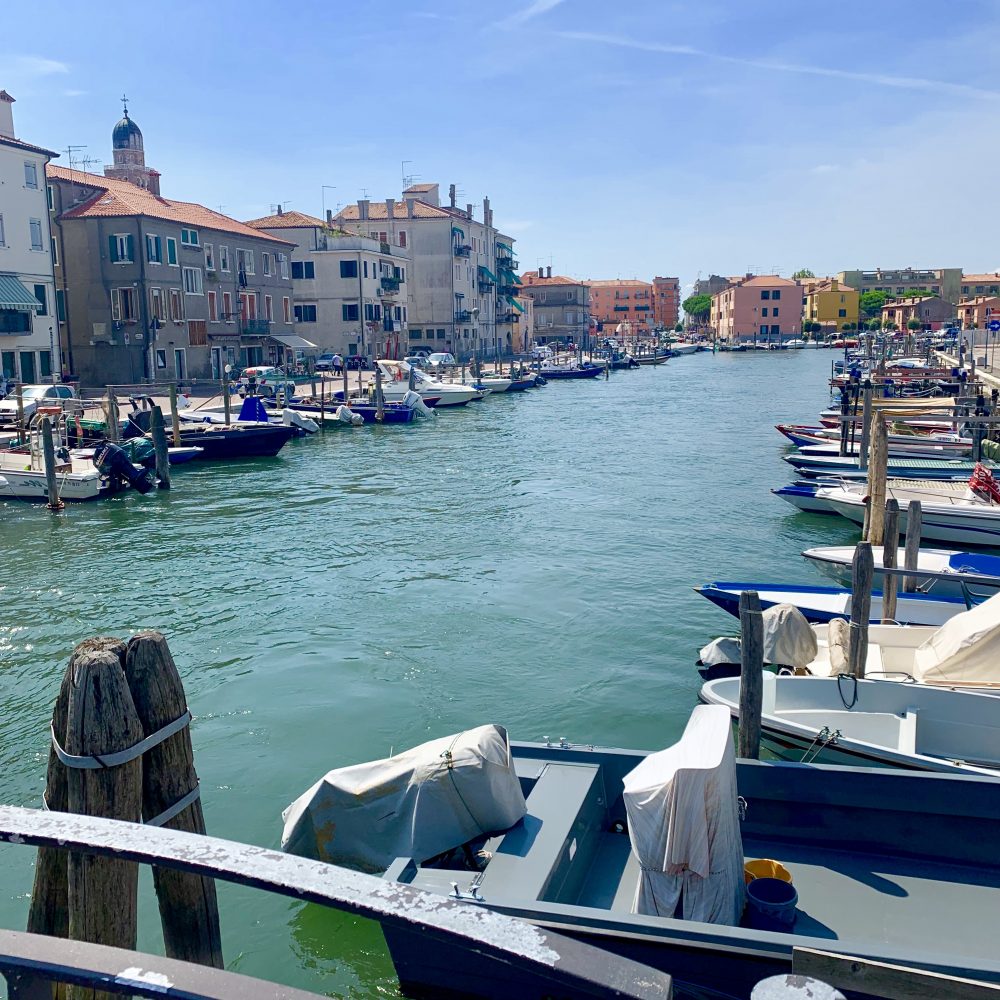
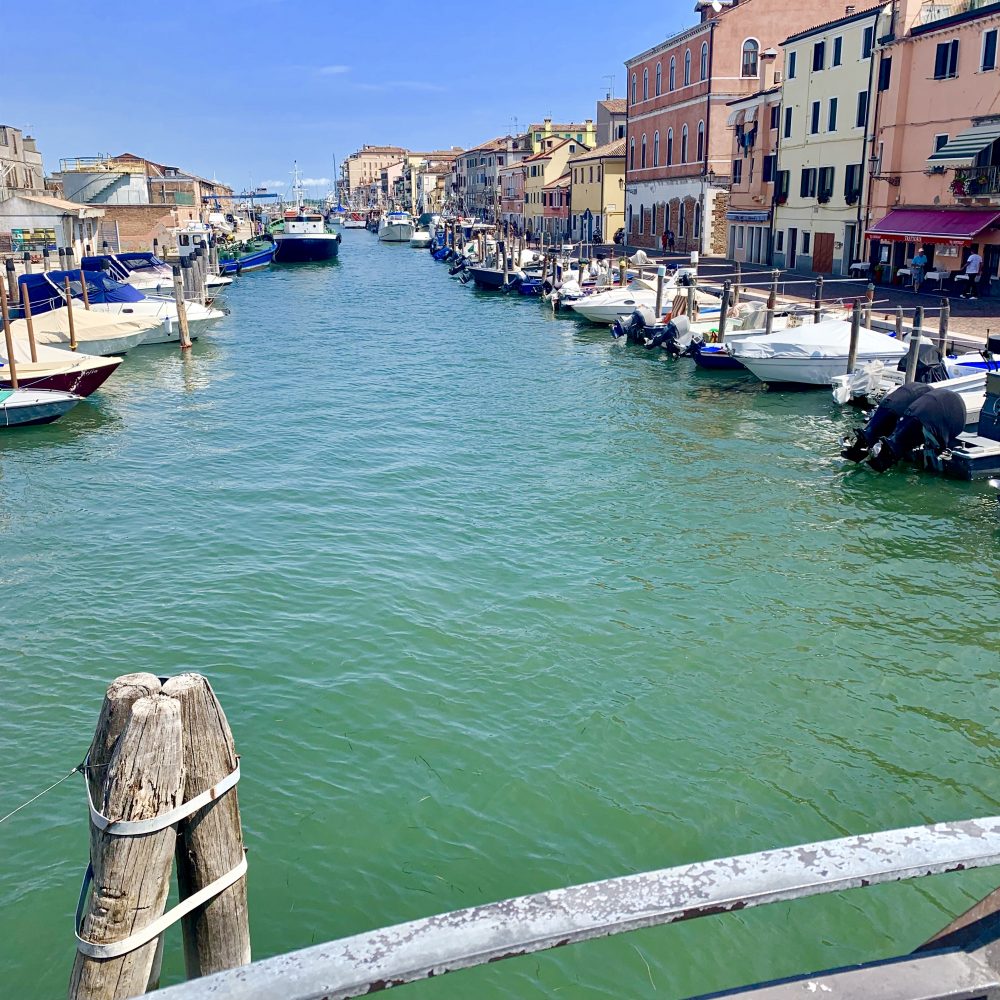
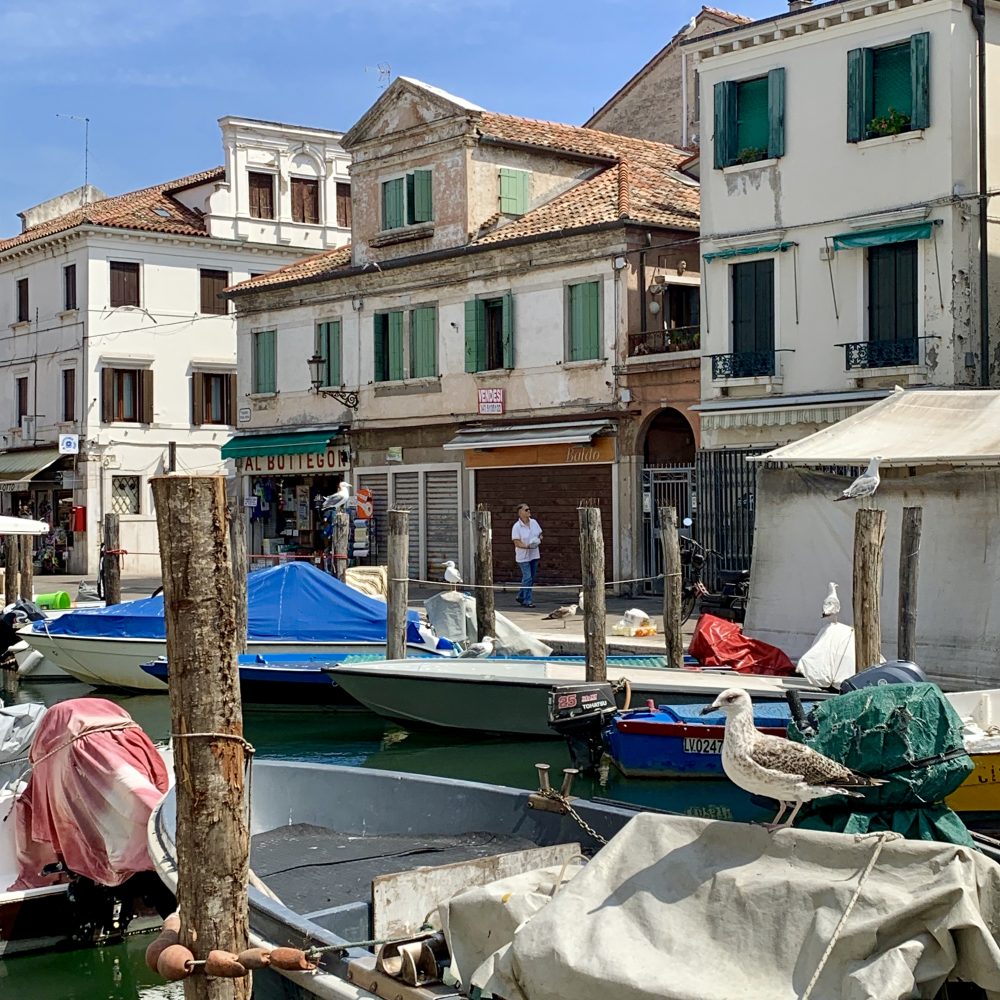
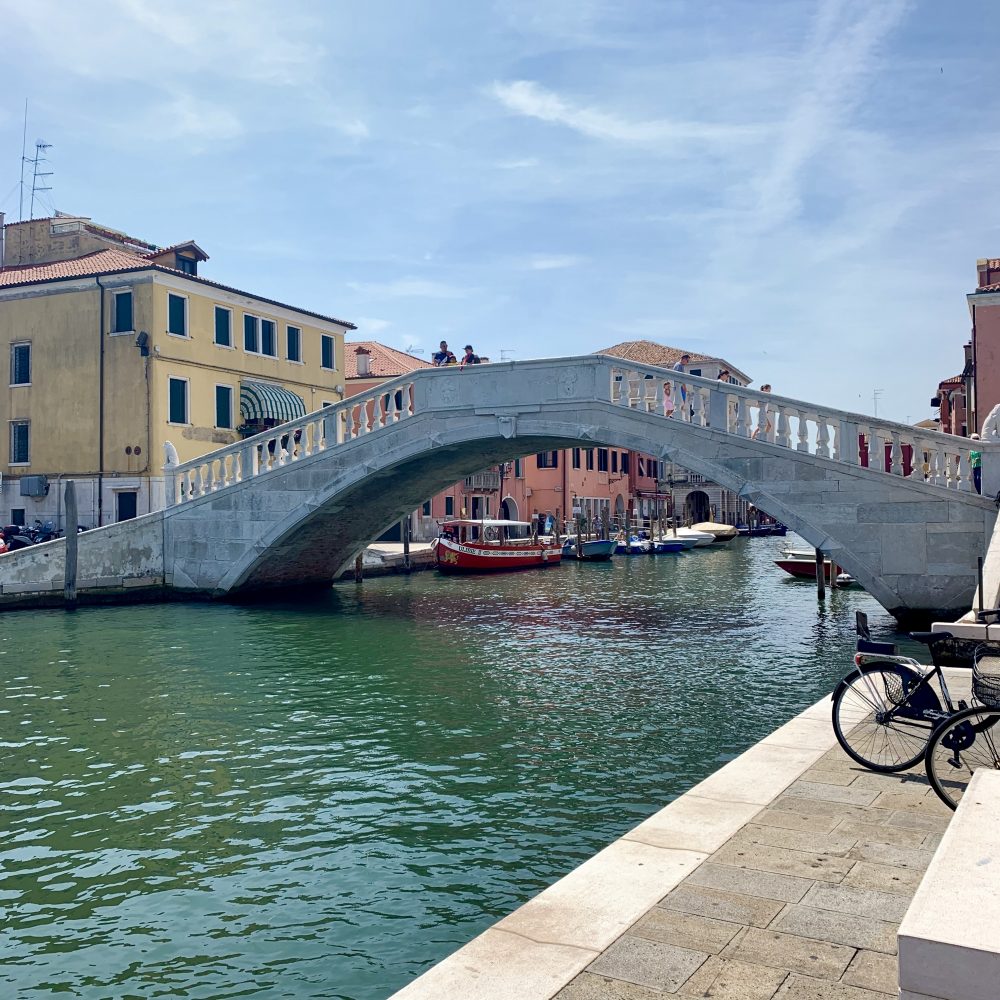
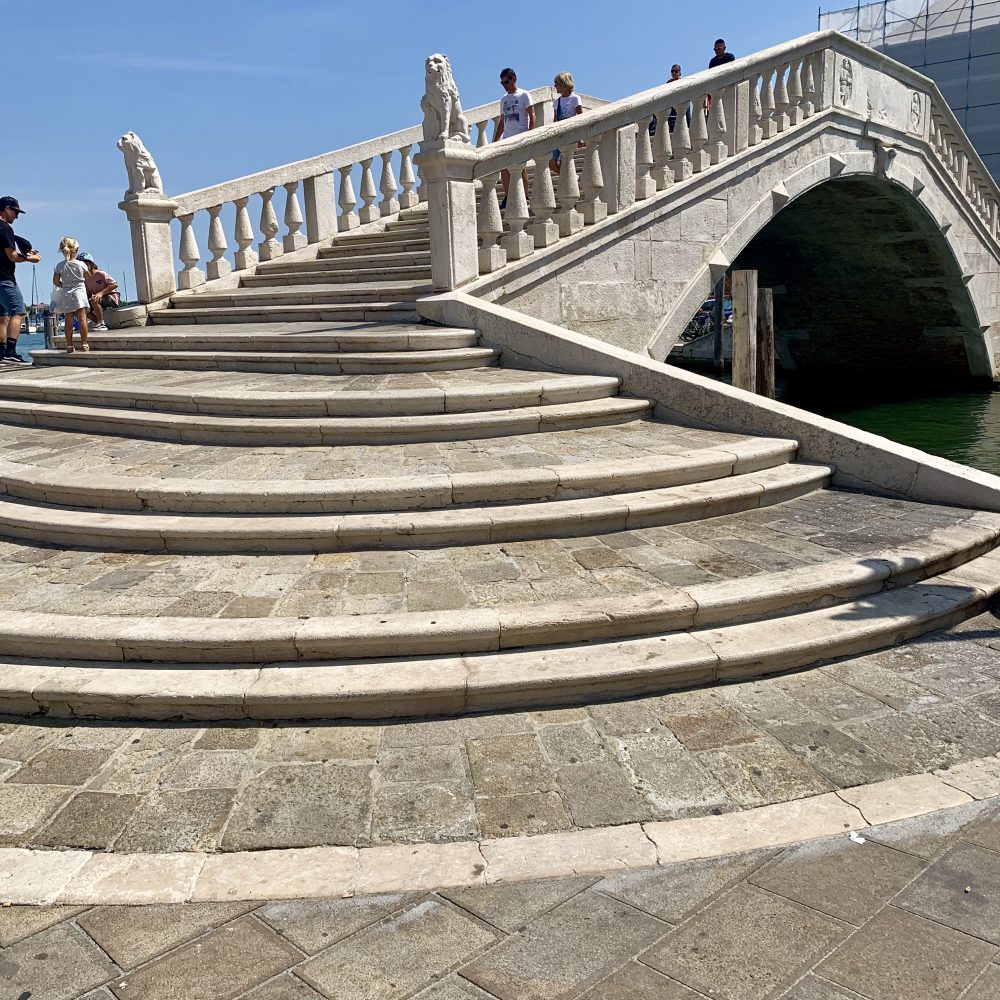
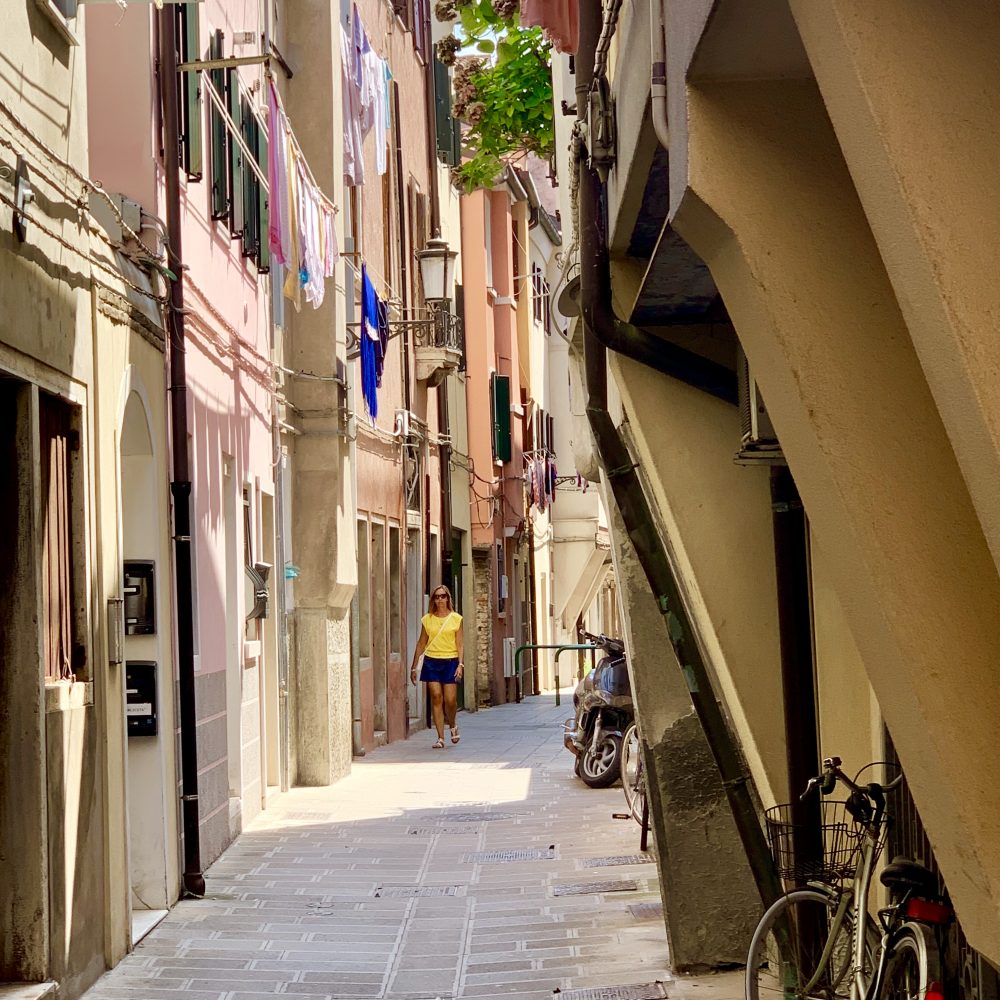
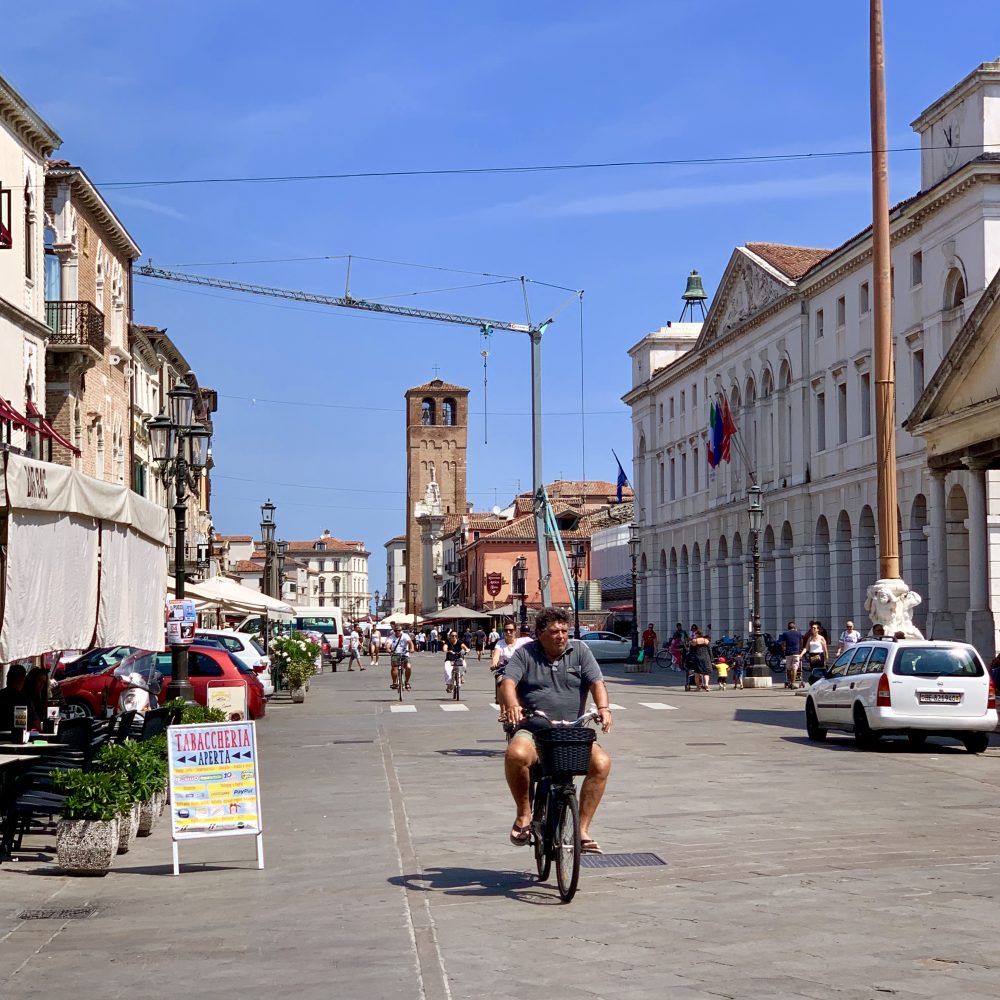
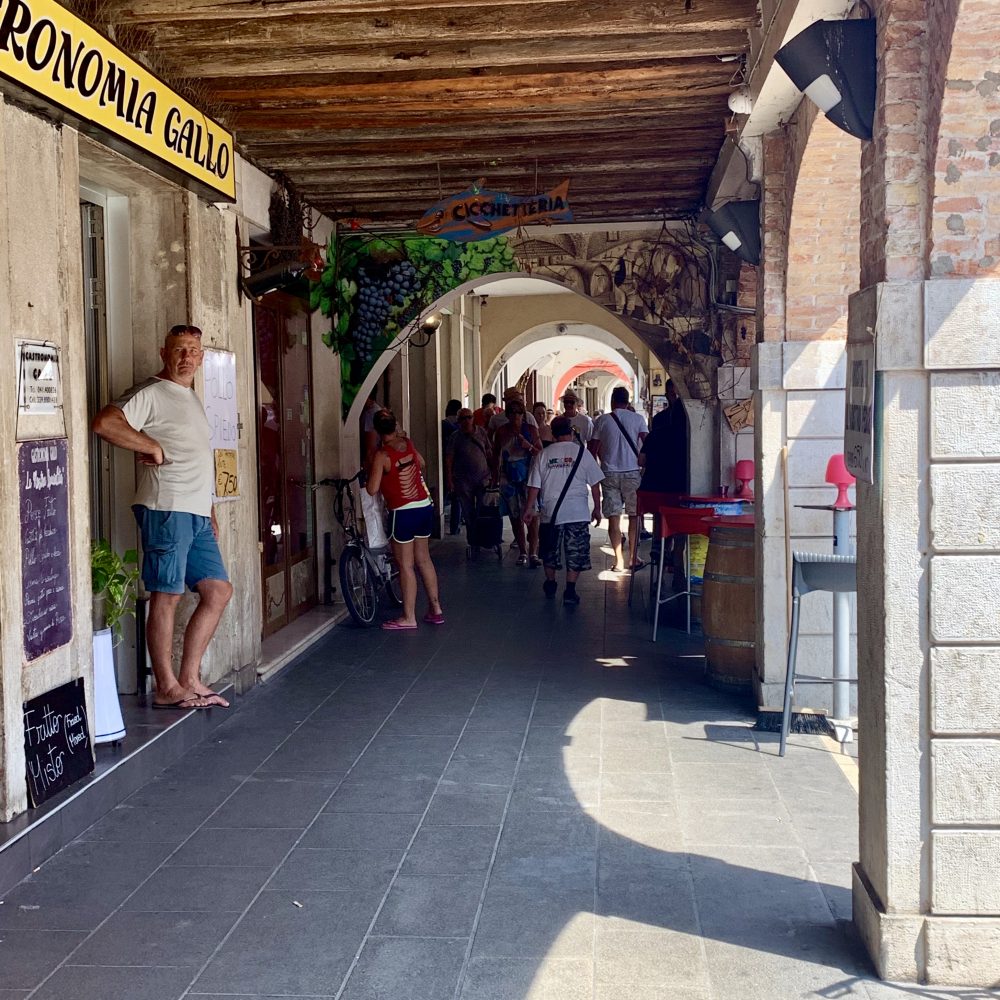
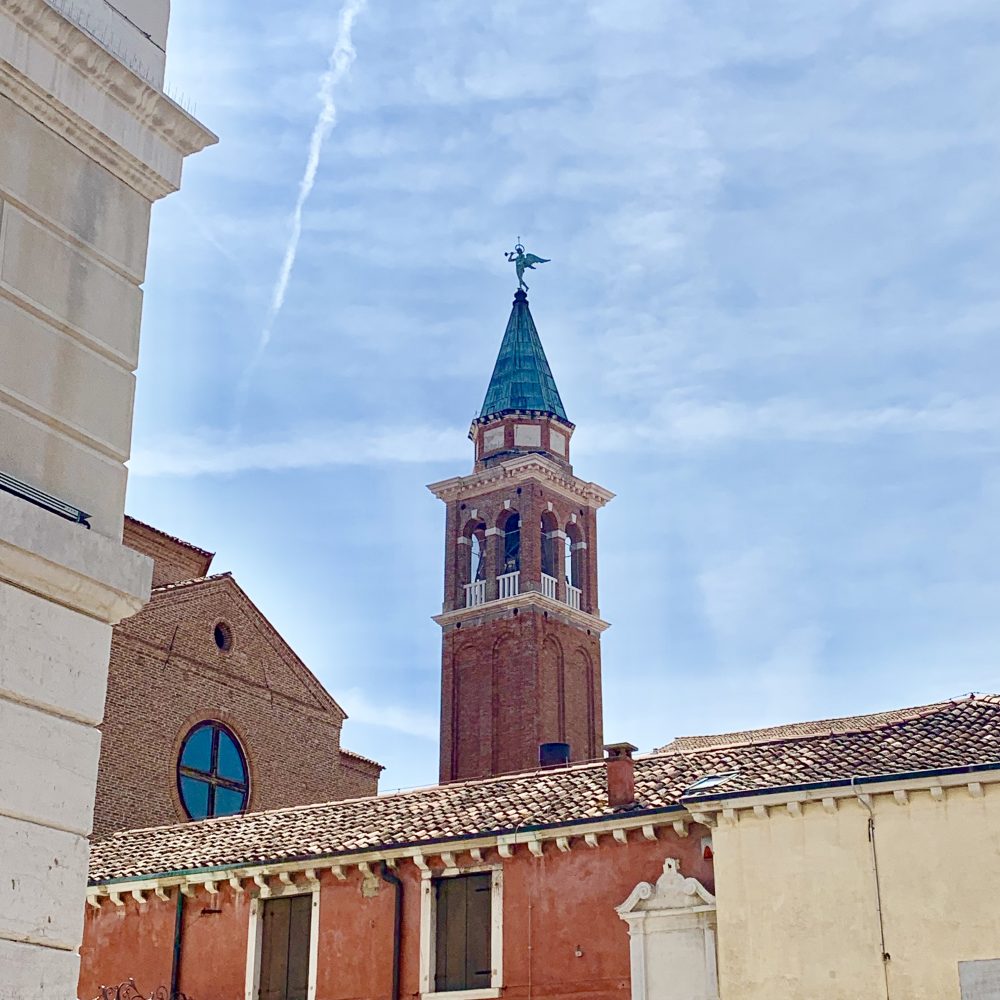
Ravenna
In Ravenna we are still in Emilia-Romanga with all its great food. In addition to its culinary expertise, this town of 160,000 is known for its Roman and Byzantine architecture. It was the capital of the late Western Roman Empire before its collapse in 476. Like a bunch of nearby towns, it changed hands many times. In the sixth century it became the seat of the Byzantine governor of Italy (whatever that means). Most importantly, the archbishop of Ravenna became the second most powerful person in the Church, next to the pope.
Between 540 to 600, the bishops of Ravenna built many churches. These and other buildings of the time are “frescoed” with mosaics of incredible detail and color—all with specific religious messages, including opposition to the sect of Arian Christians. Many of these locations are now included in the UNESCO World Heritage Site.
Wanderings
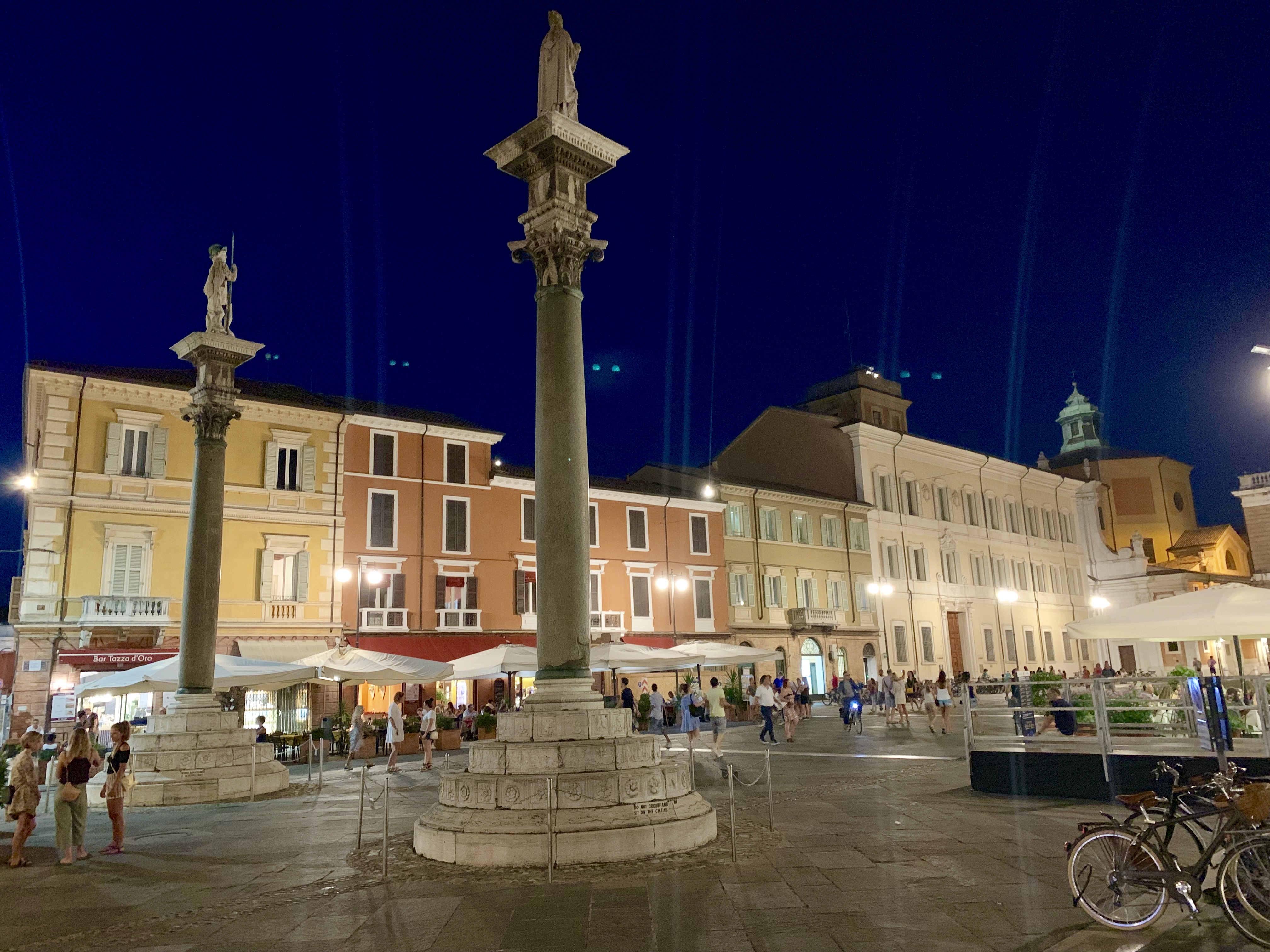
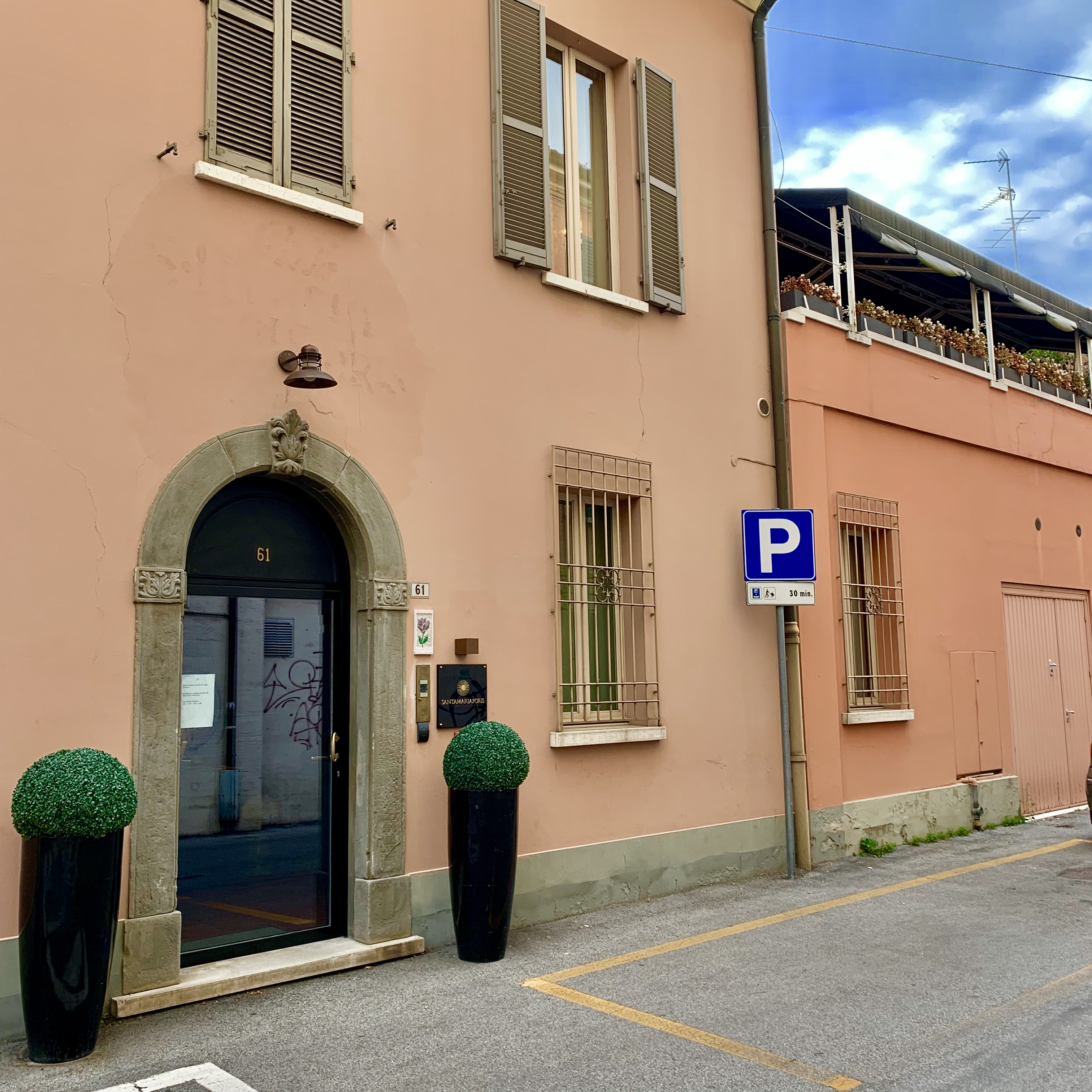
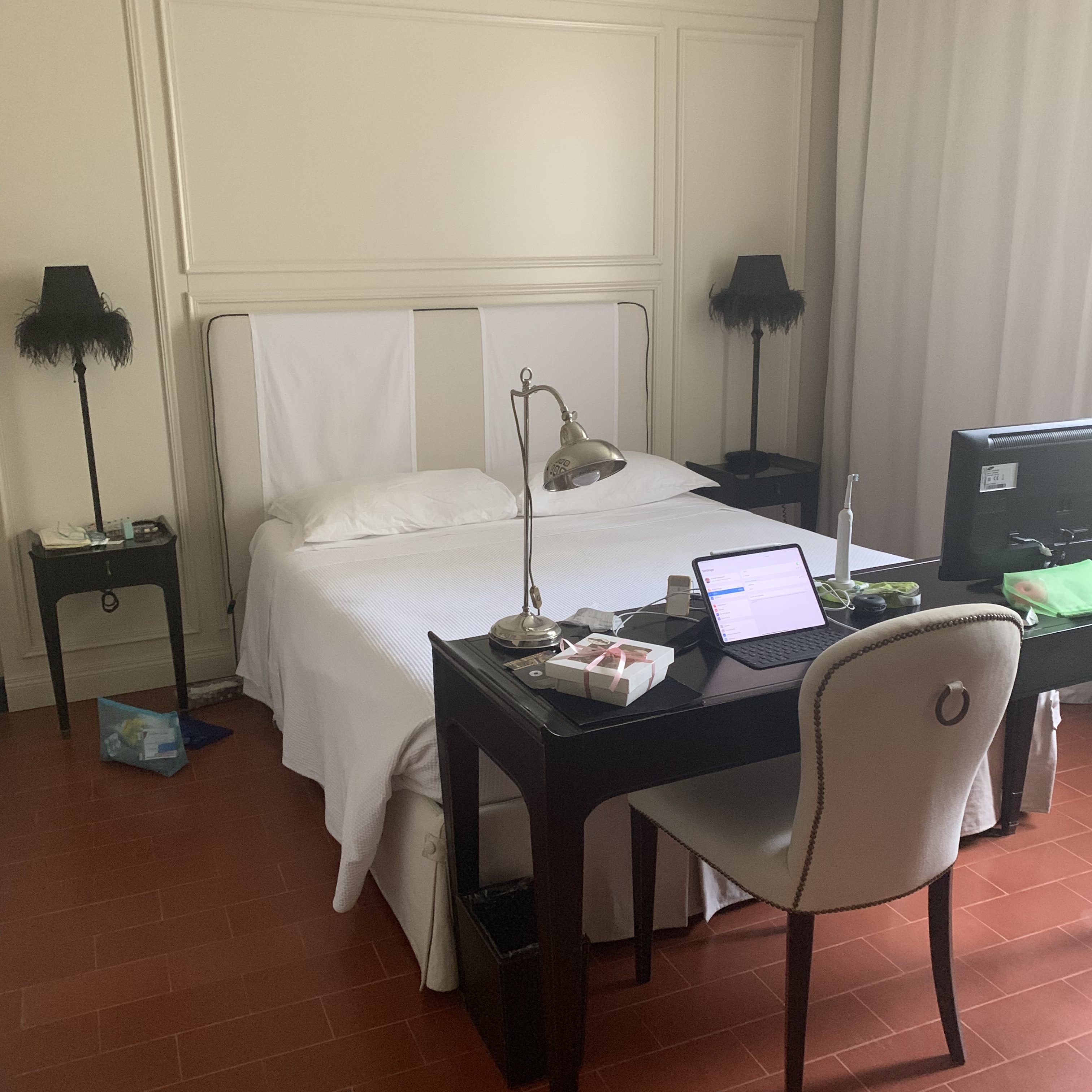
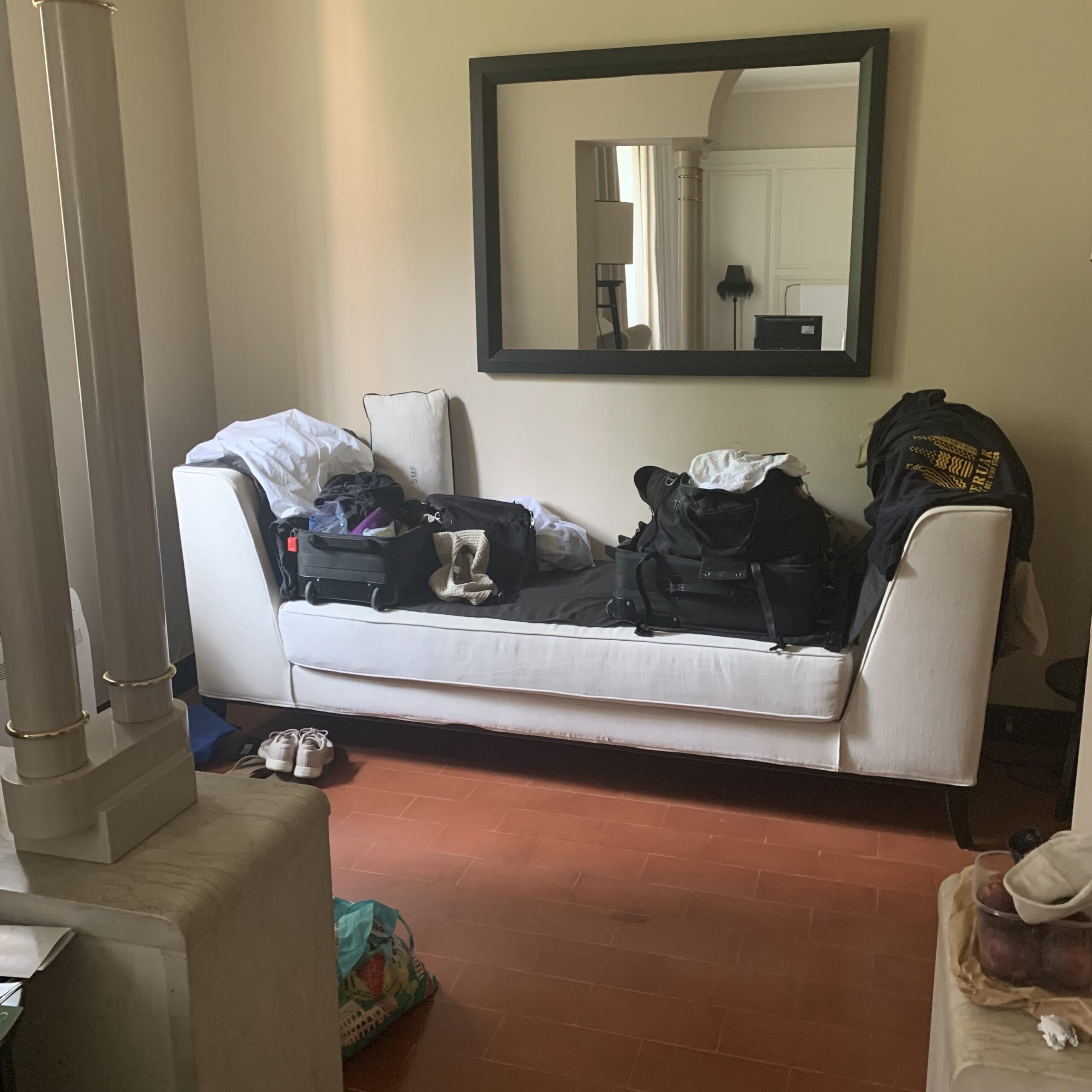
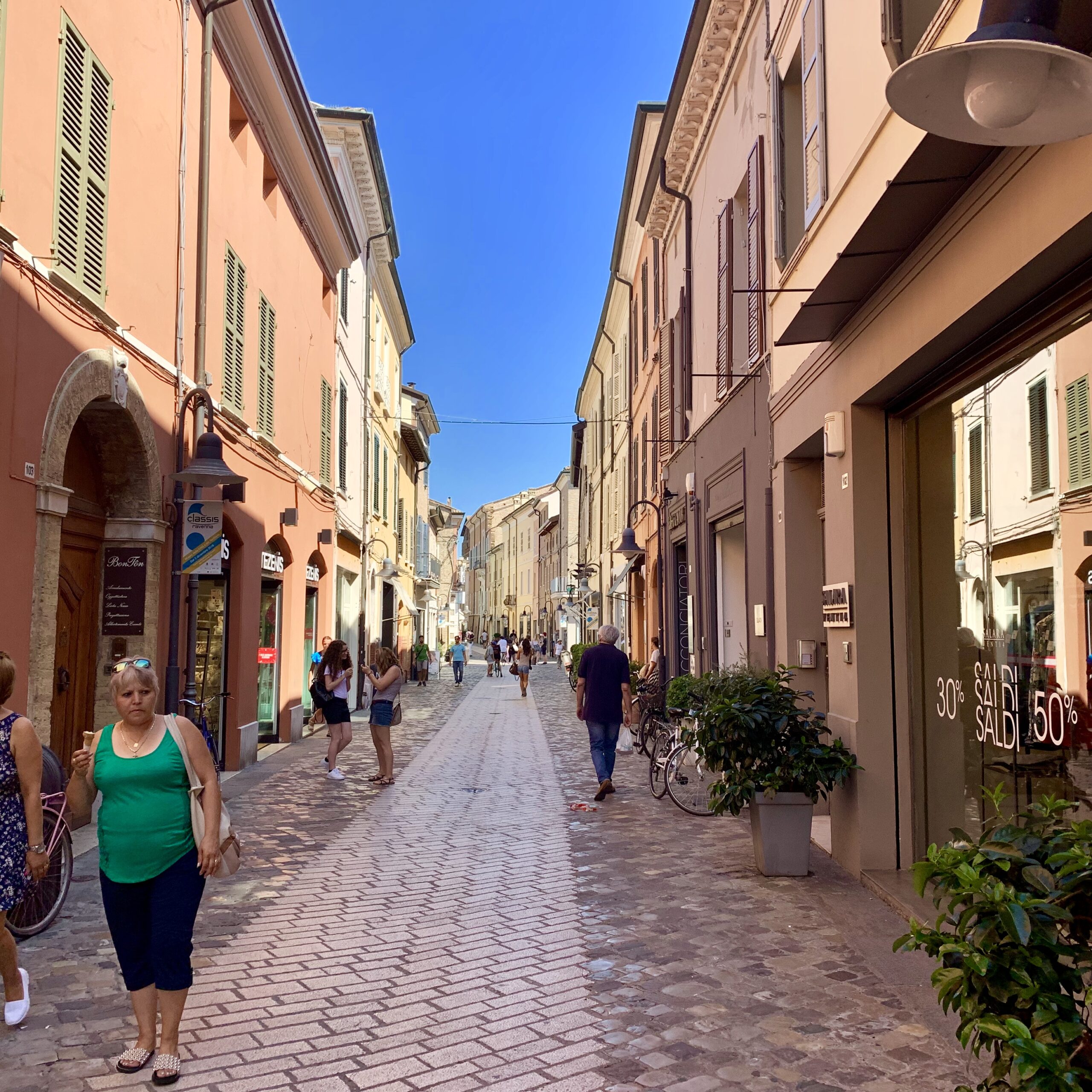
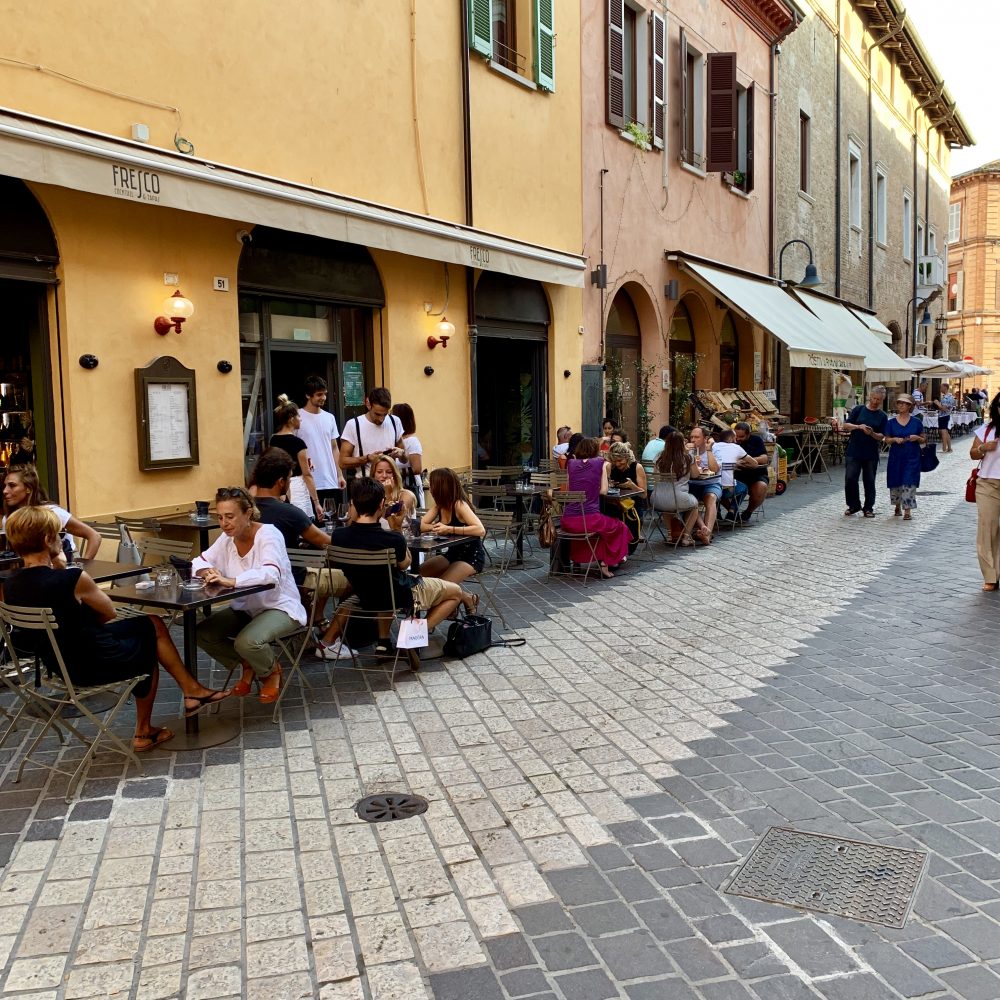
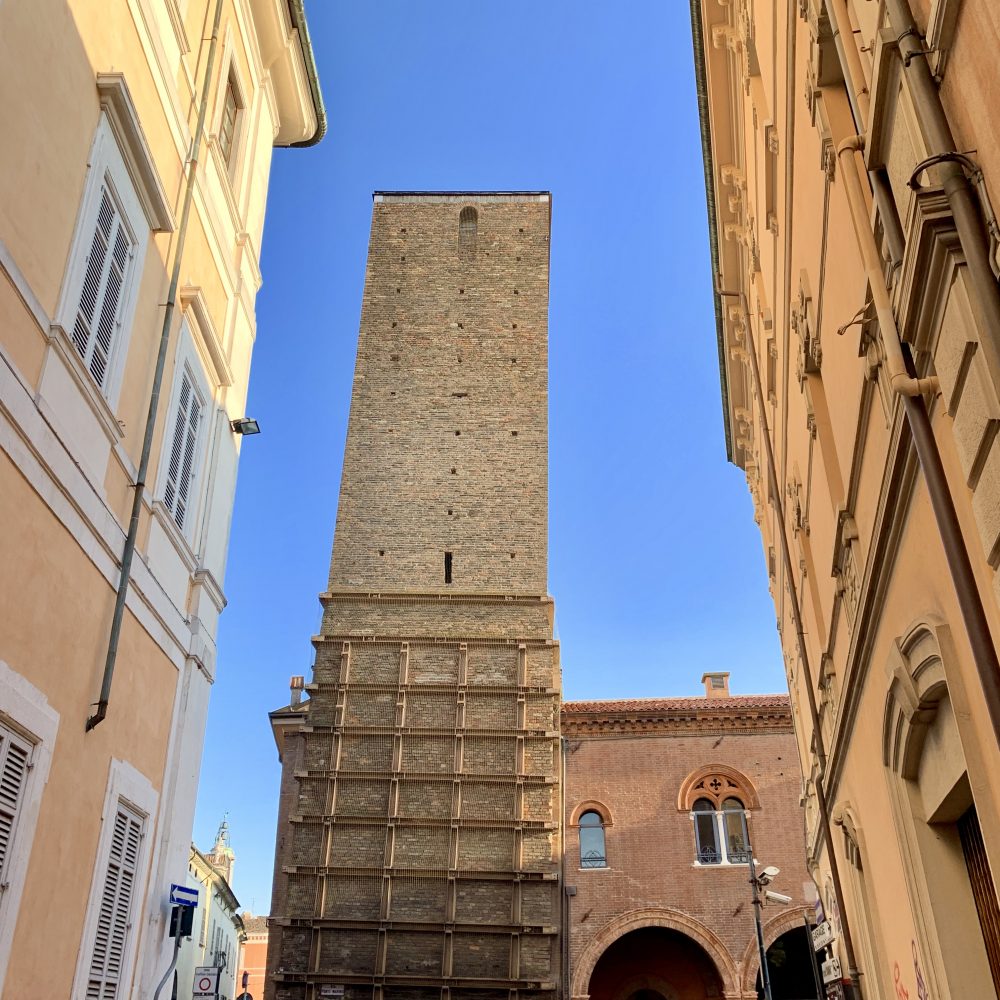
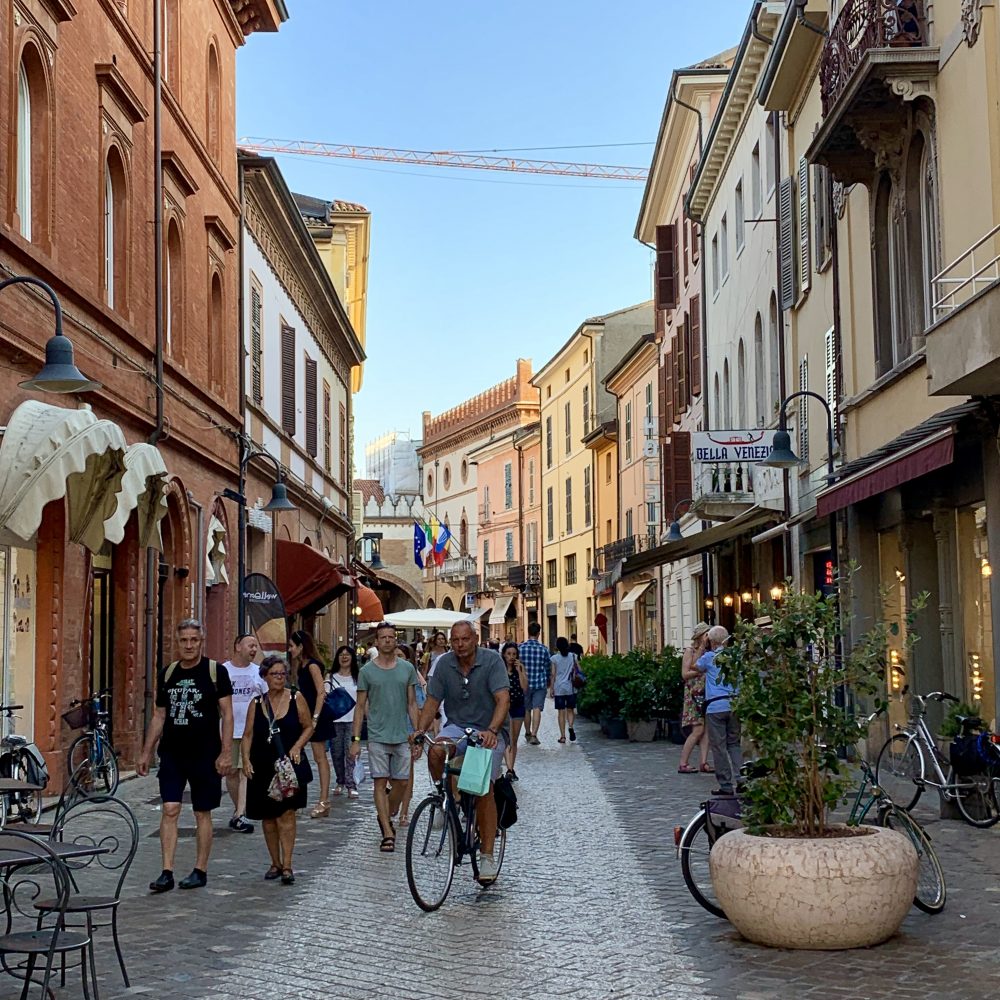
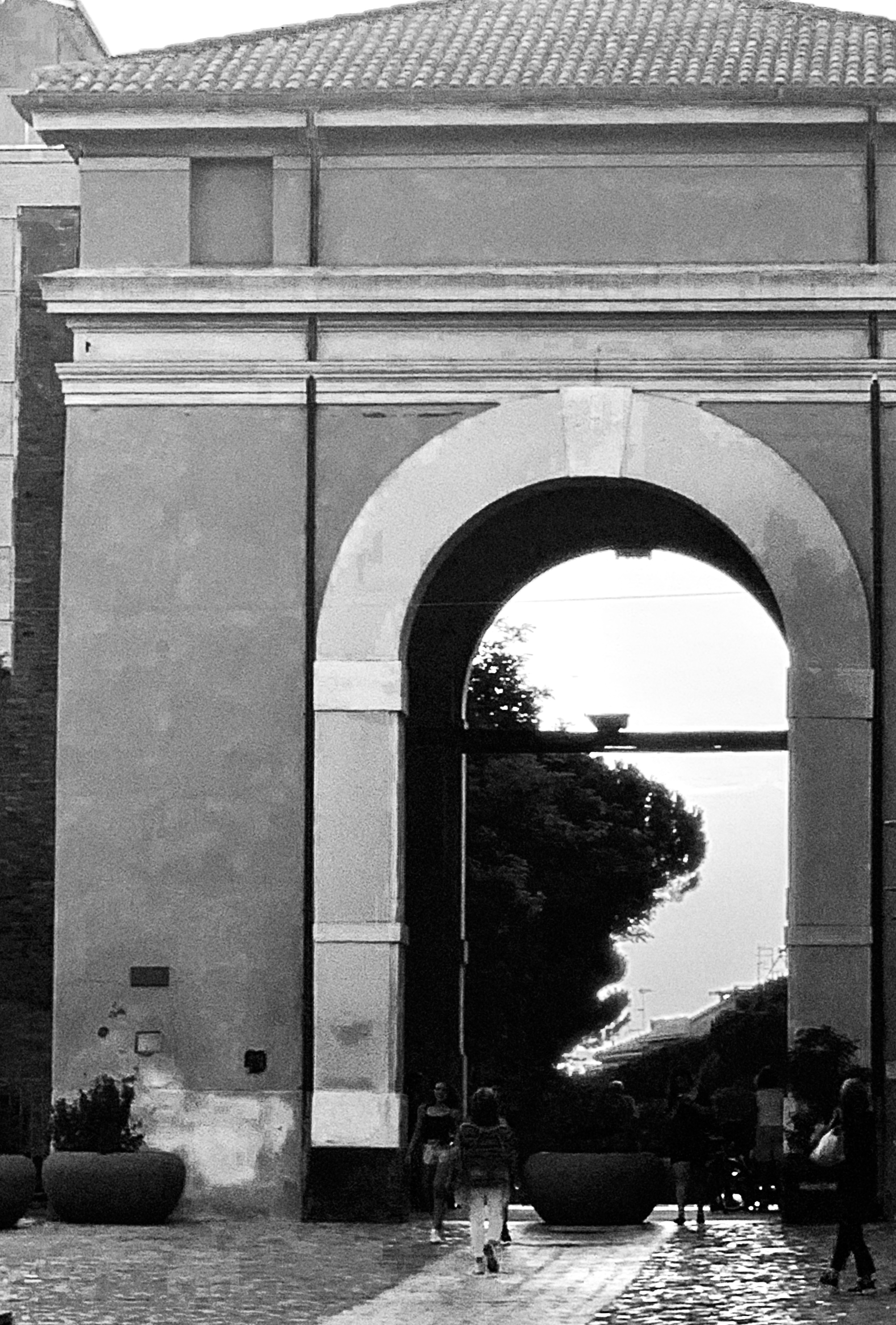
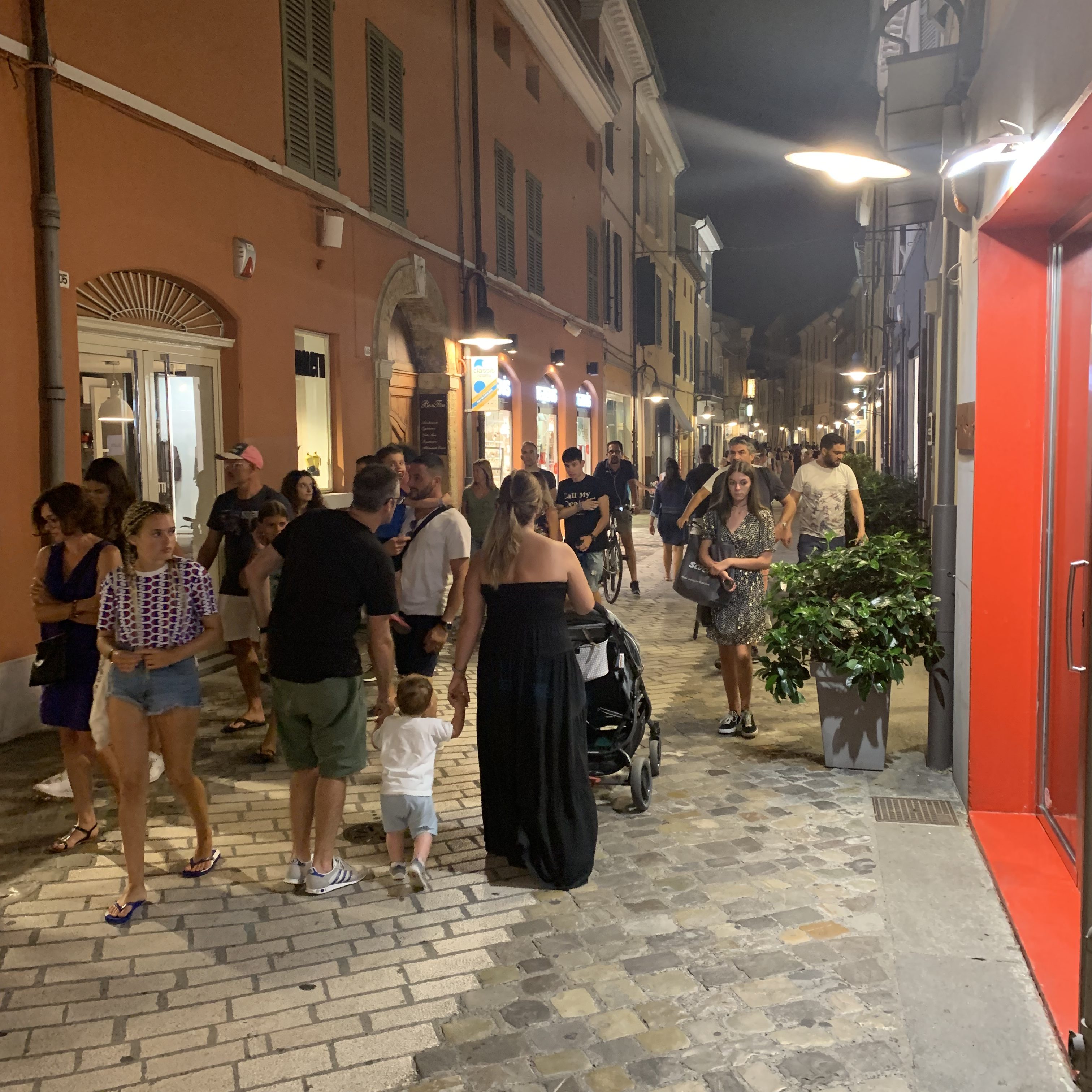
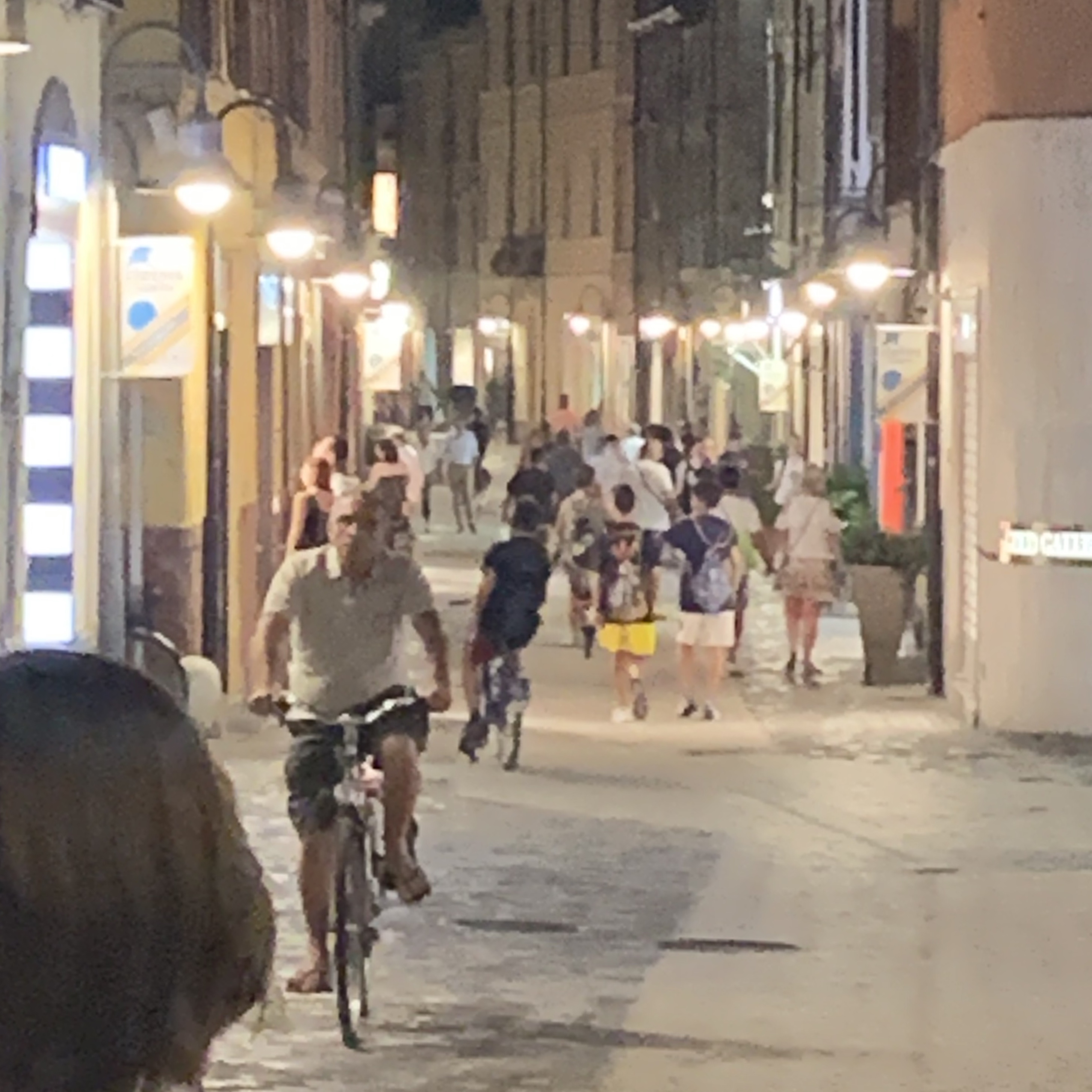
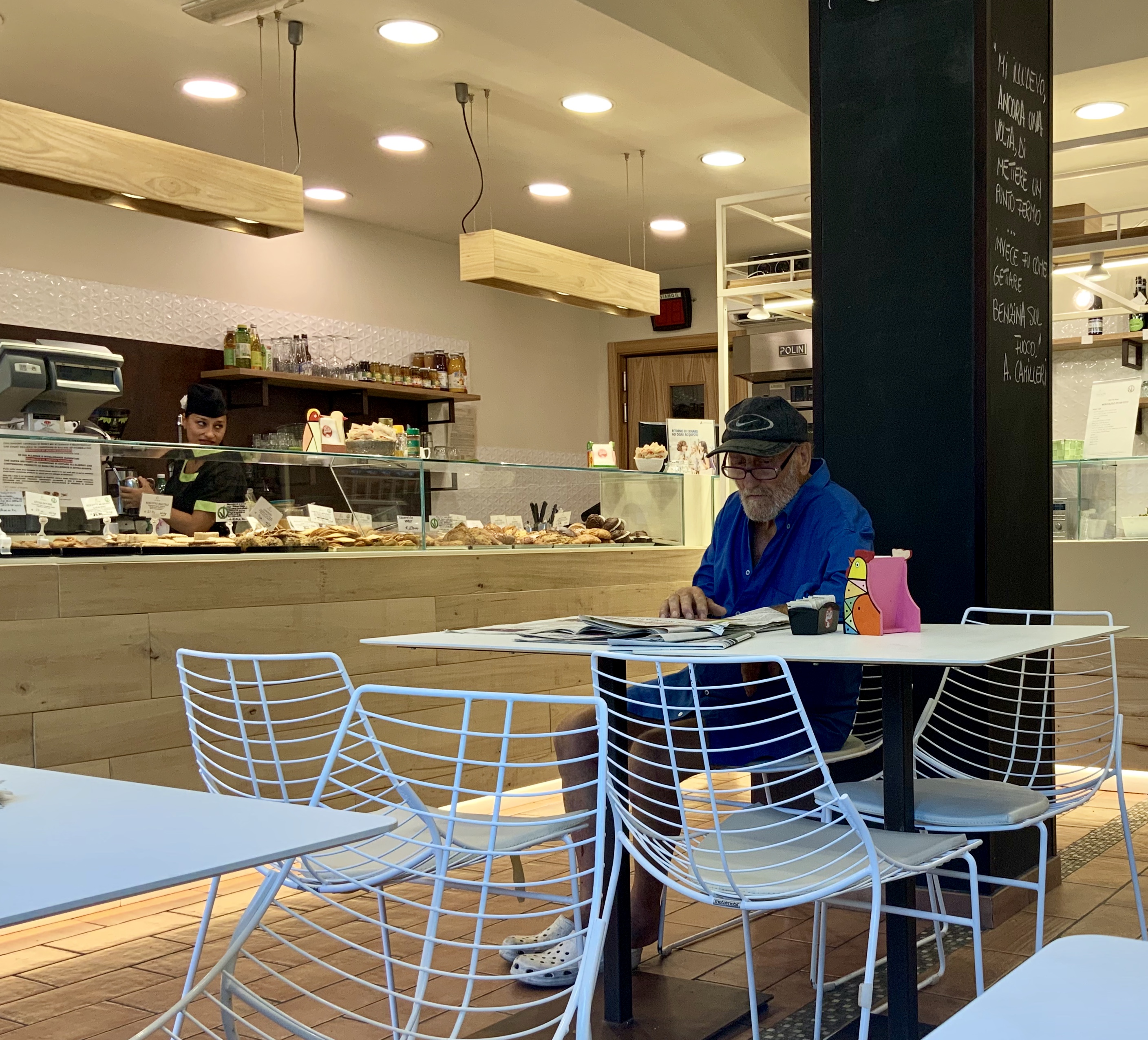
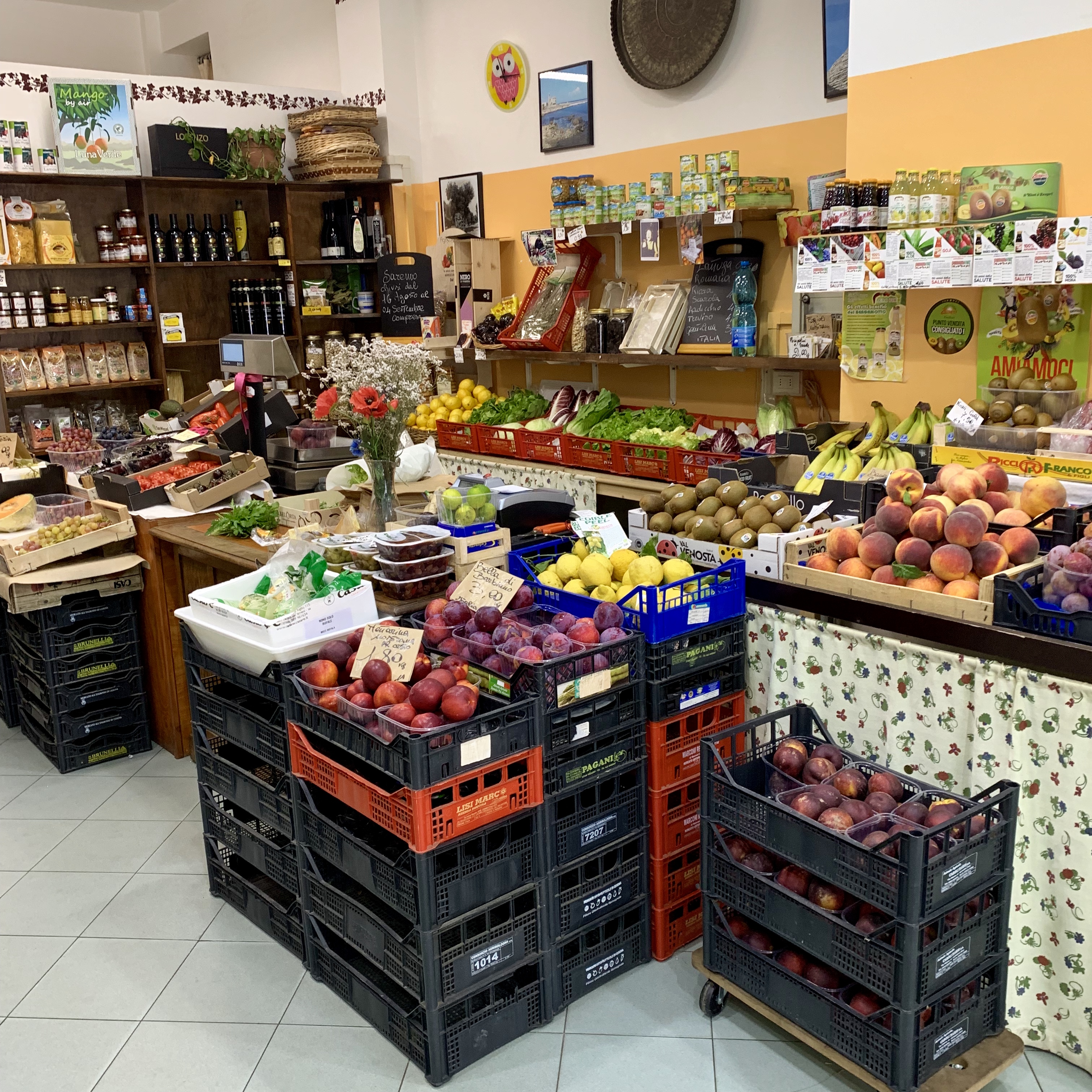
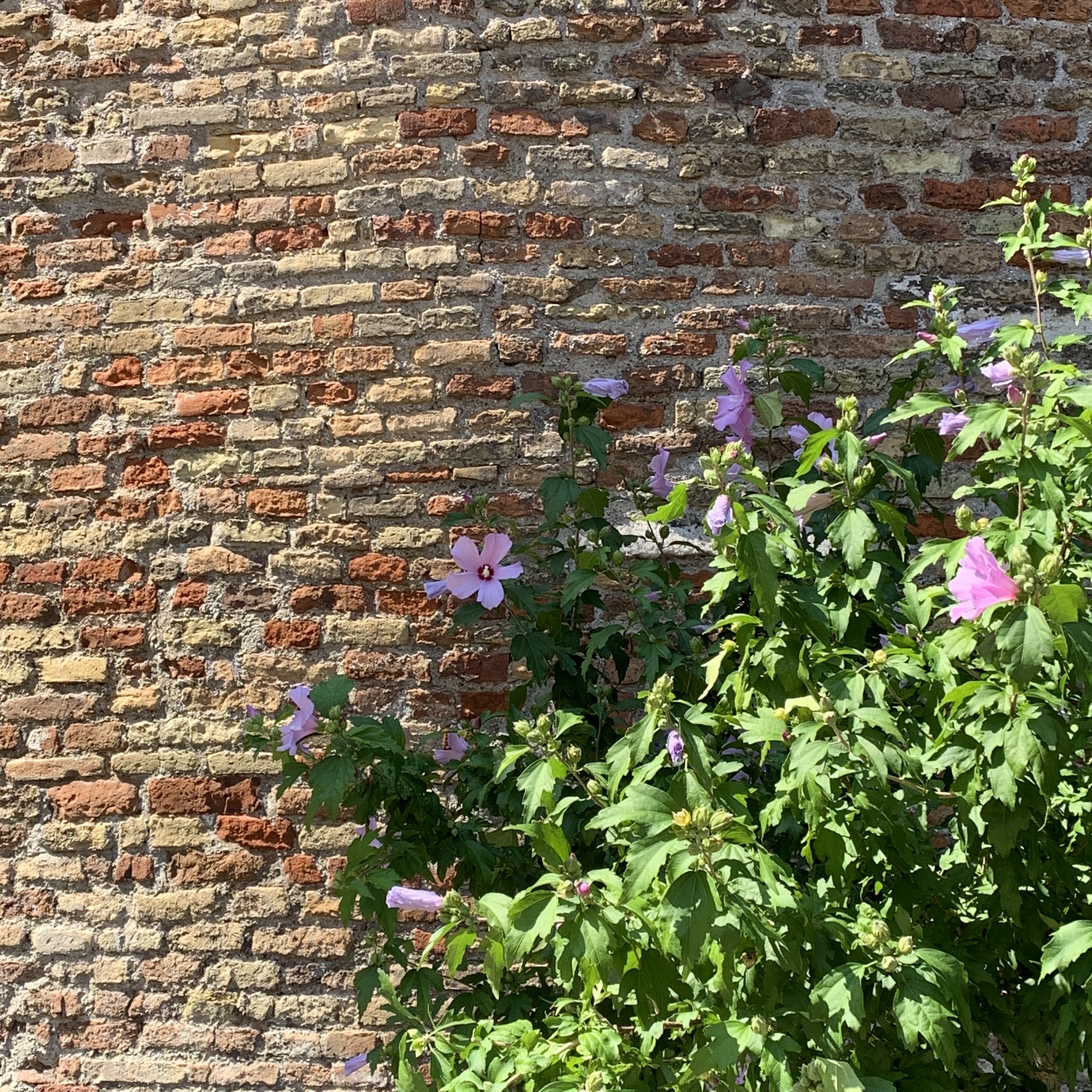
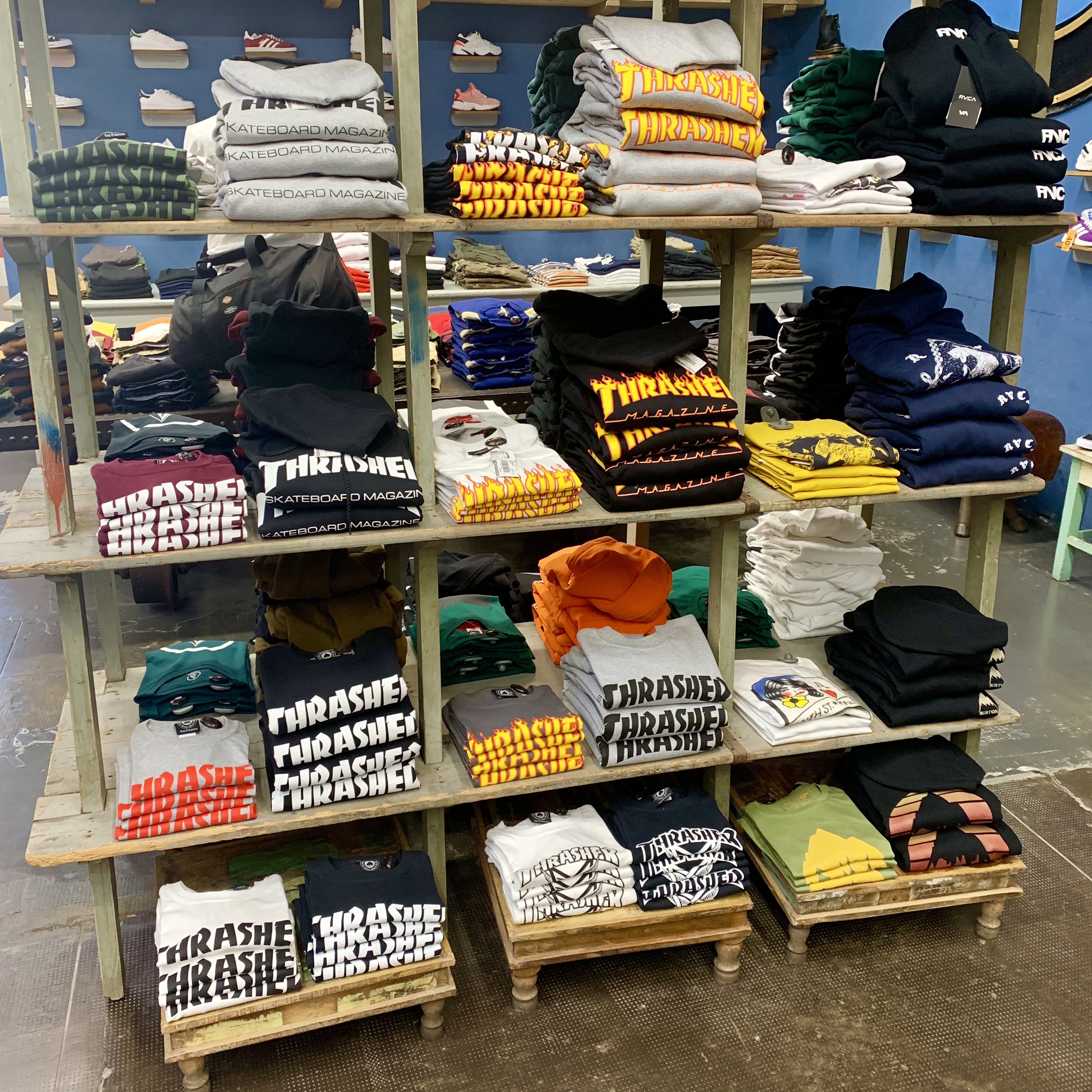
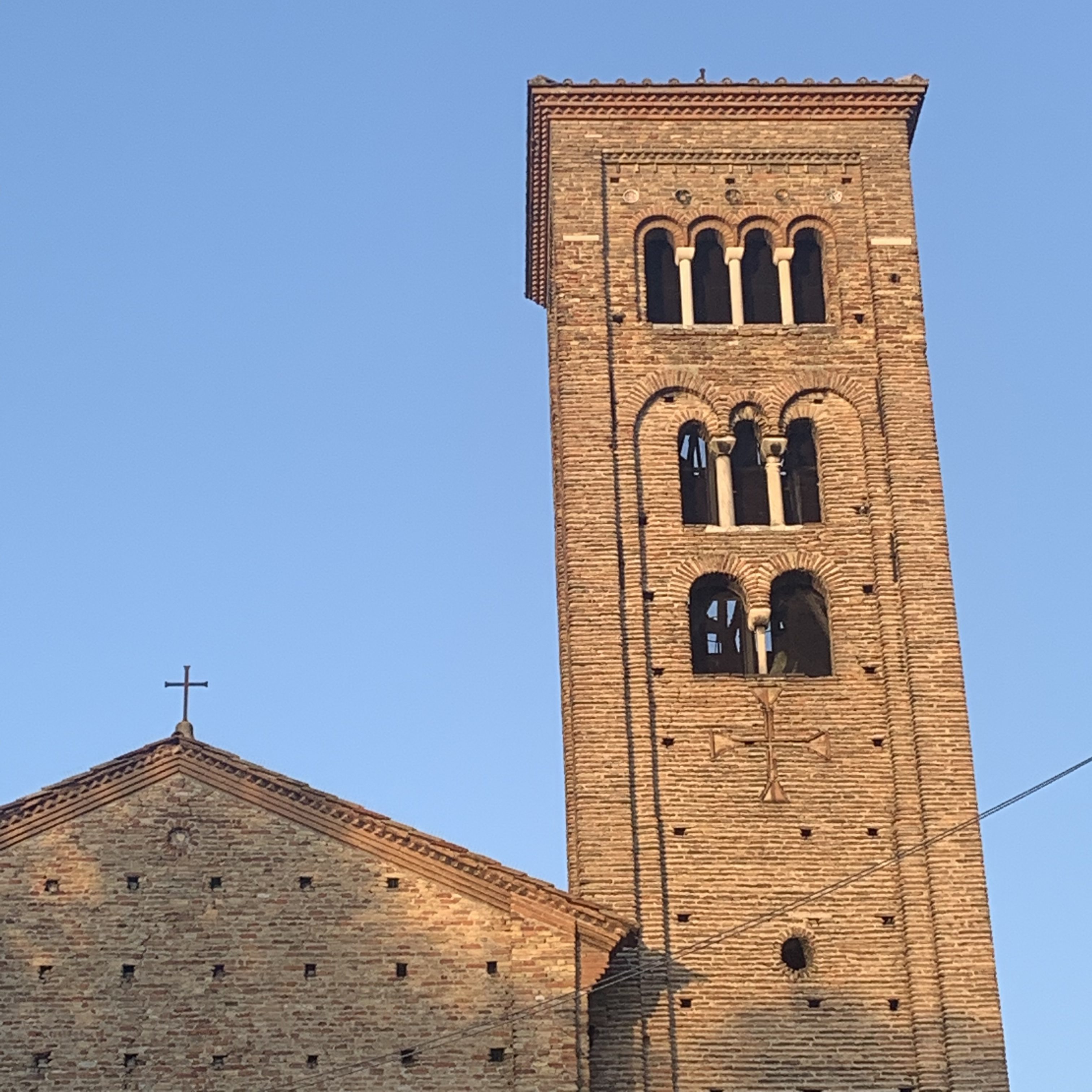
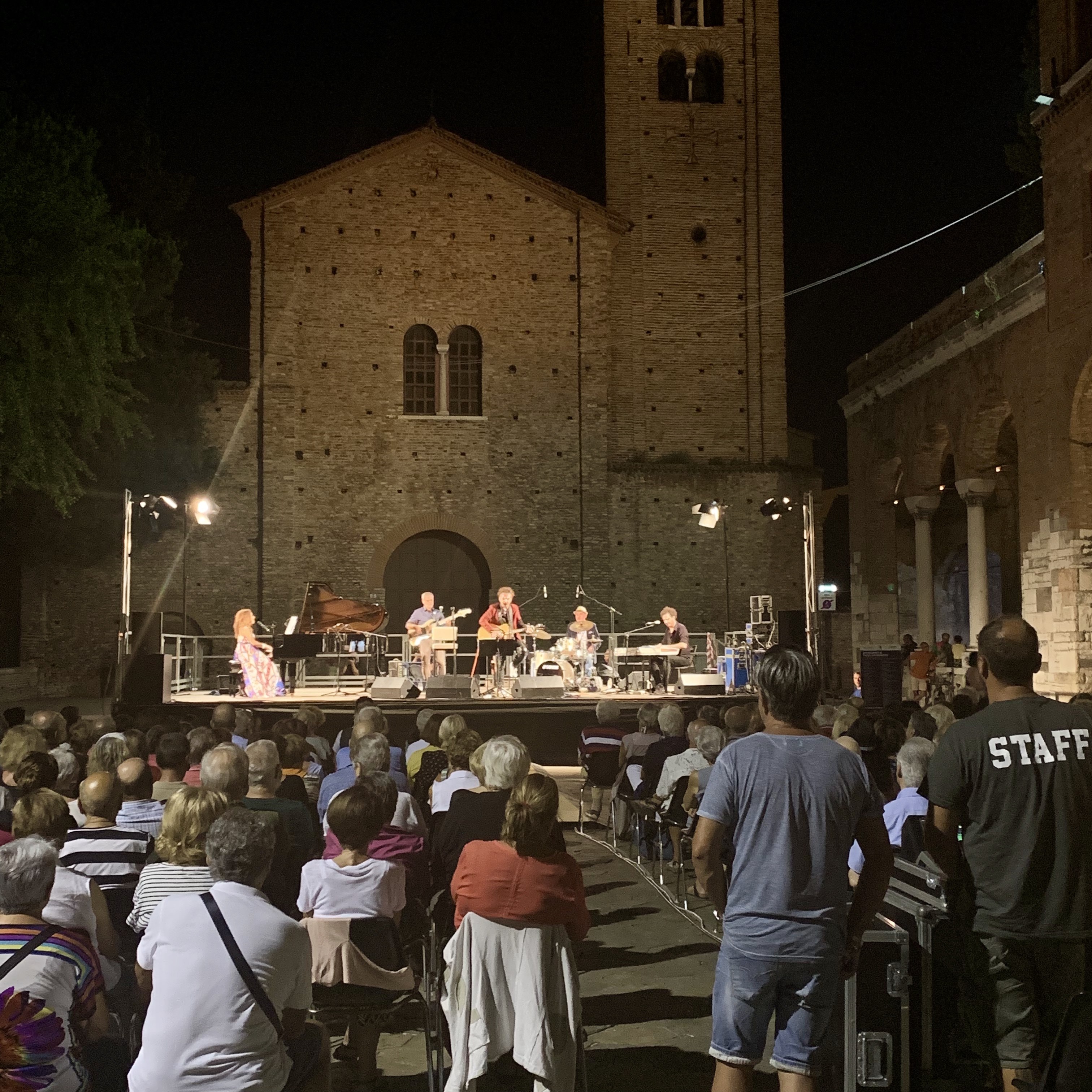
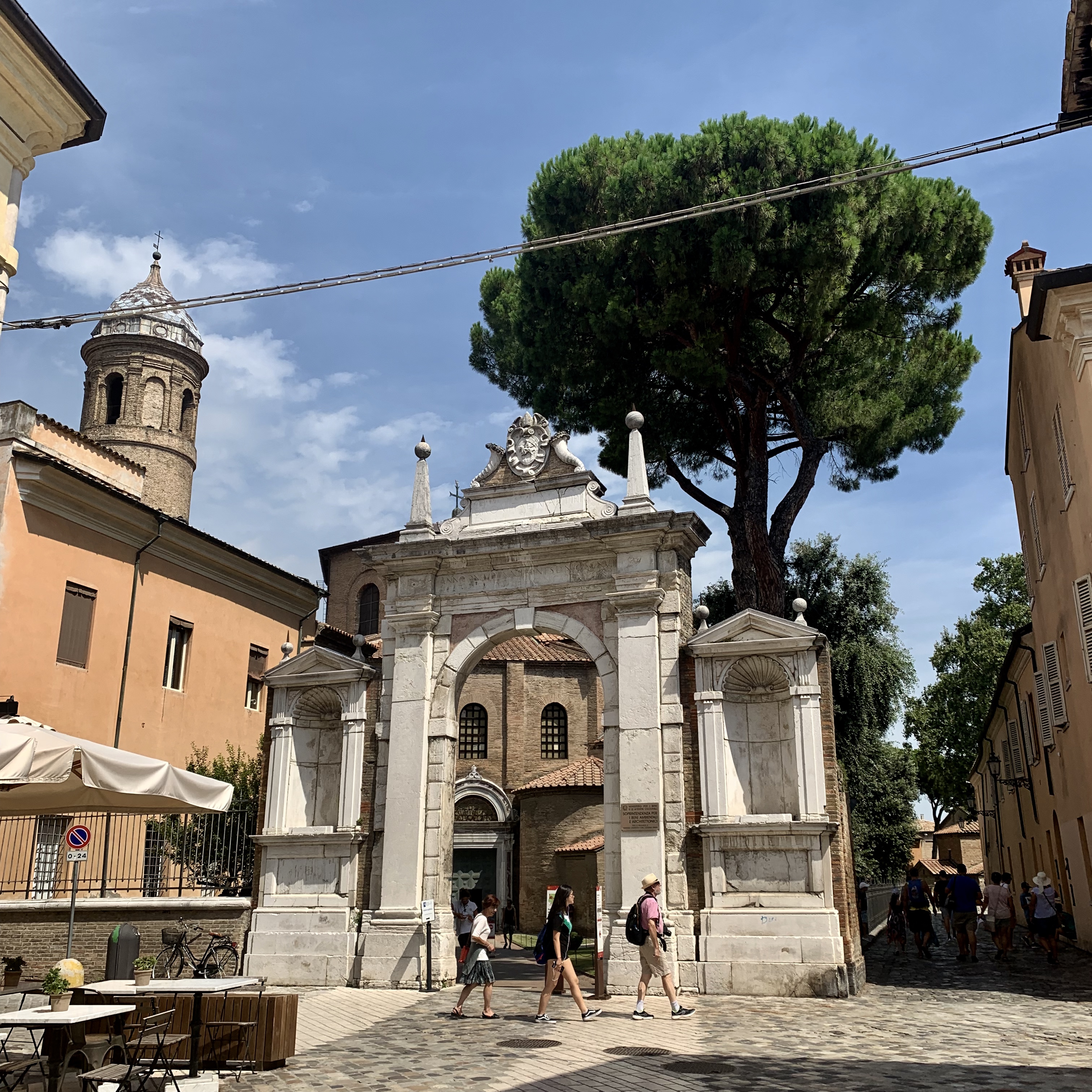
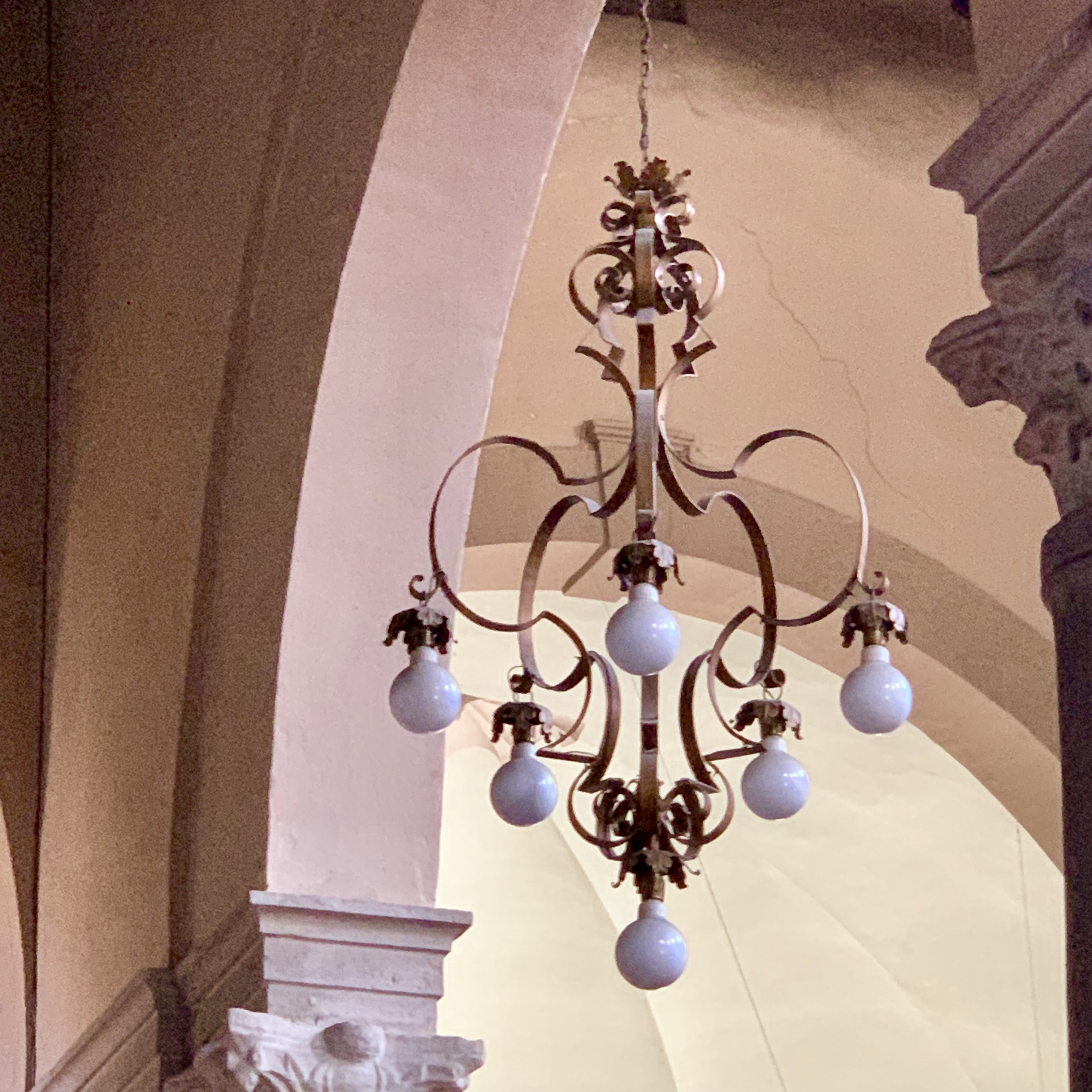
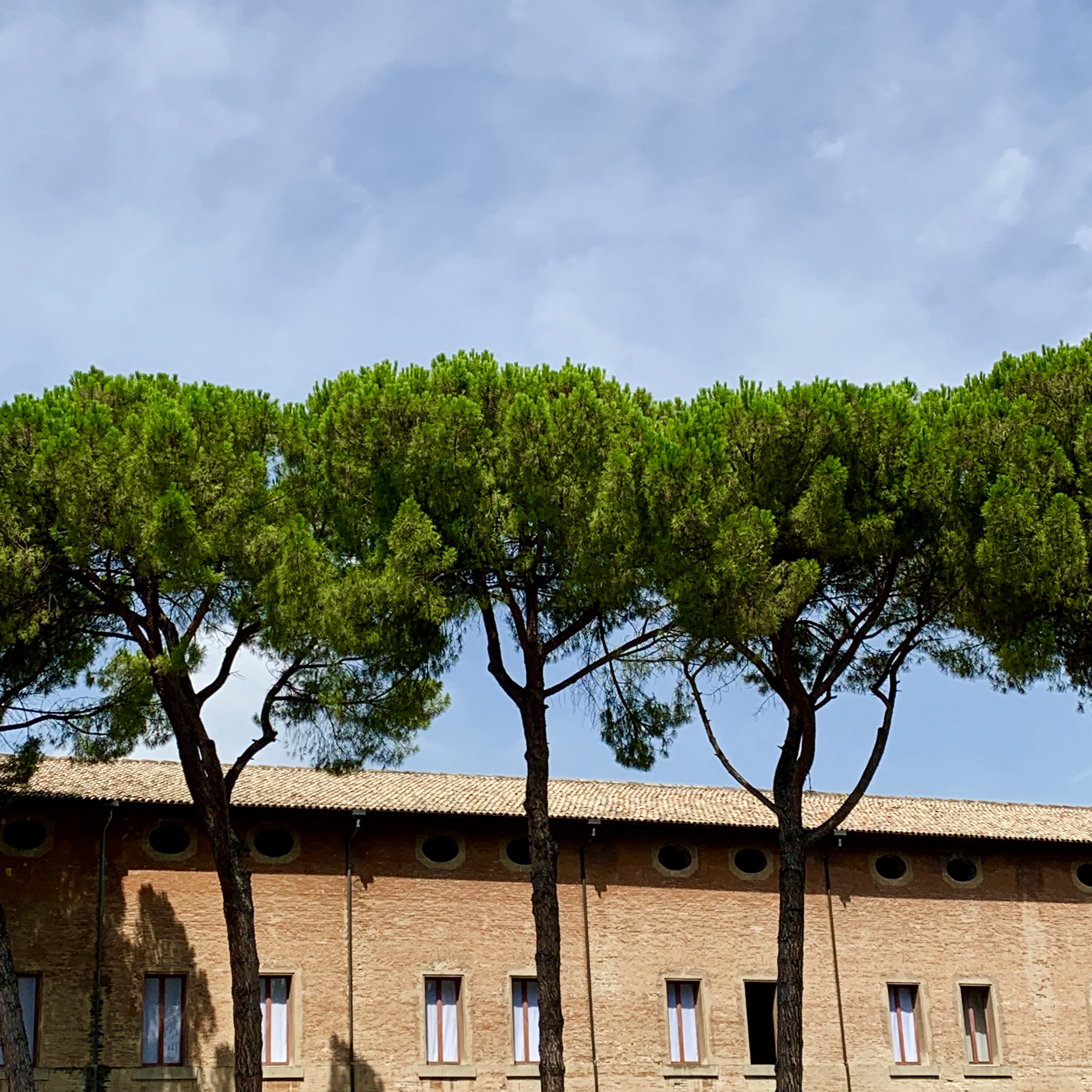
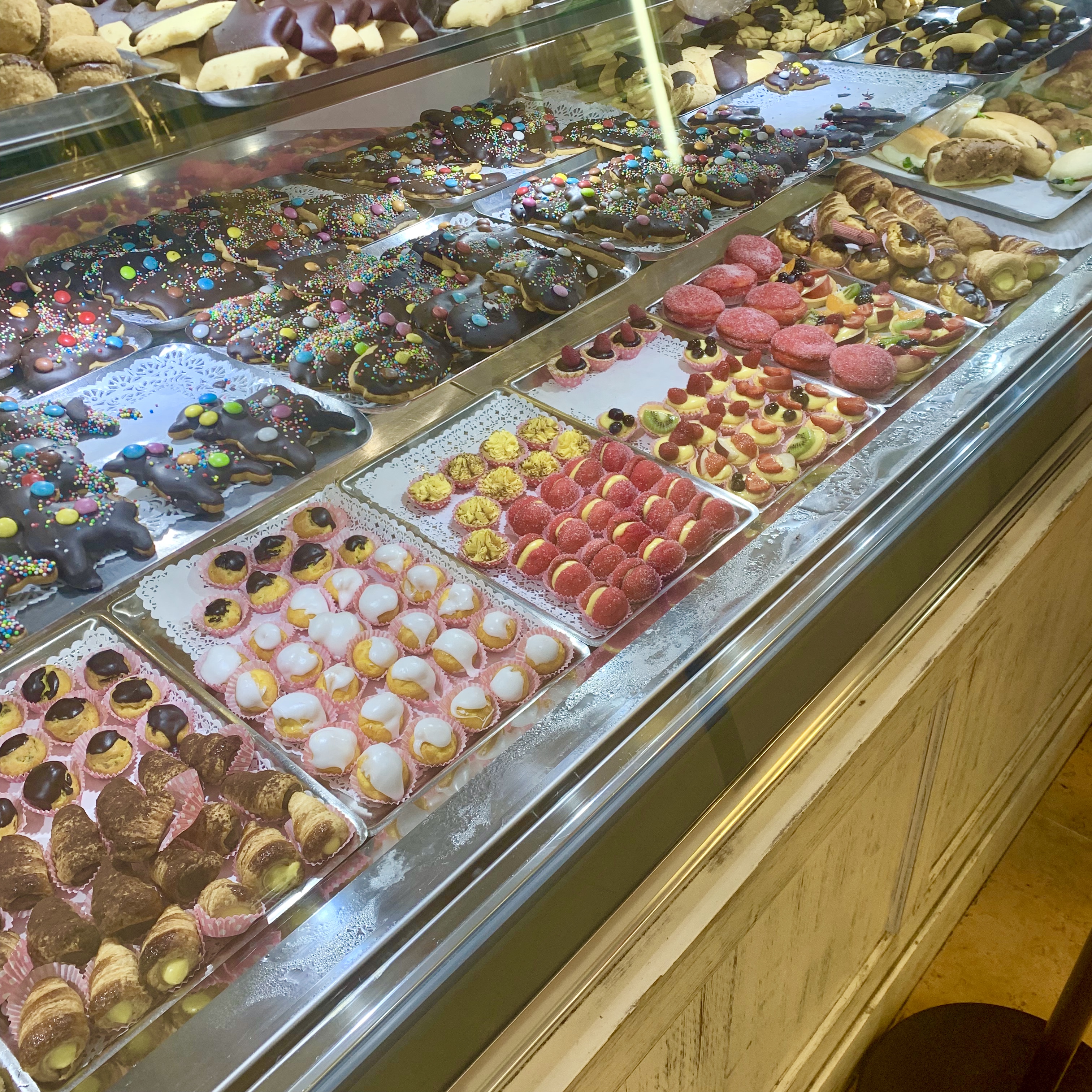
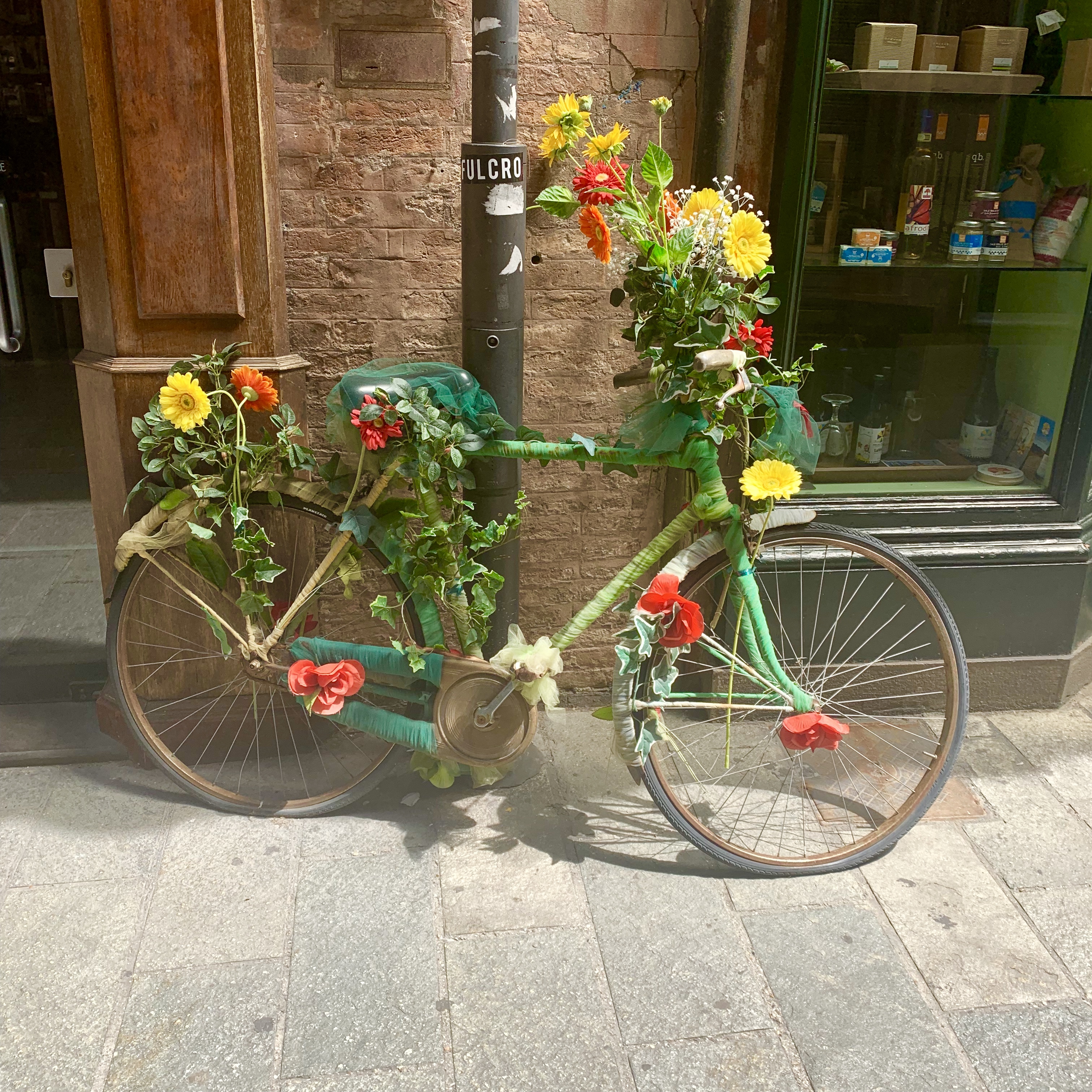
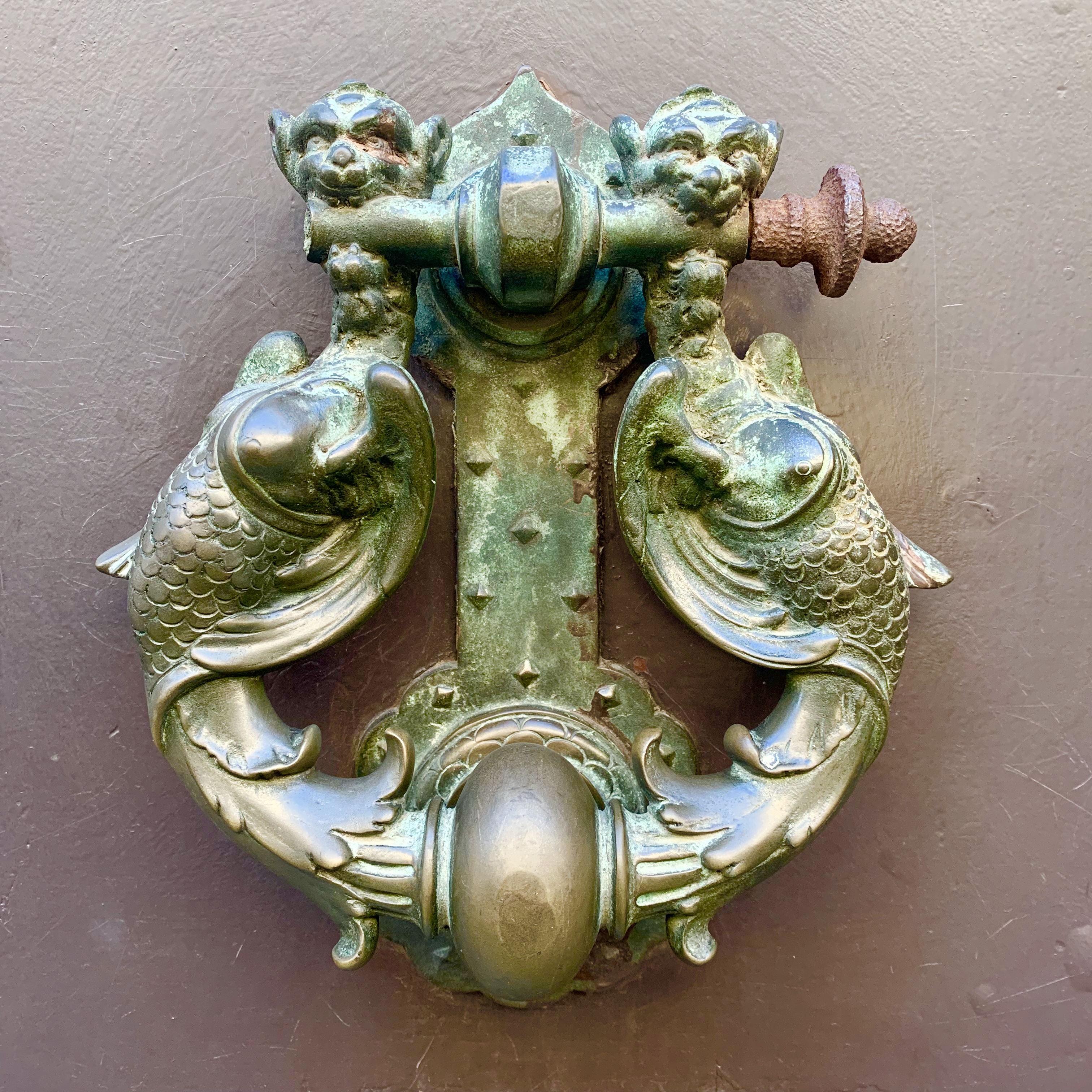
Ravenna Street Art and Signs
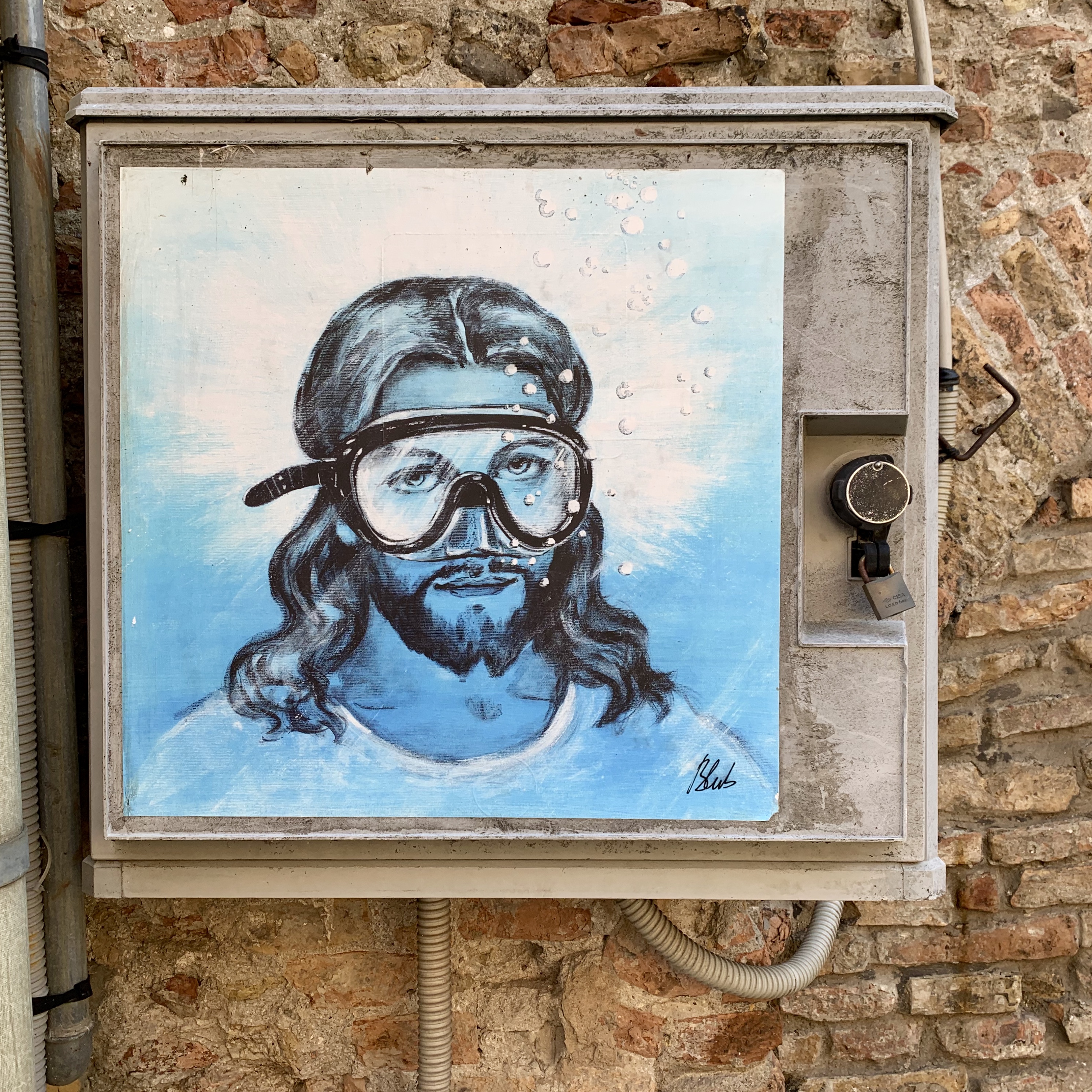

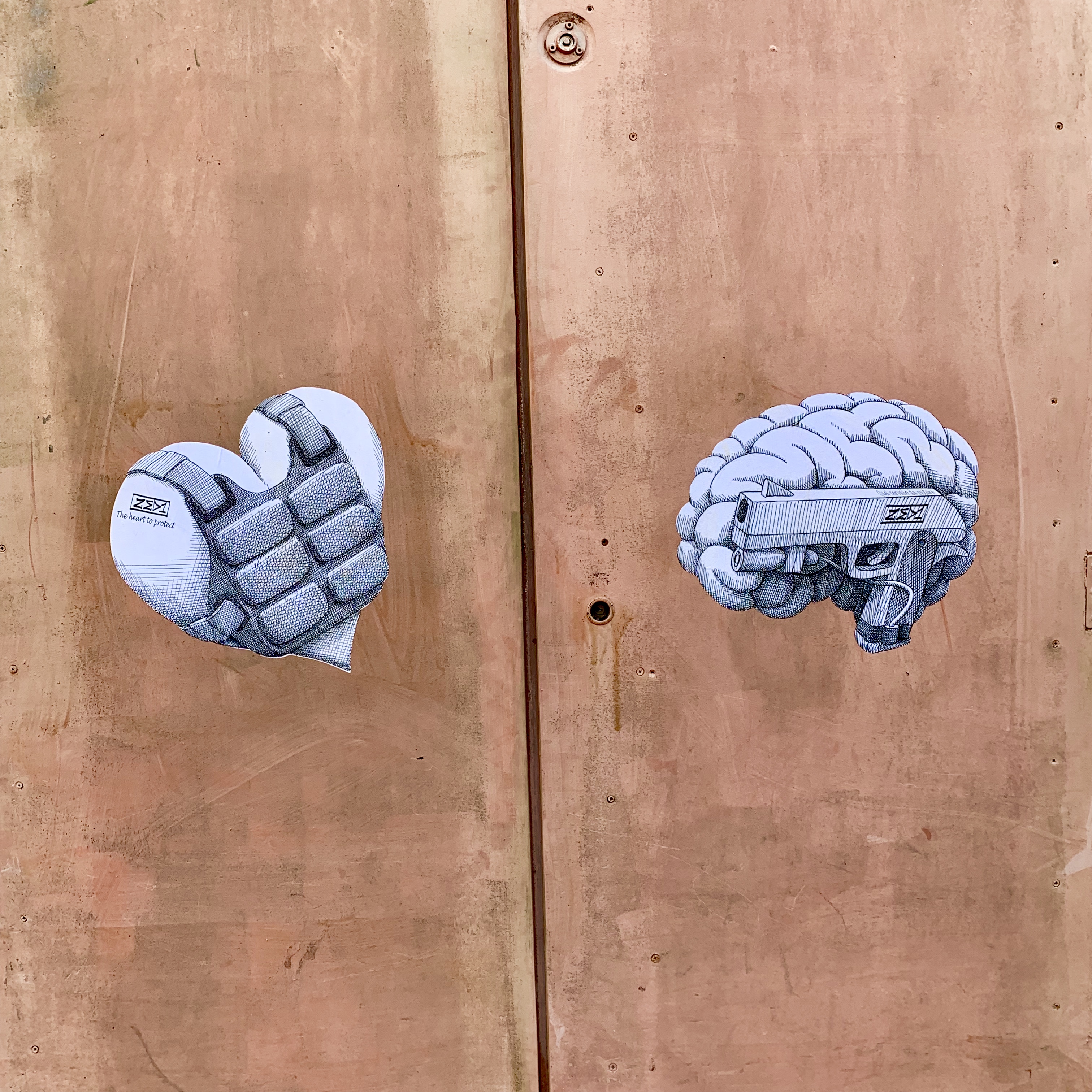
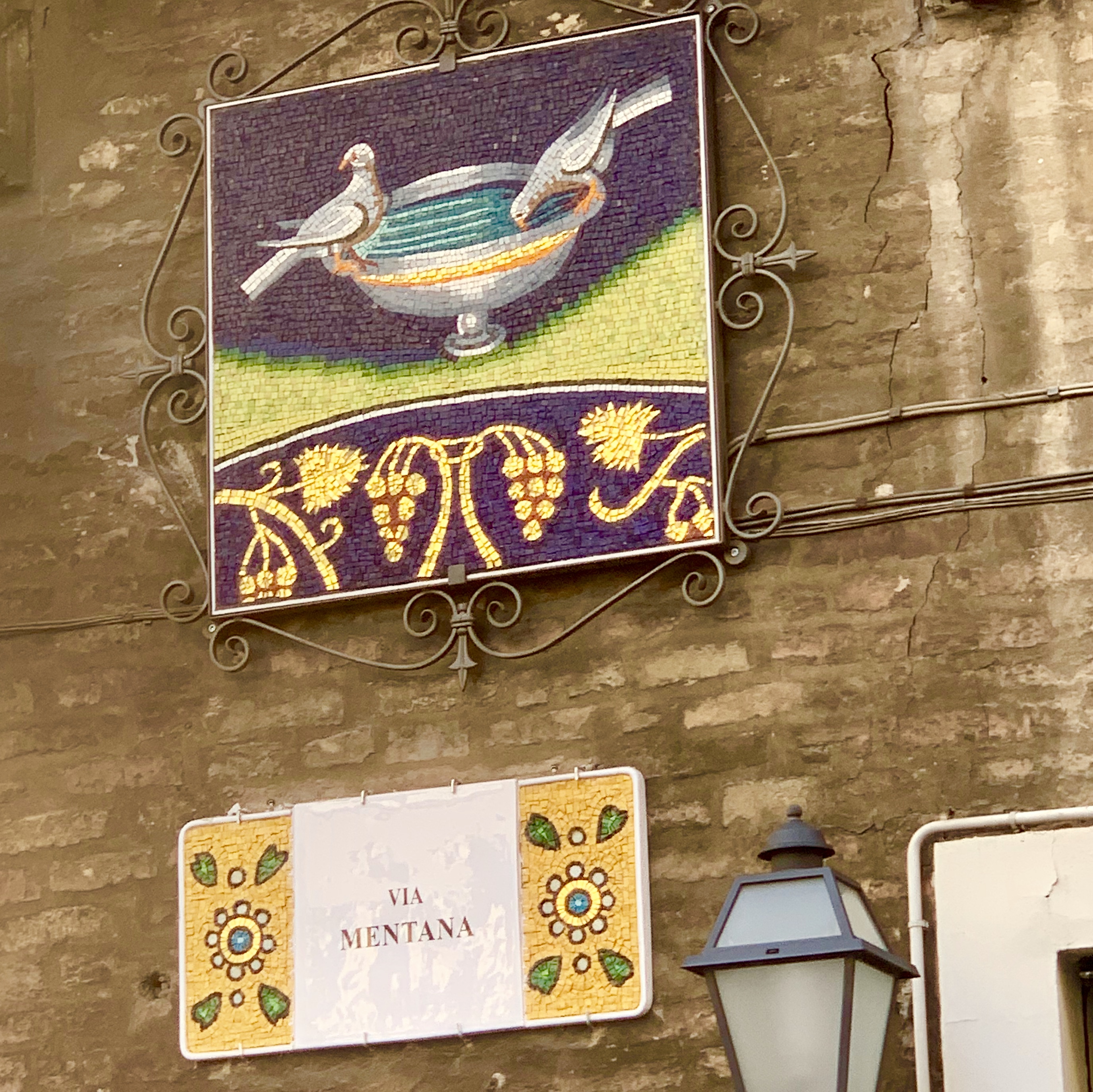
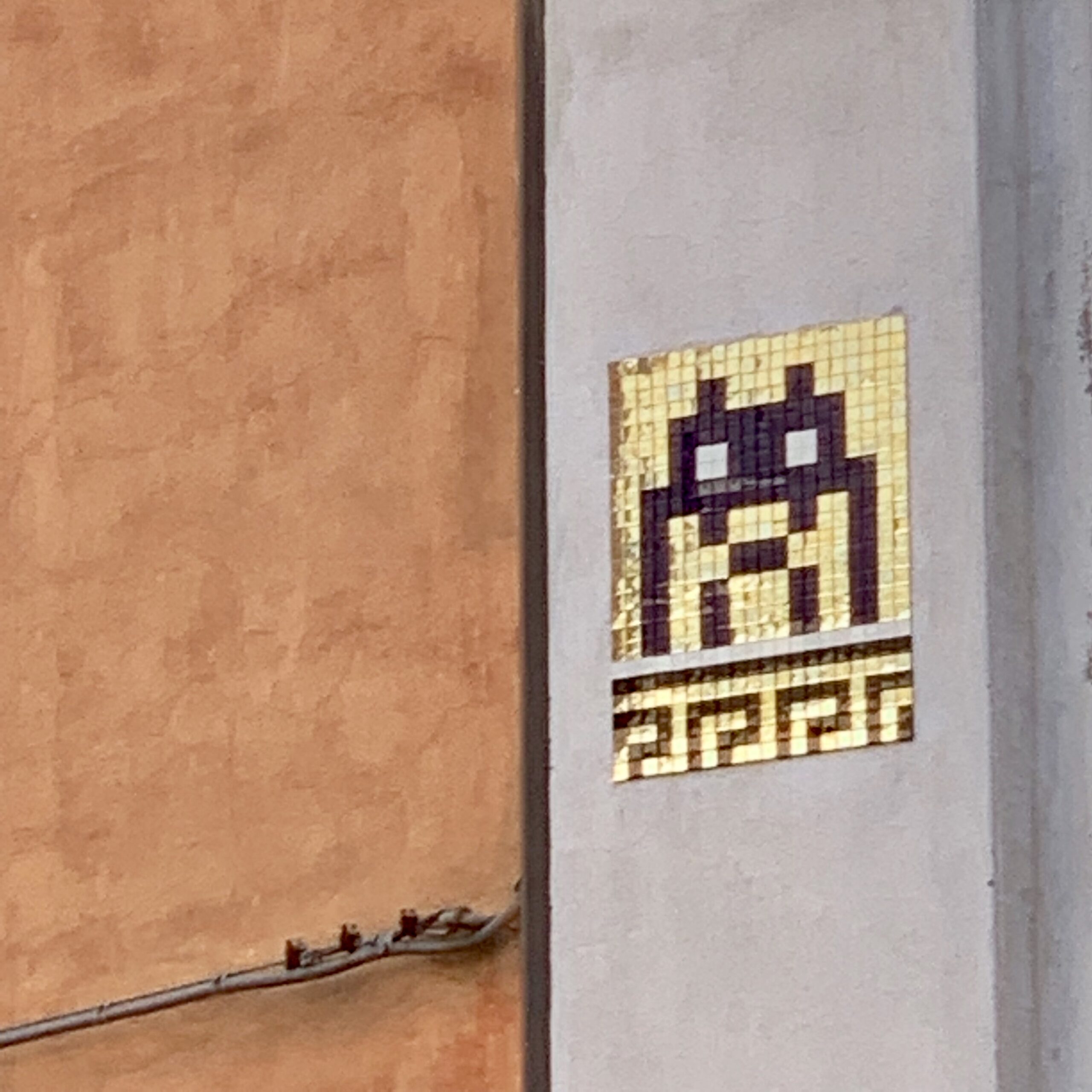
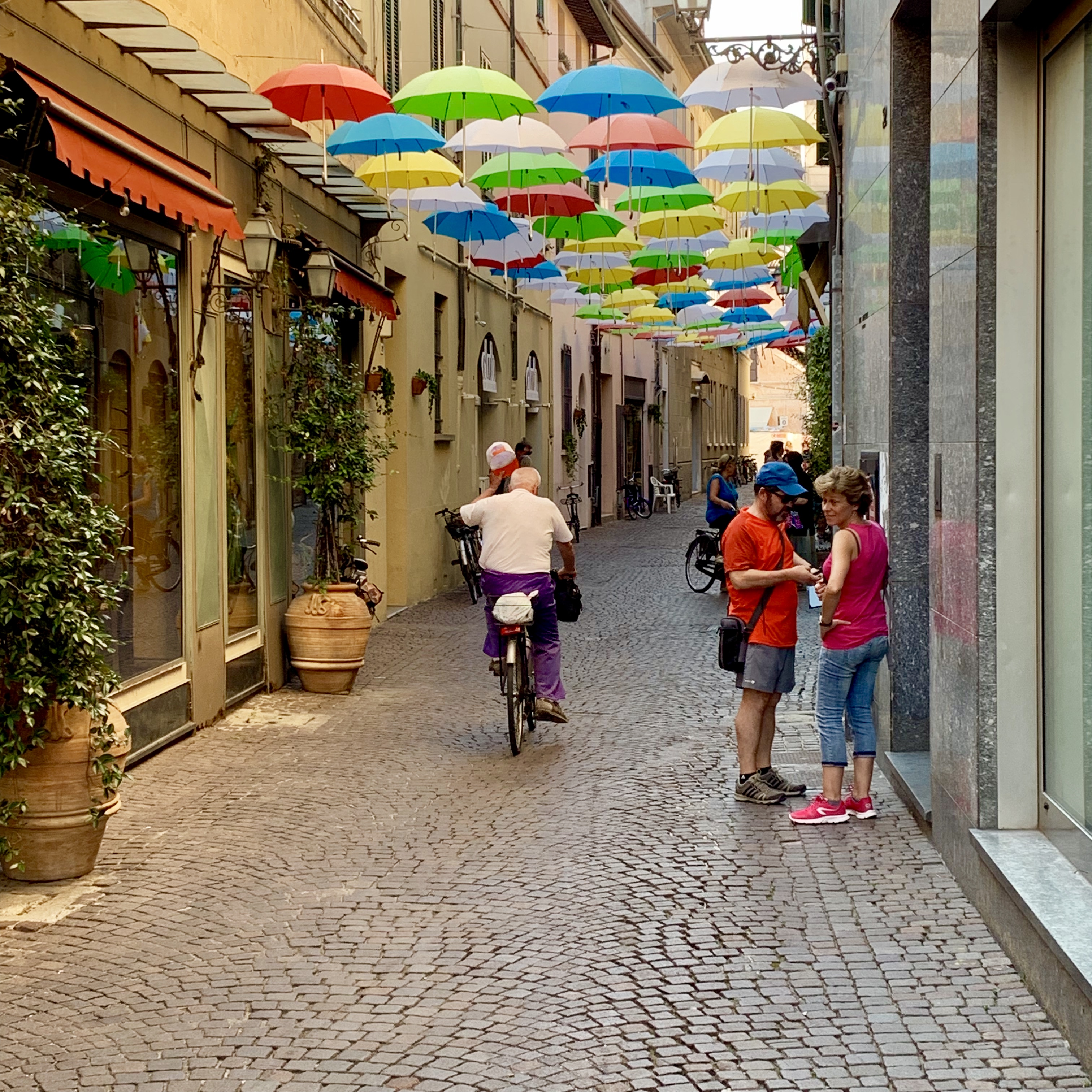
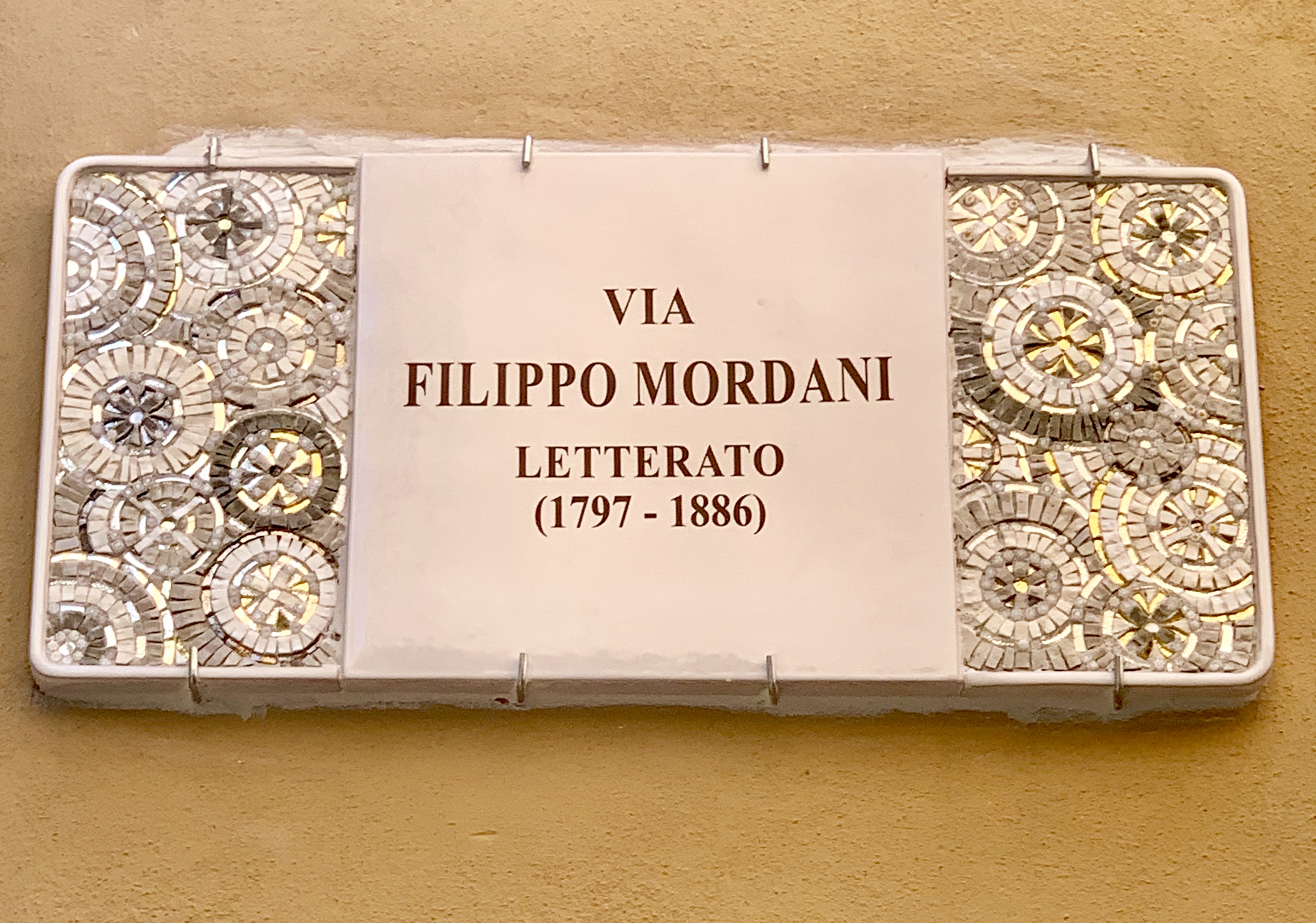
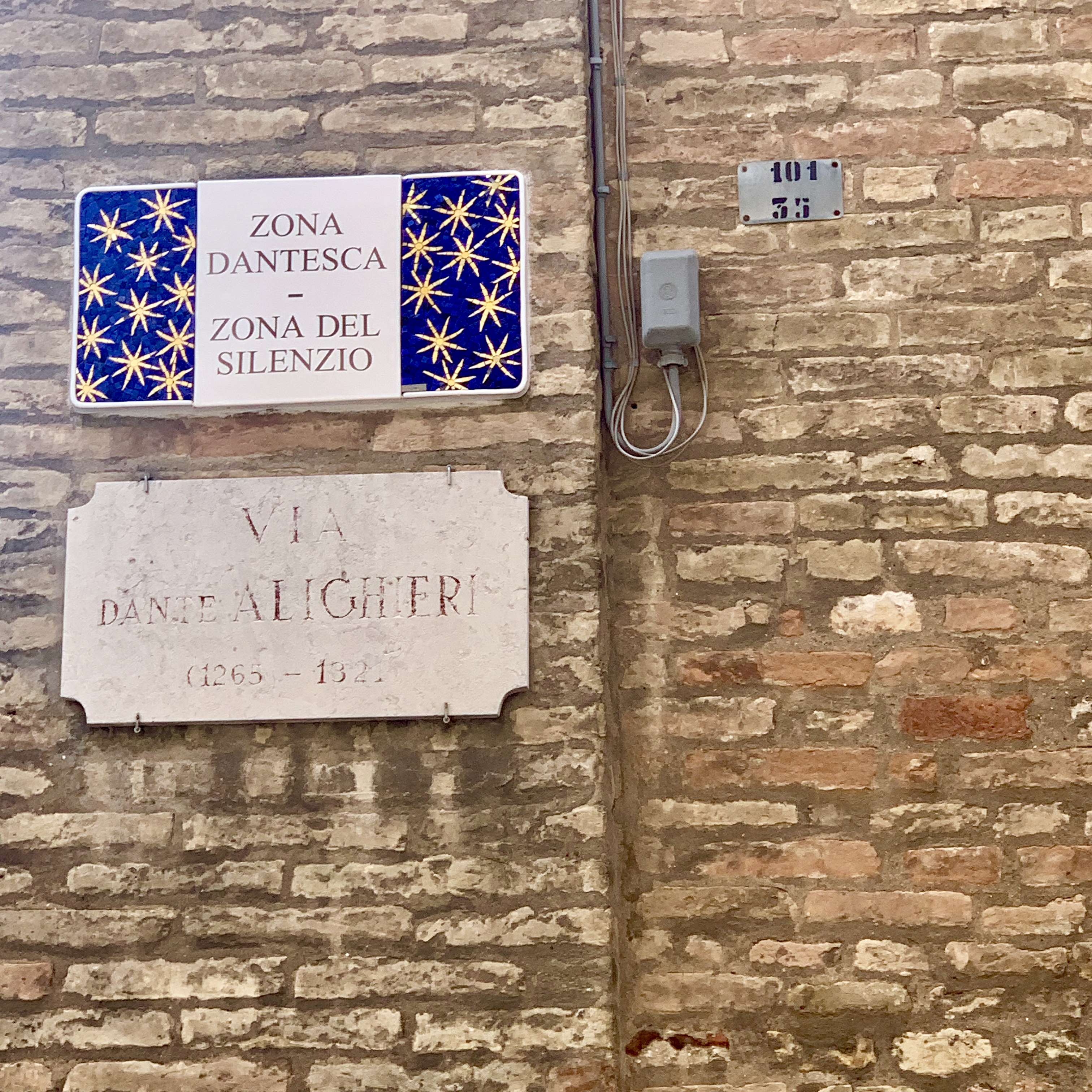
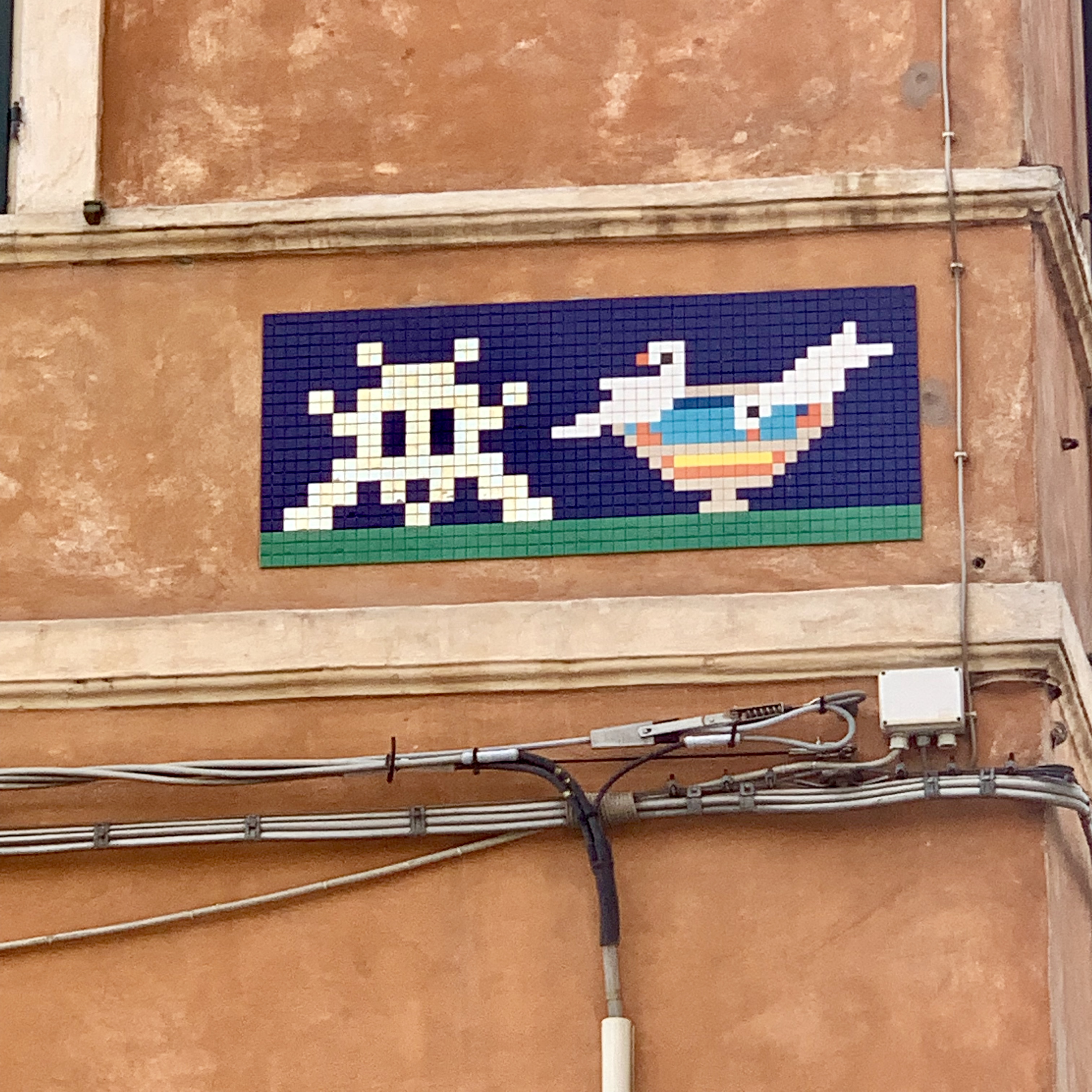
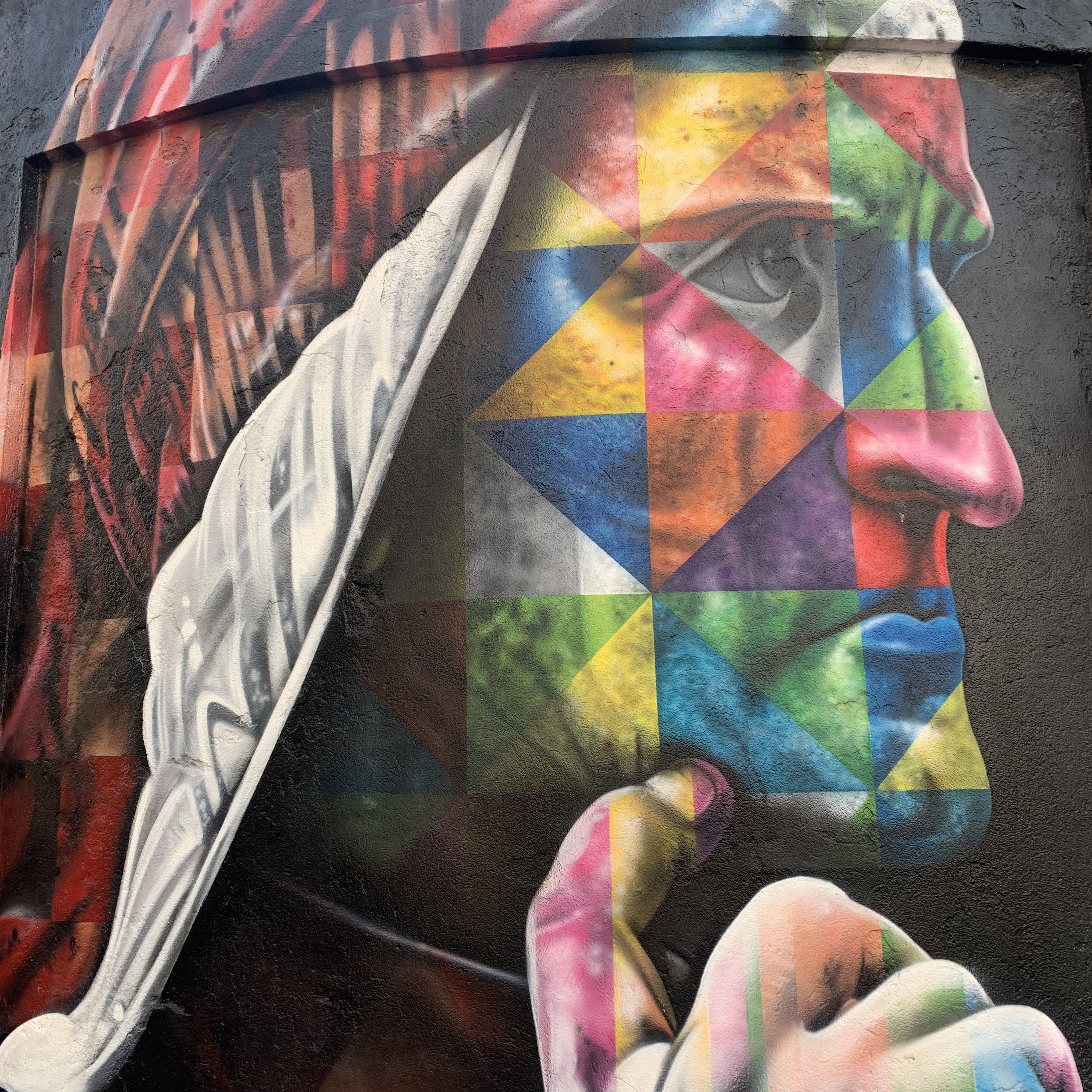
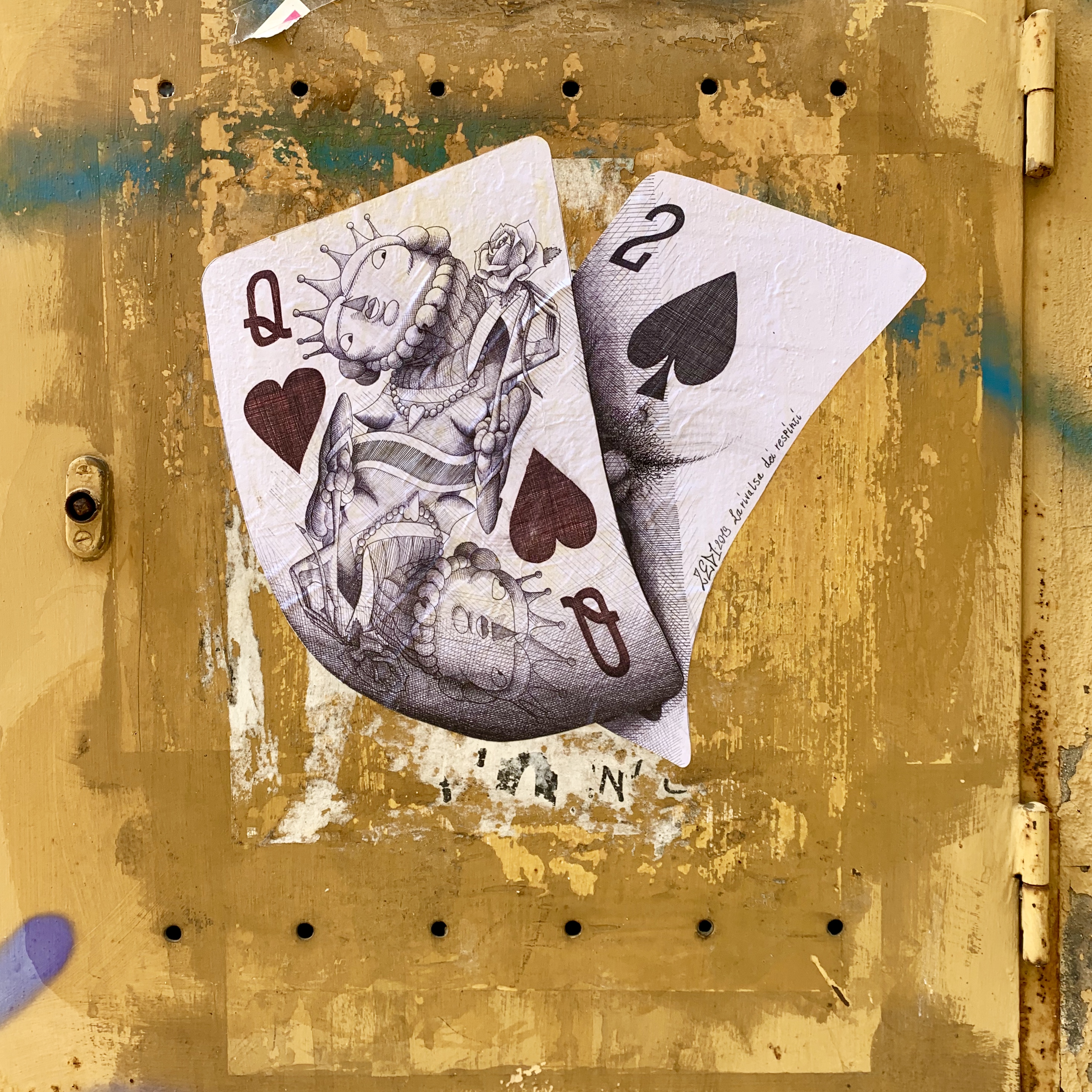
Mosaici Mosaici Mosaici
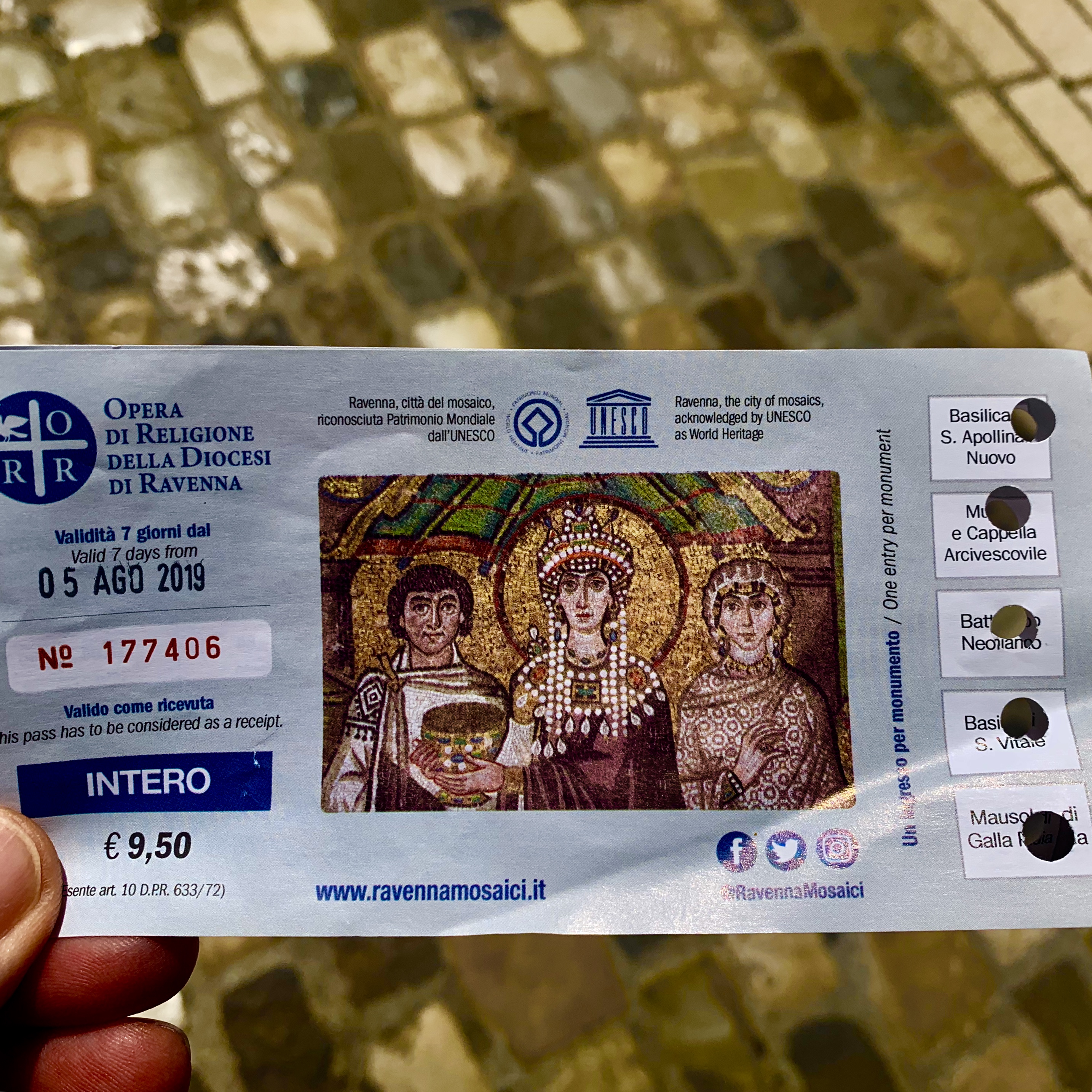
Lots of mosaics to see. We decided to walk to two or three sites late each morning, have a proper Italian lunch, return to our air-conditioned room for research/writing/reading/naps, and when the heat subsided a bit, go out for a drink and then dinner. Afterward we took a stroll with the locals.
Battistero Neoniano
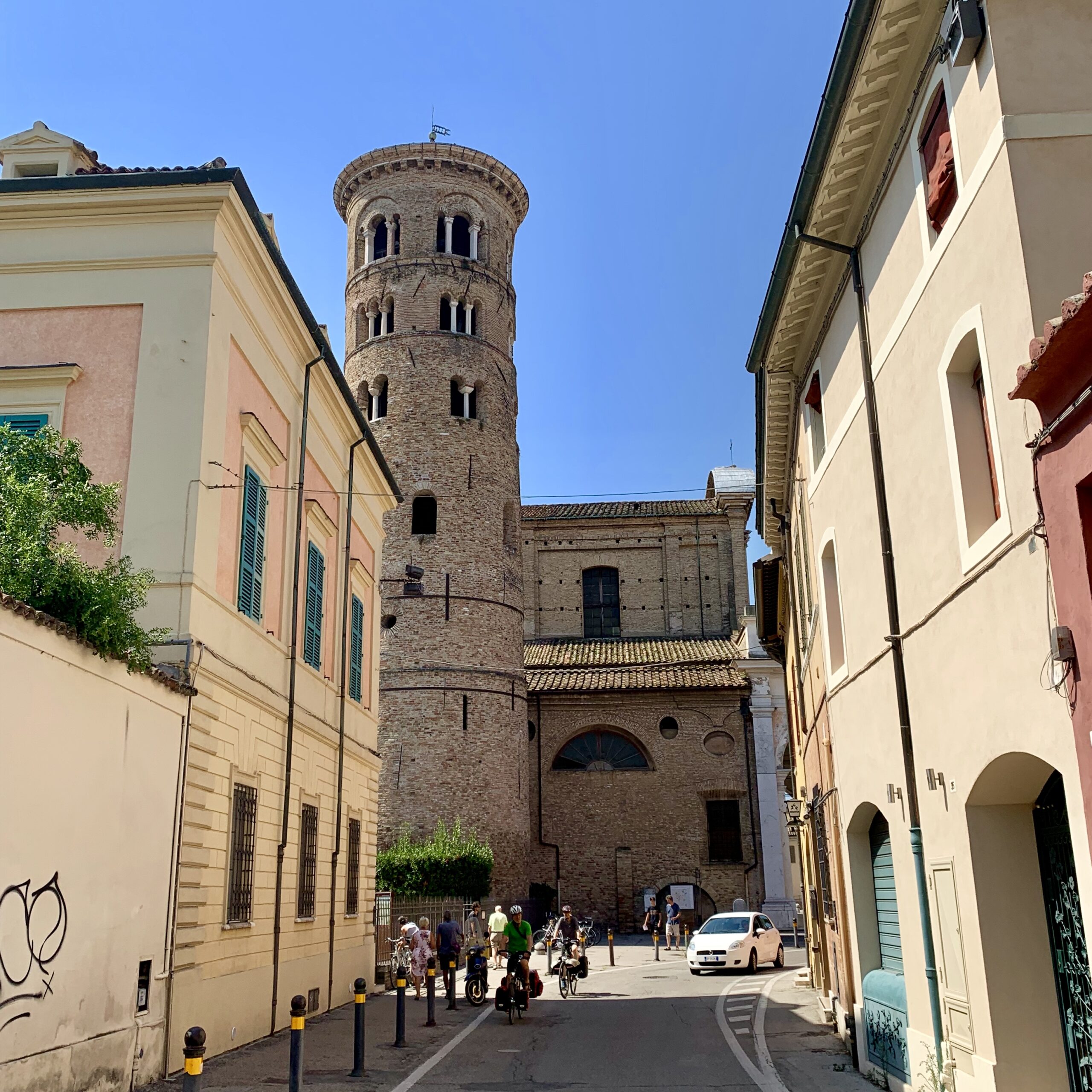
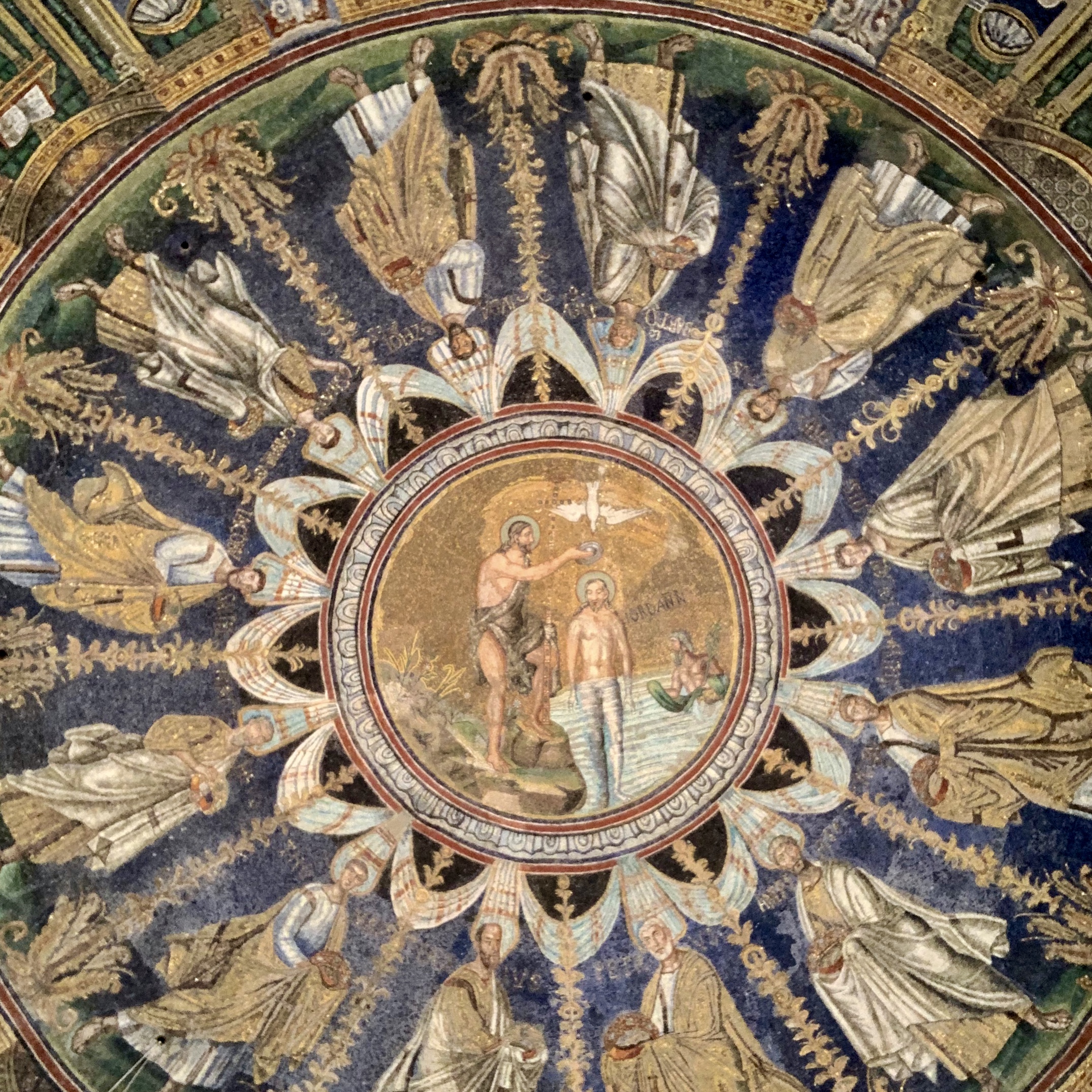
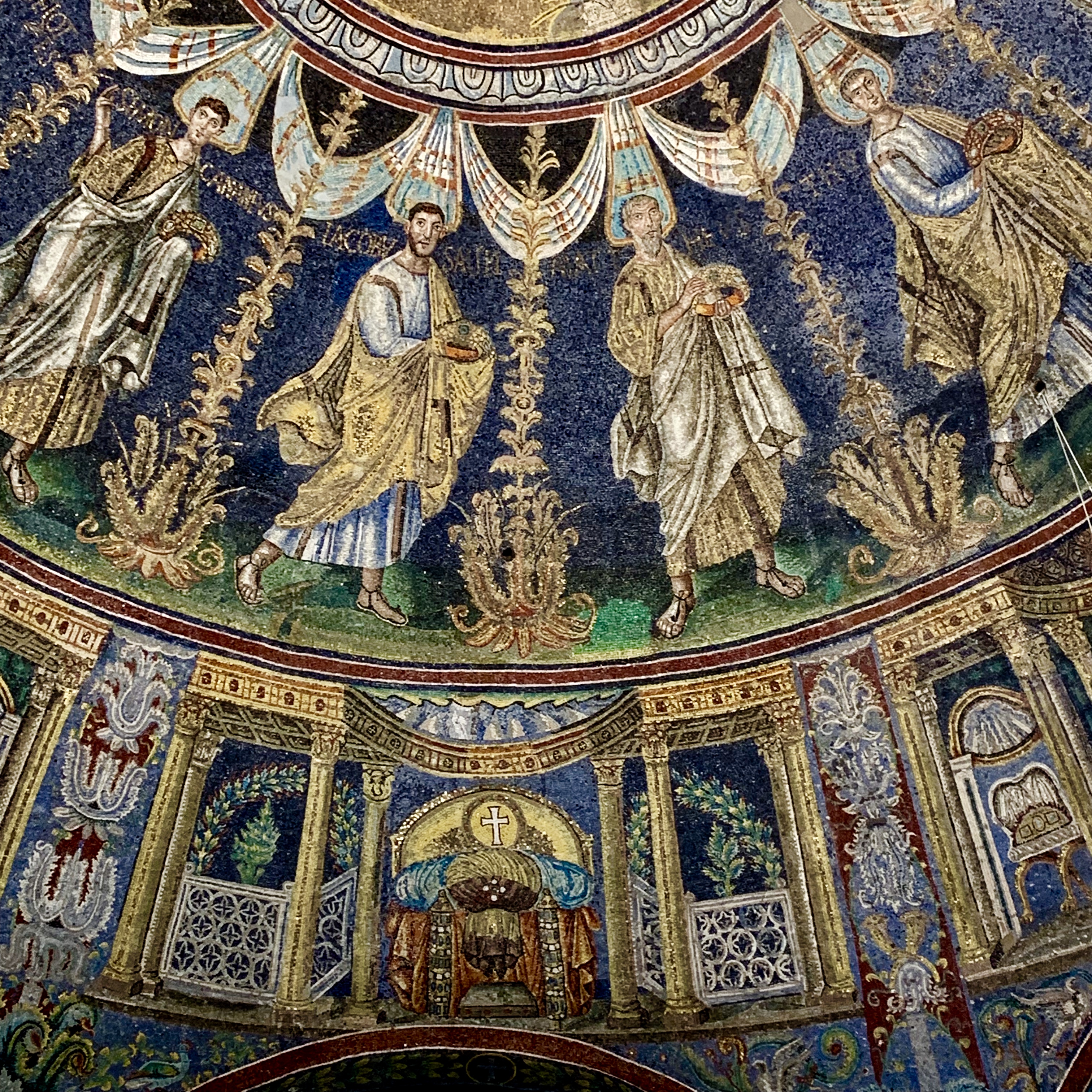
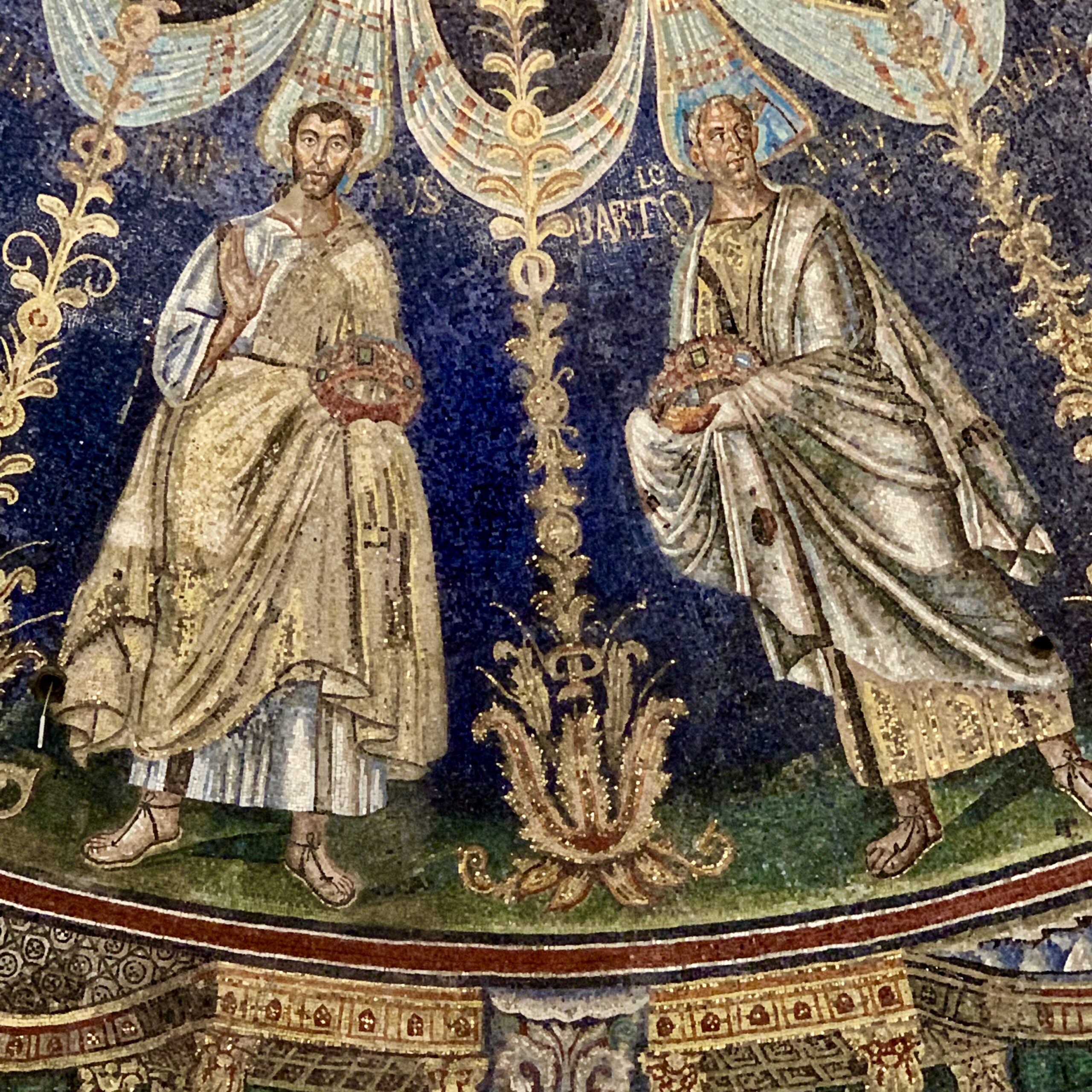
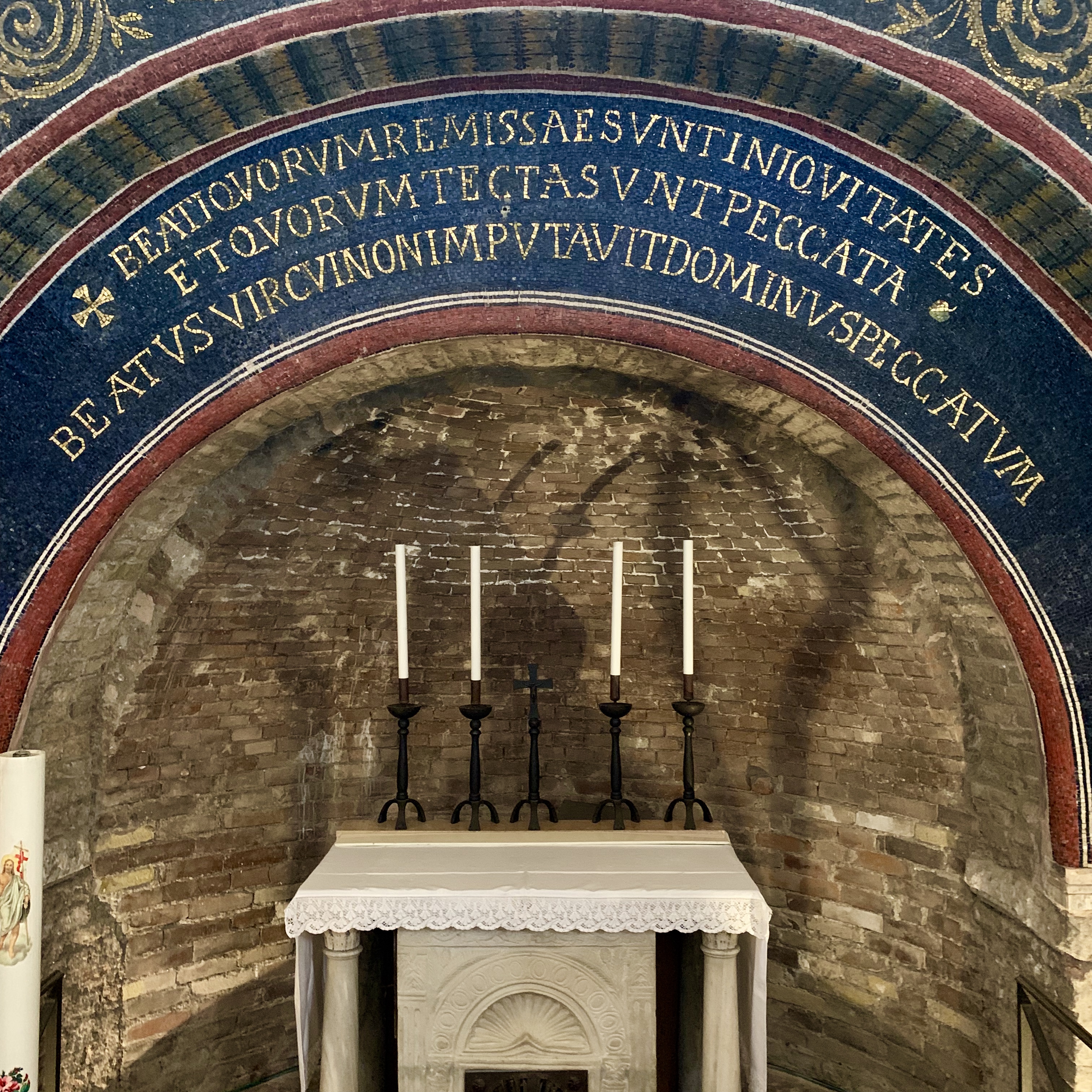
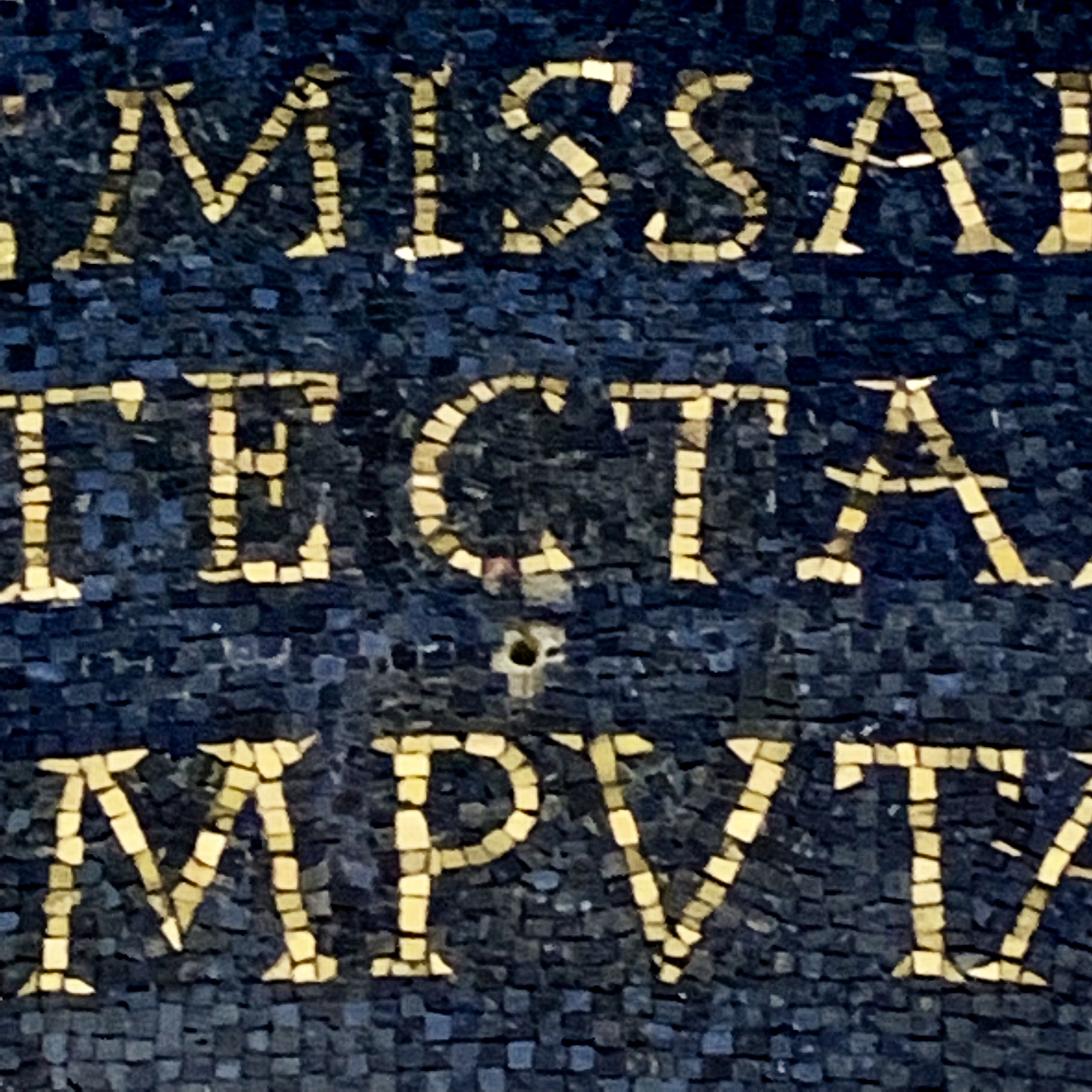
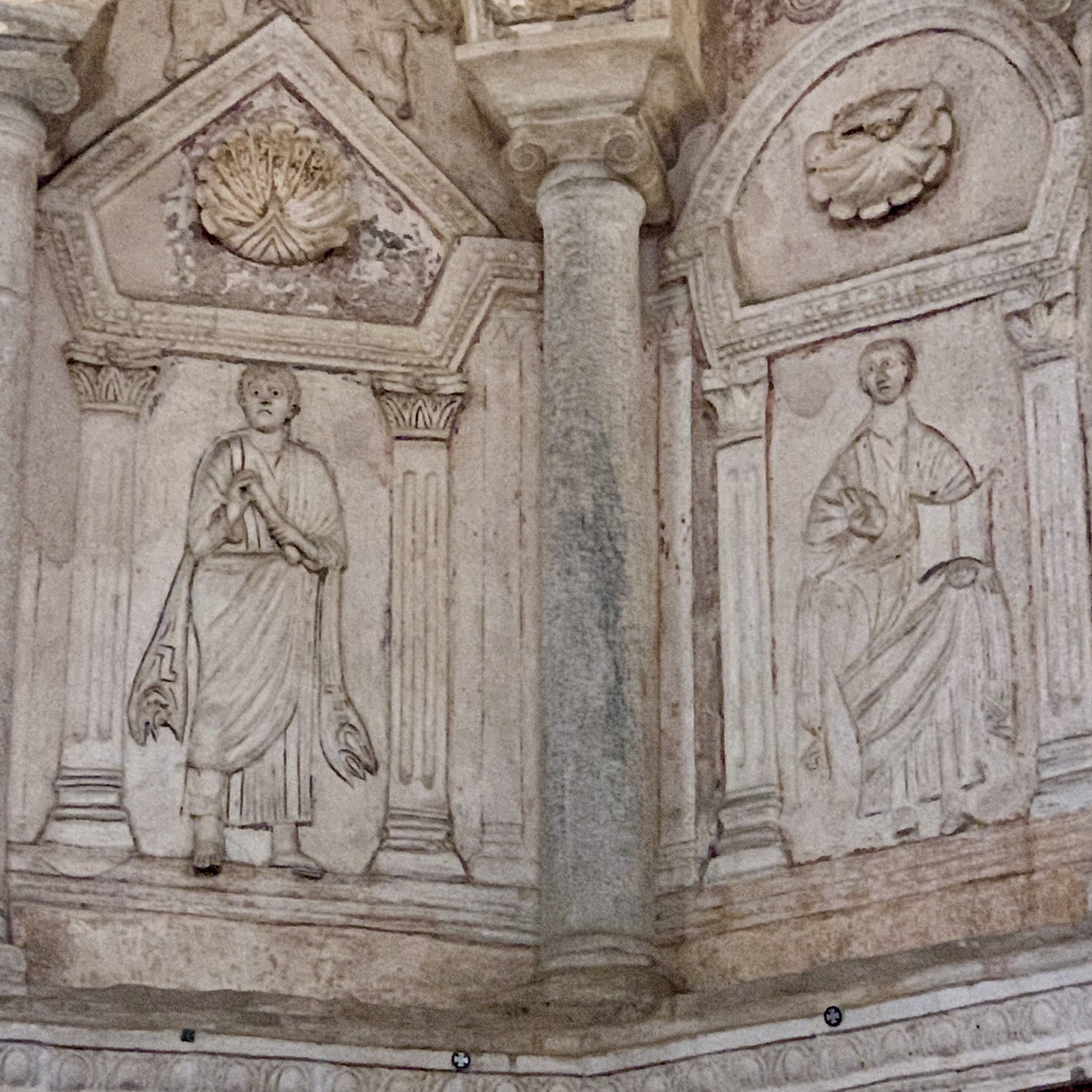
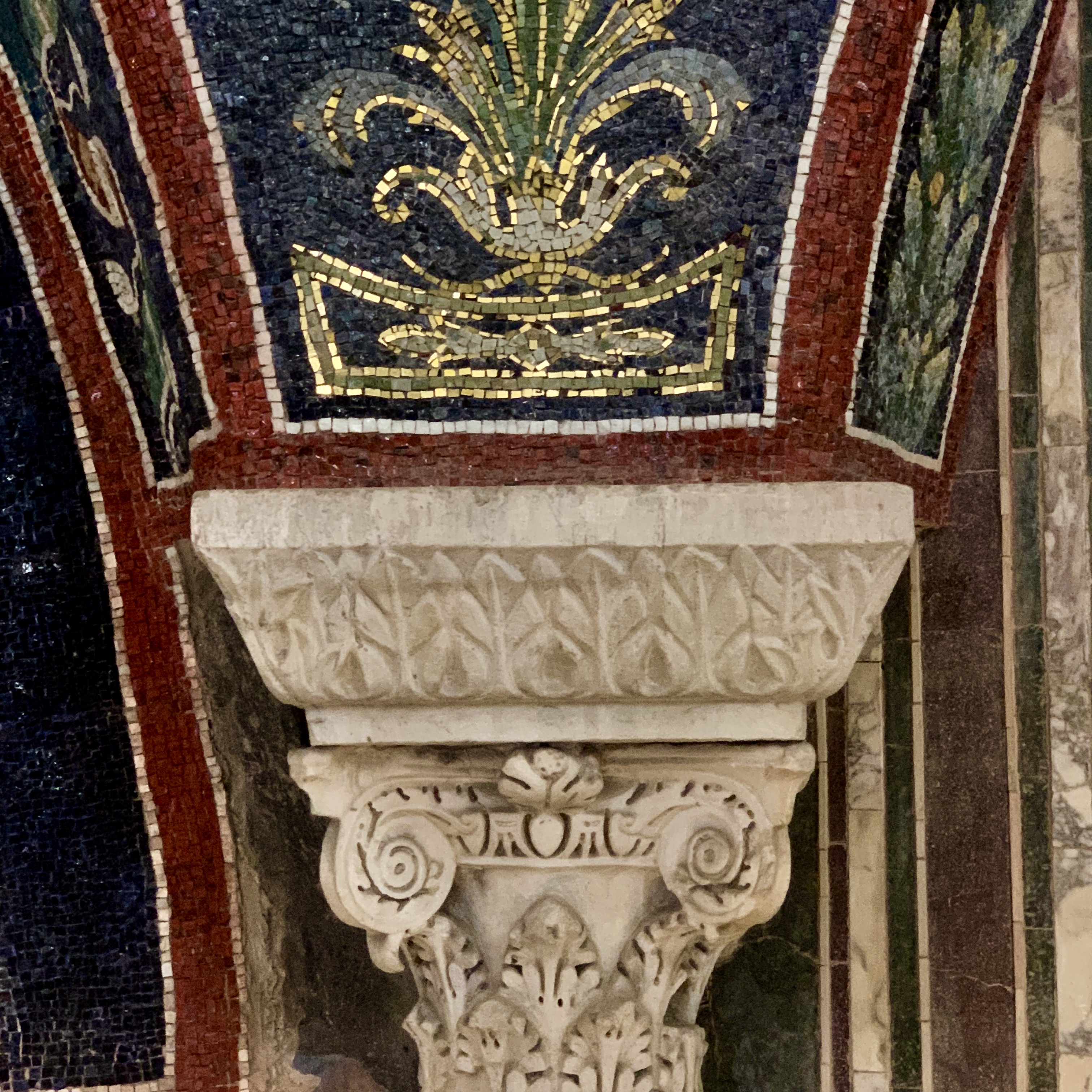
La Cappella di Sant’Andrea
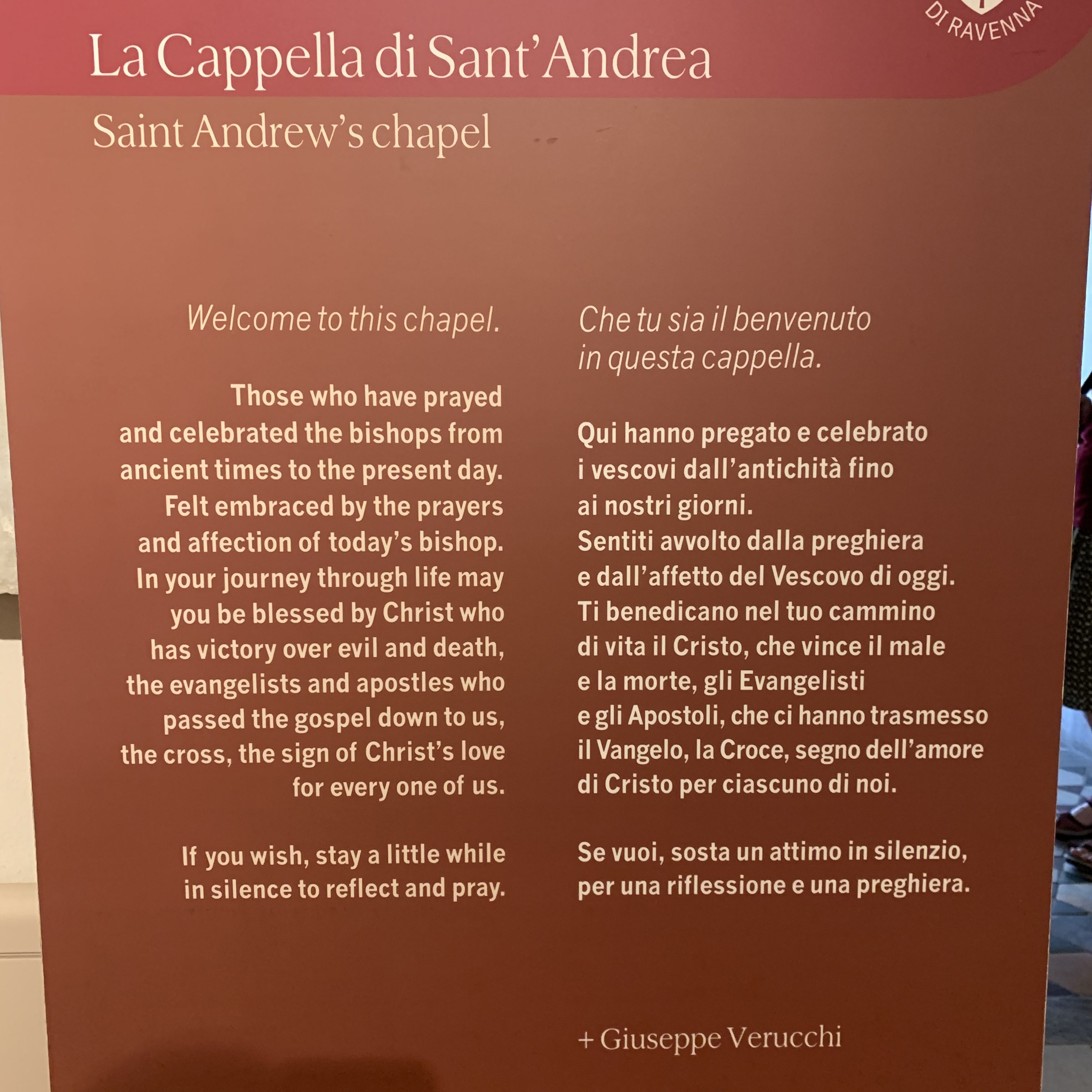
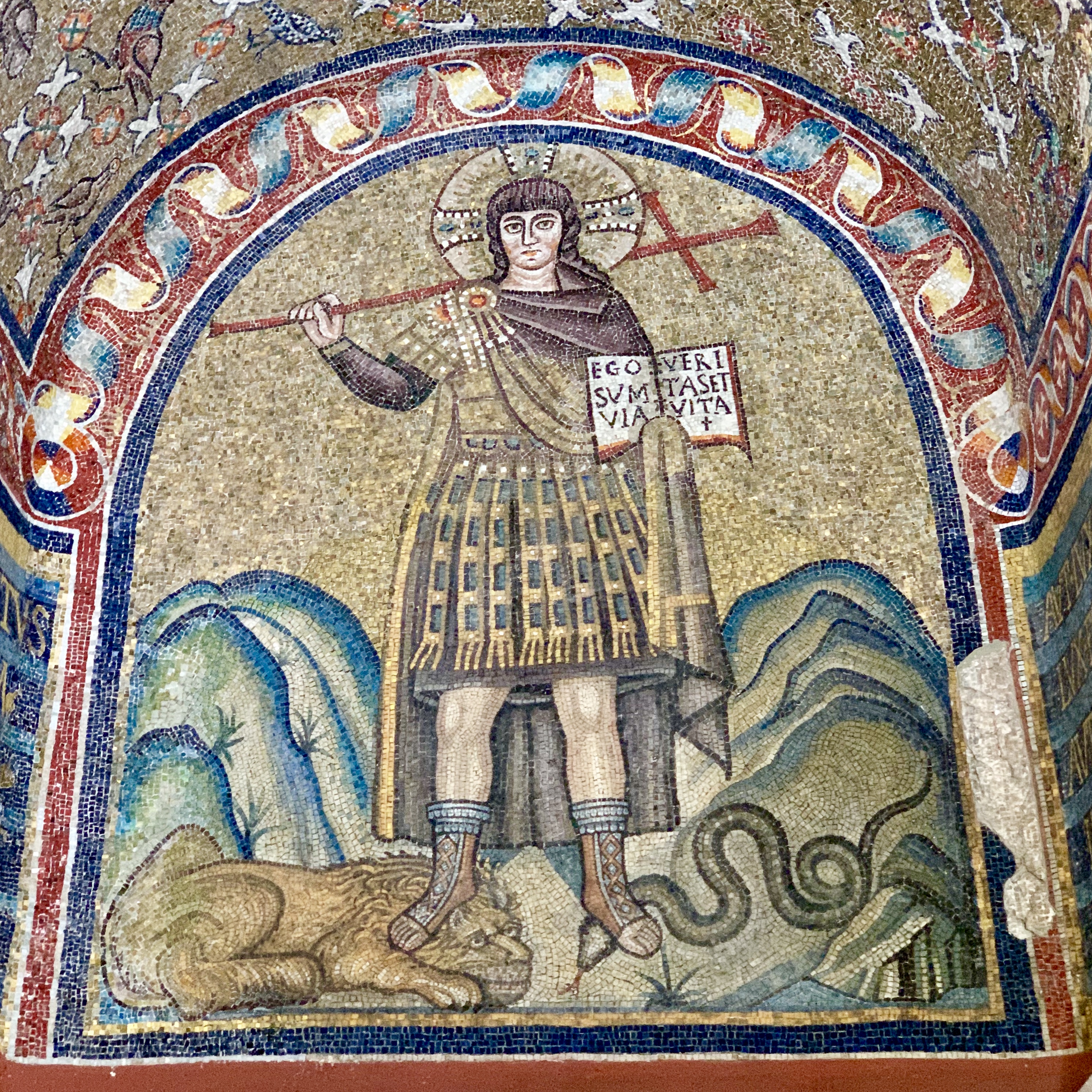
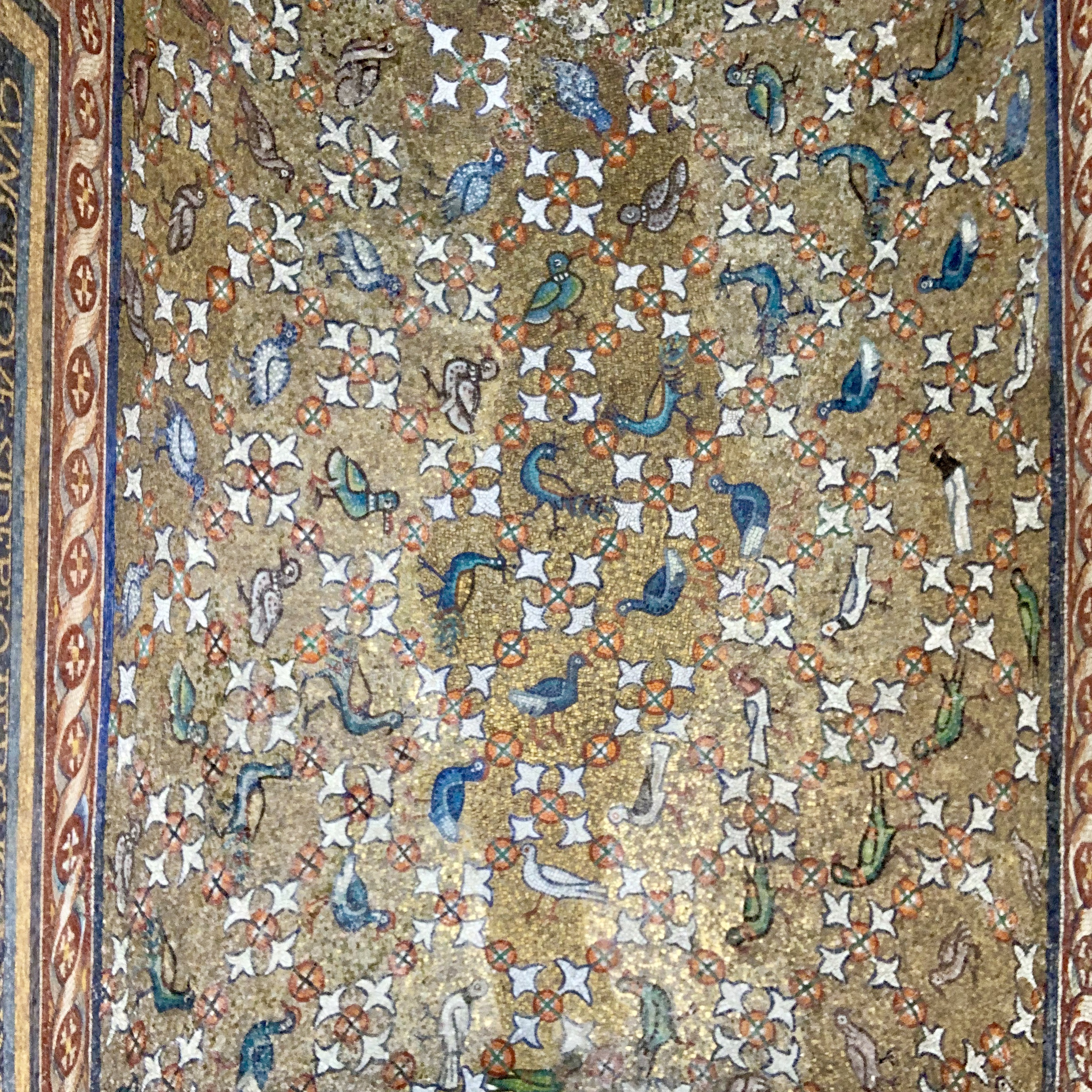
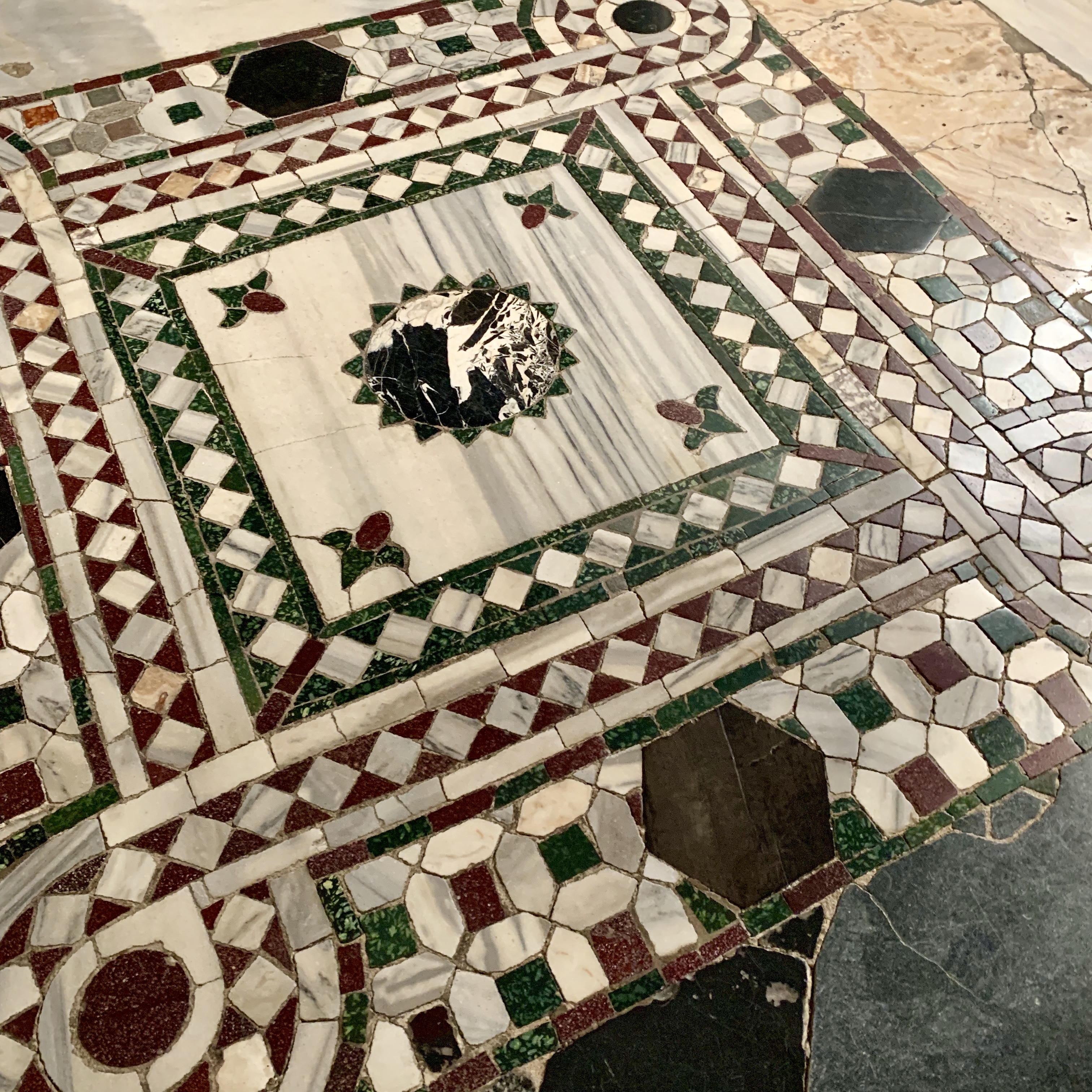
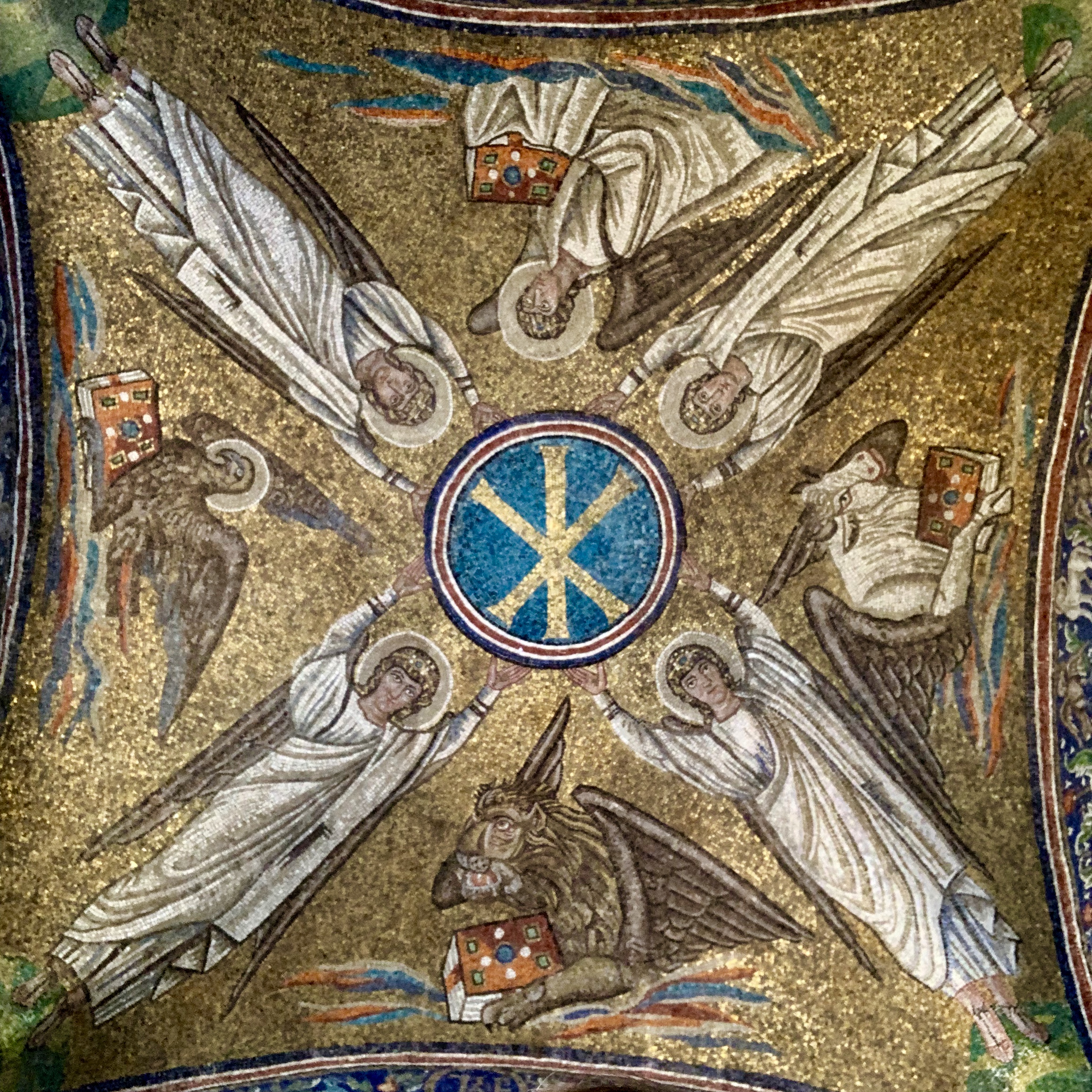
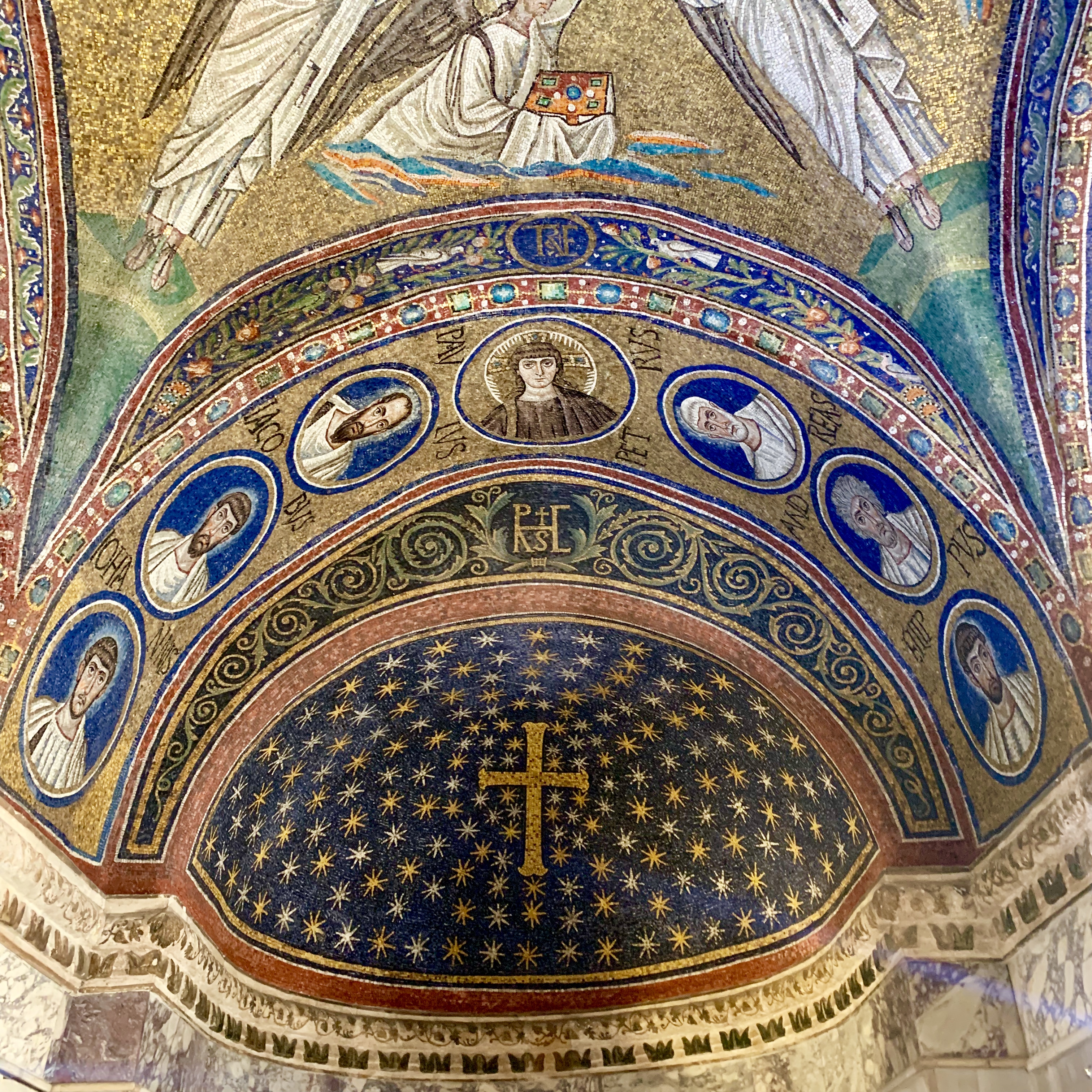
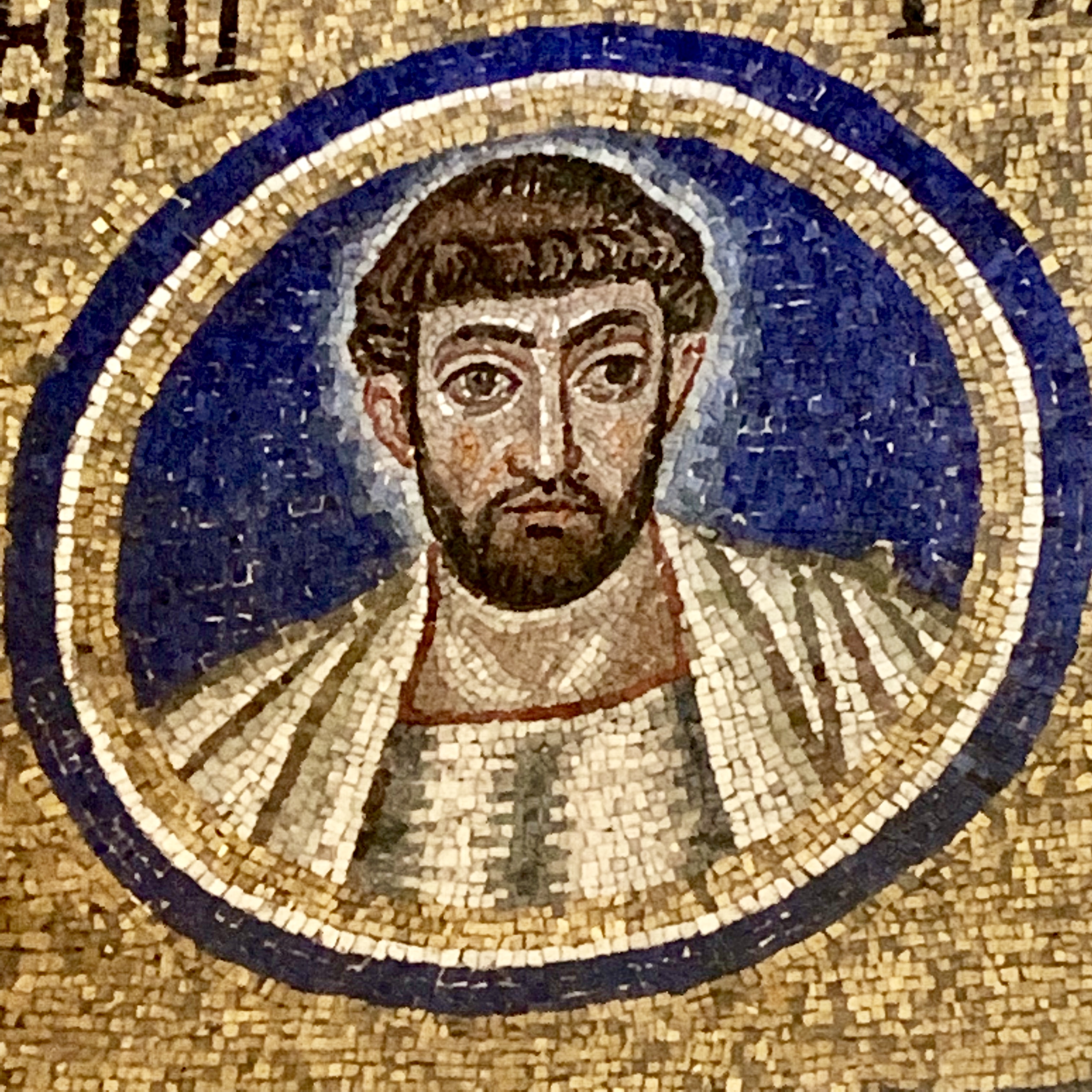
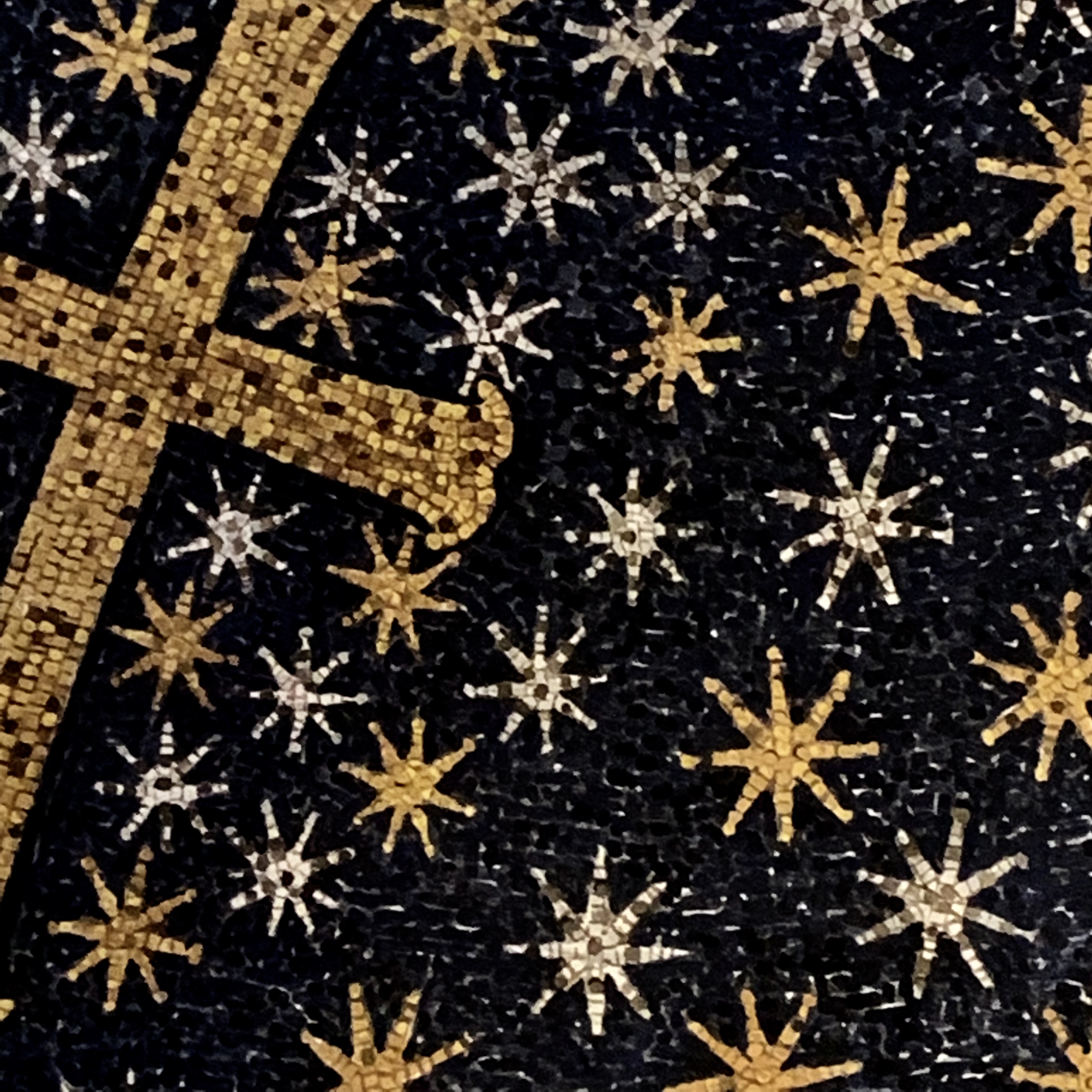
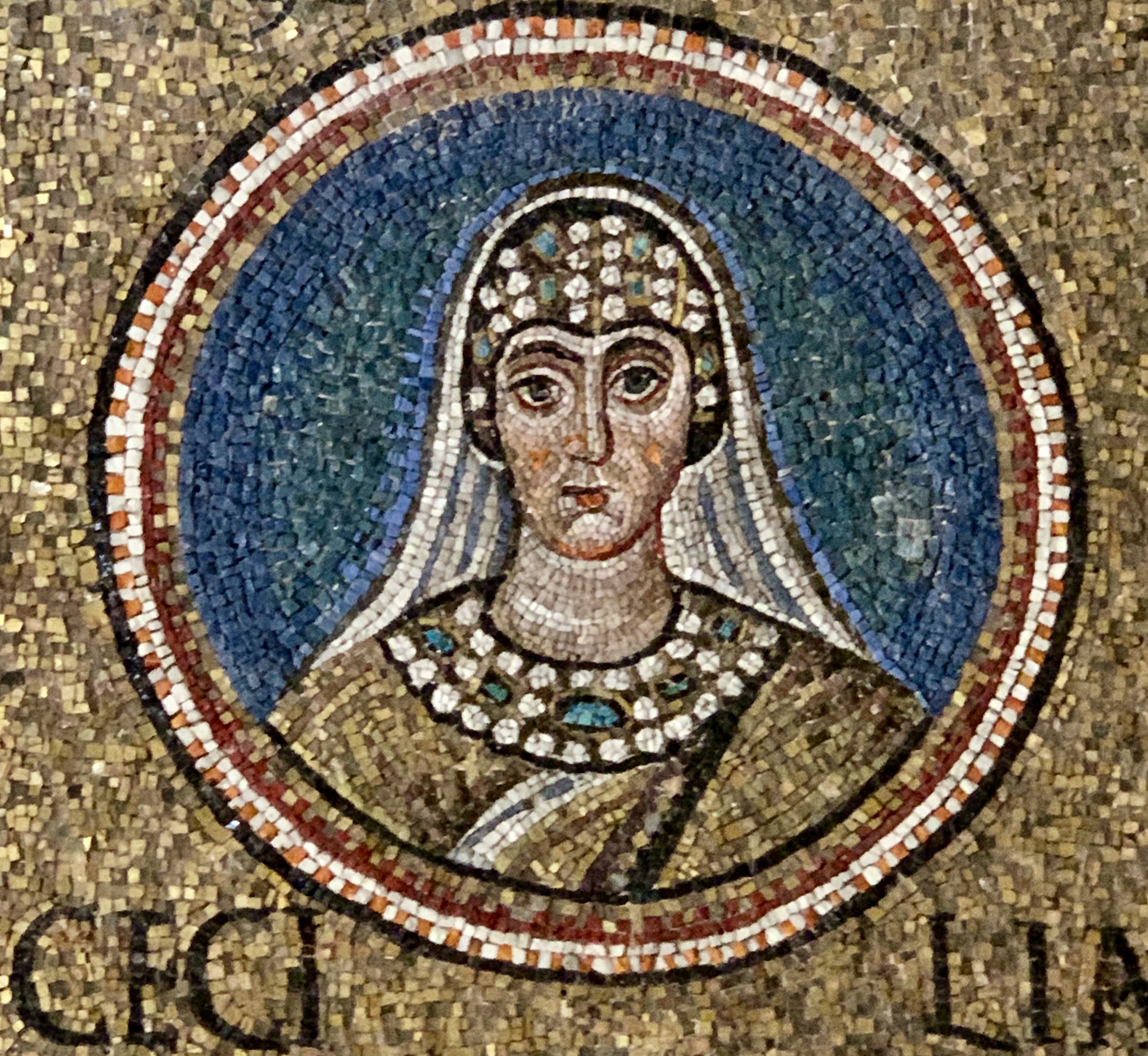
Basilica di Sant’Apollinare Nuovo
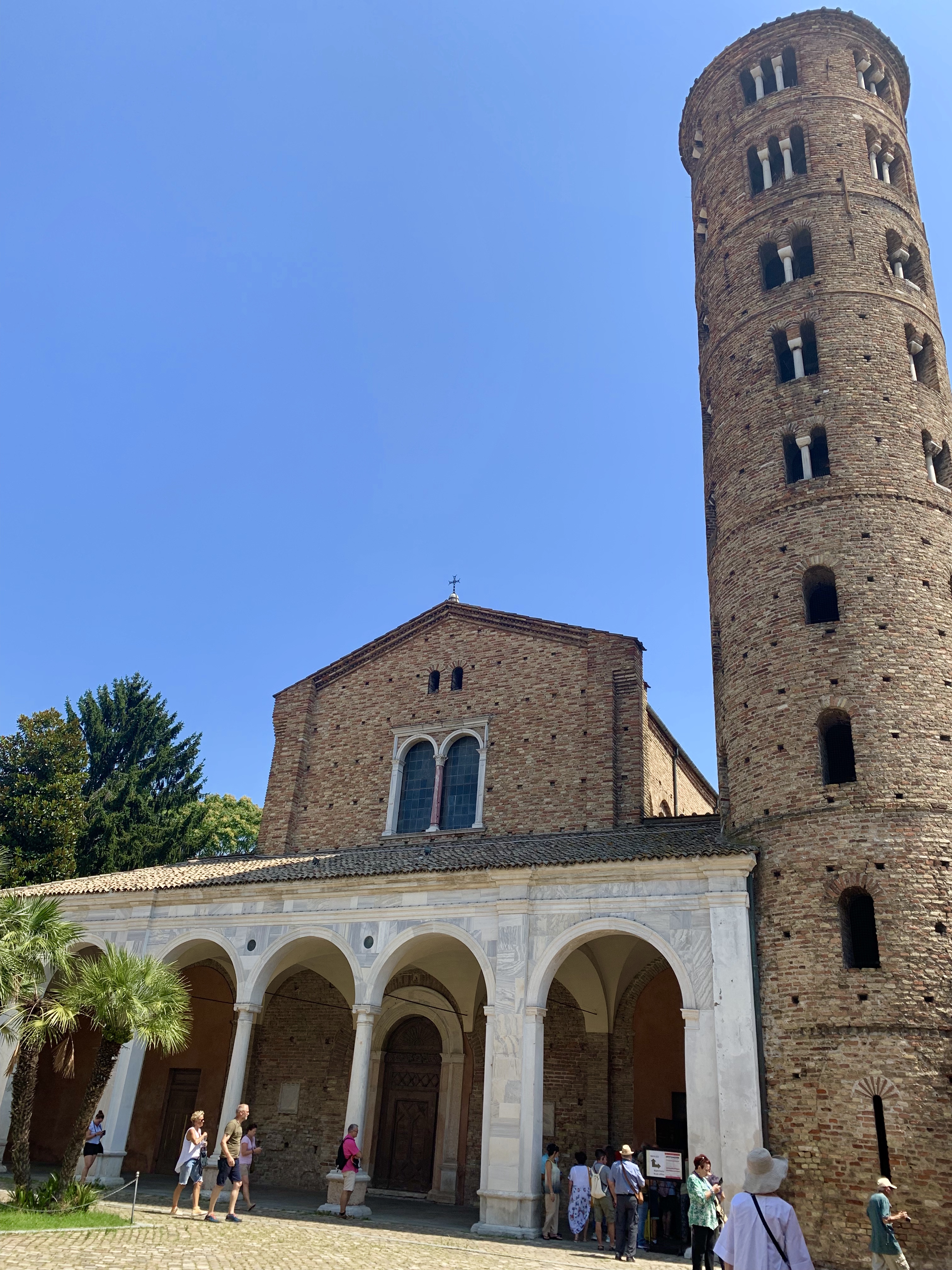
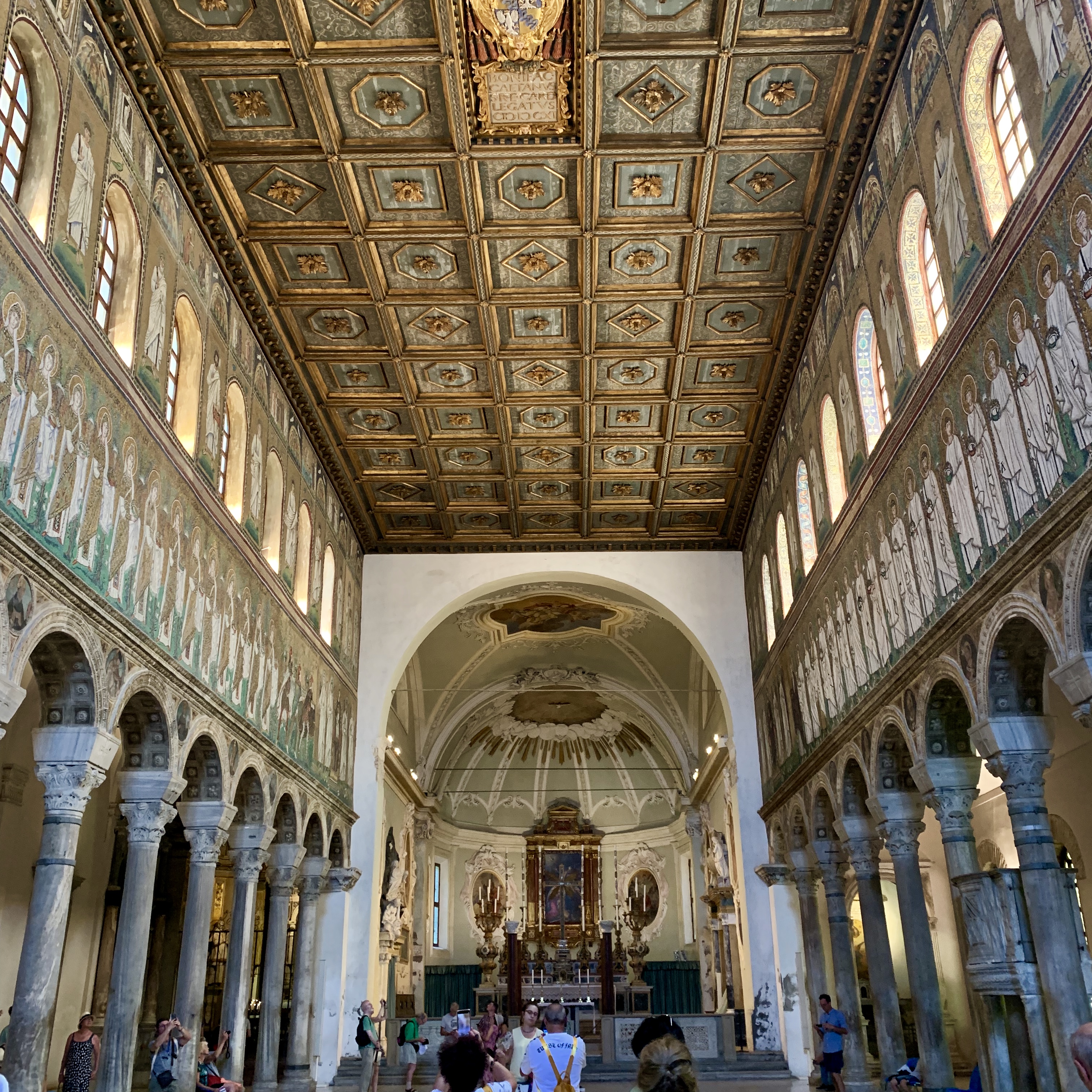
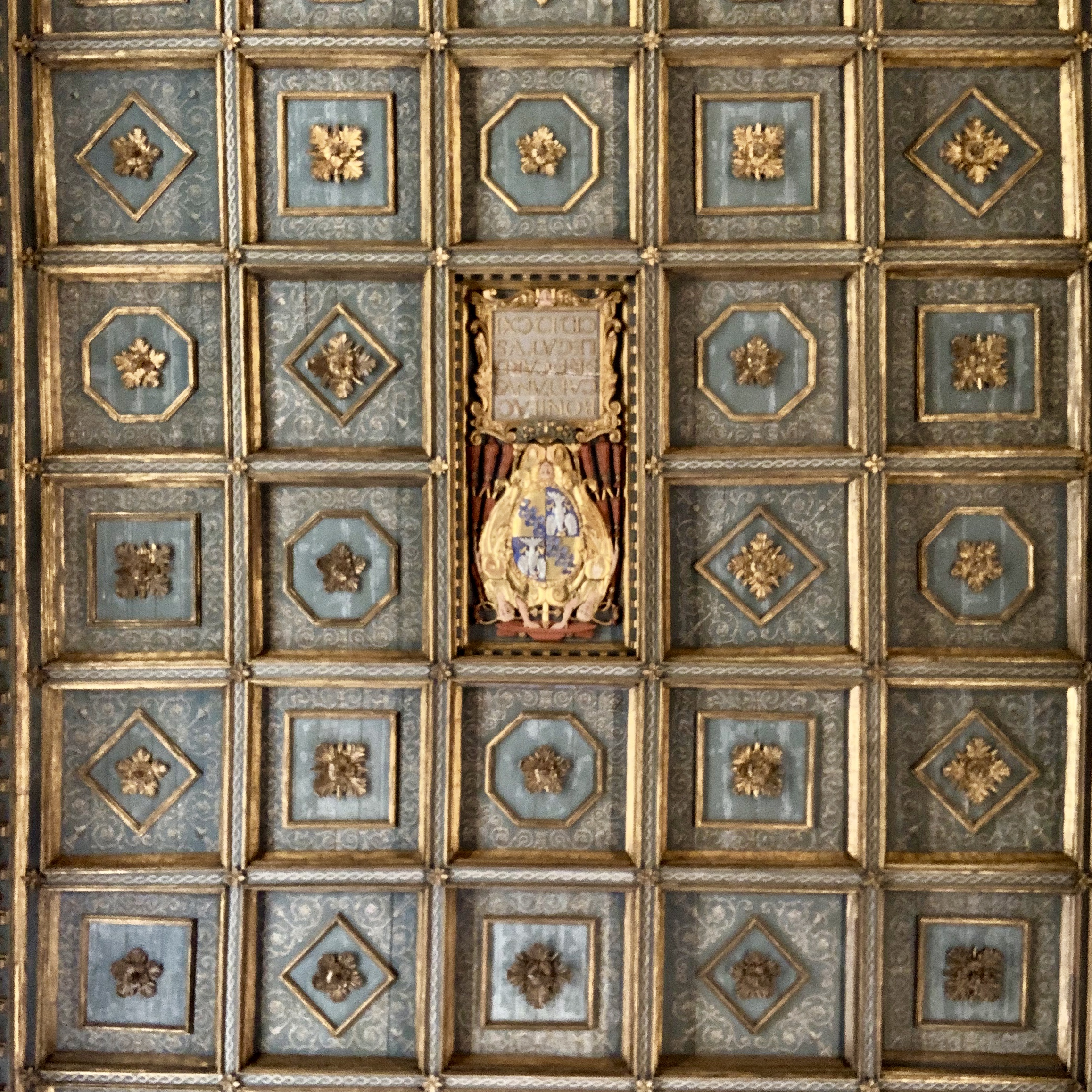
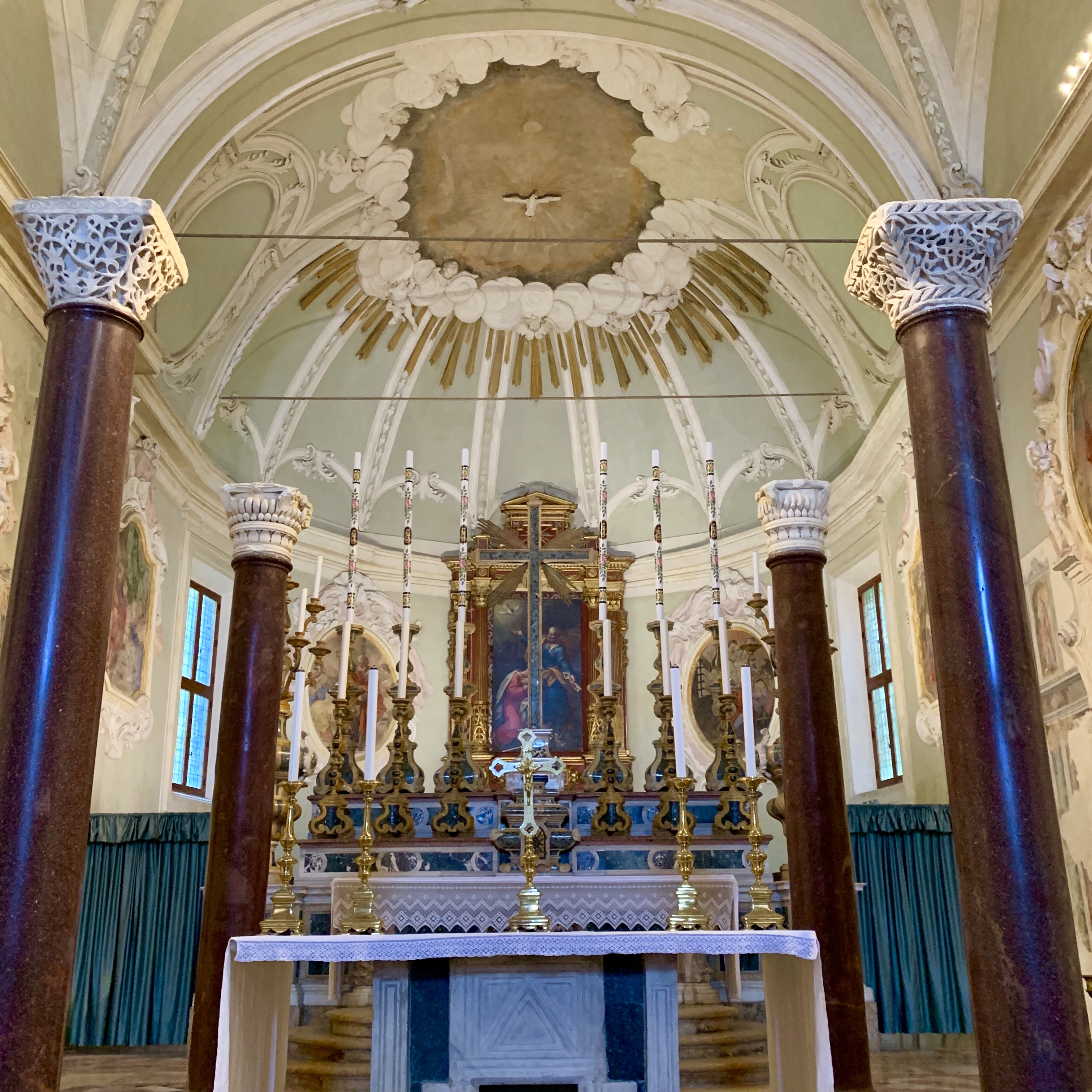
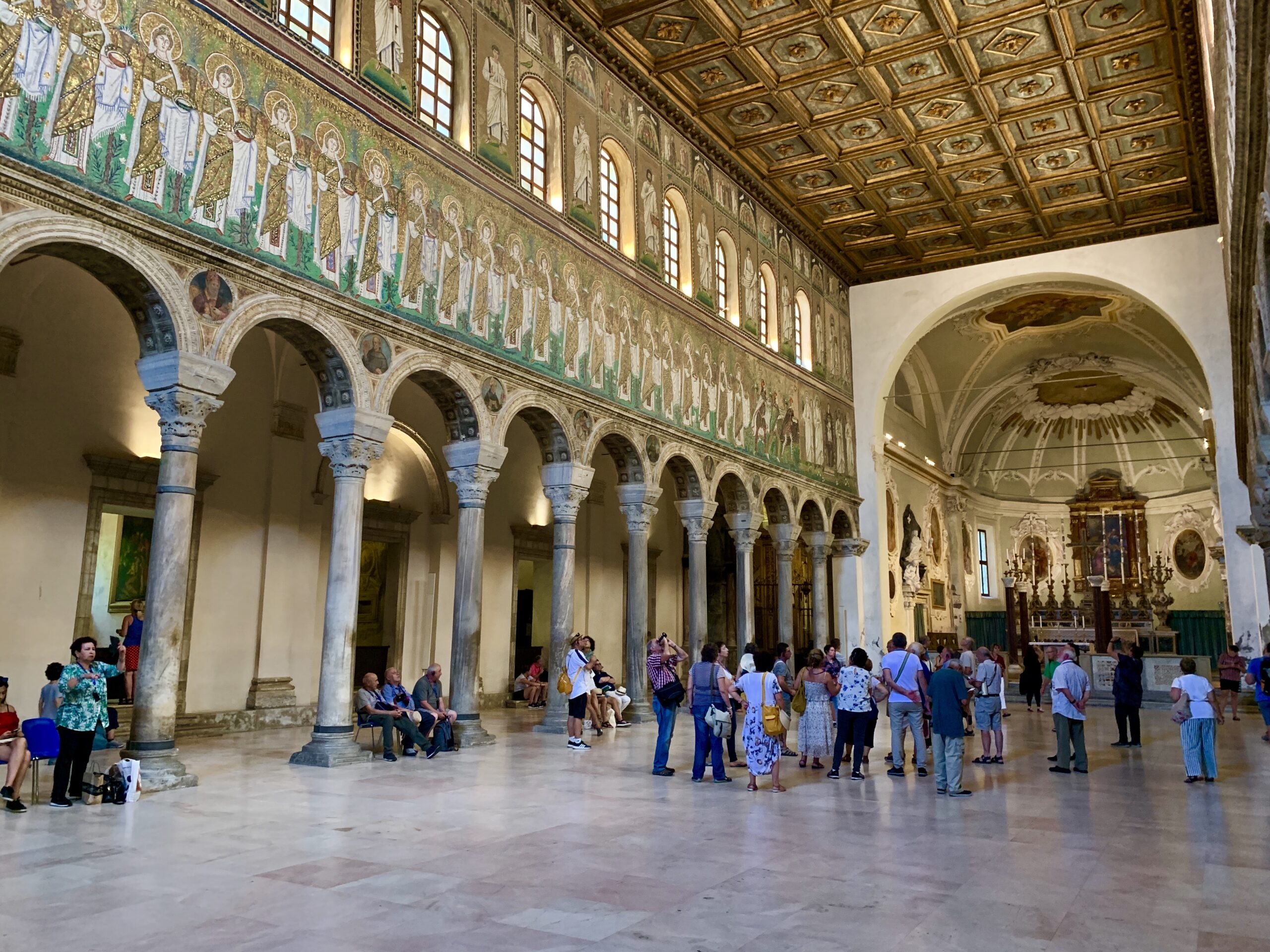
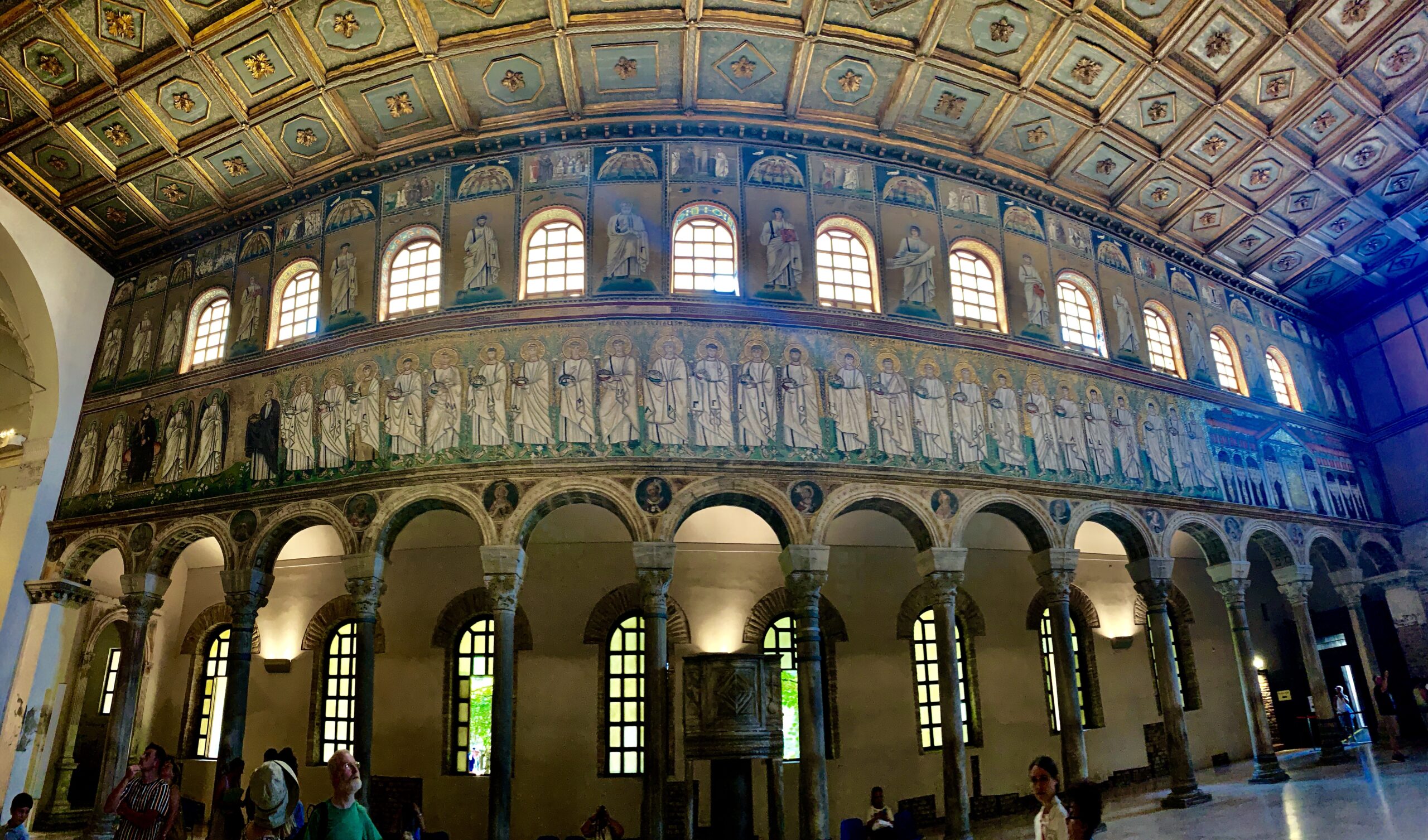
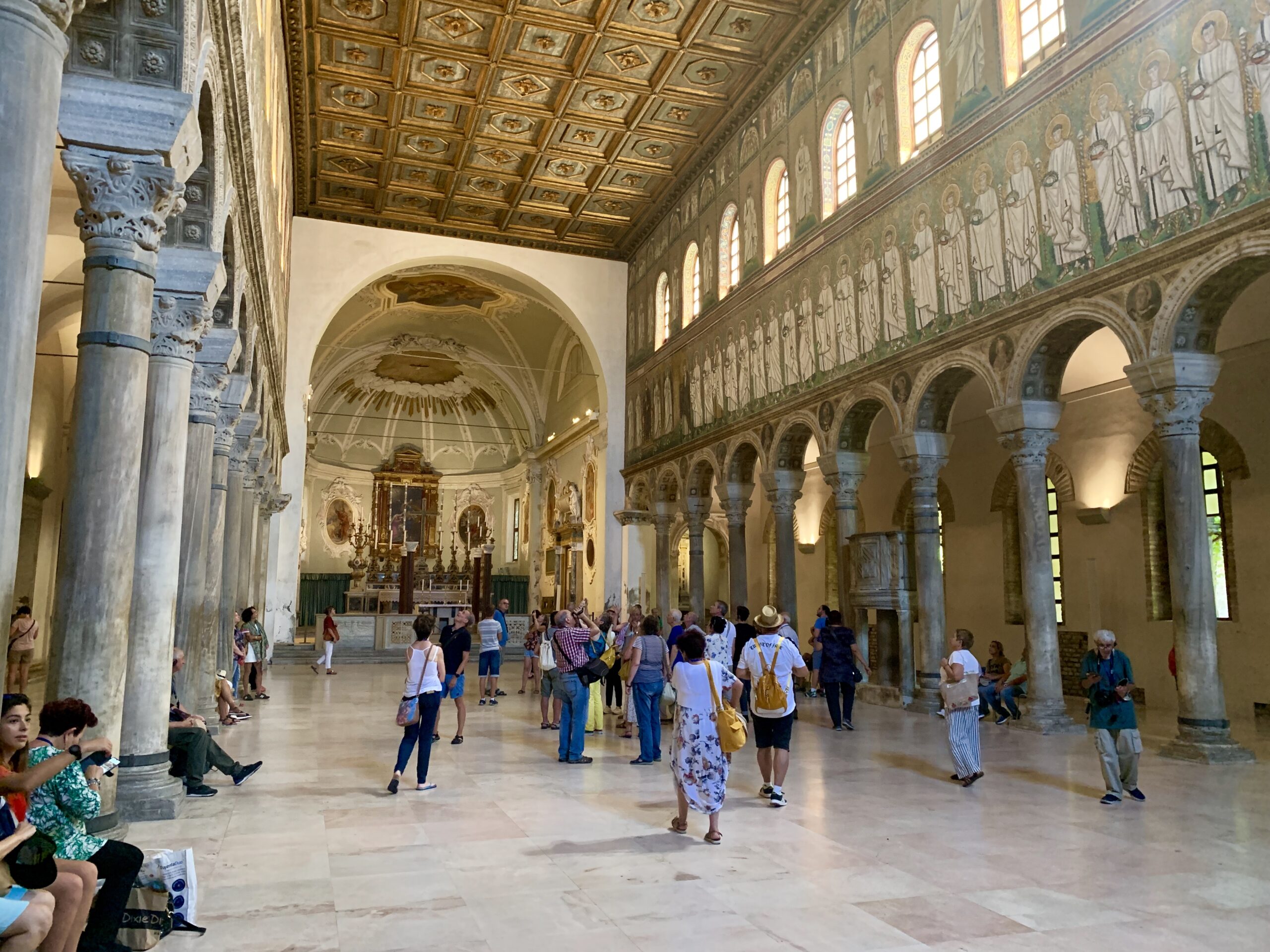
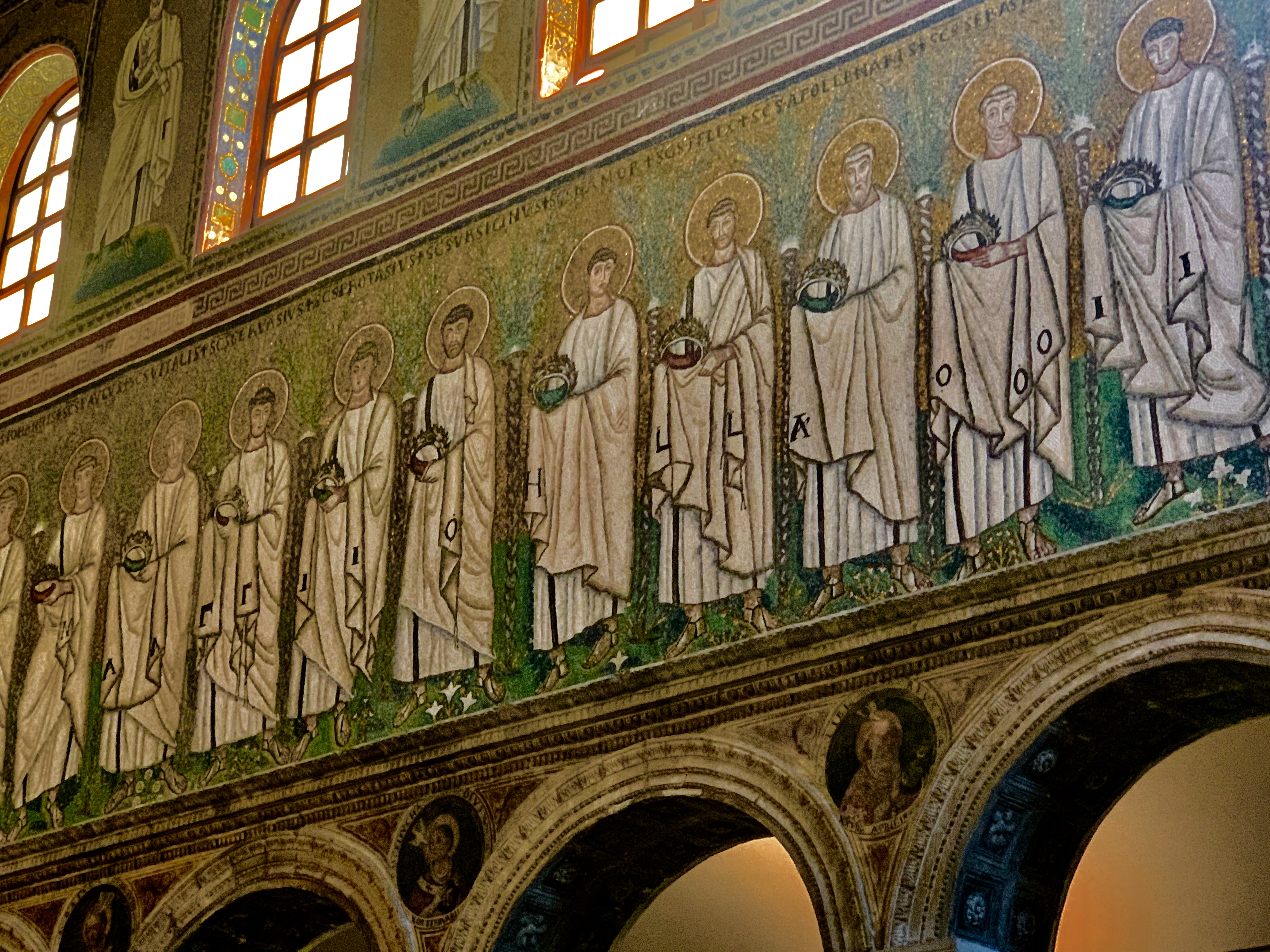
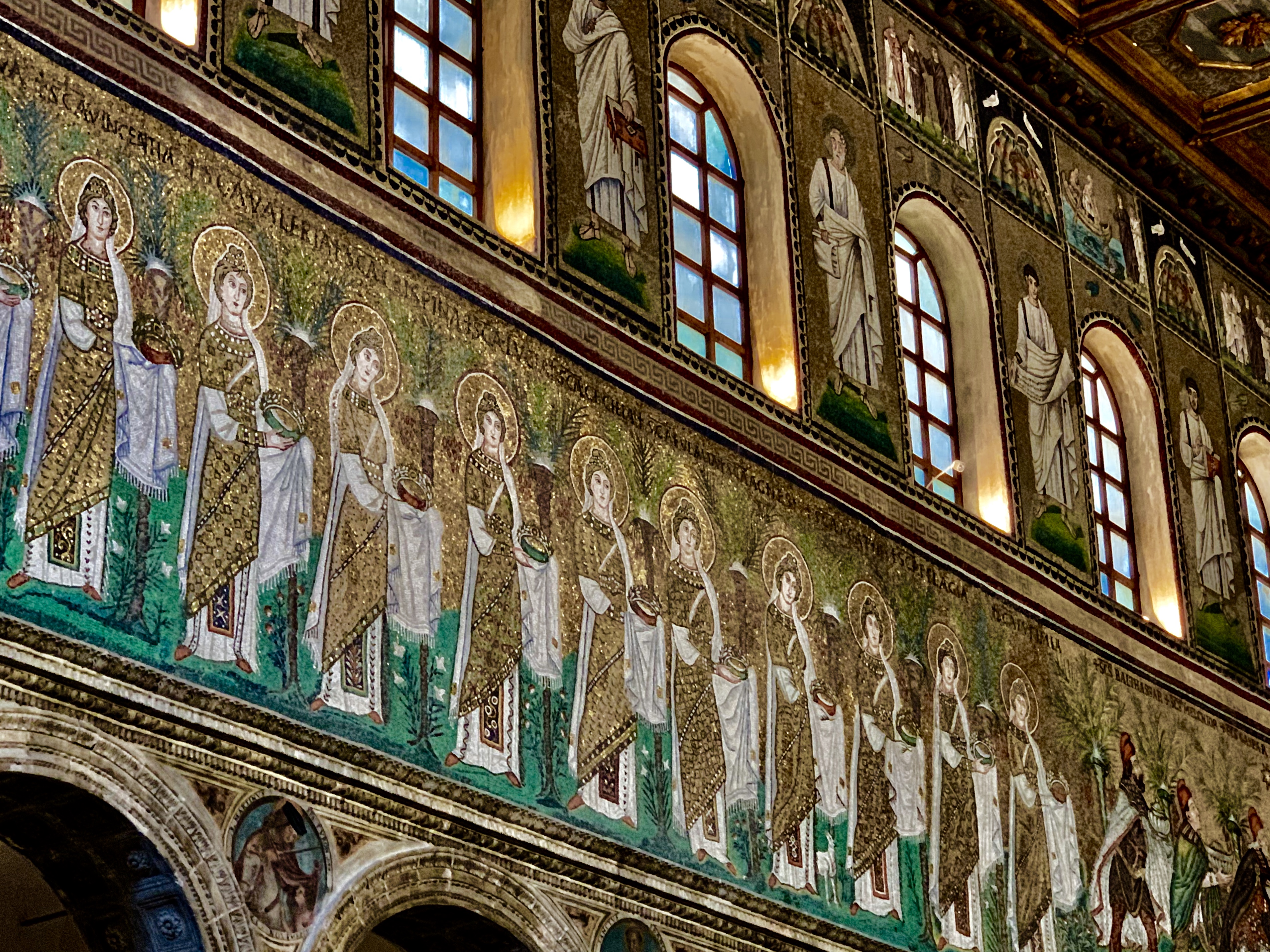
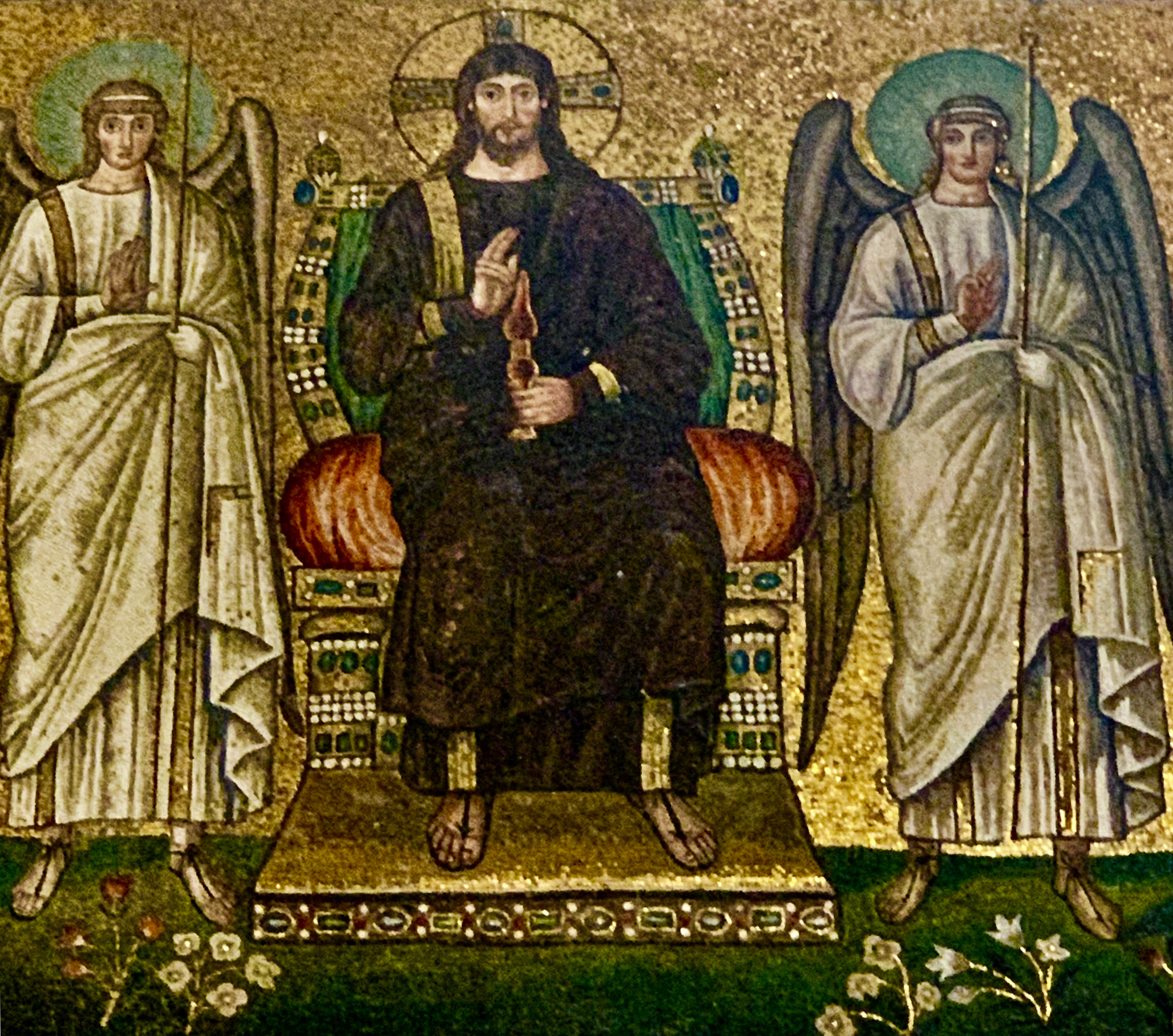
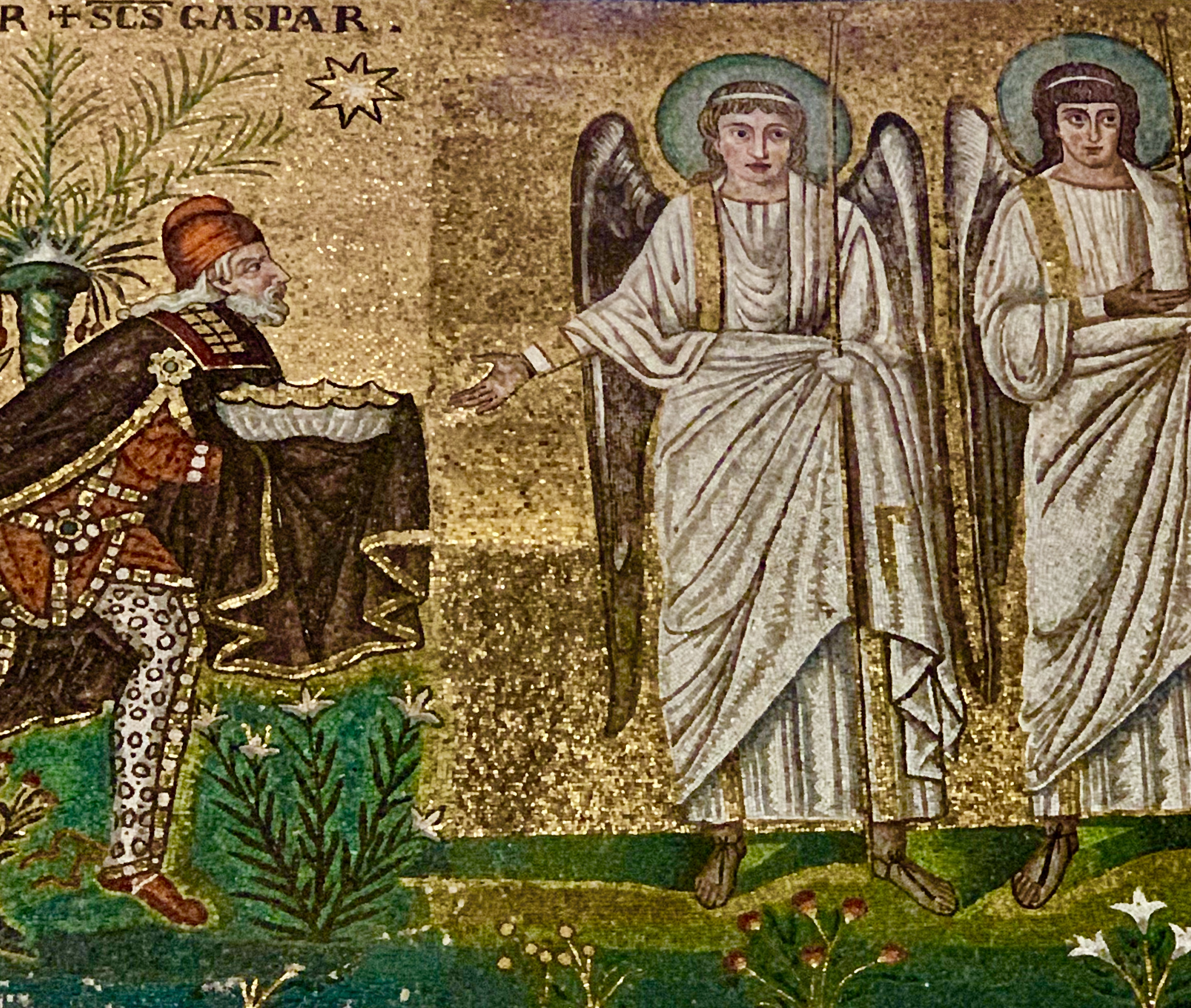
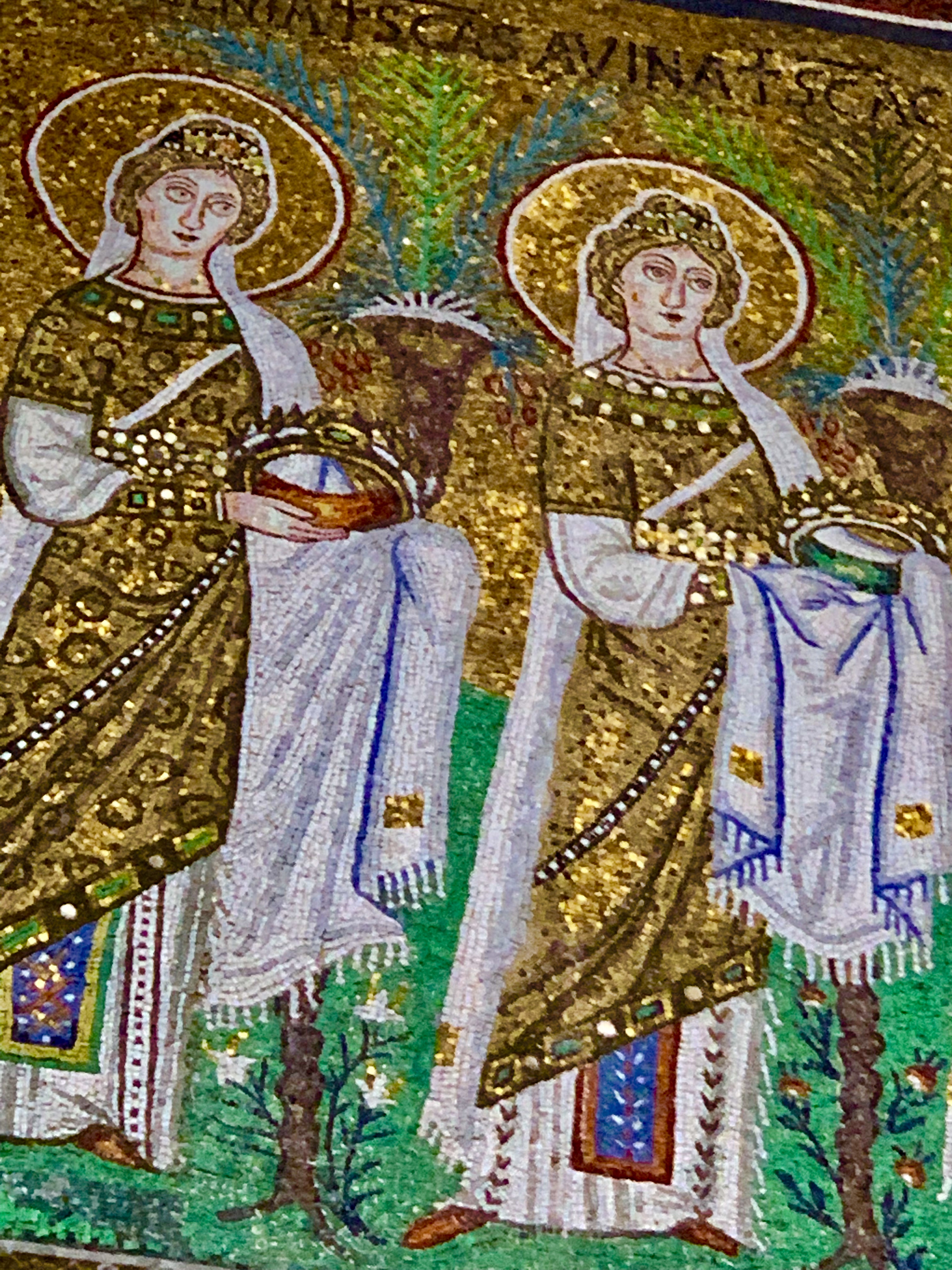
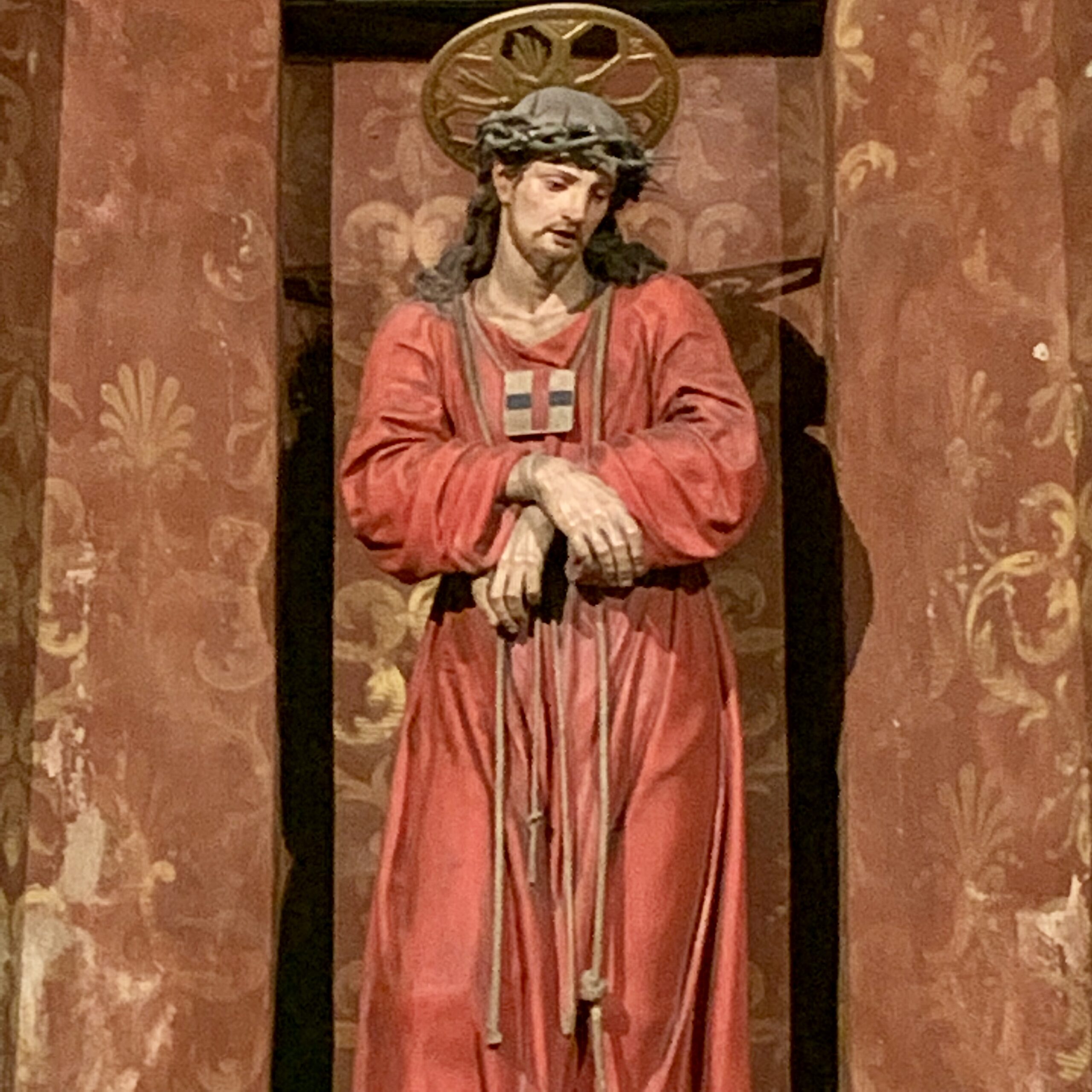
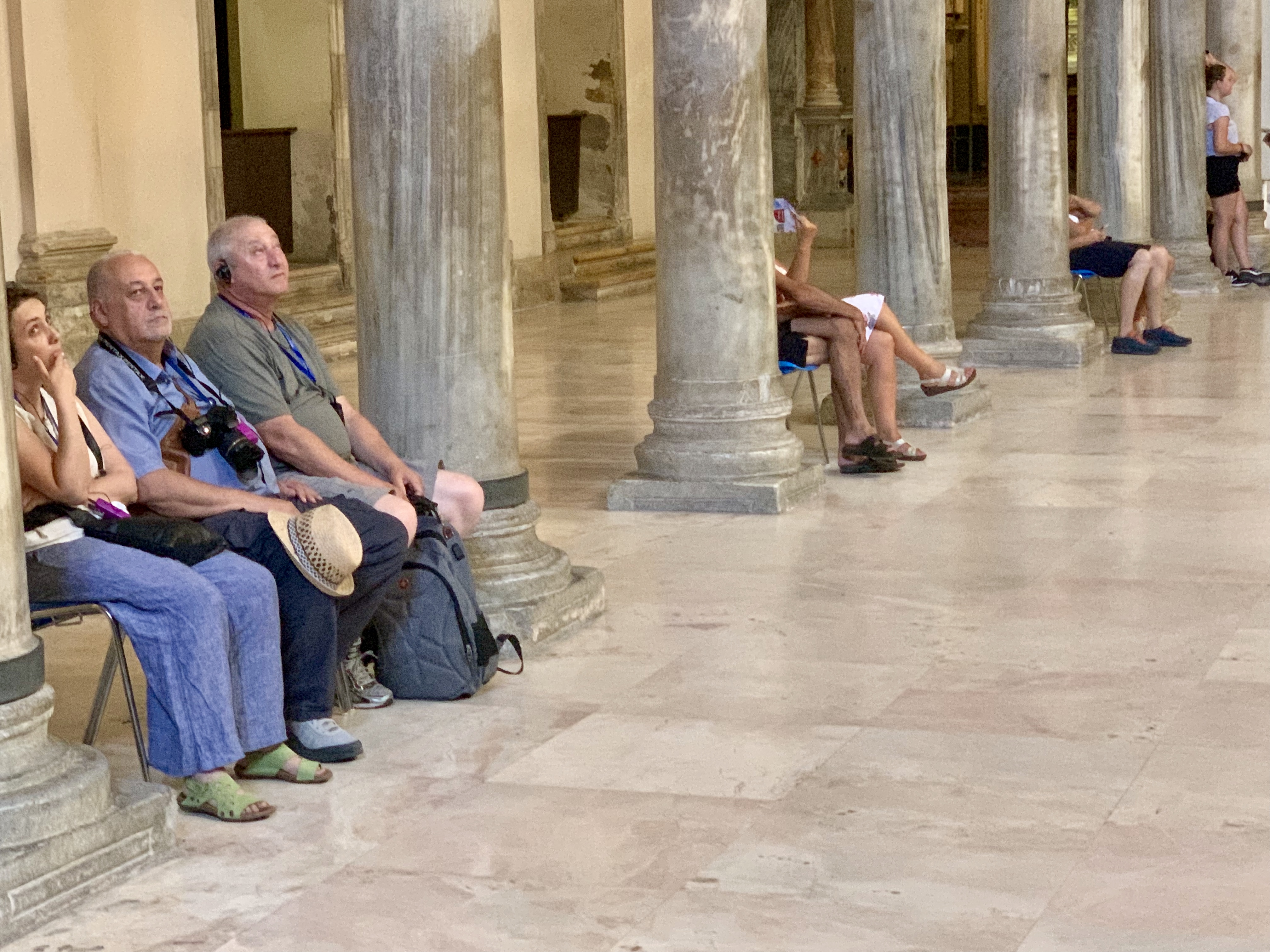
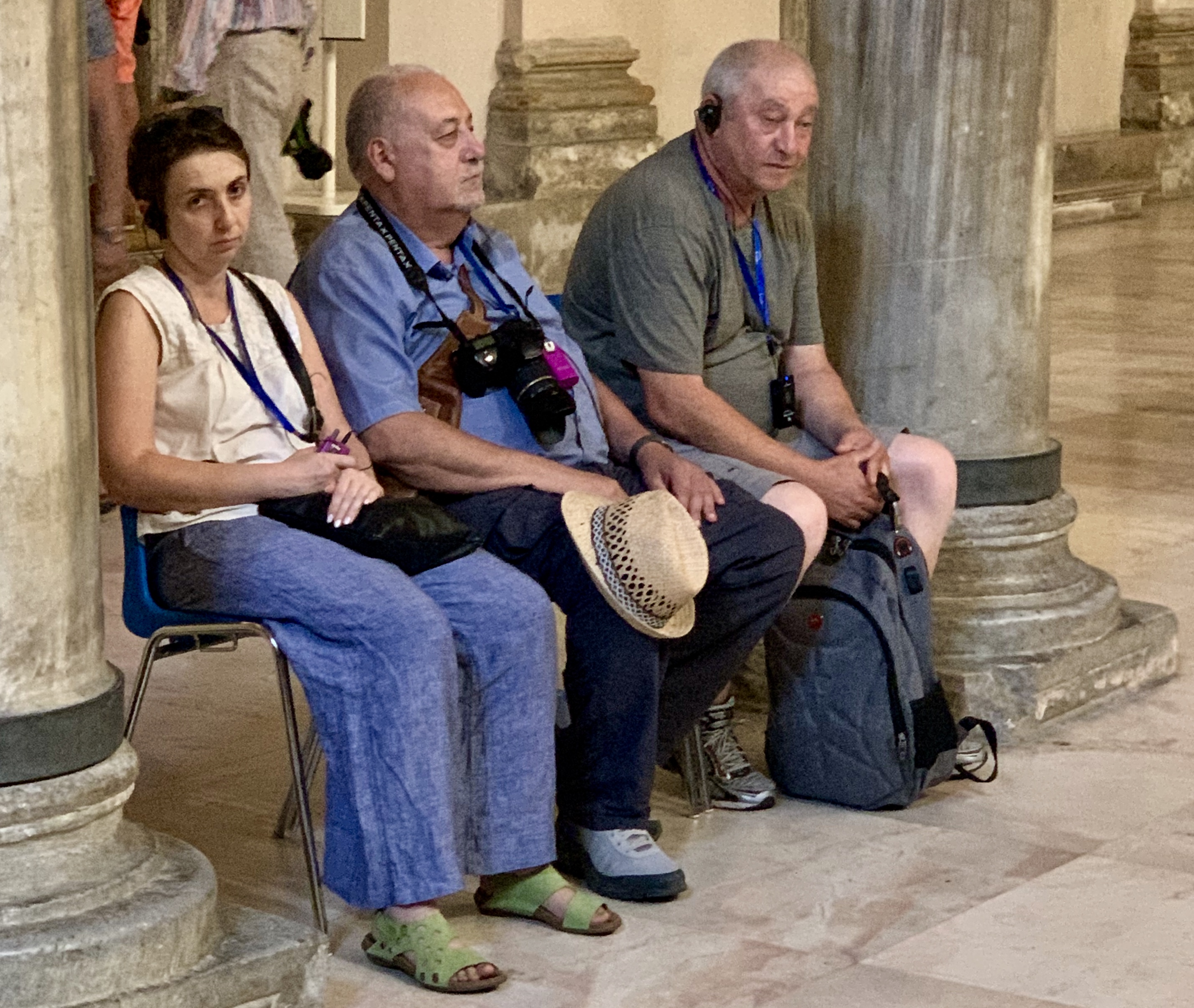
Battistero degli Ariani
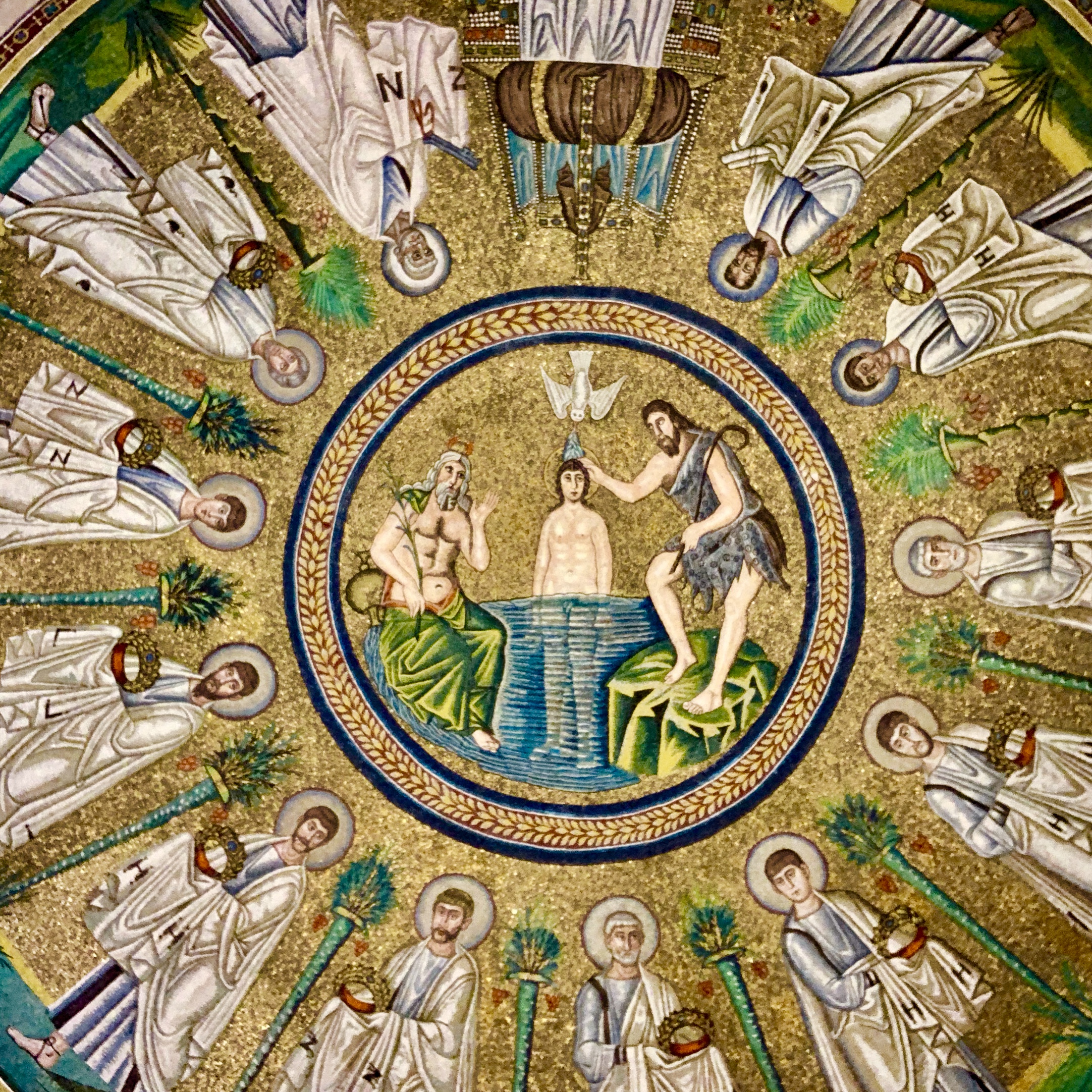
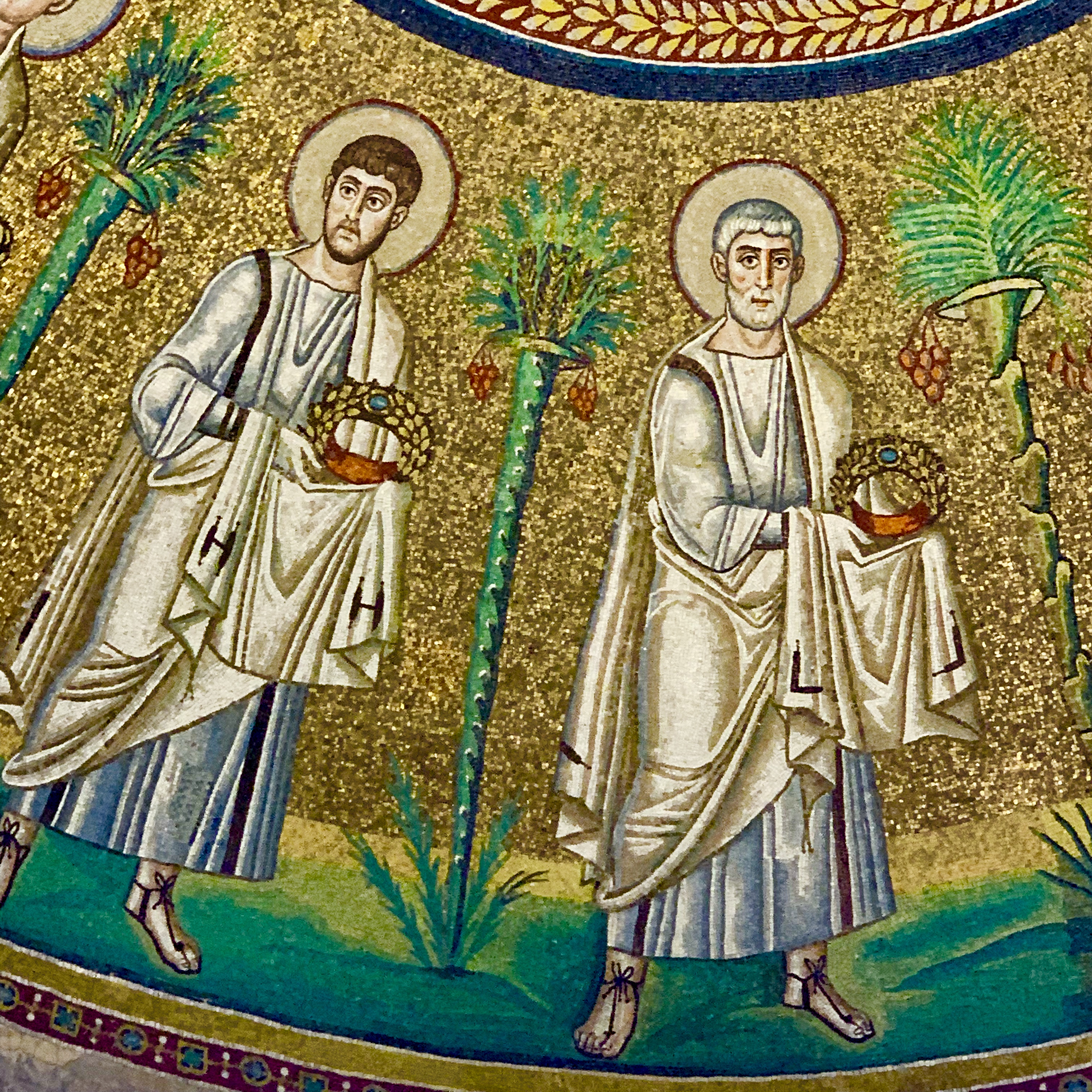
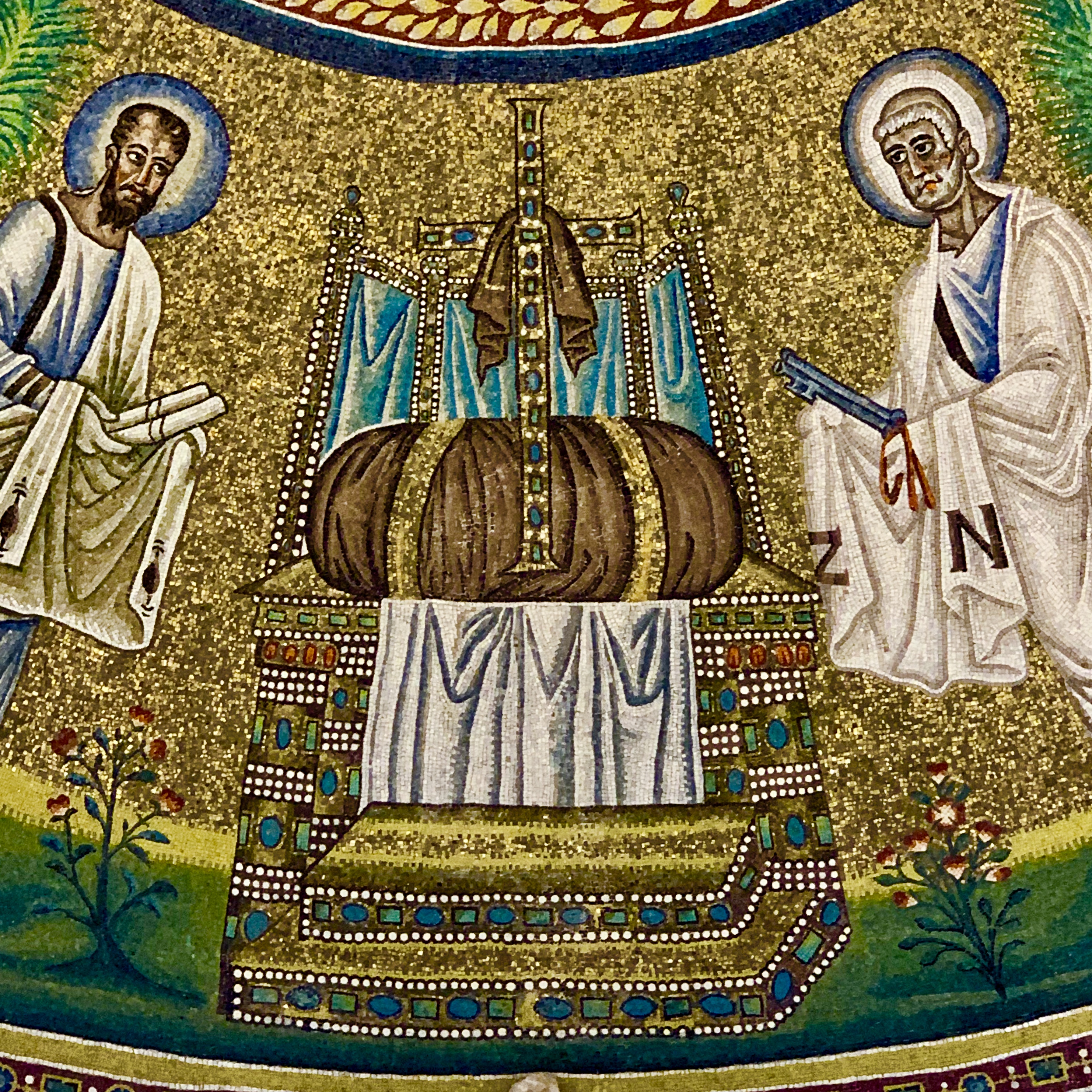
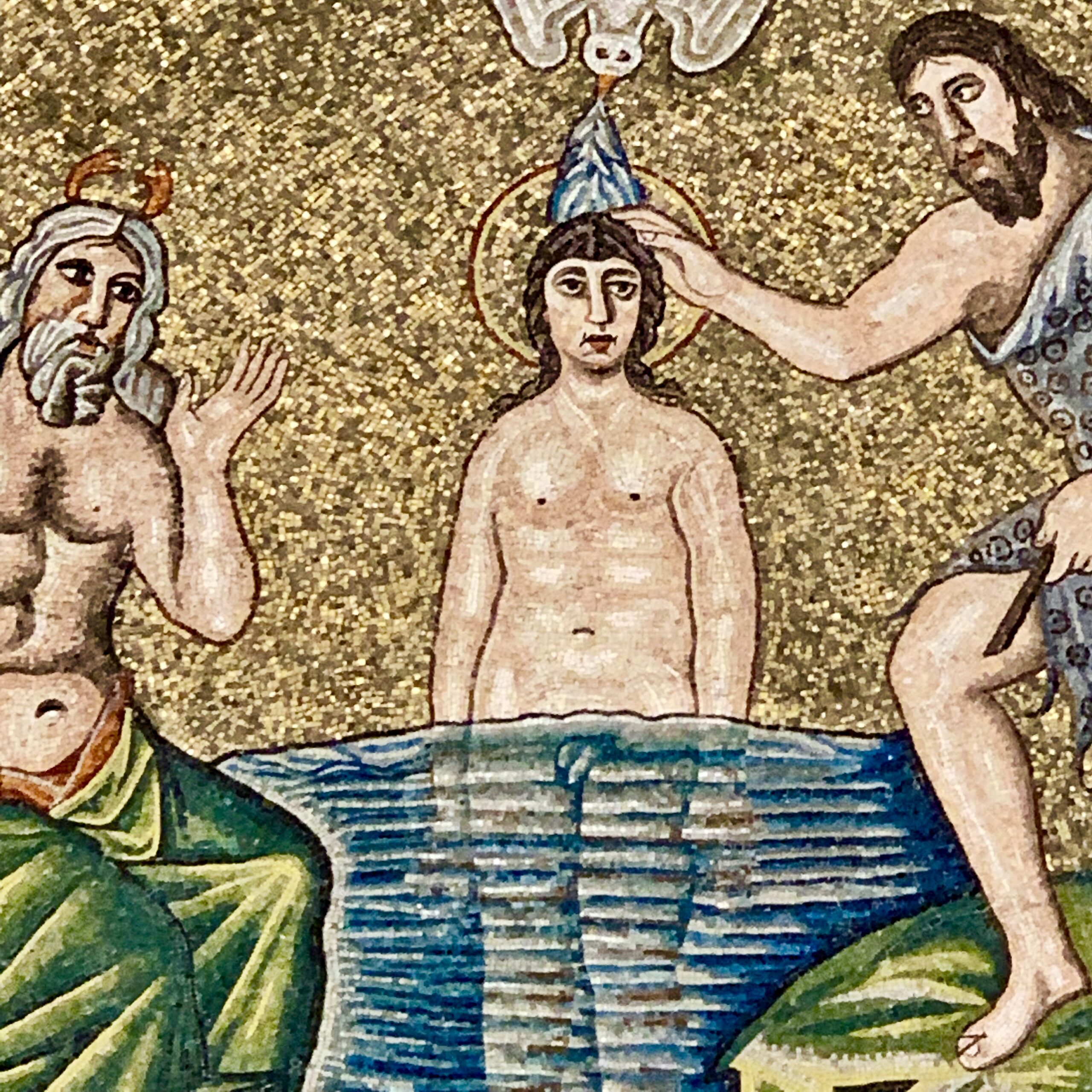
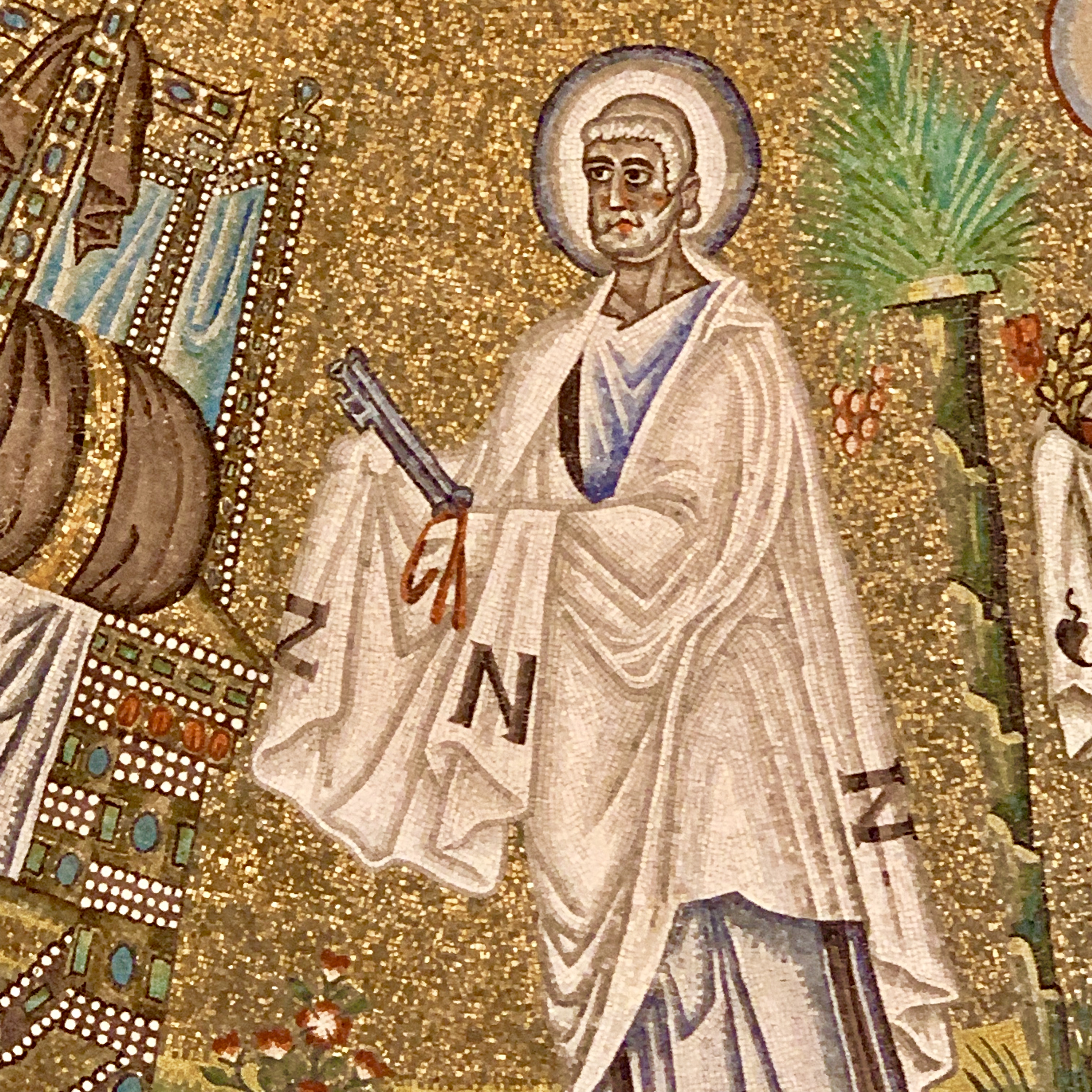
Basilica di San Vitale
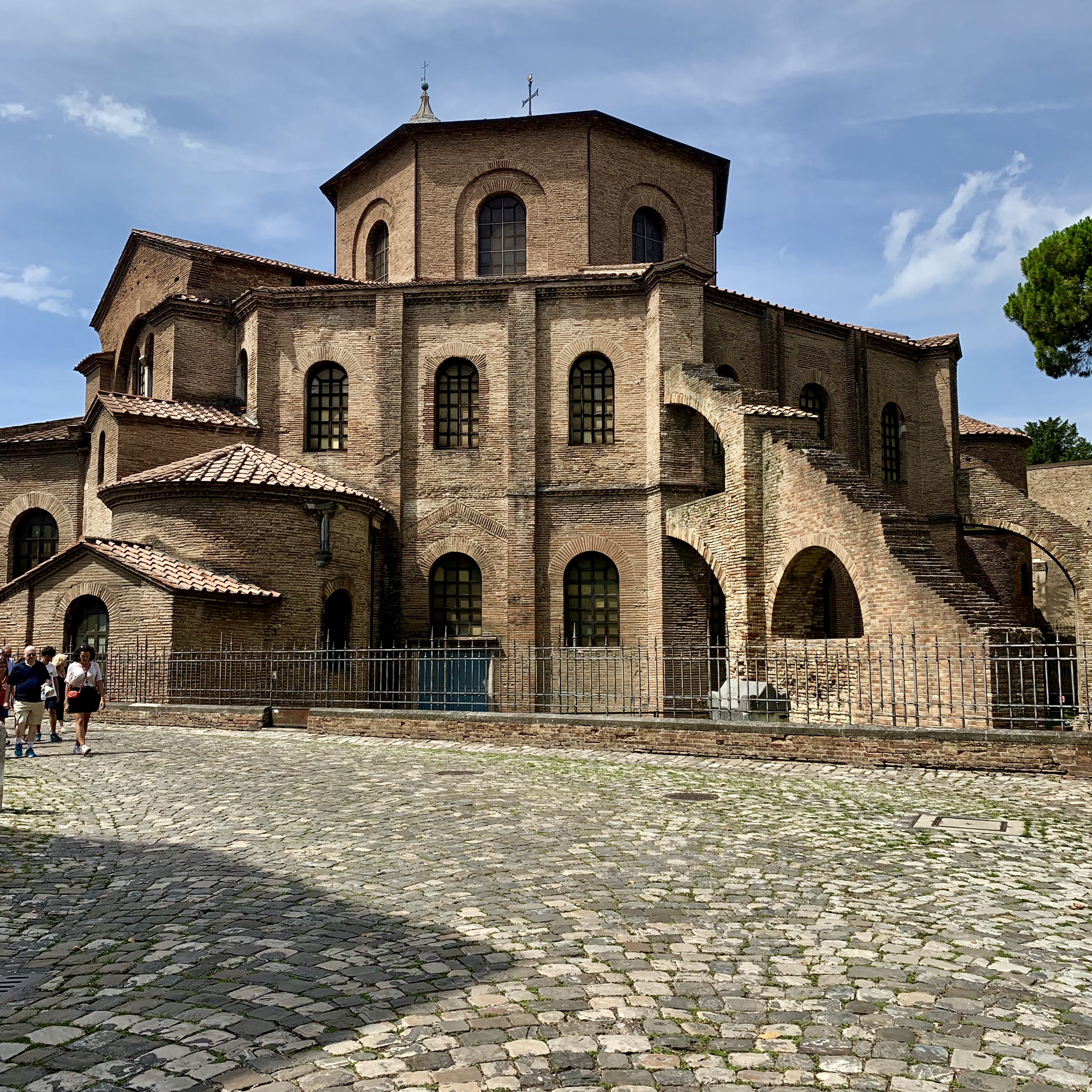
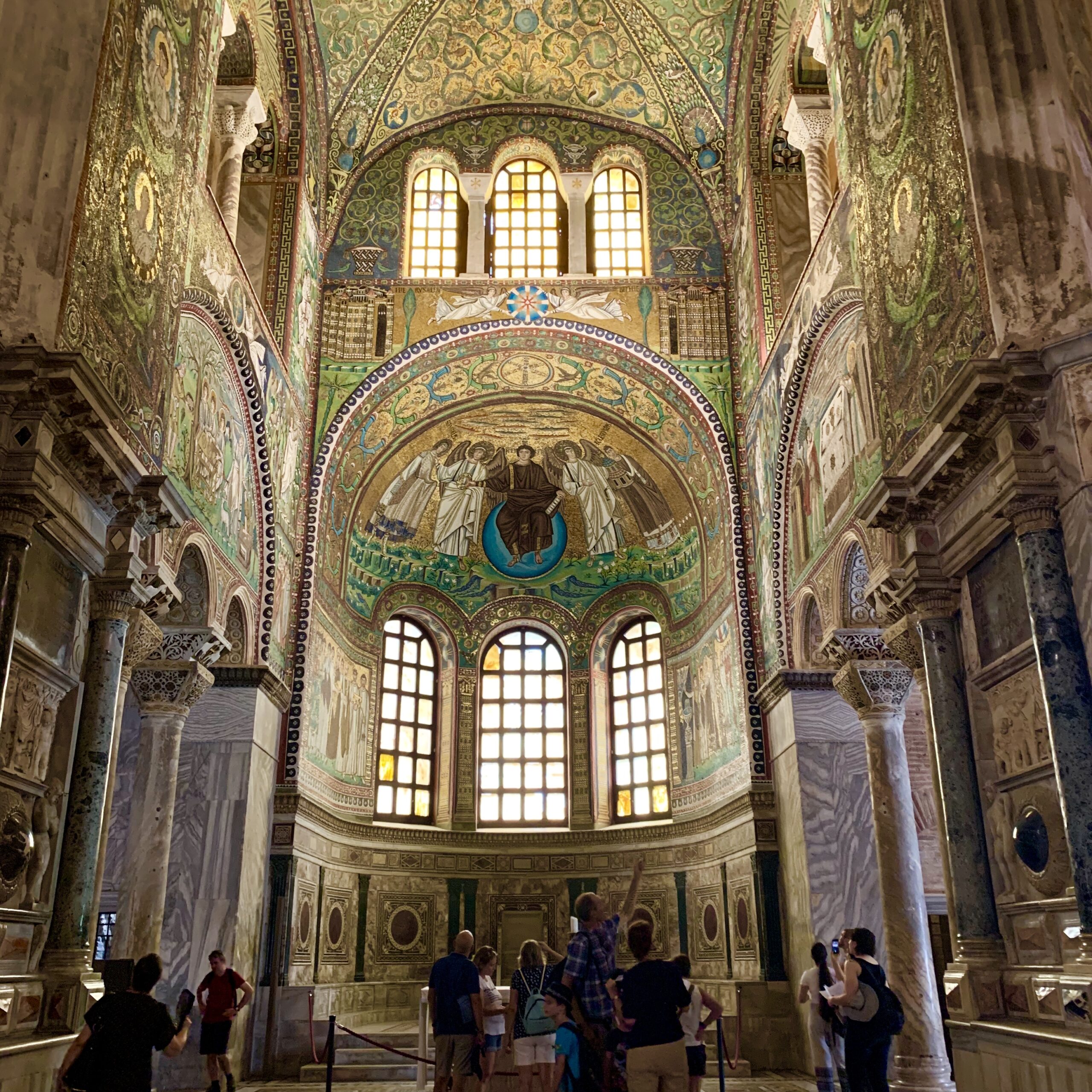
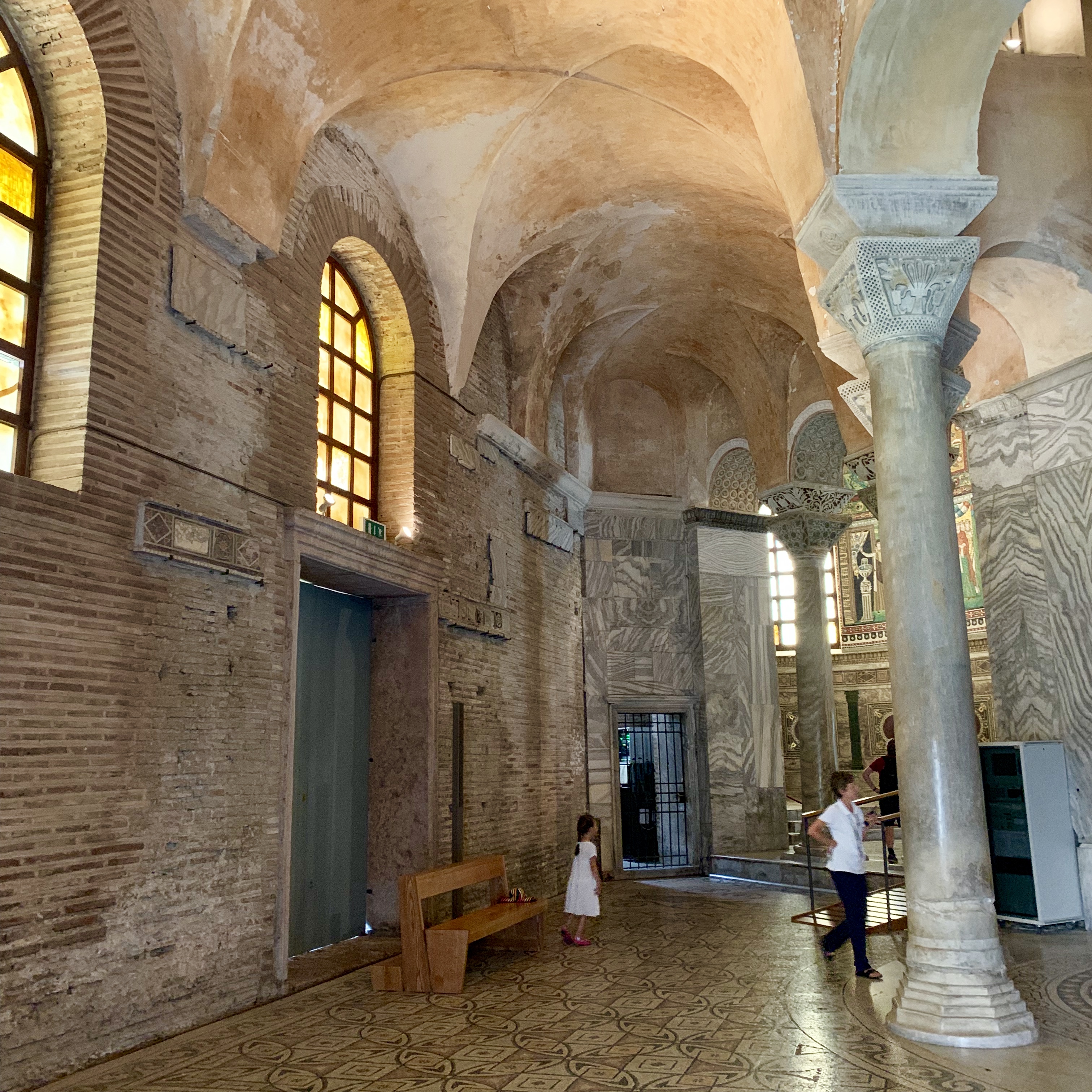
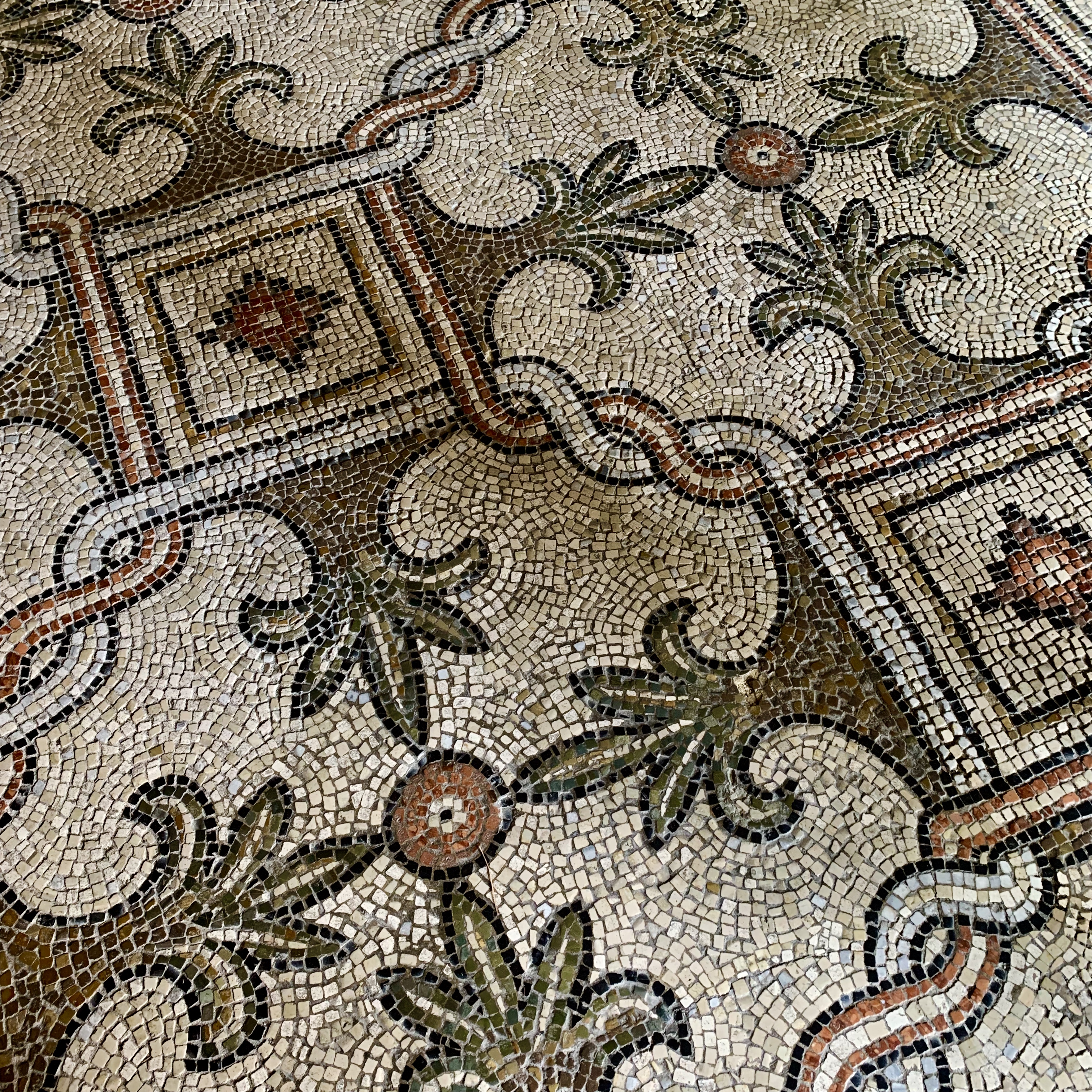
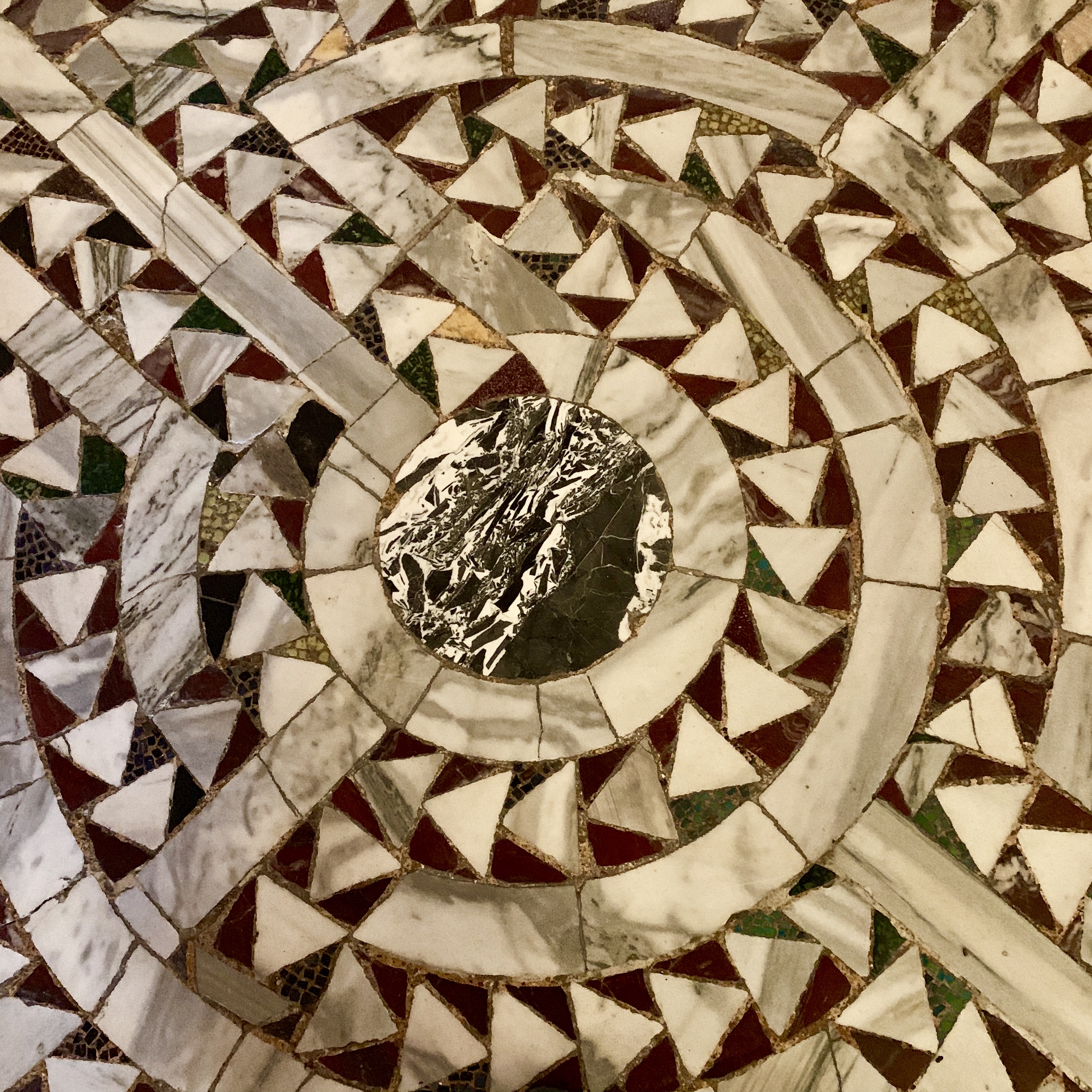
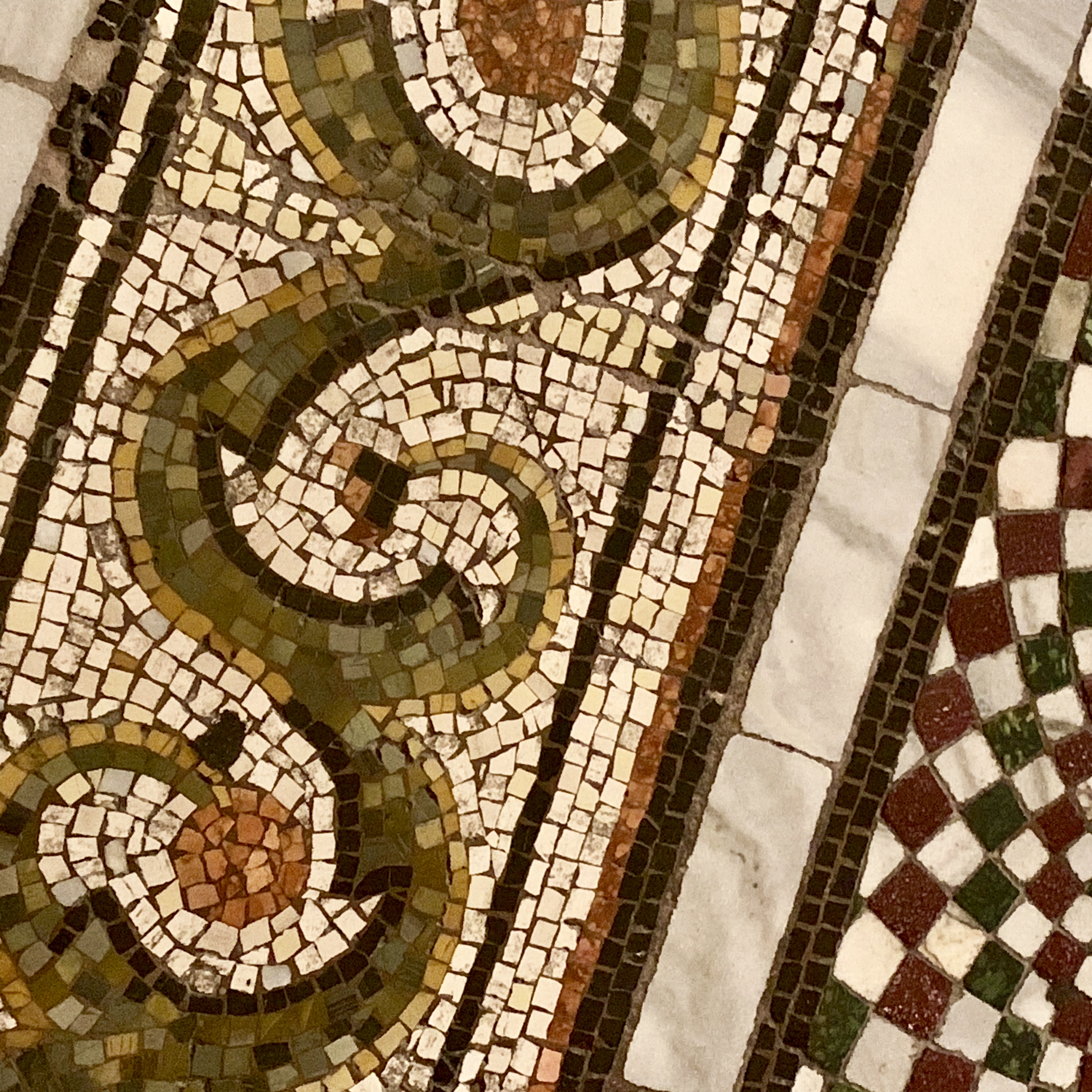
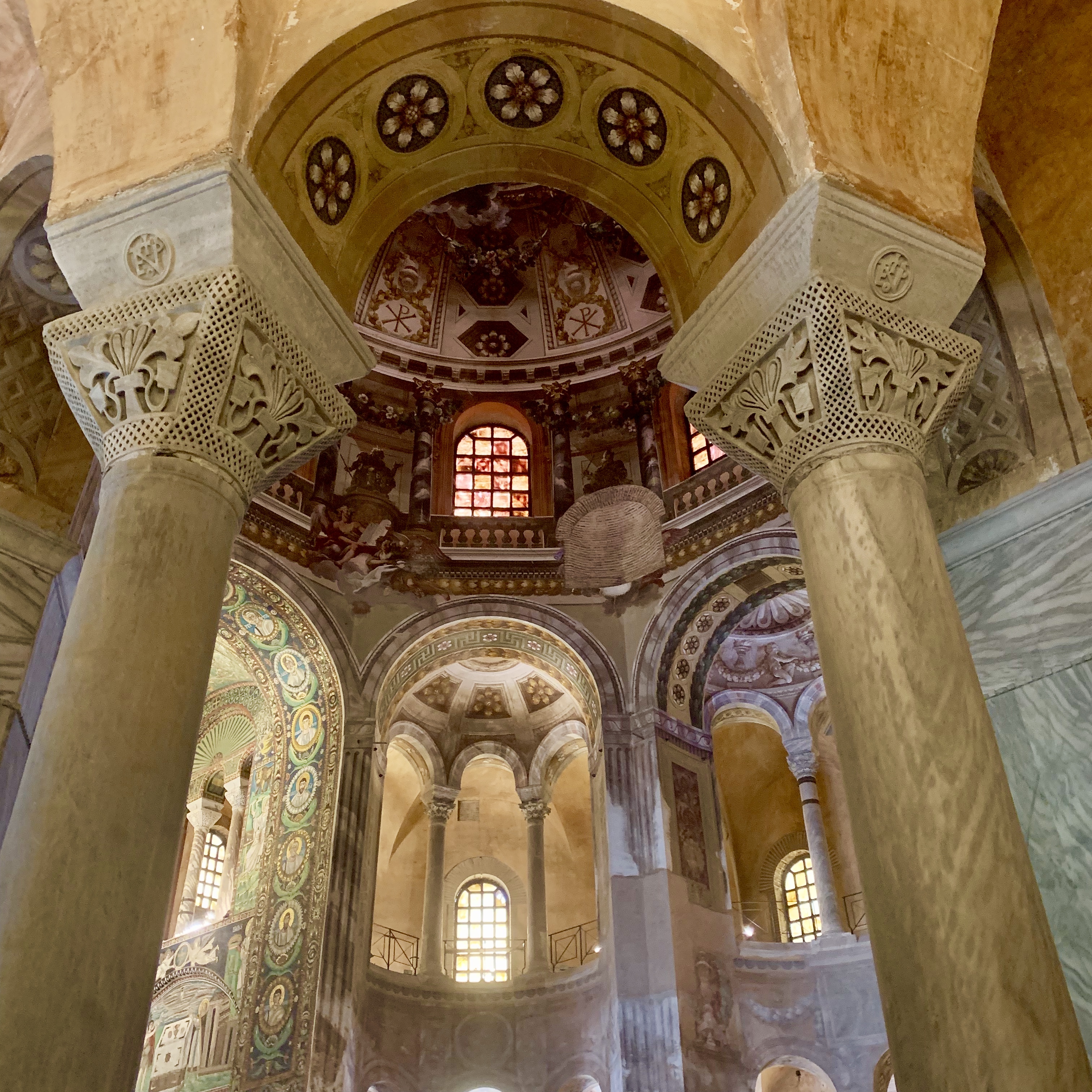
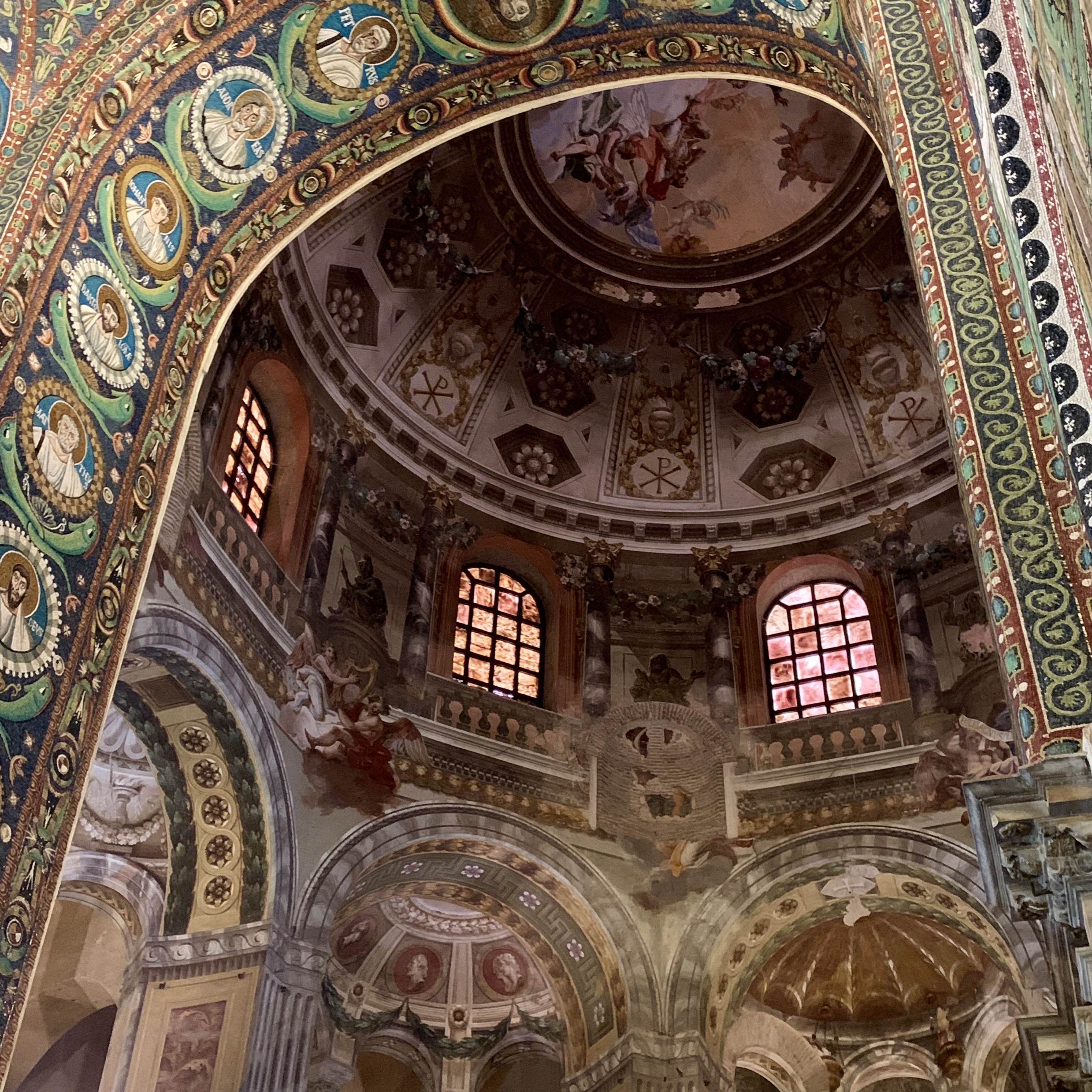
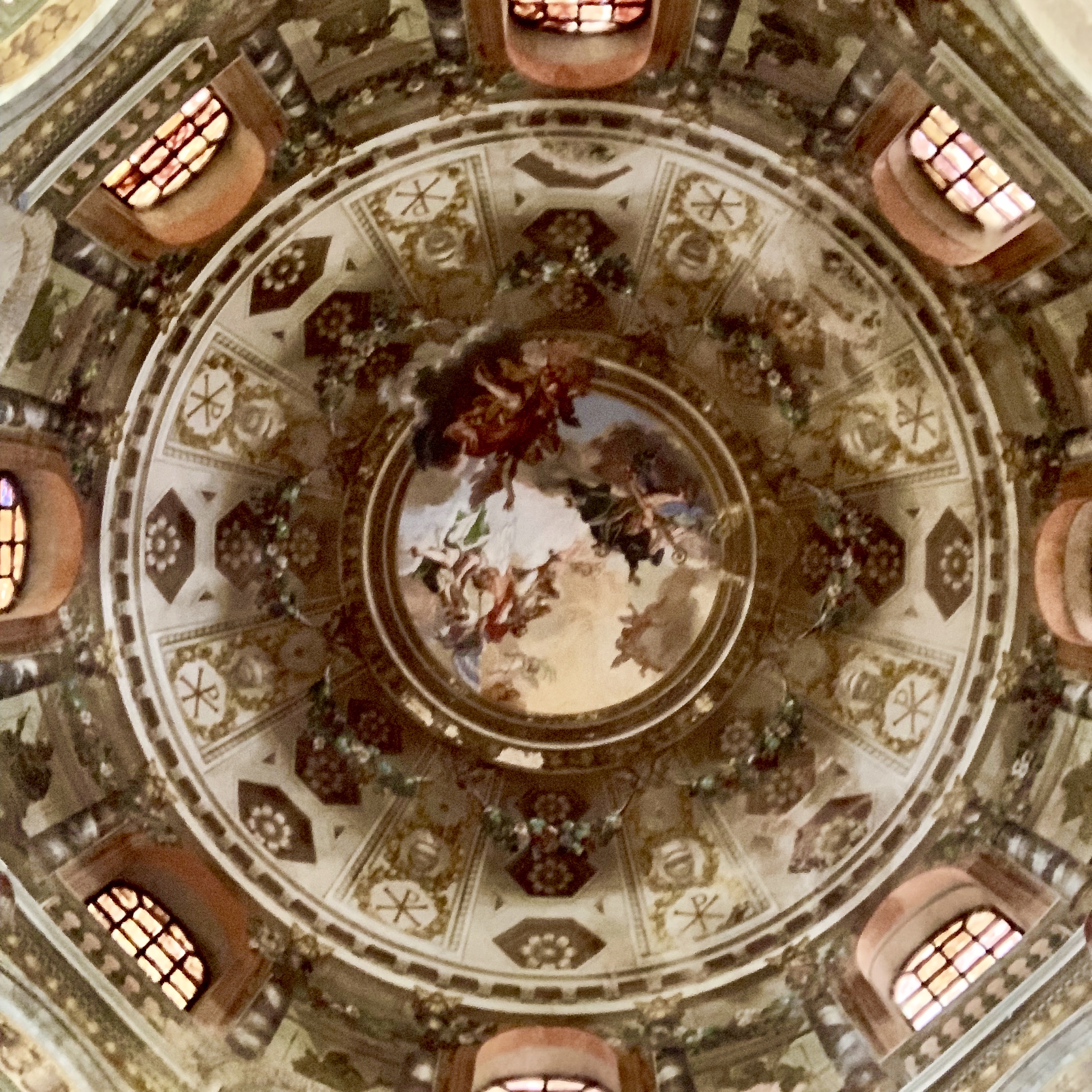
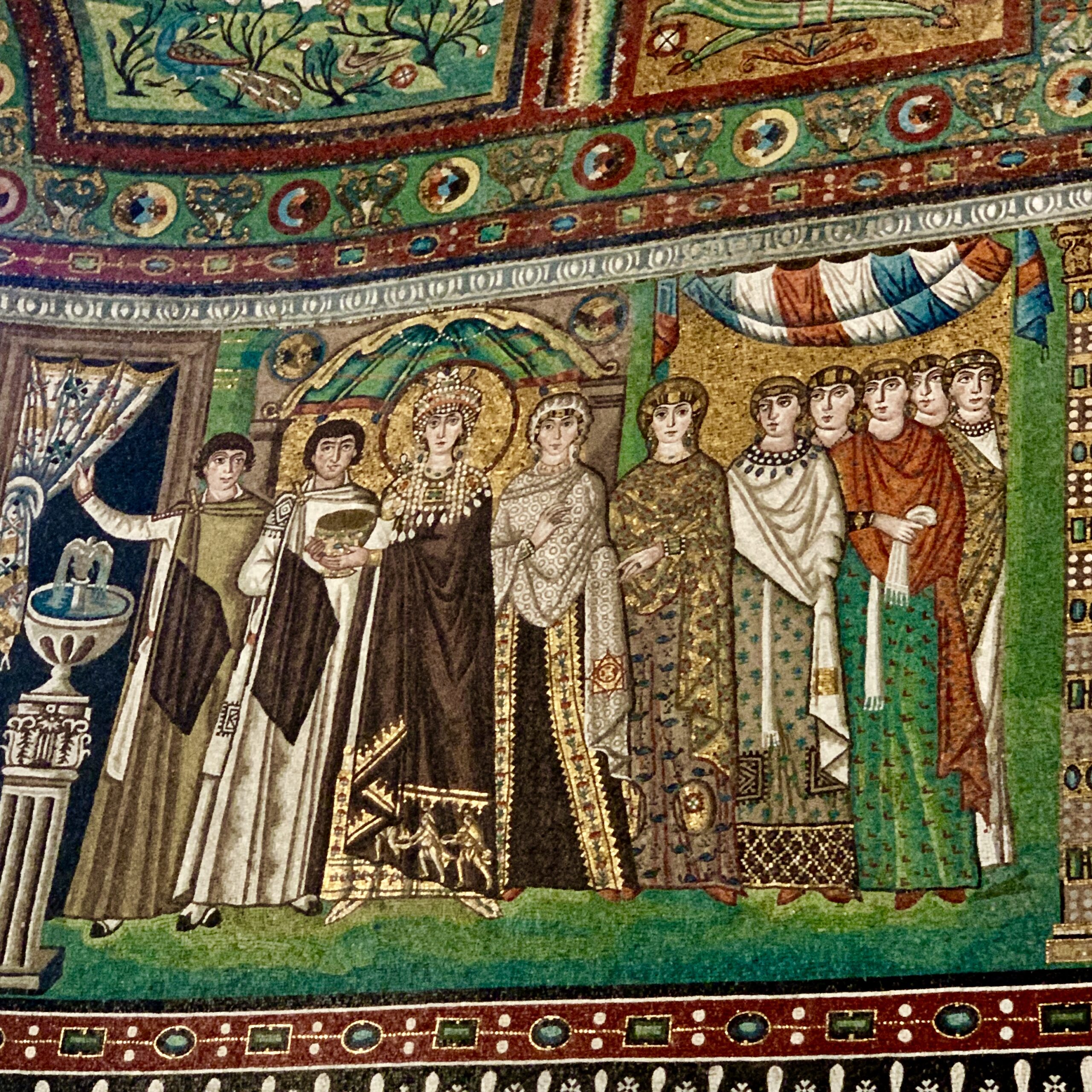
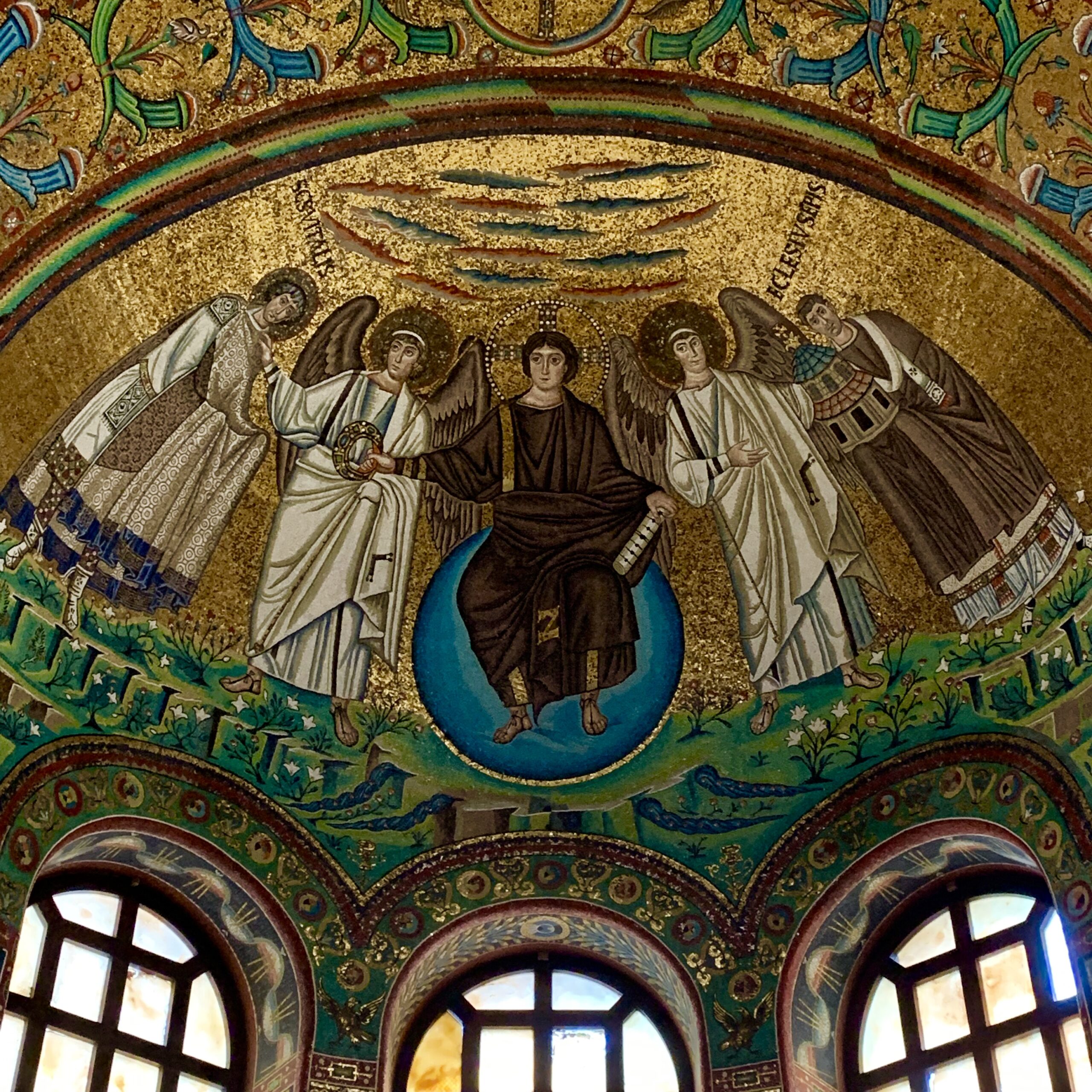
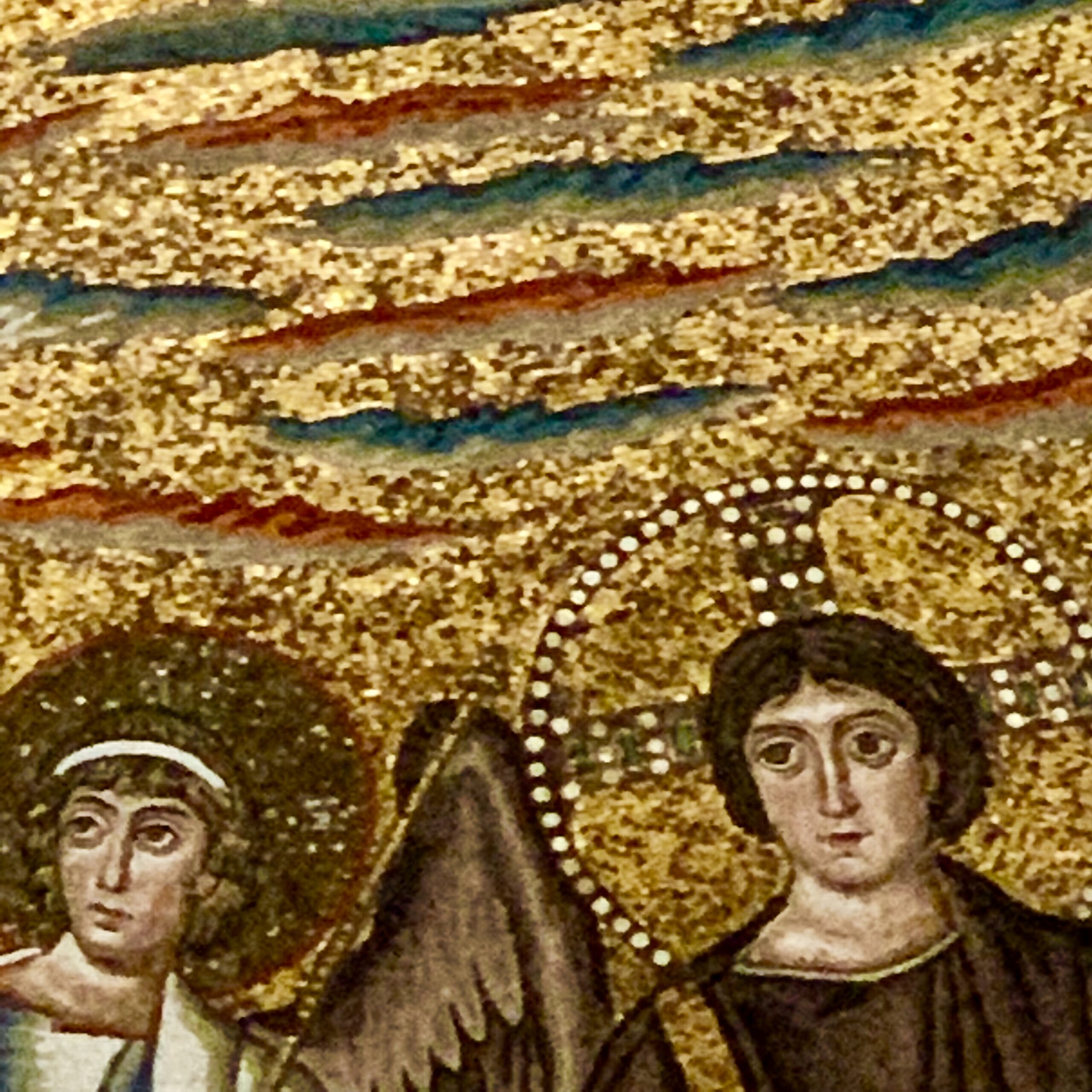
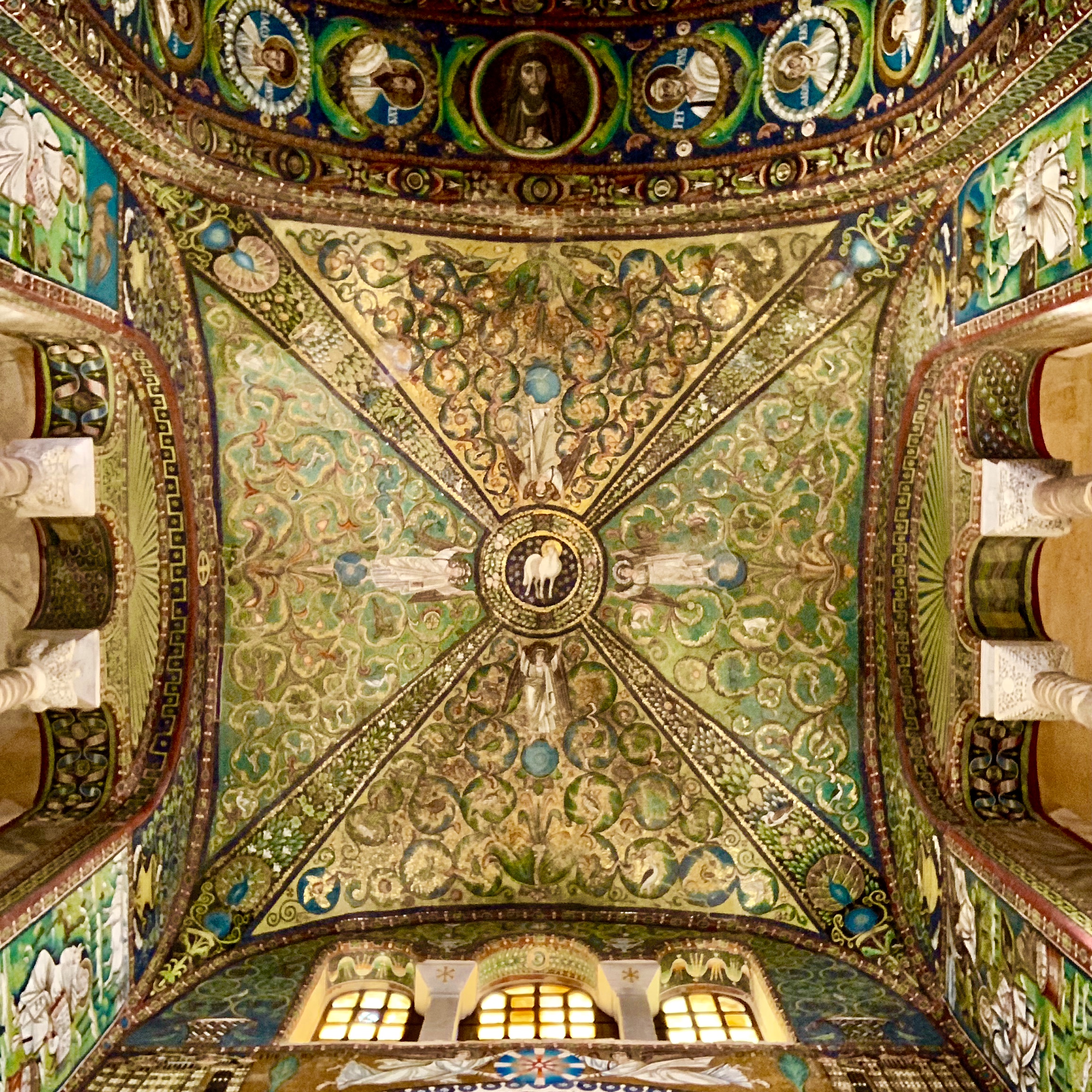

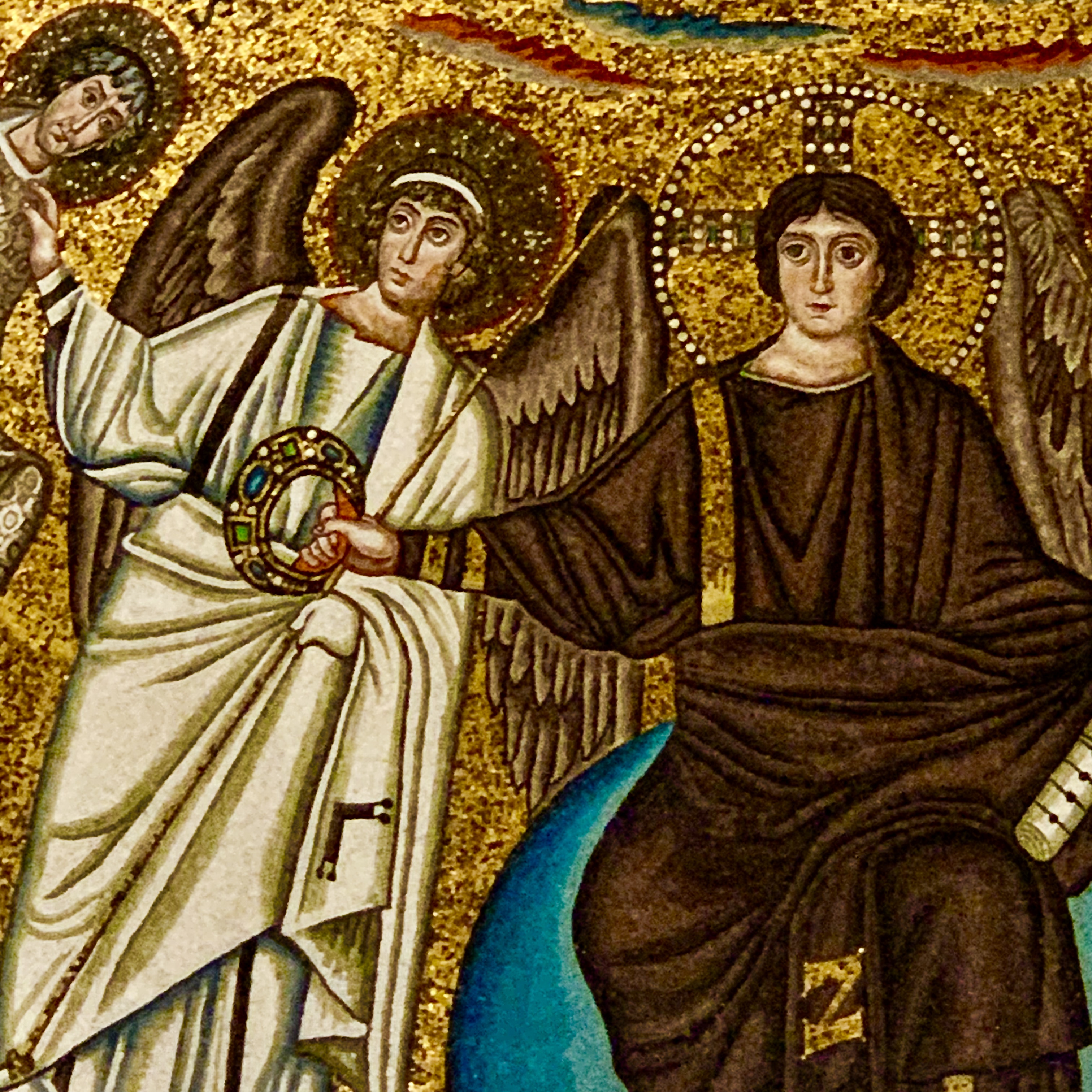
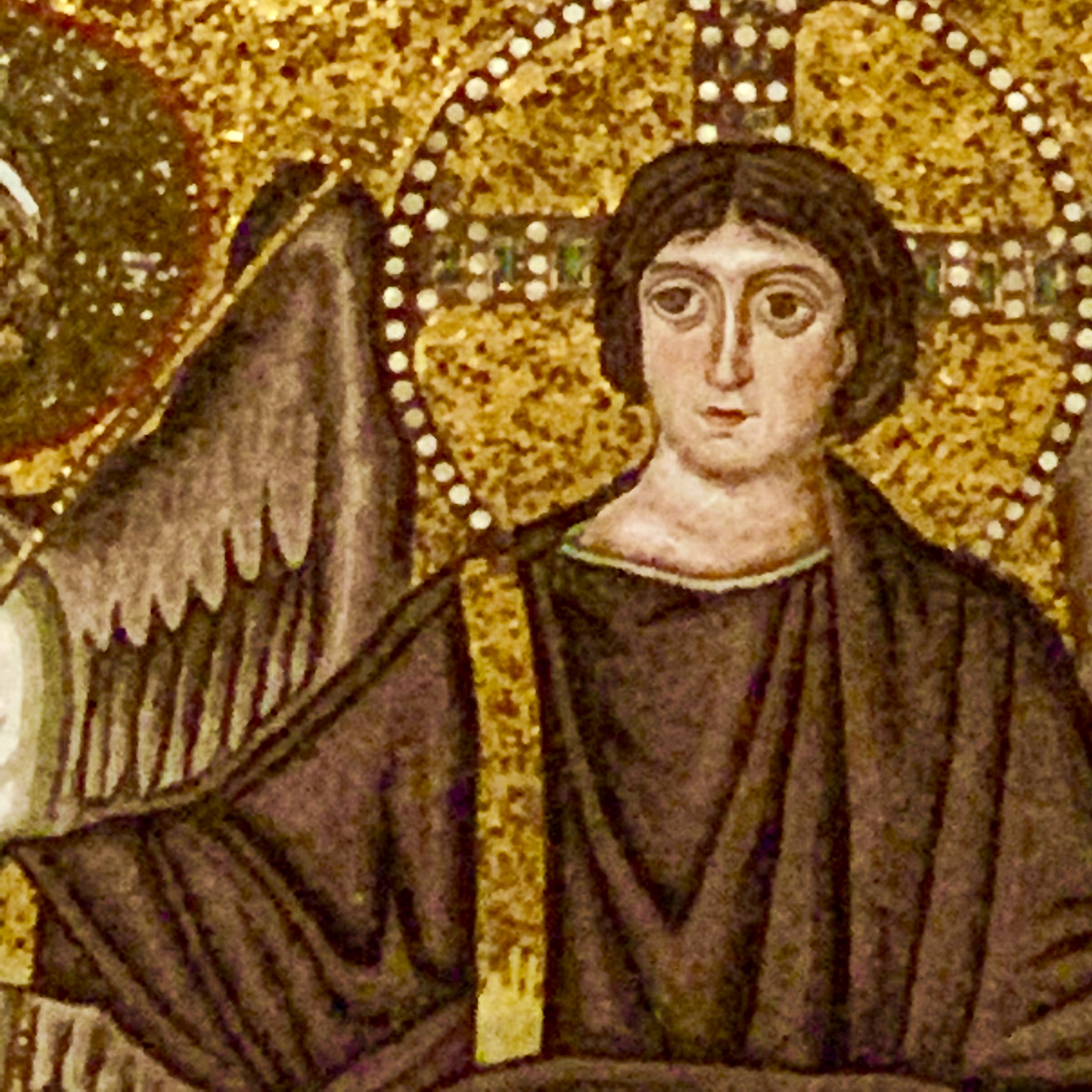
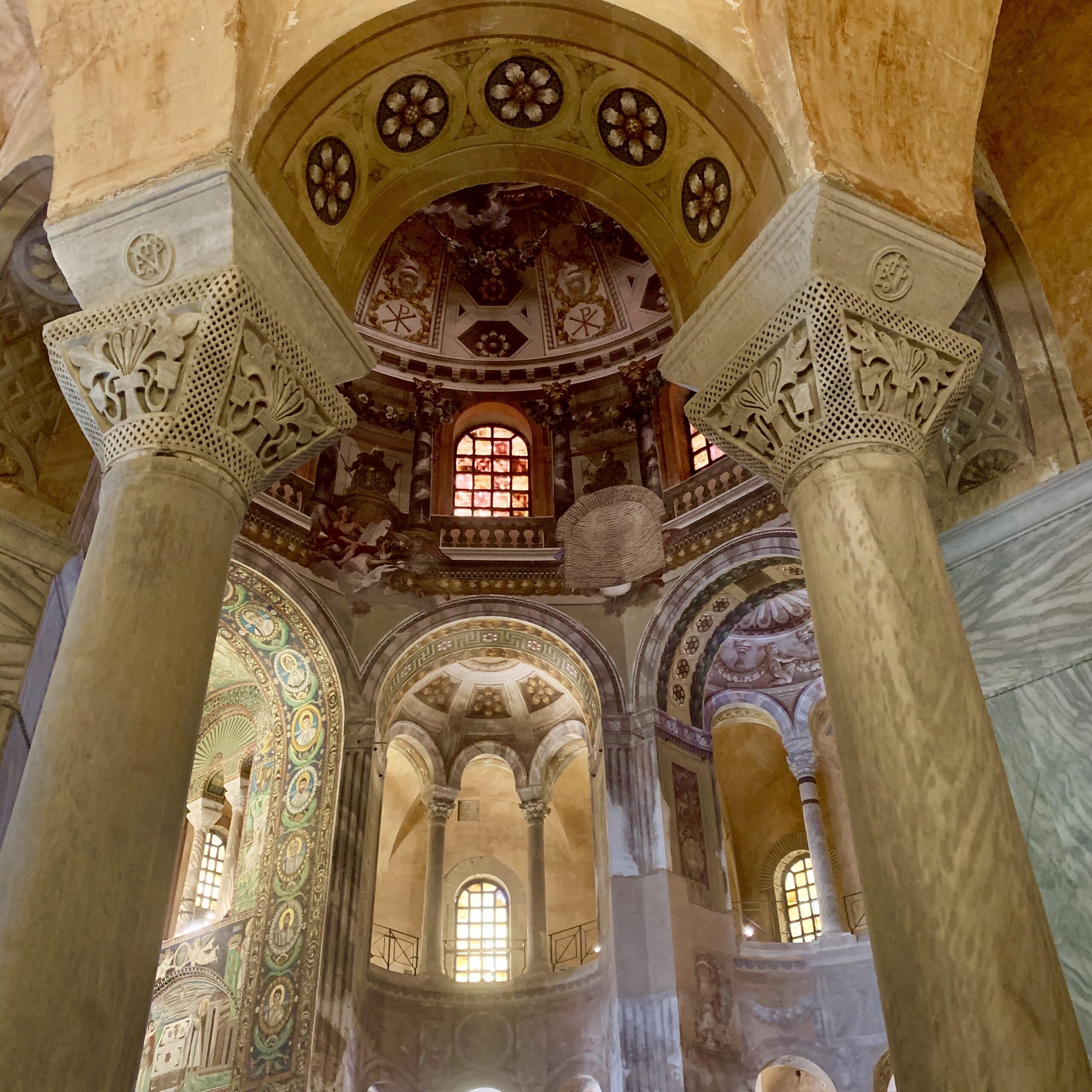
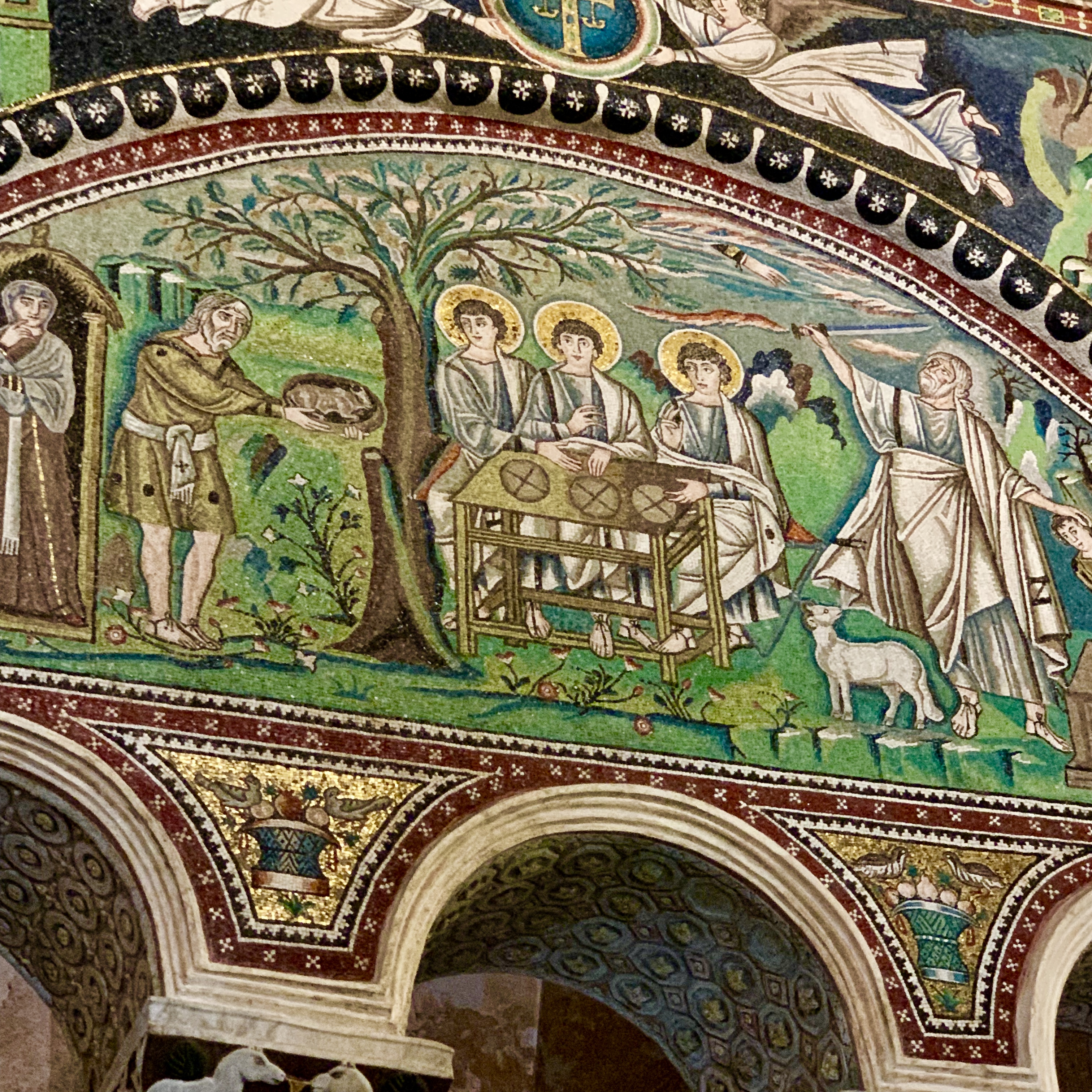
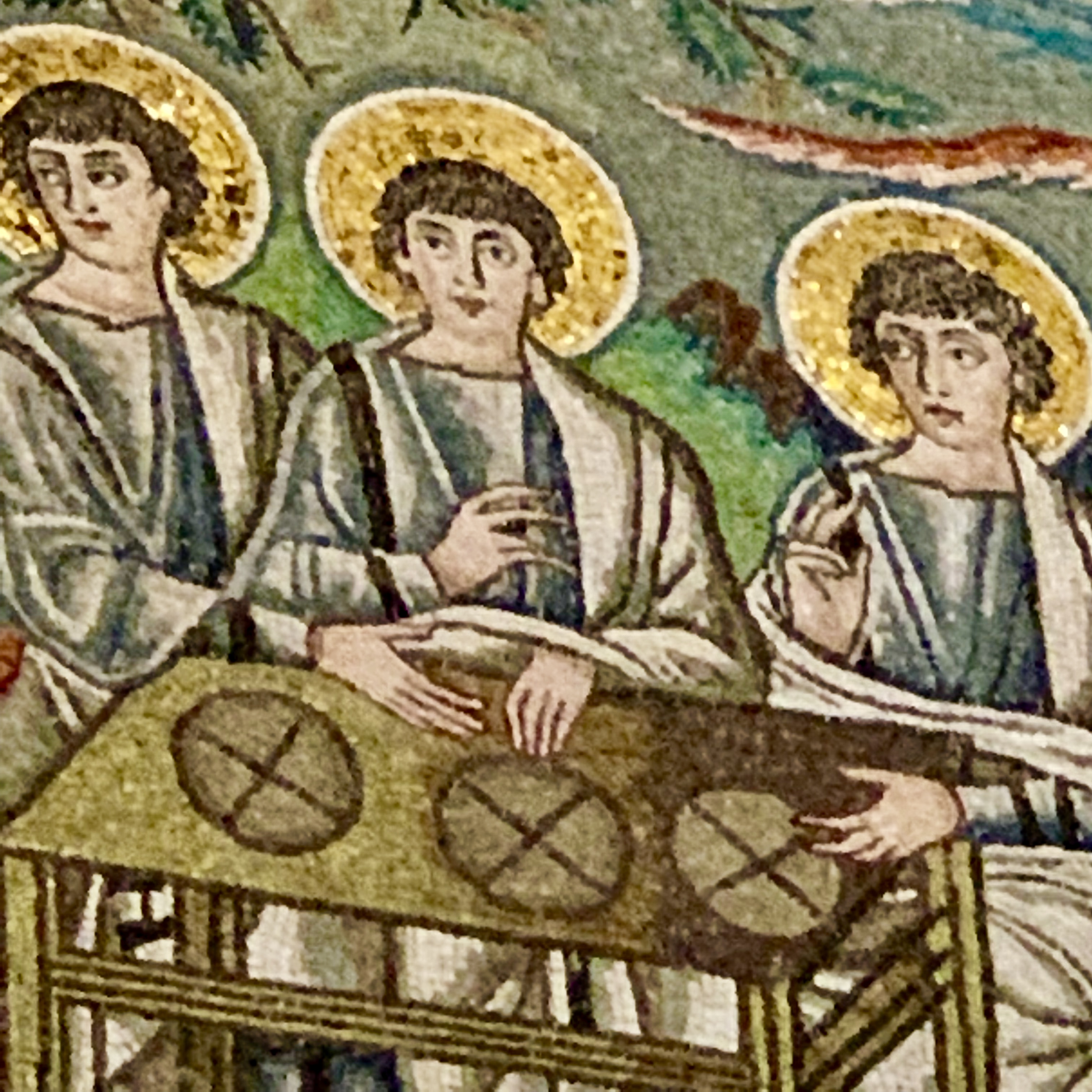
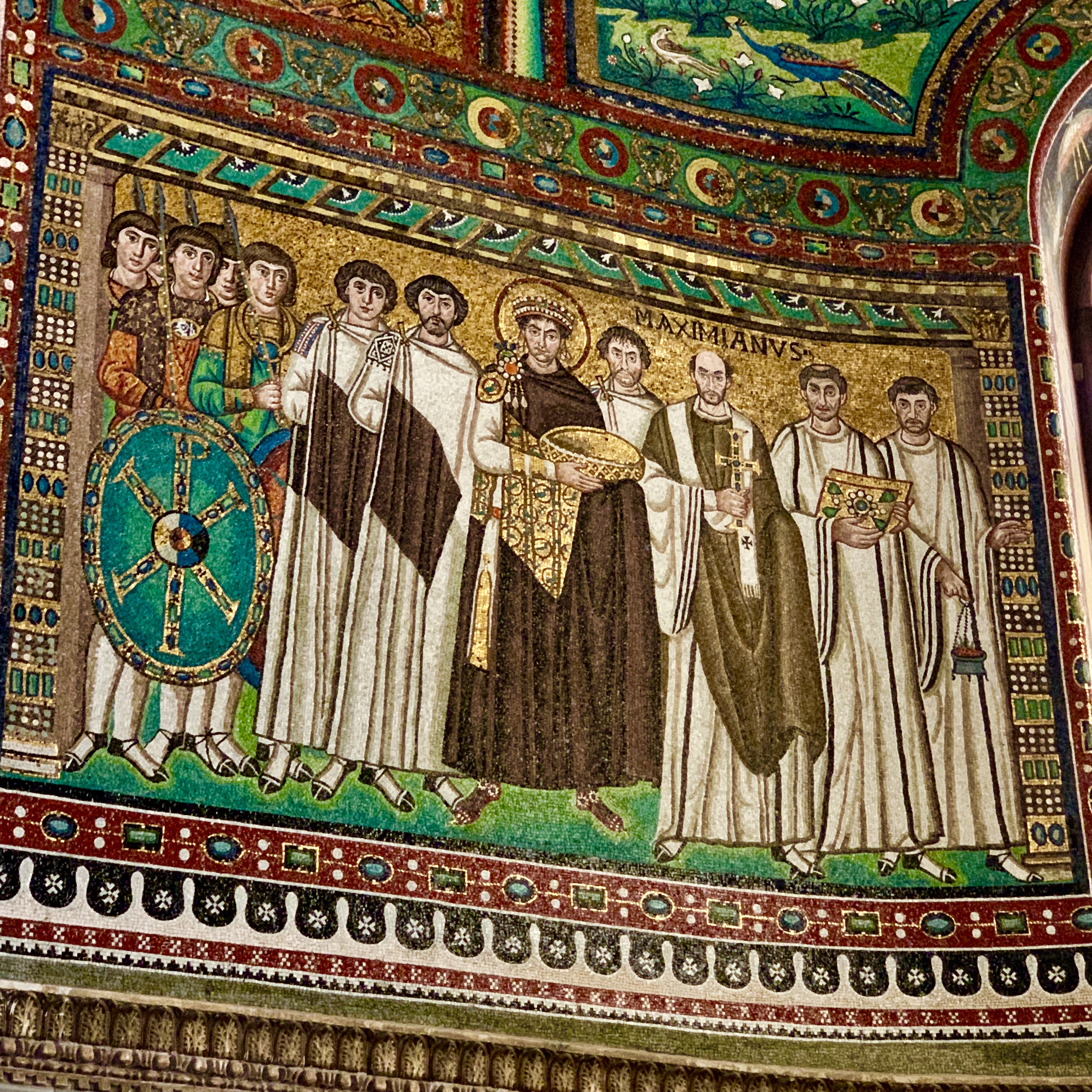
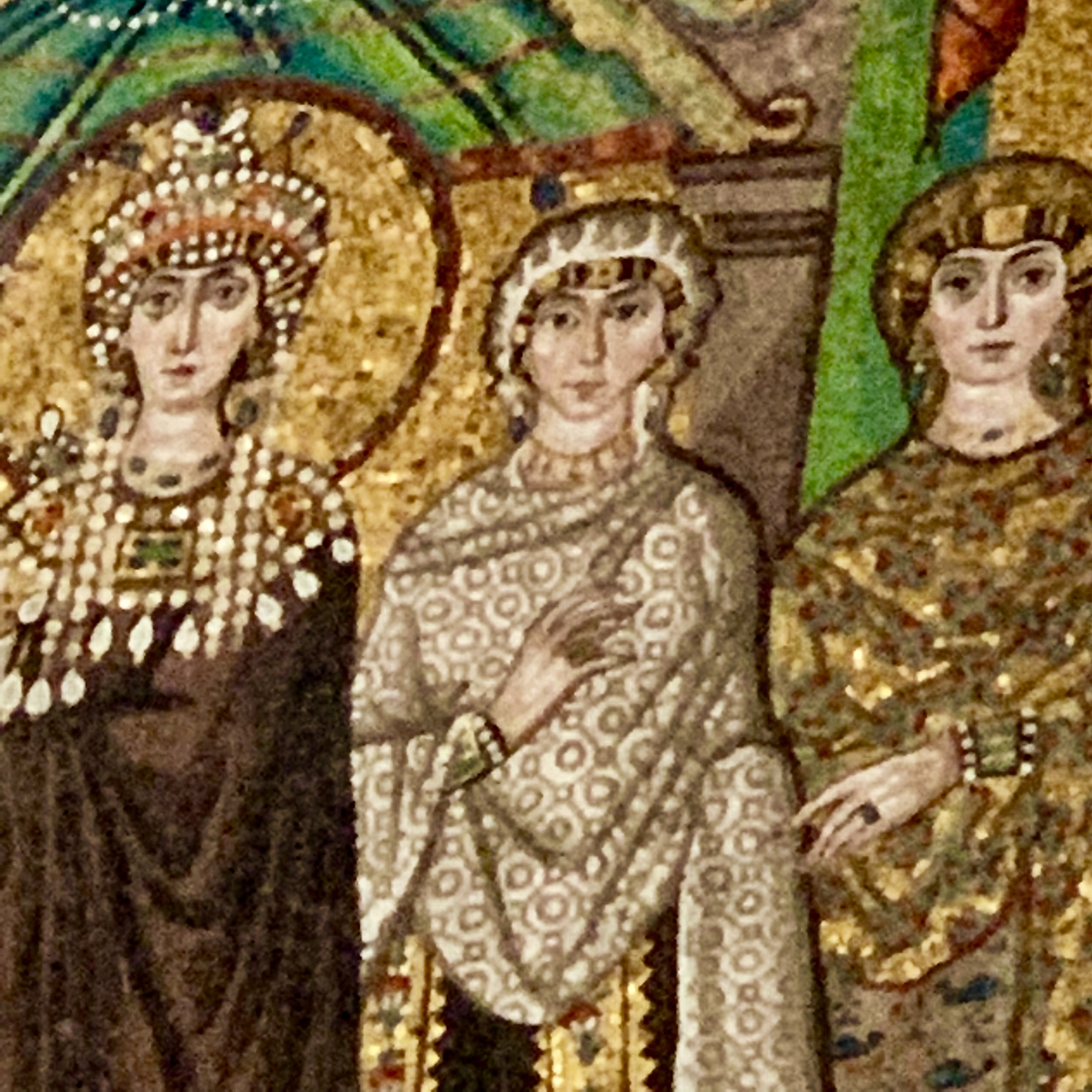
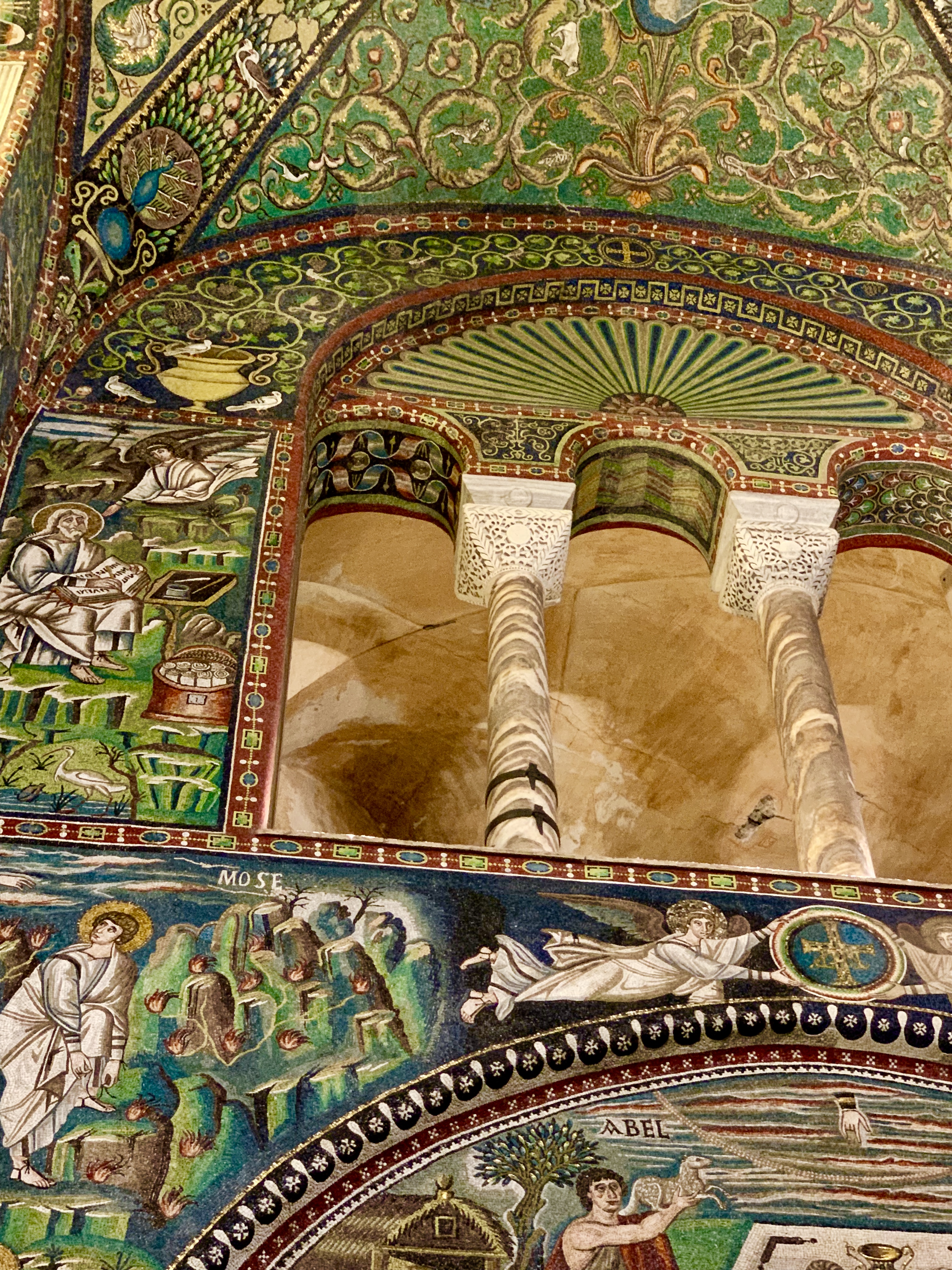
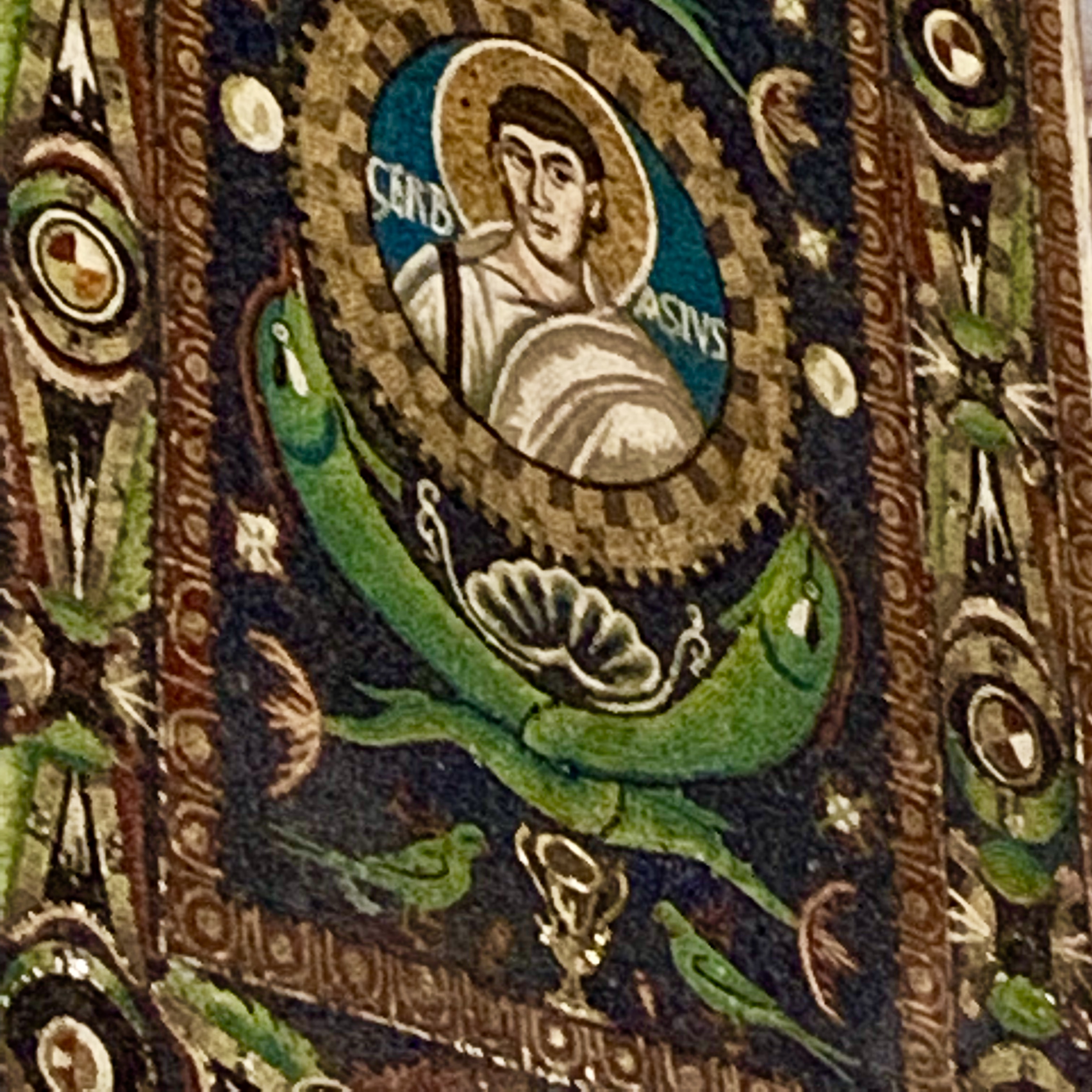
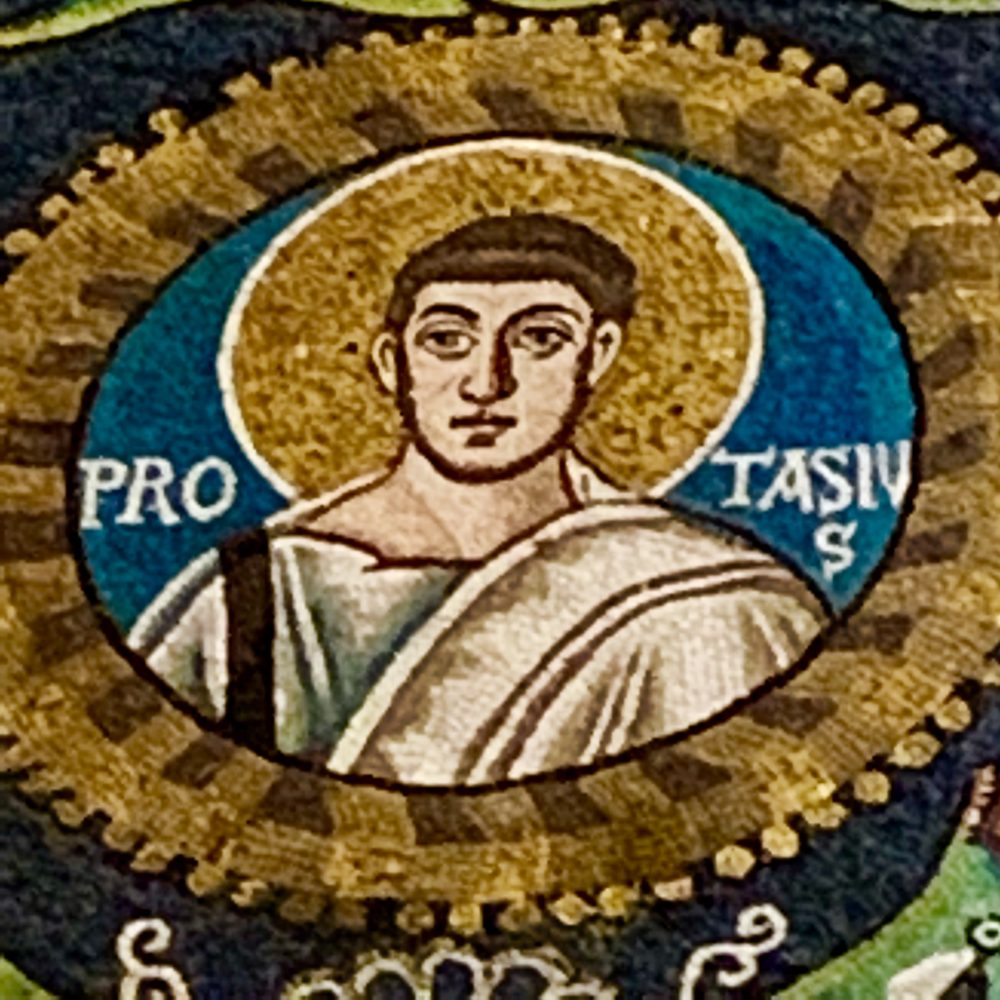
Mausoleum of Galla Placidia
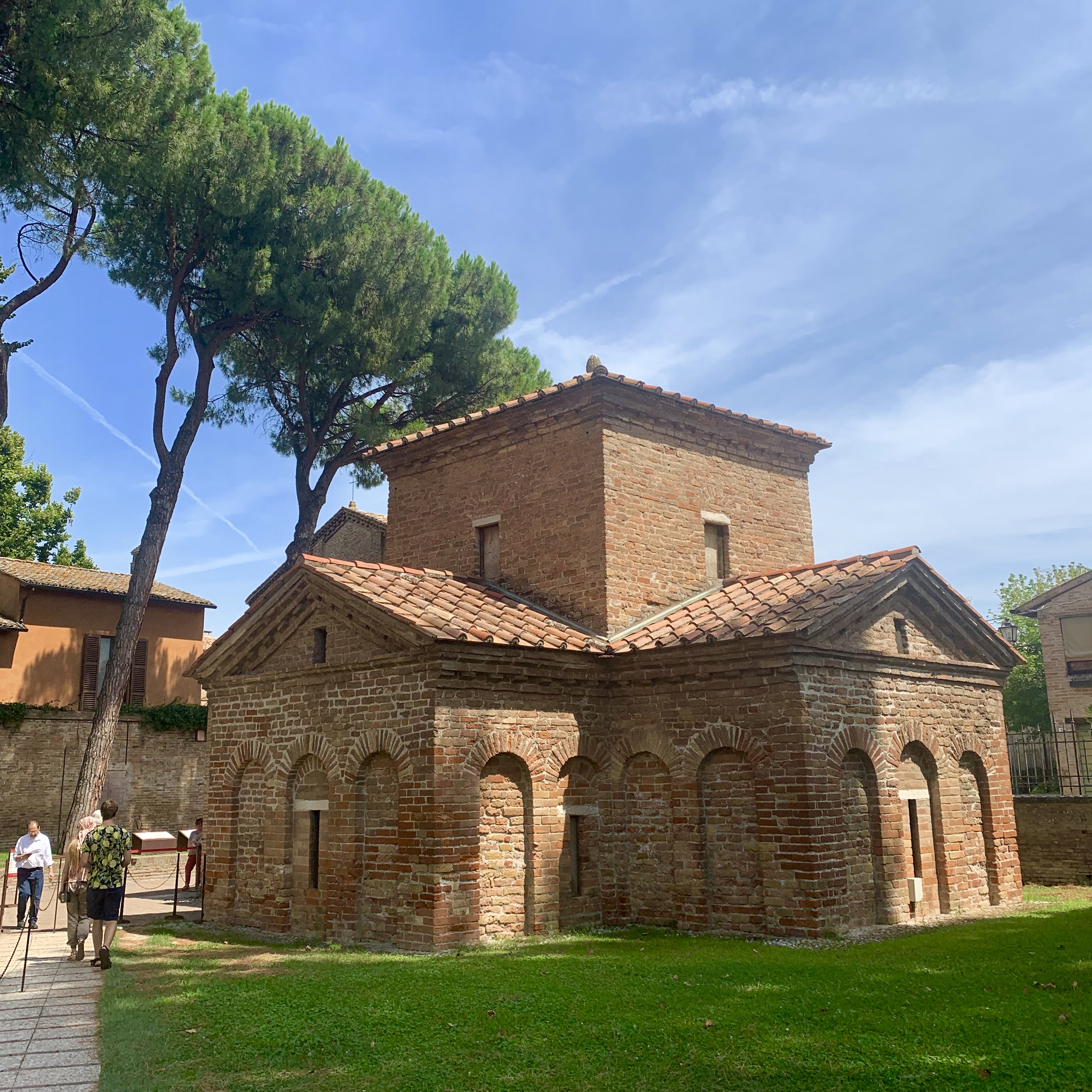
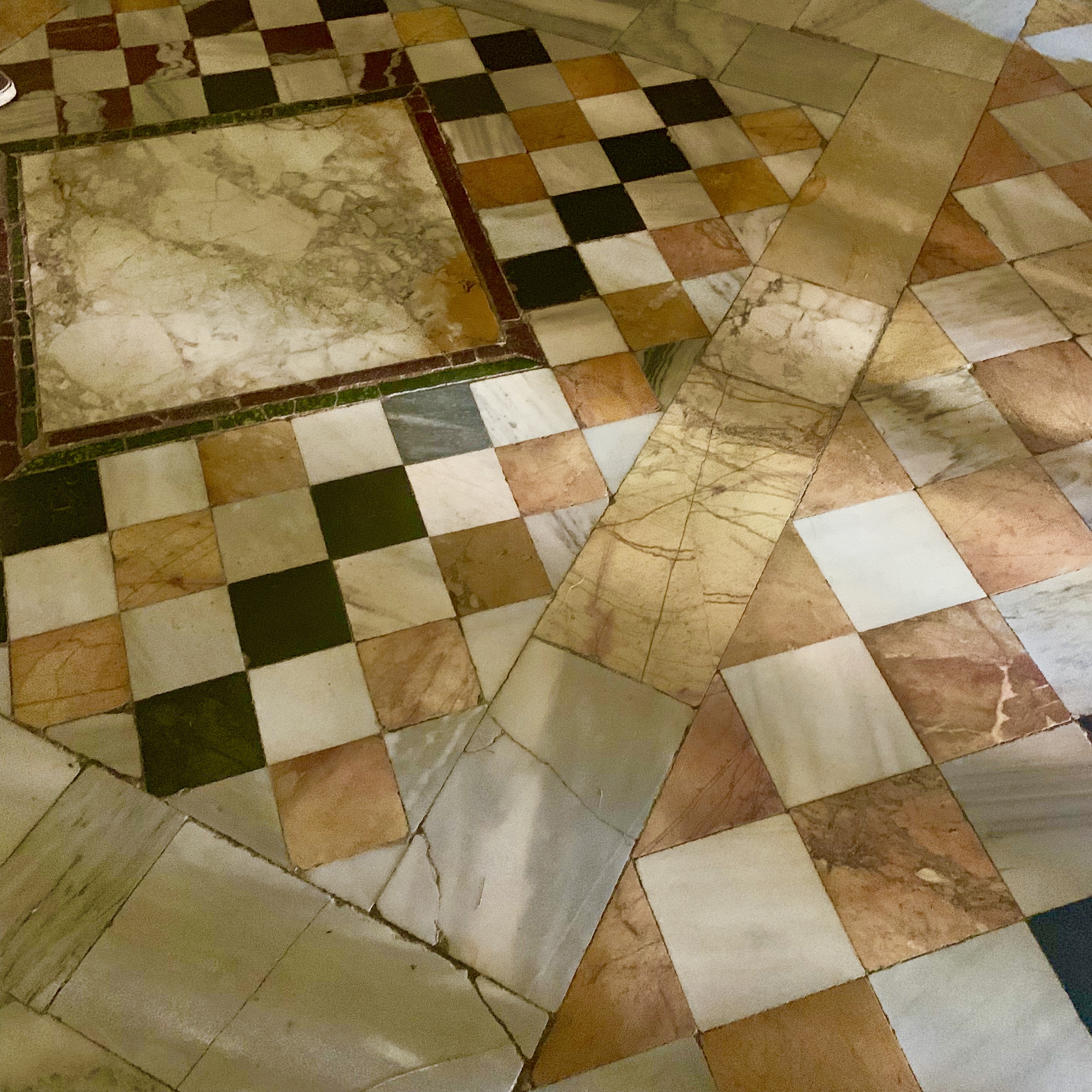
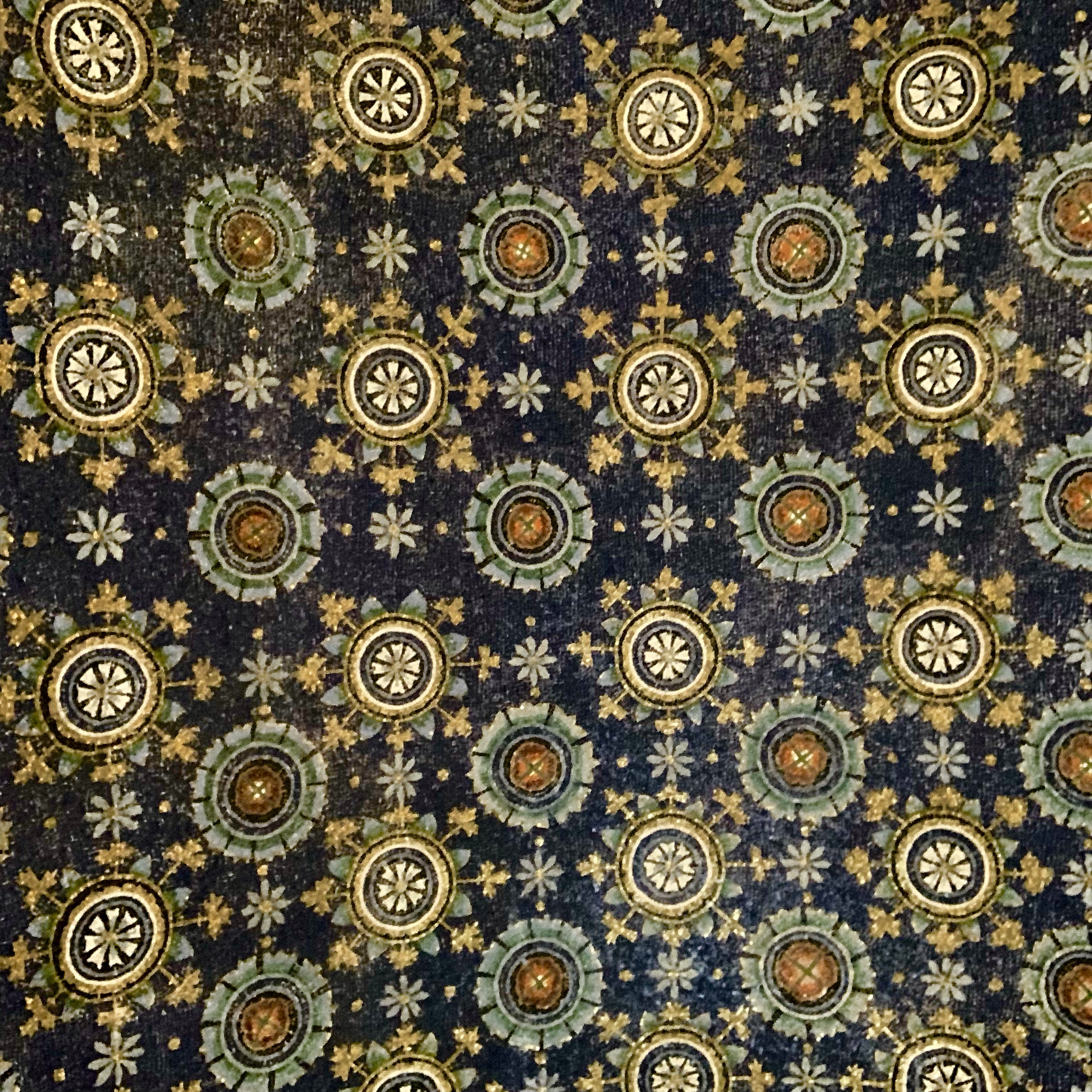
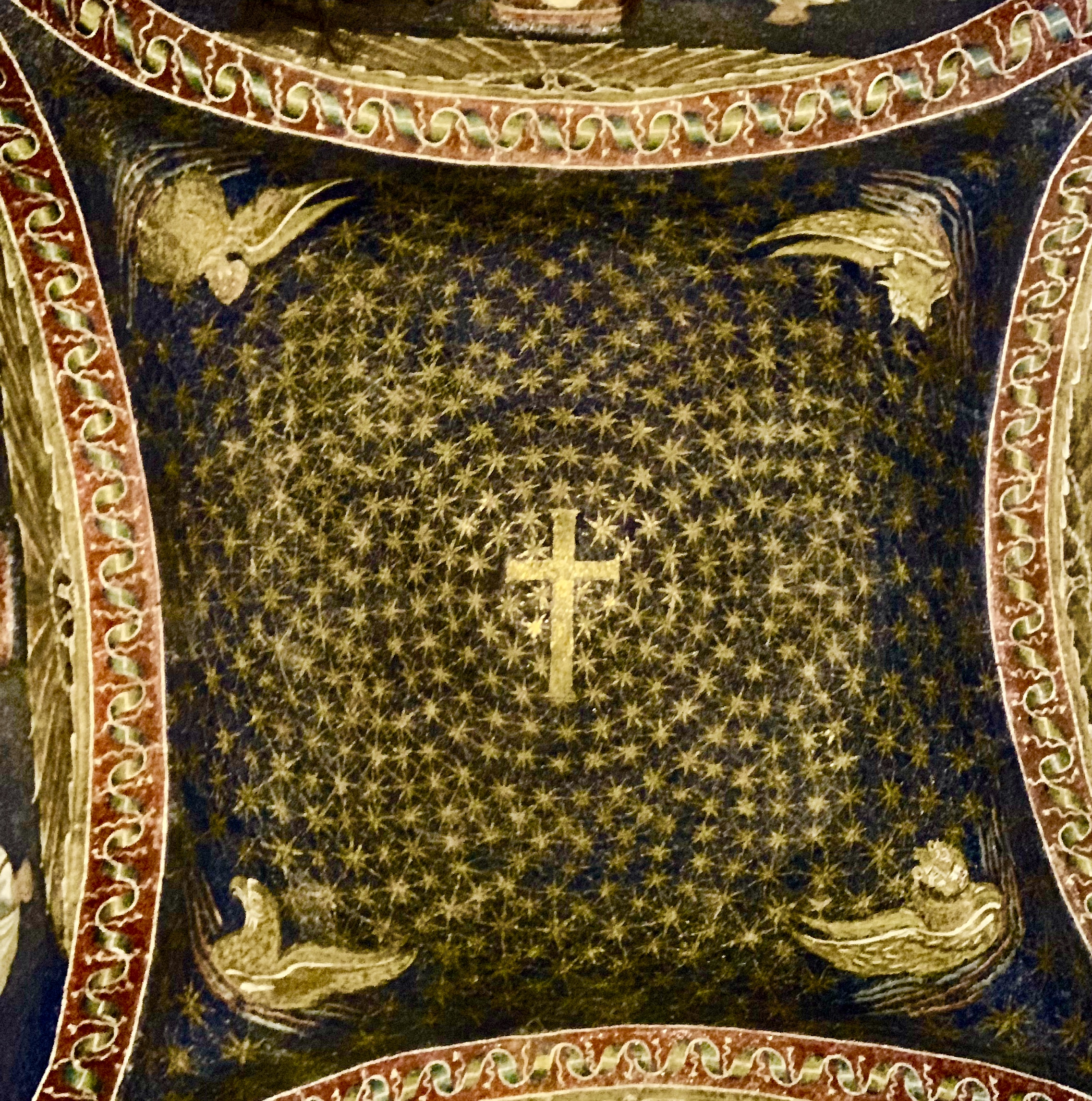
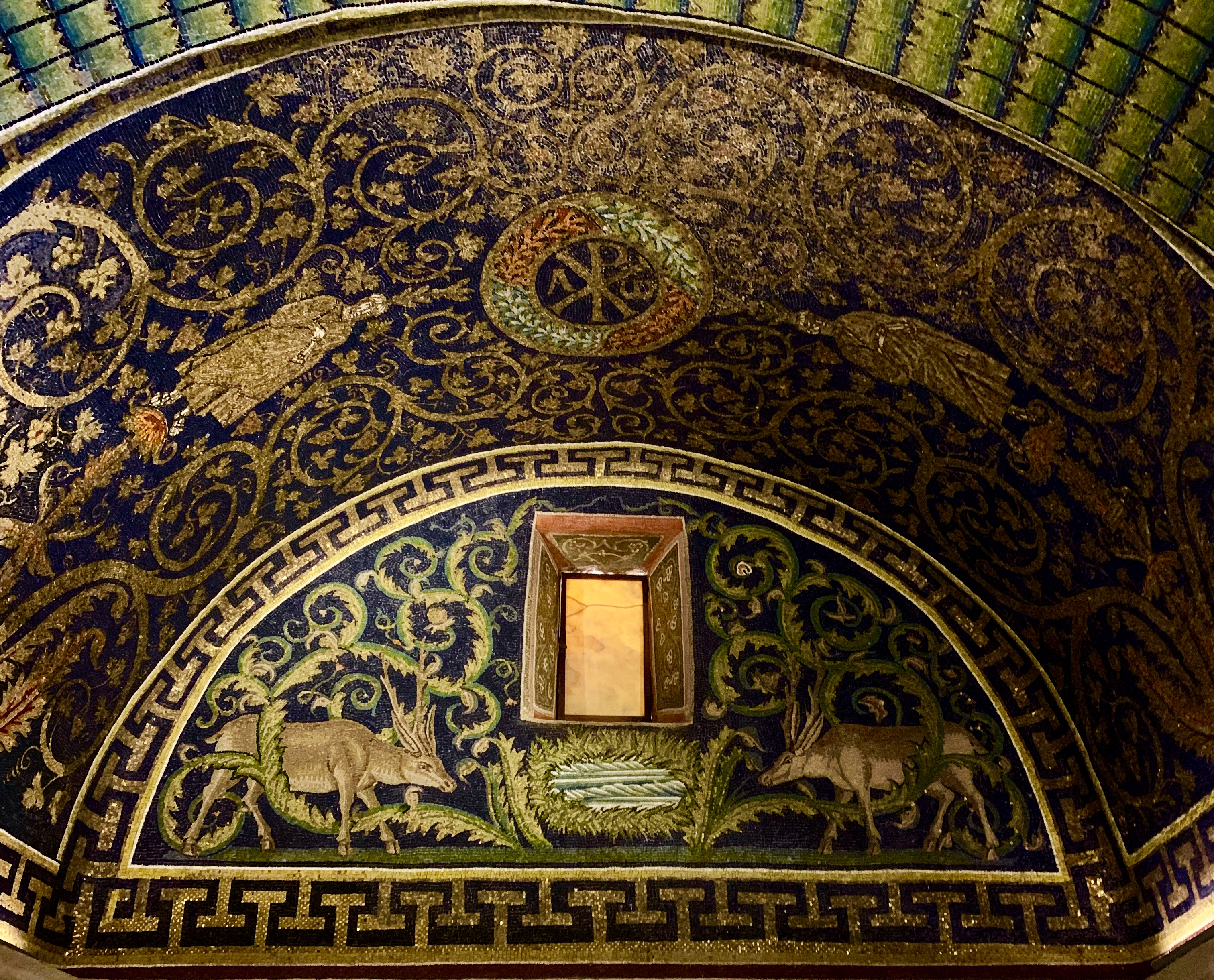
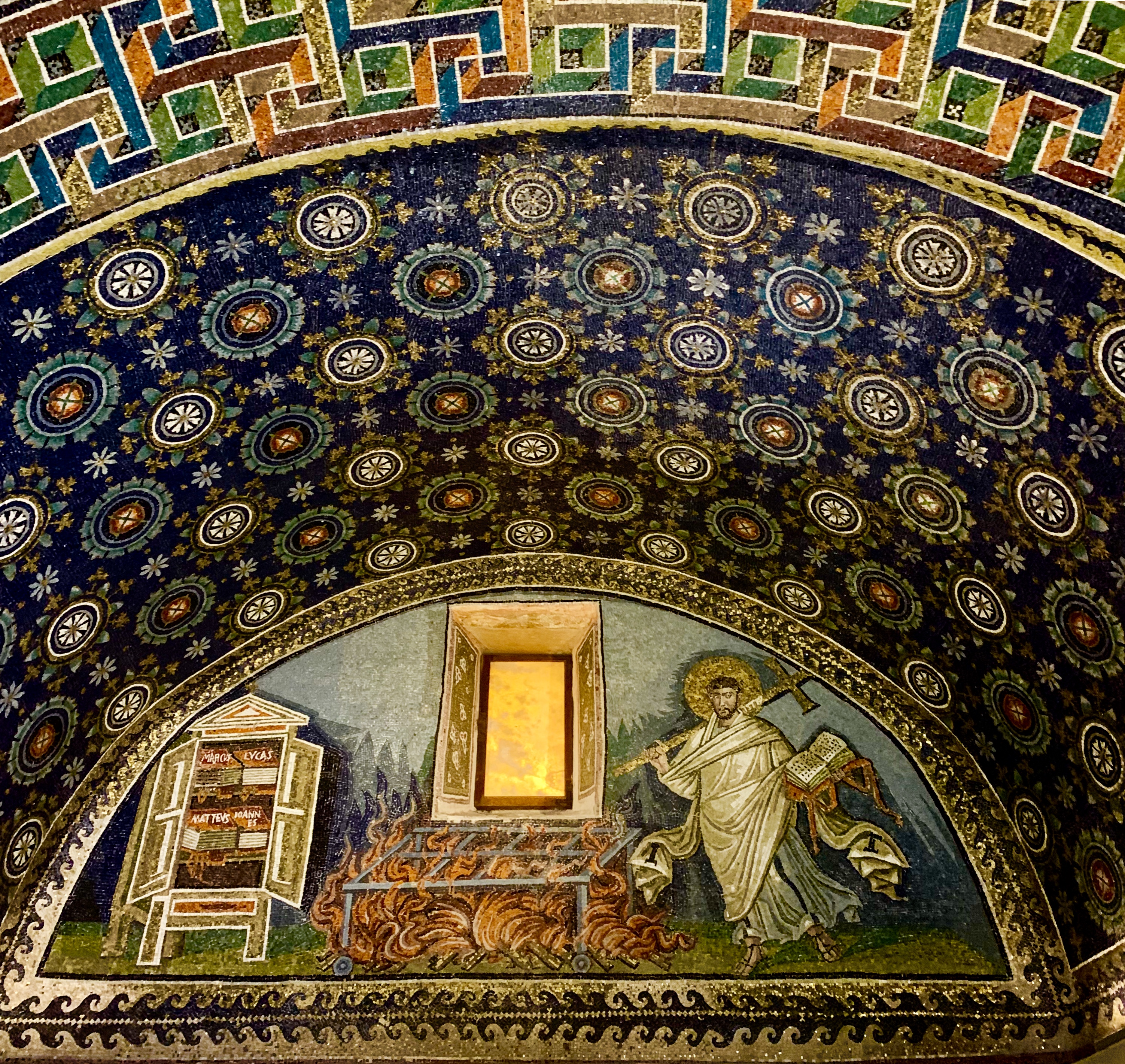
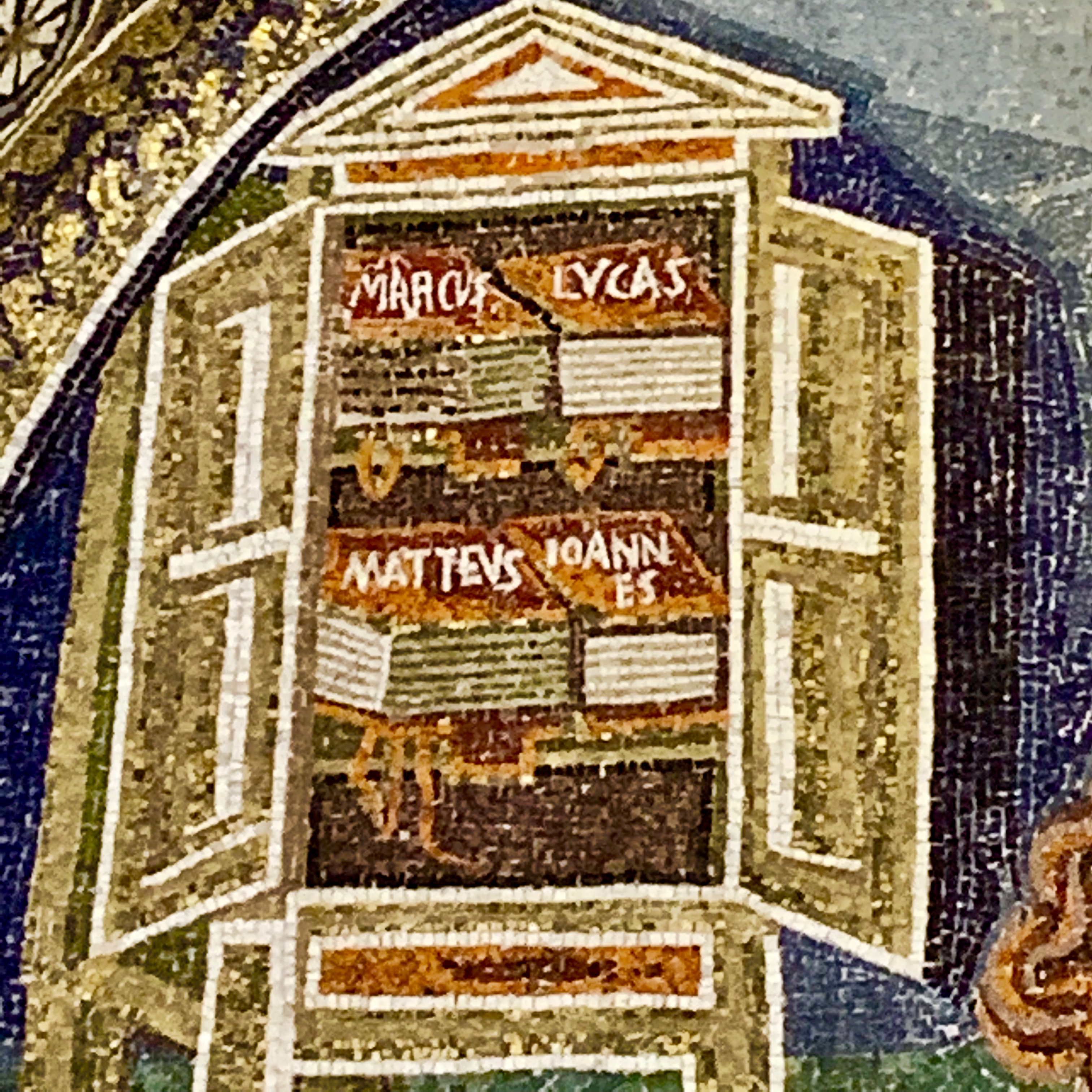
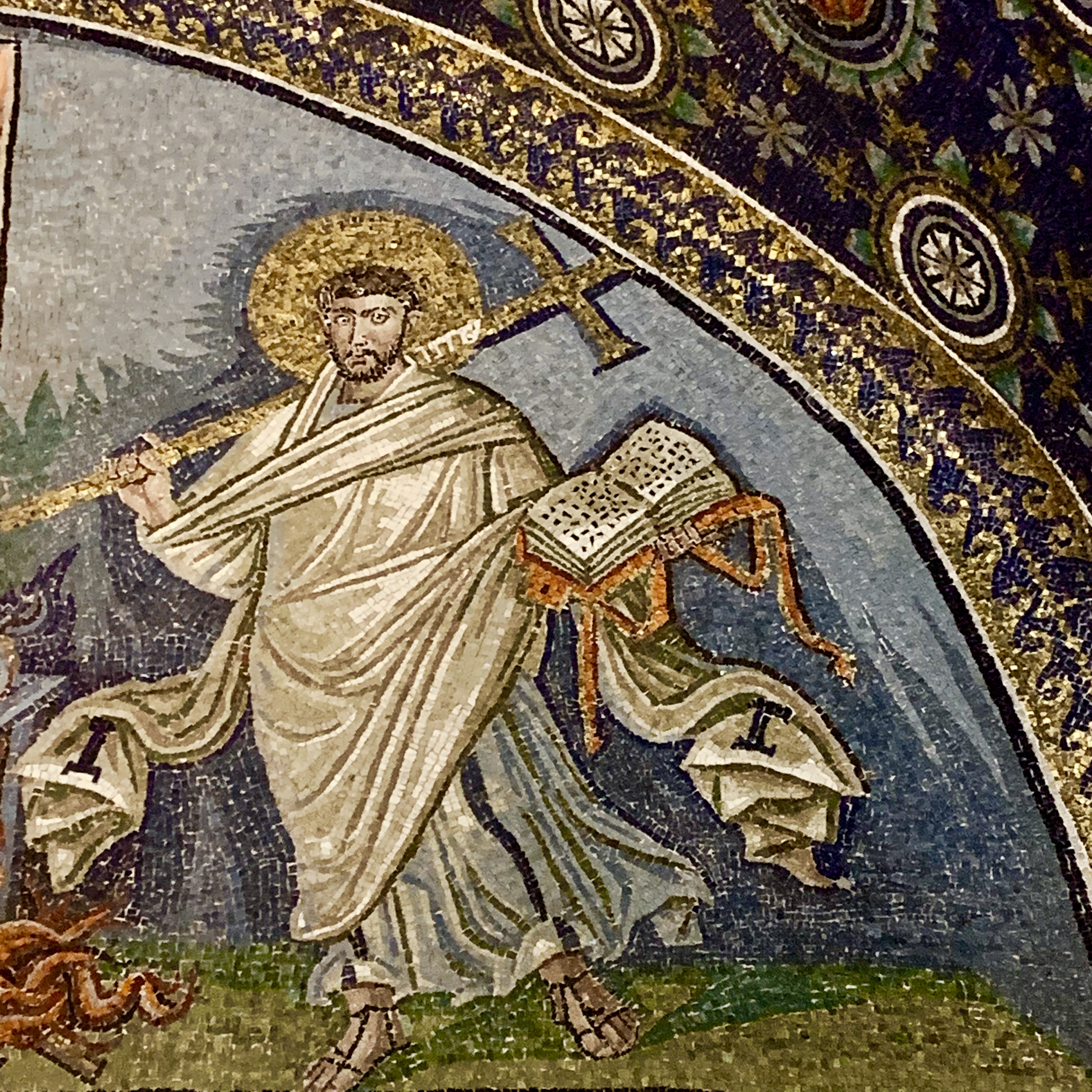
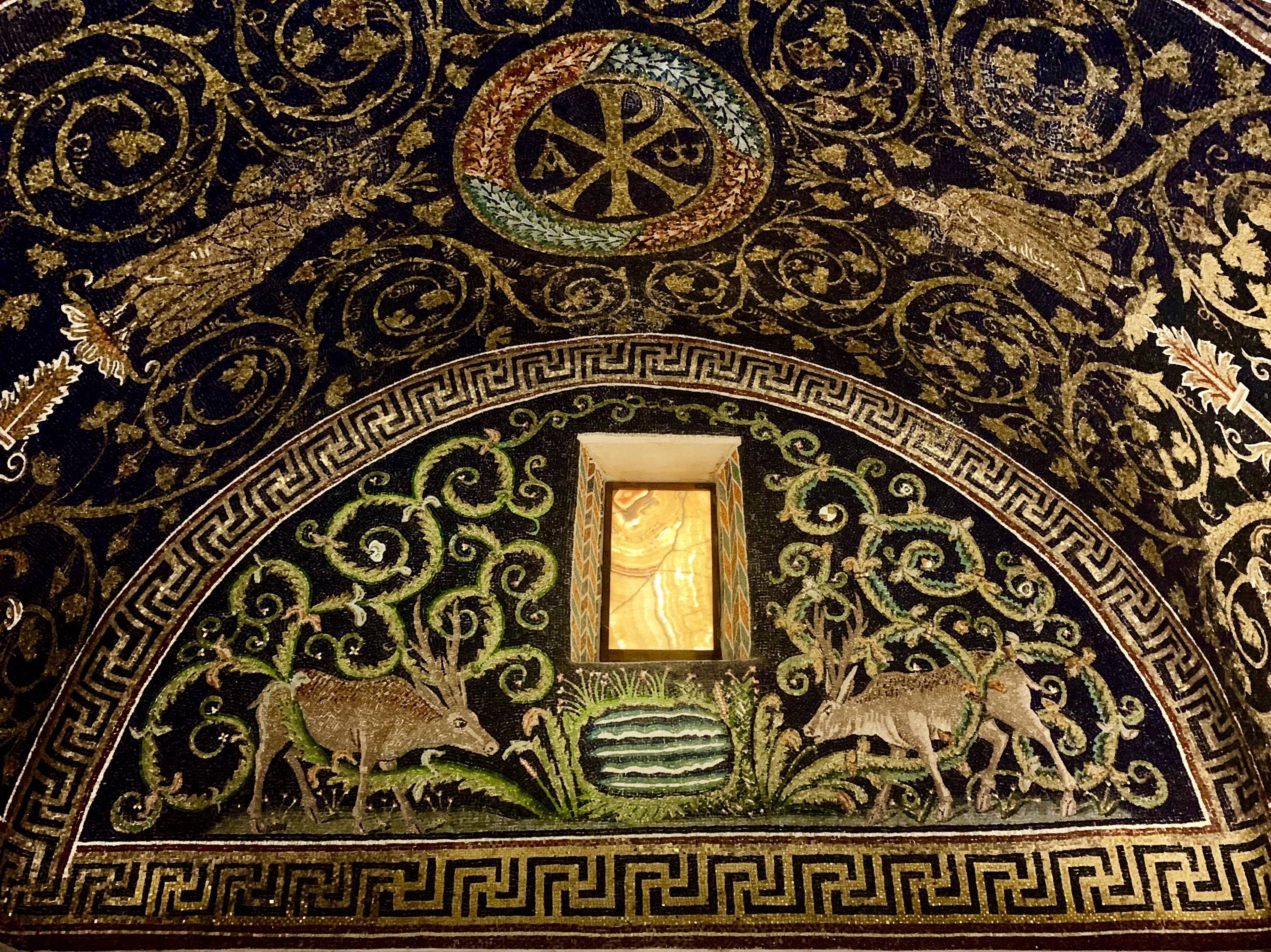
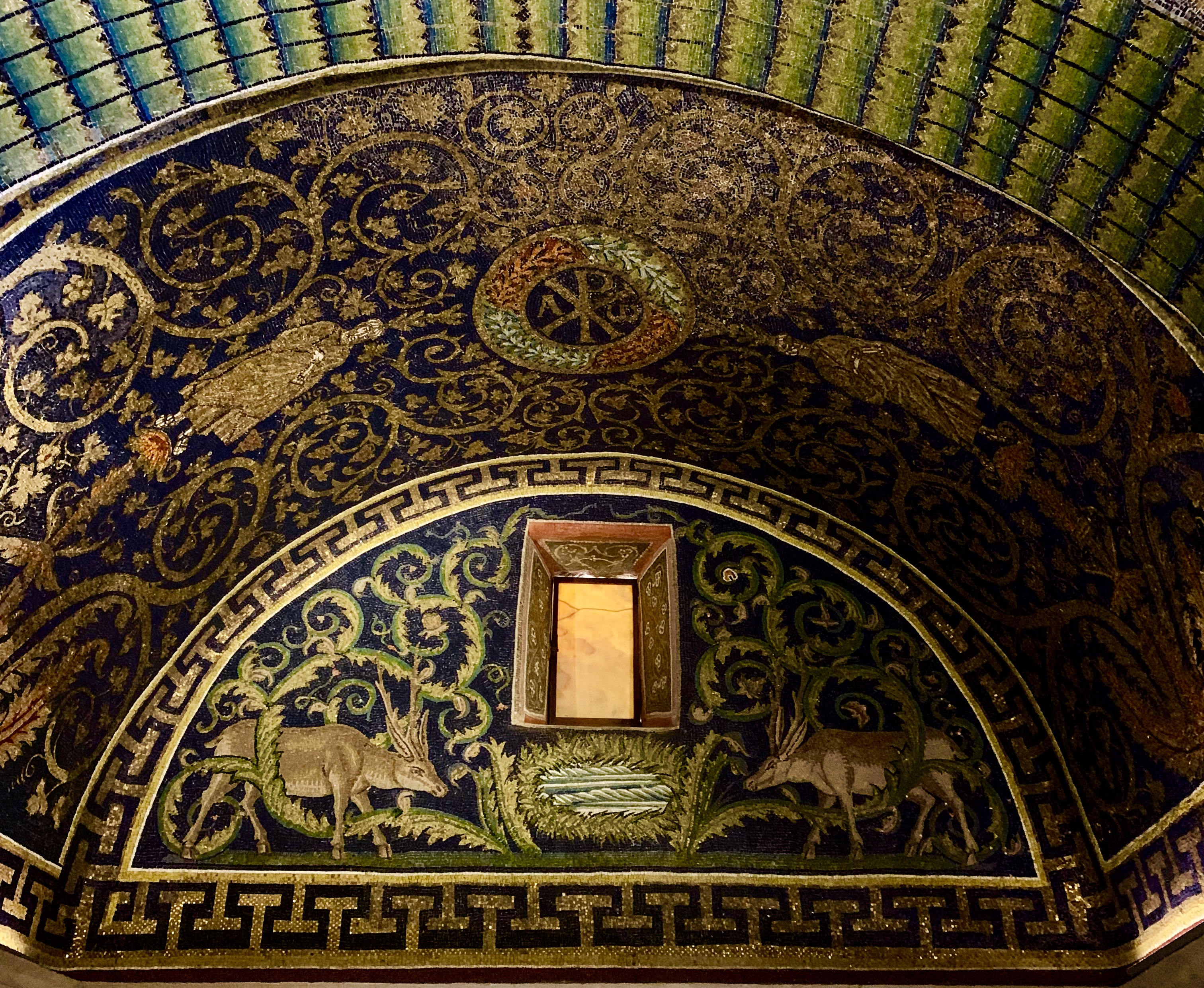
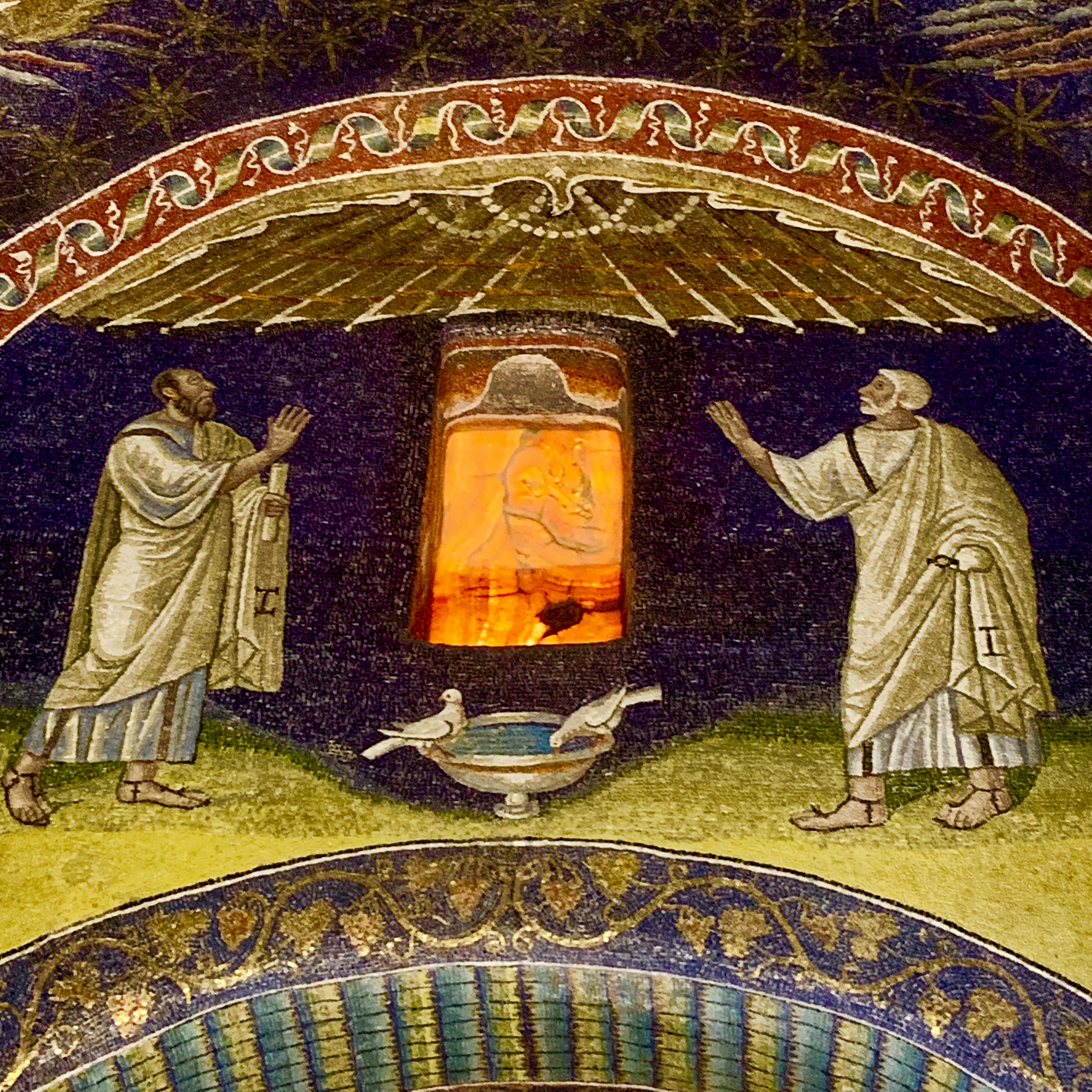
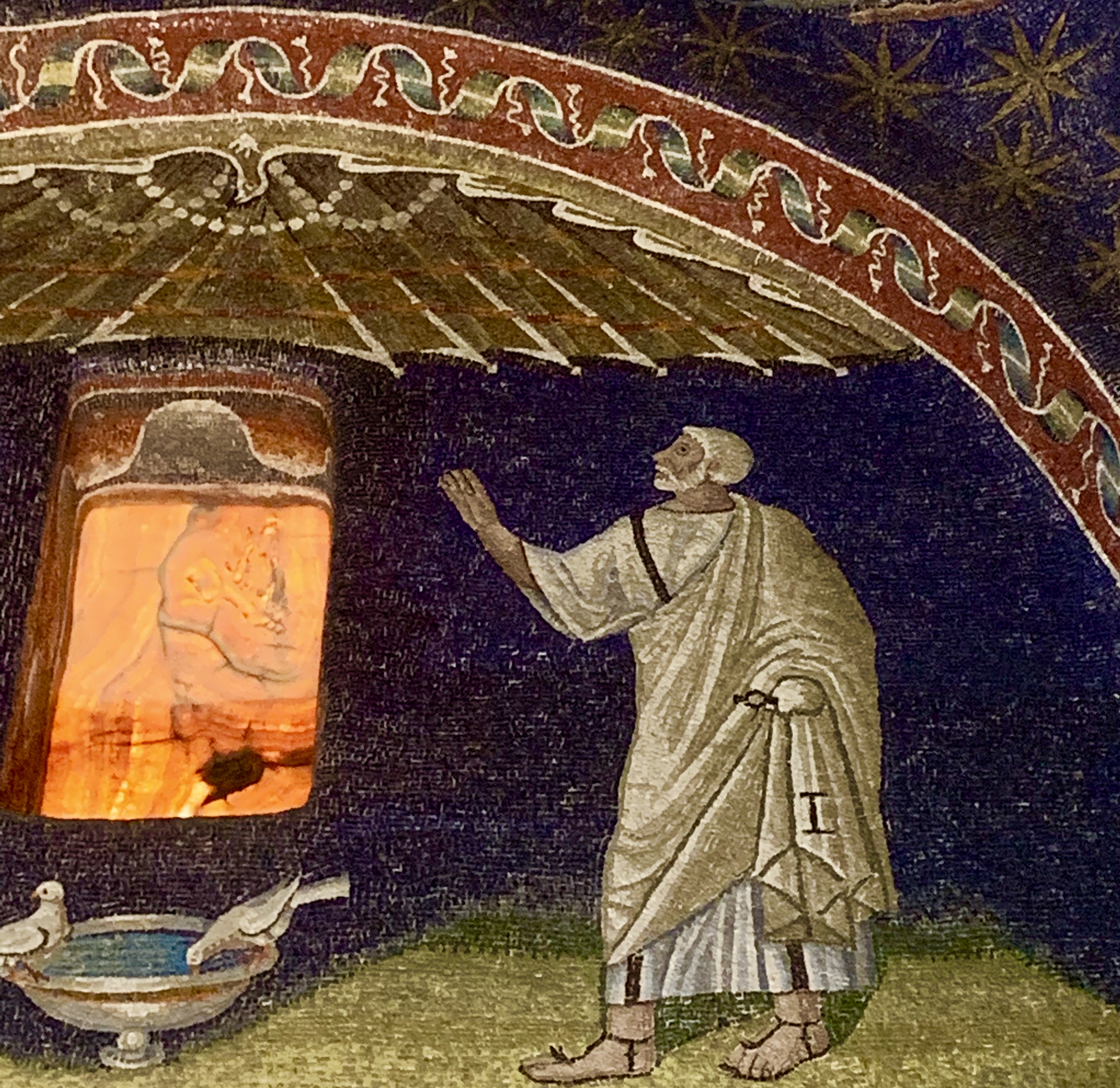
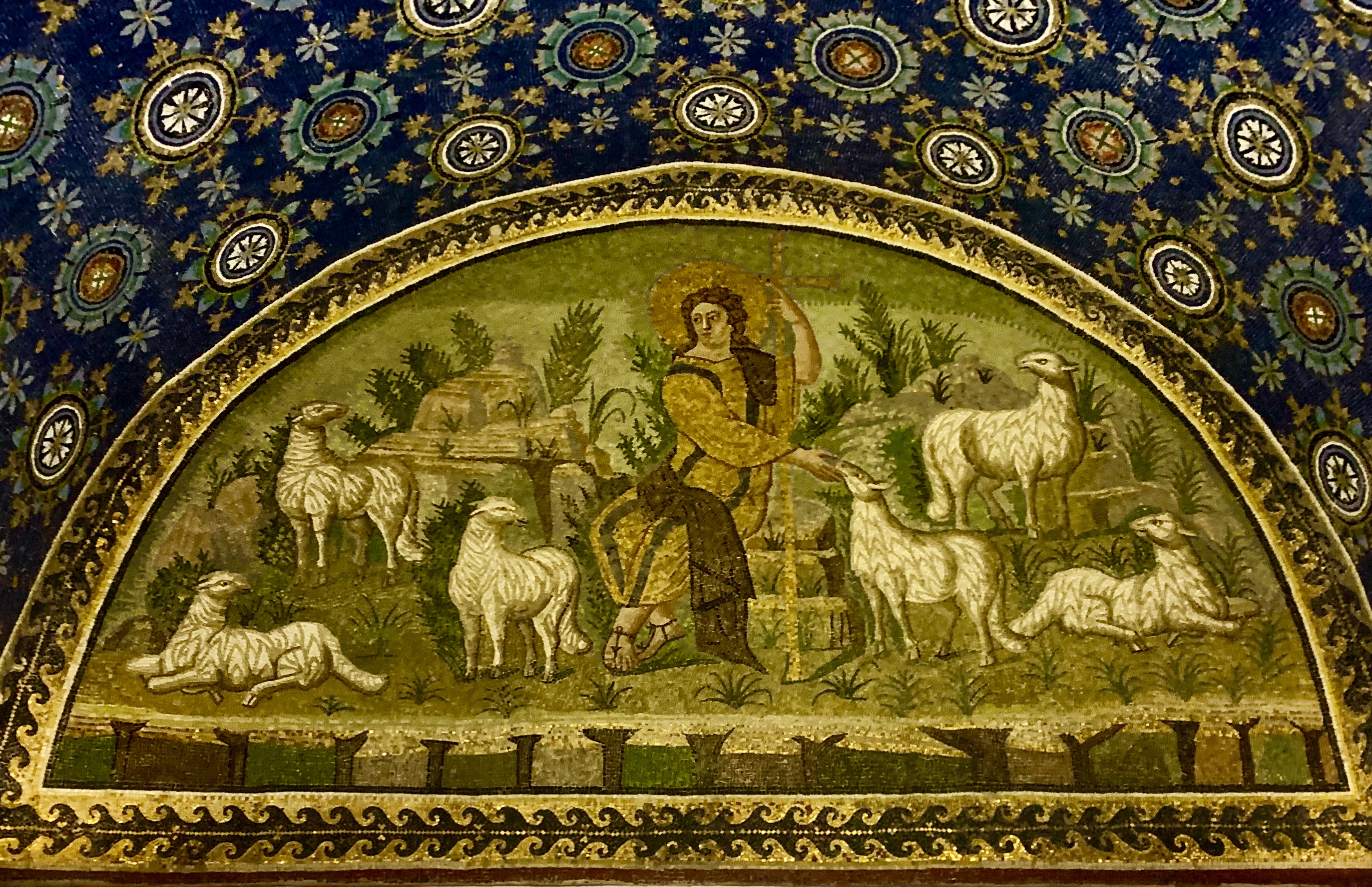
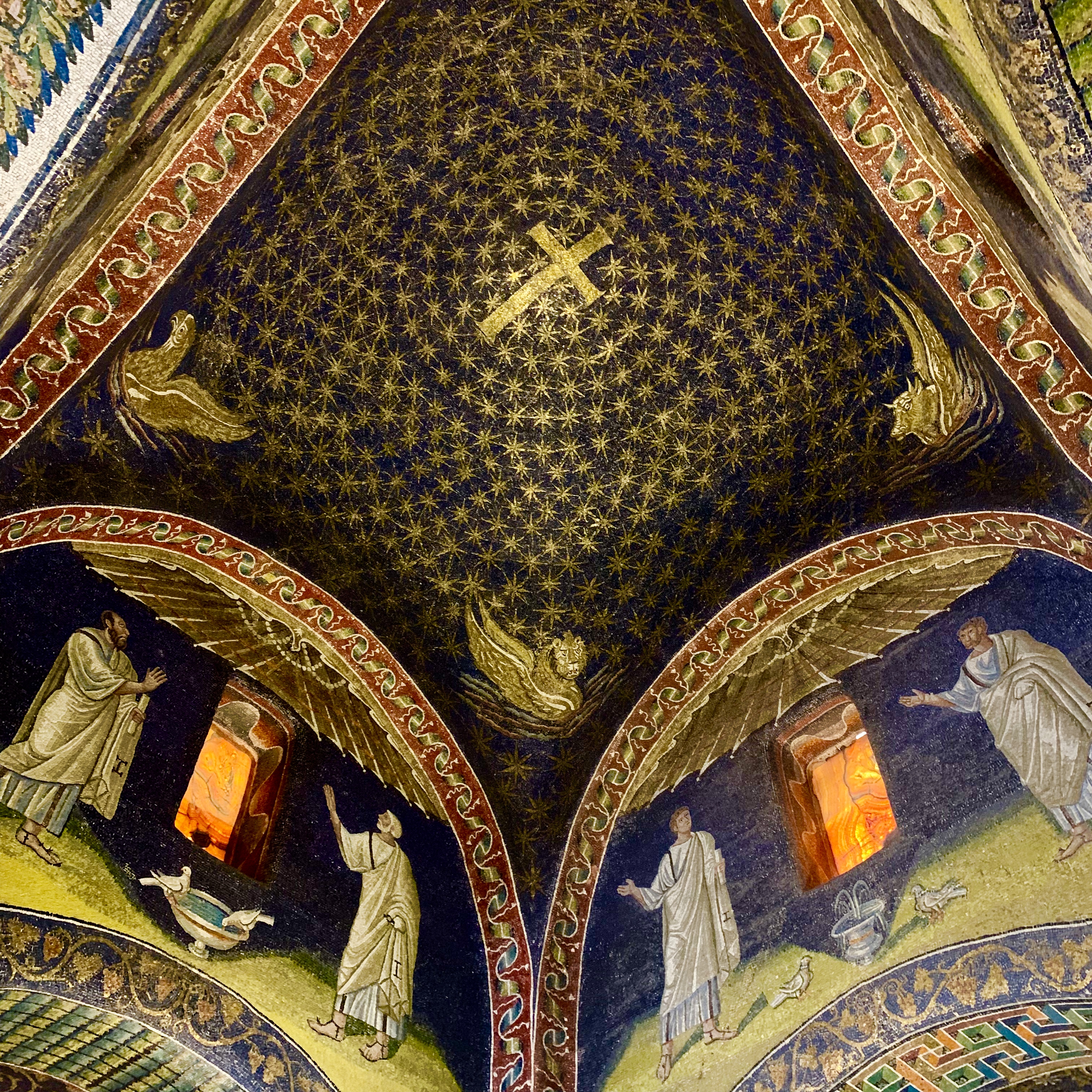
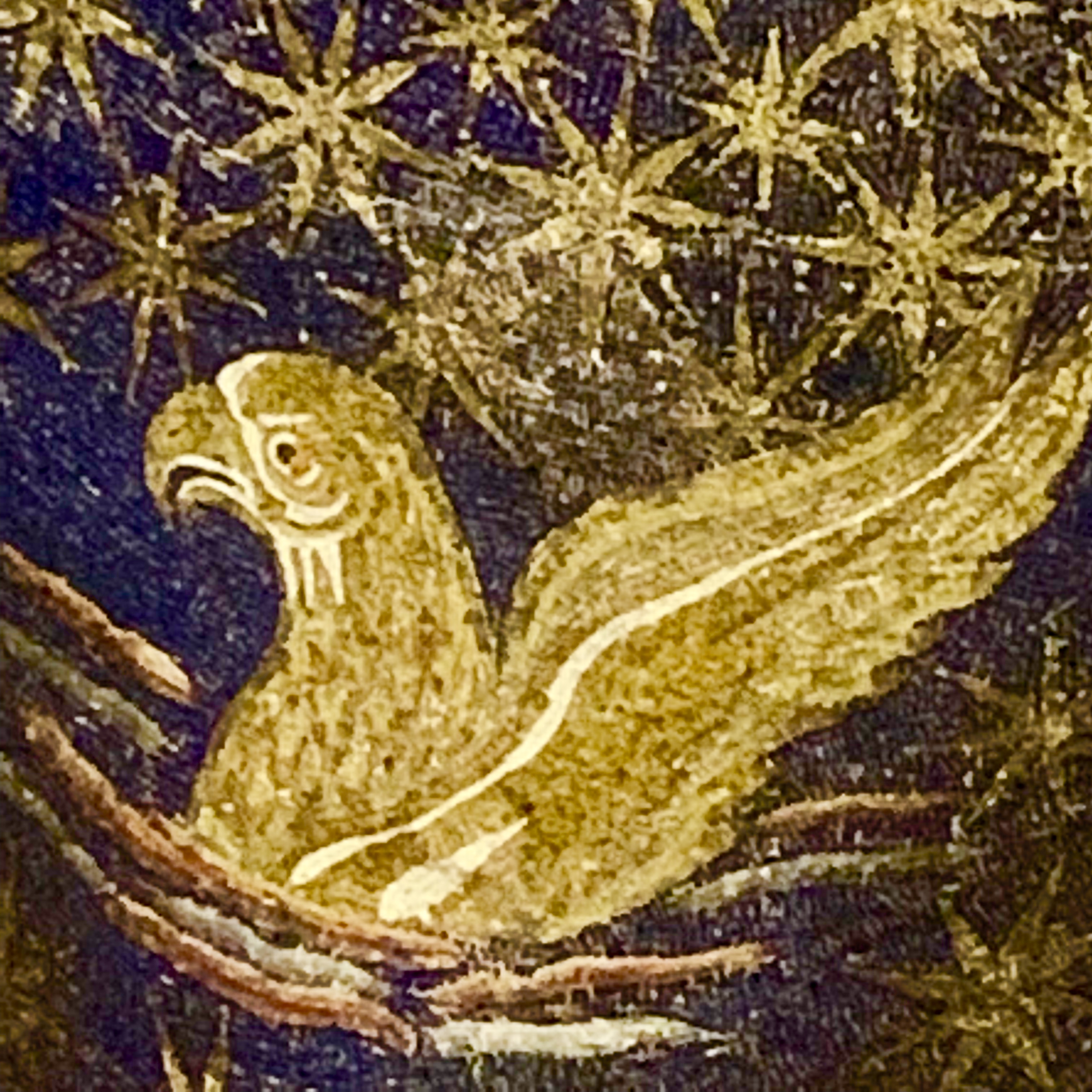
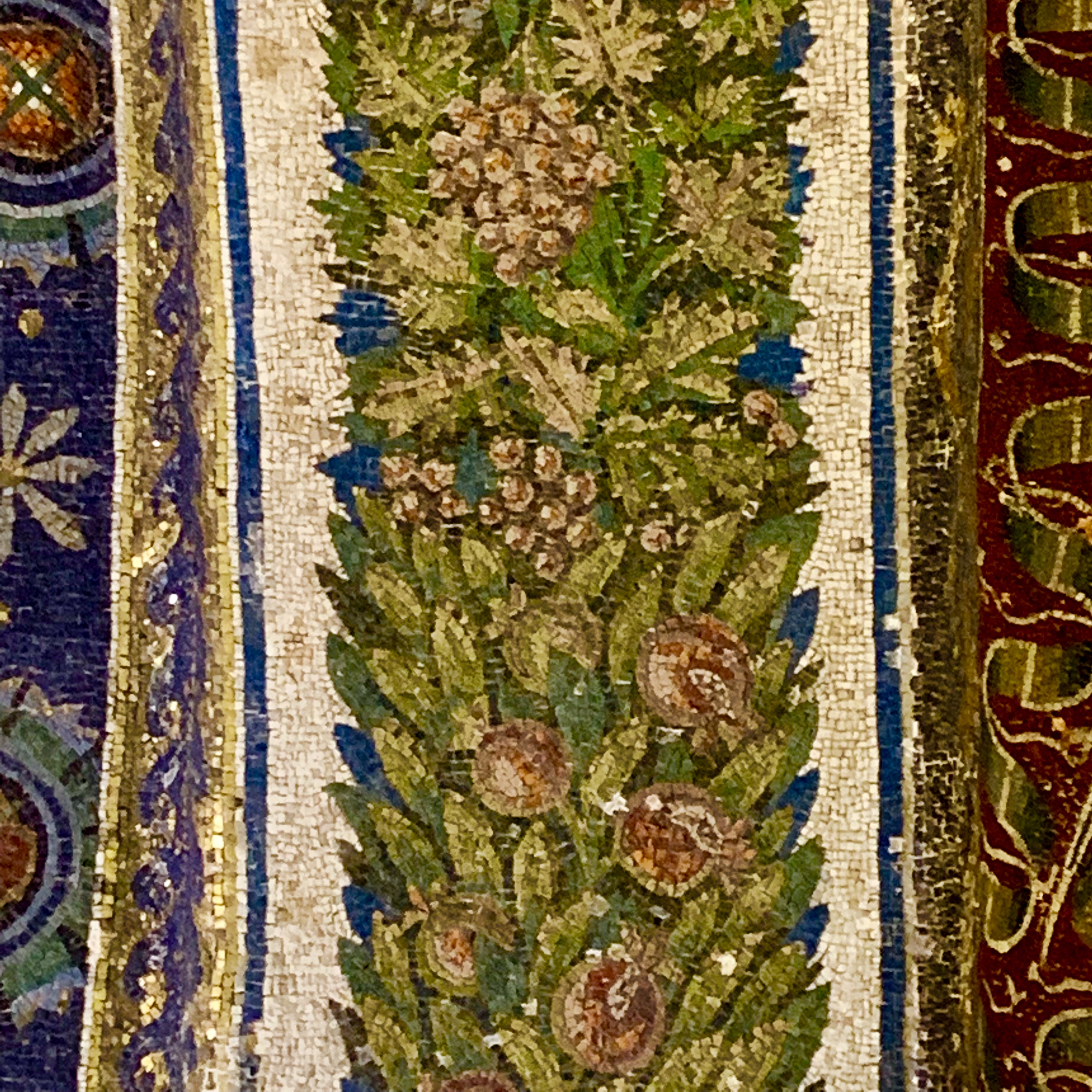
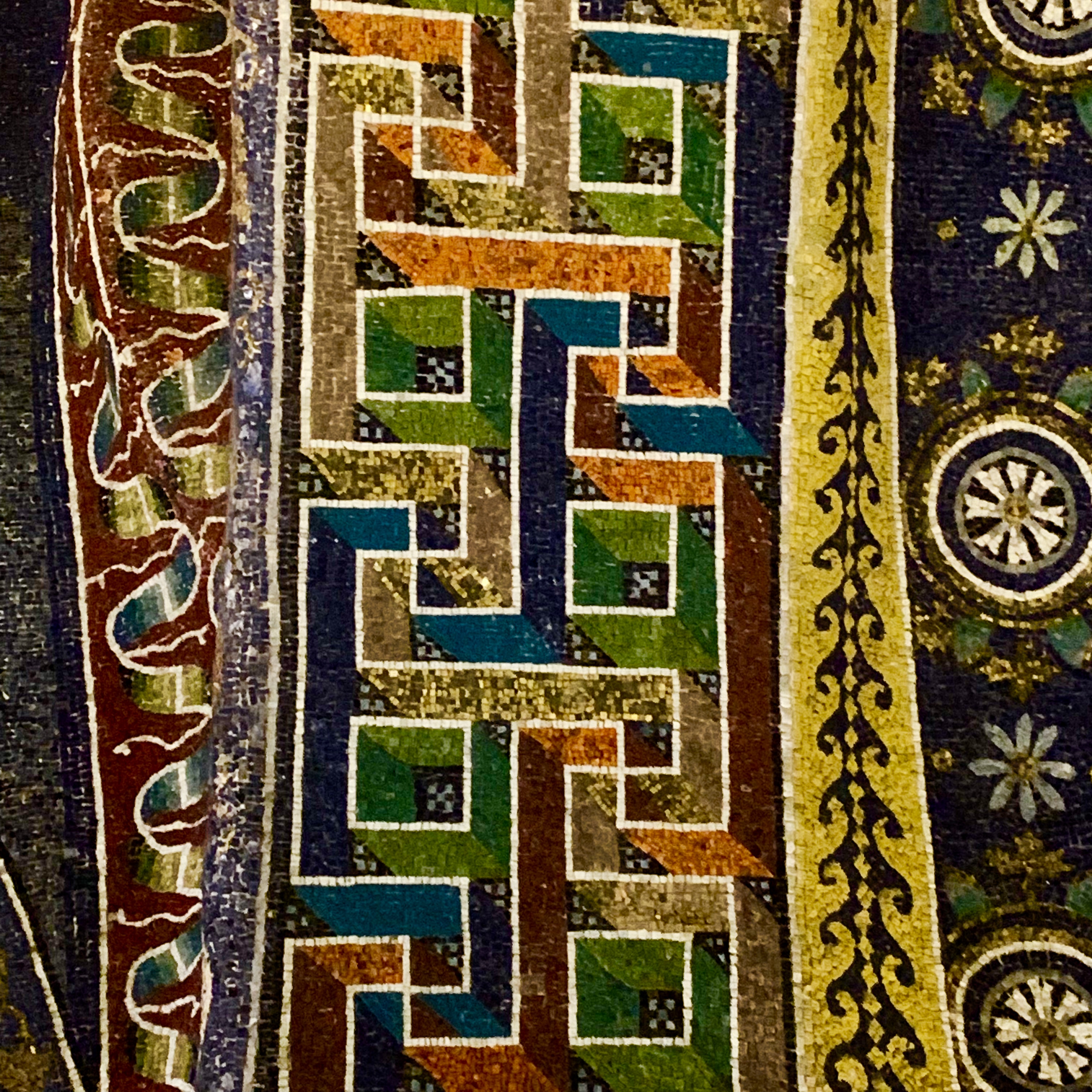
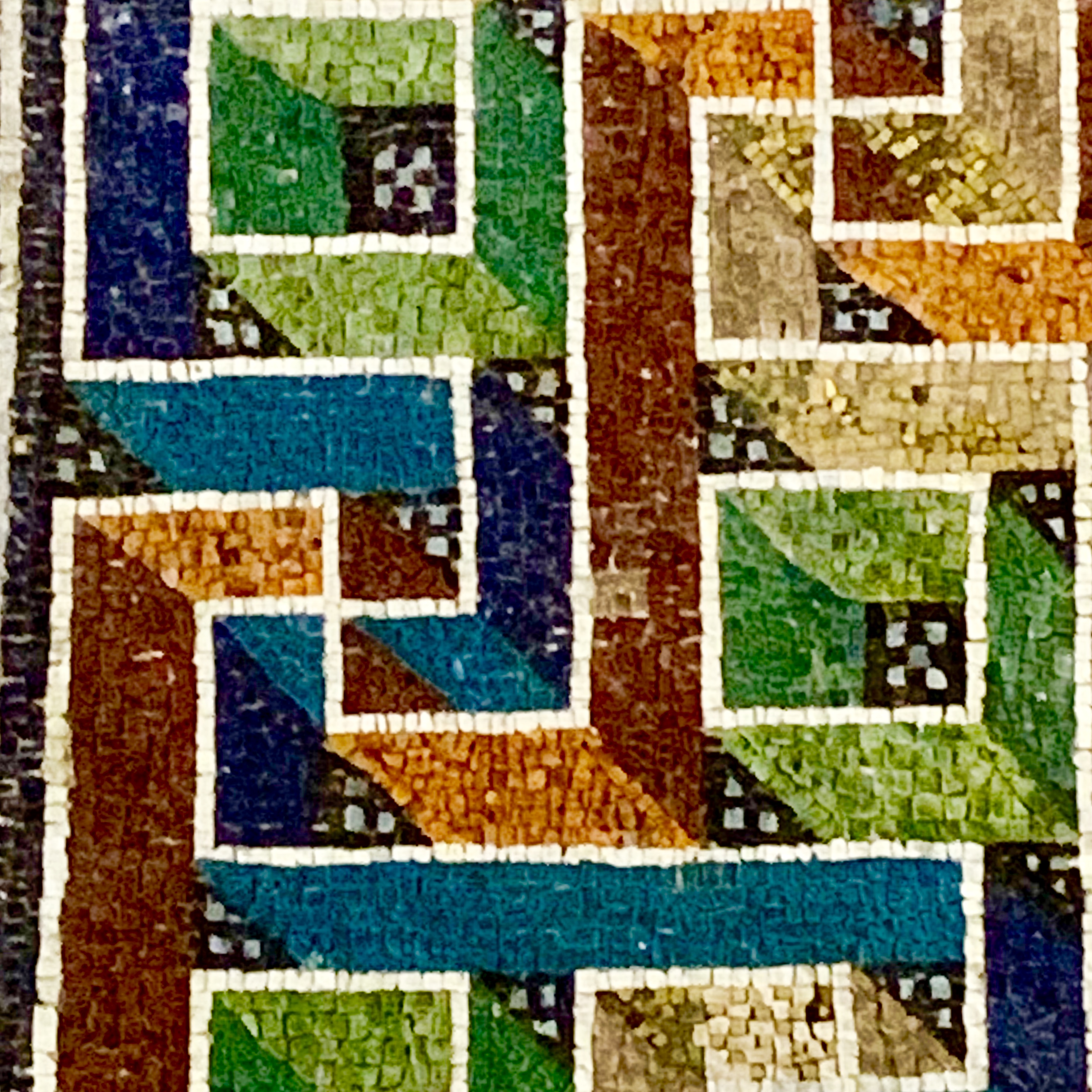
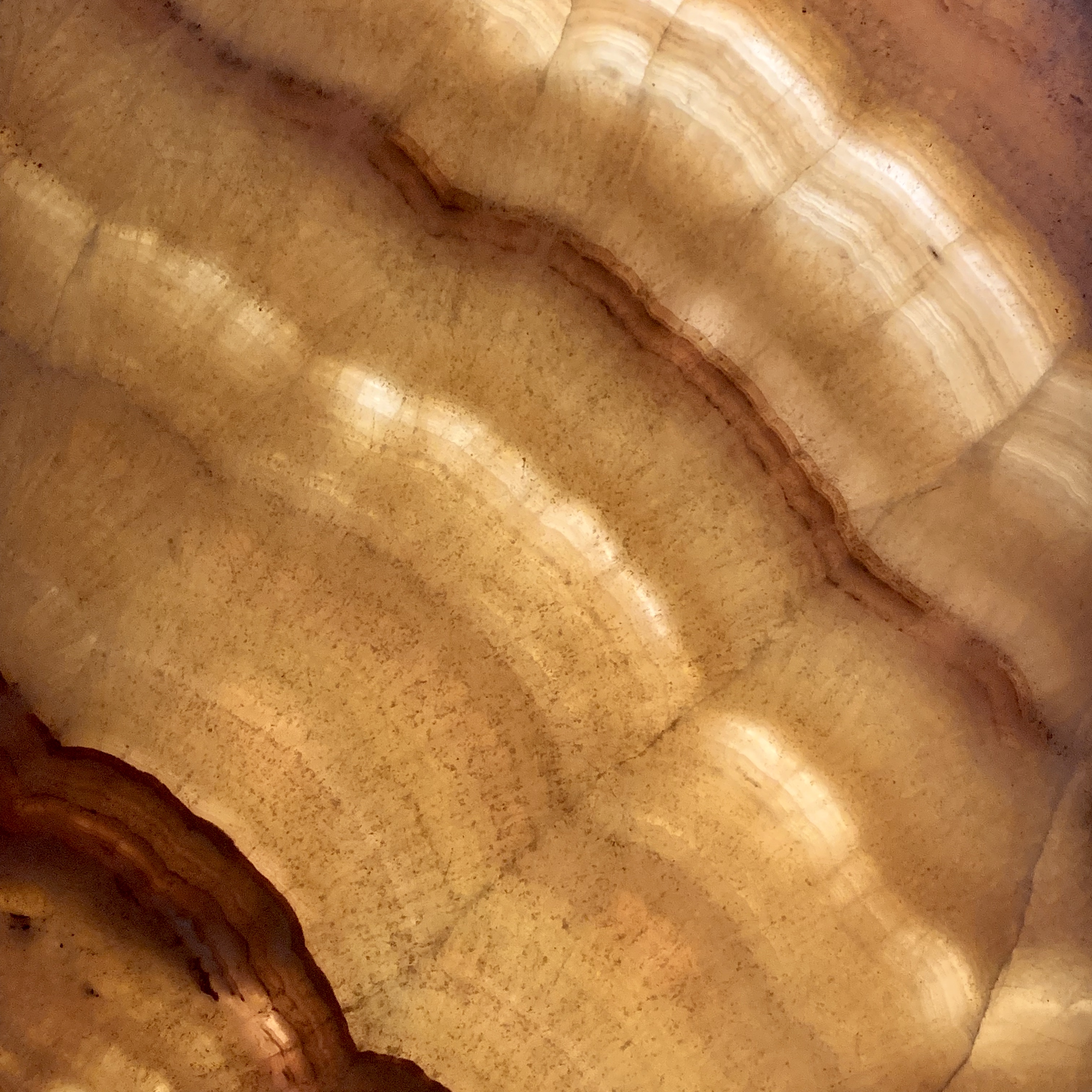
A lesson in making mosaics
Bonnie’s curiosity got the best for us. A door was open along the street, and we cautiously stepped into a workshop (laborotorio) where several women were hunched over mosaics in progress. One of the owners graciously gave us an impromptu tour on how they create mosaics. This group takes commissions for clients worldwide as well as making their own art. The owner’s enthusiasm spurred us to find a workshop where we could try making mosaics ourselves.
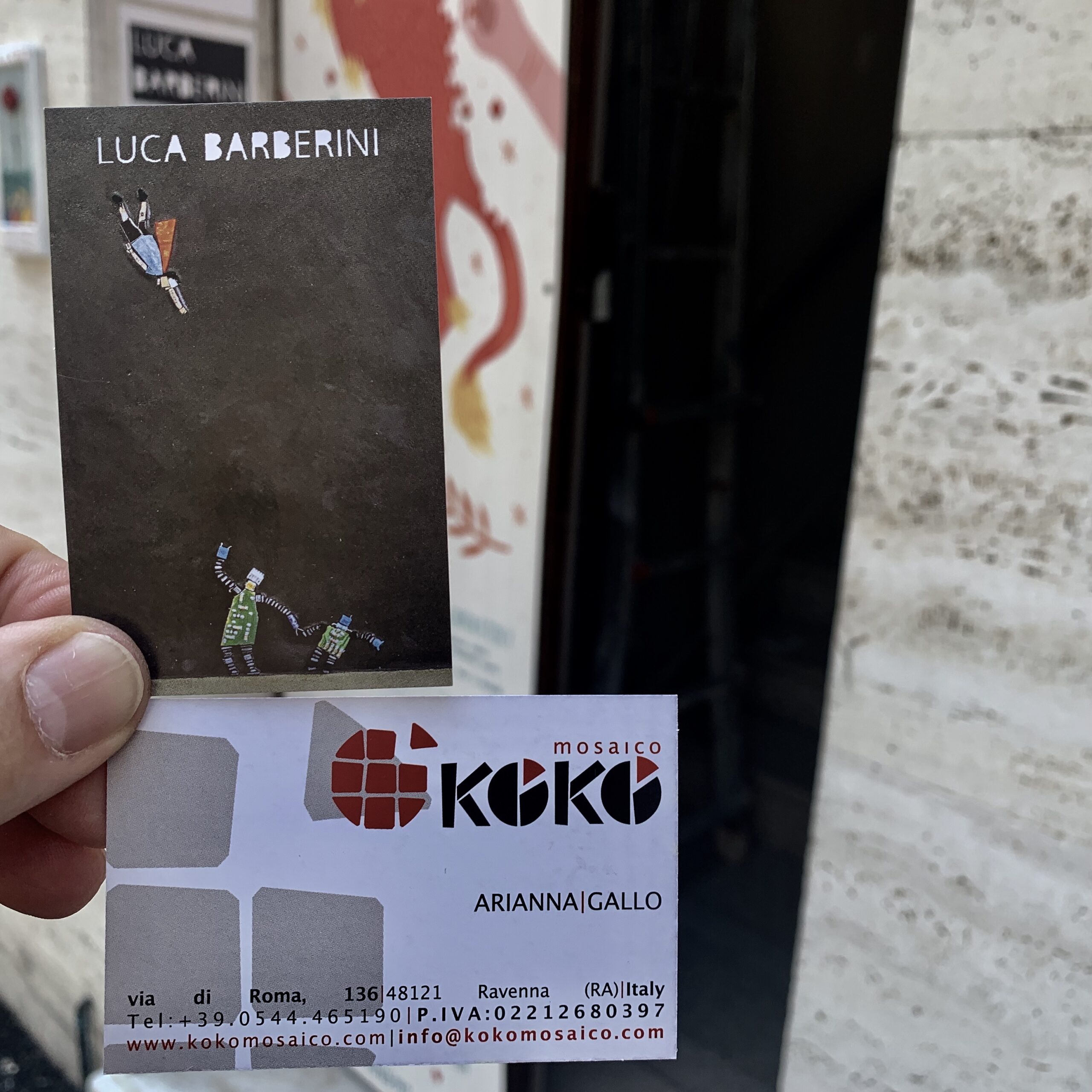
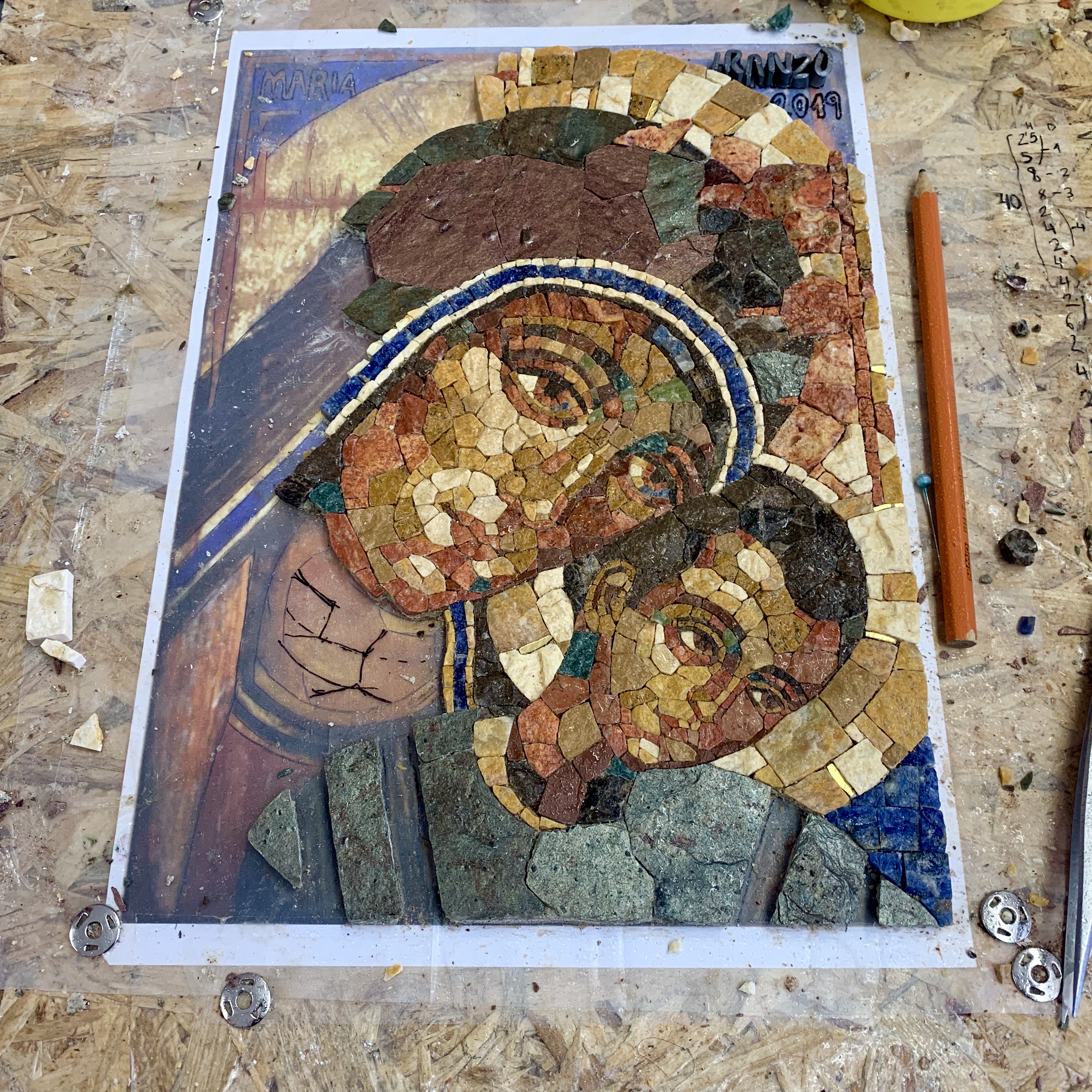
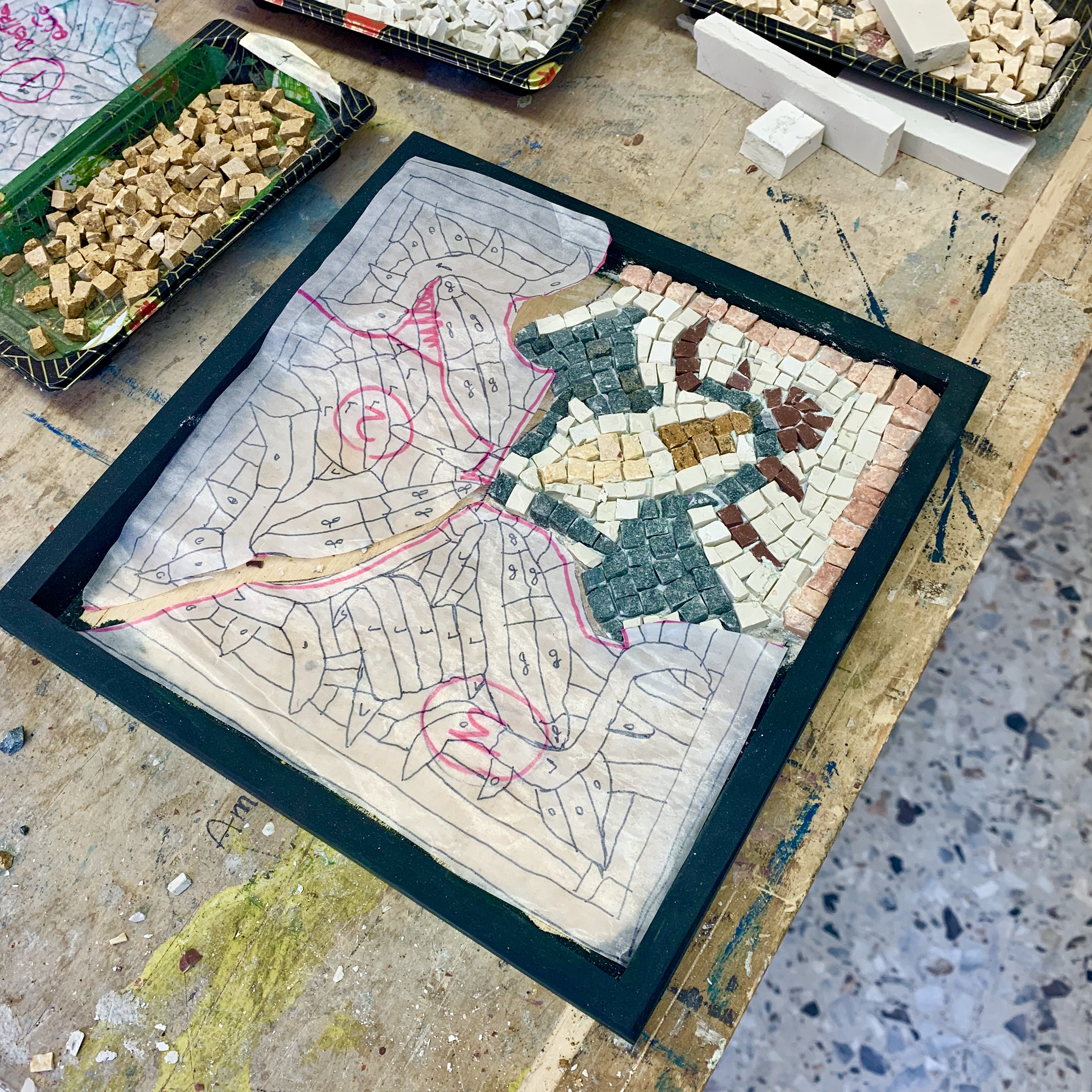
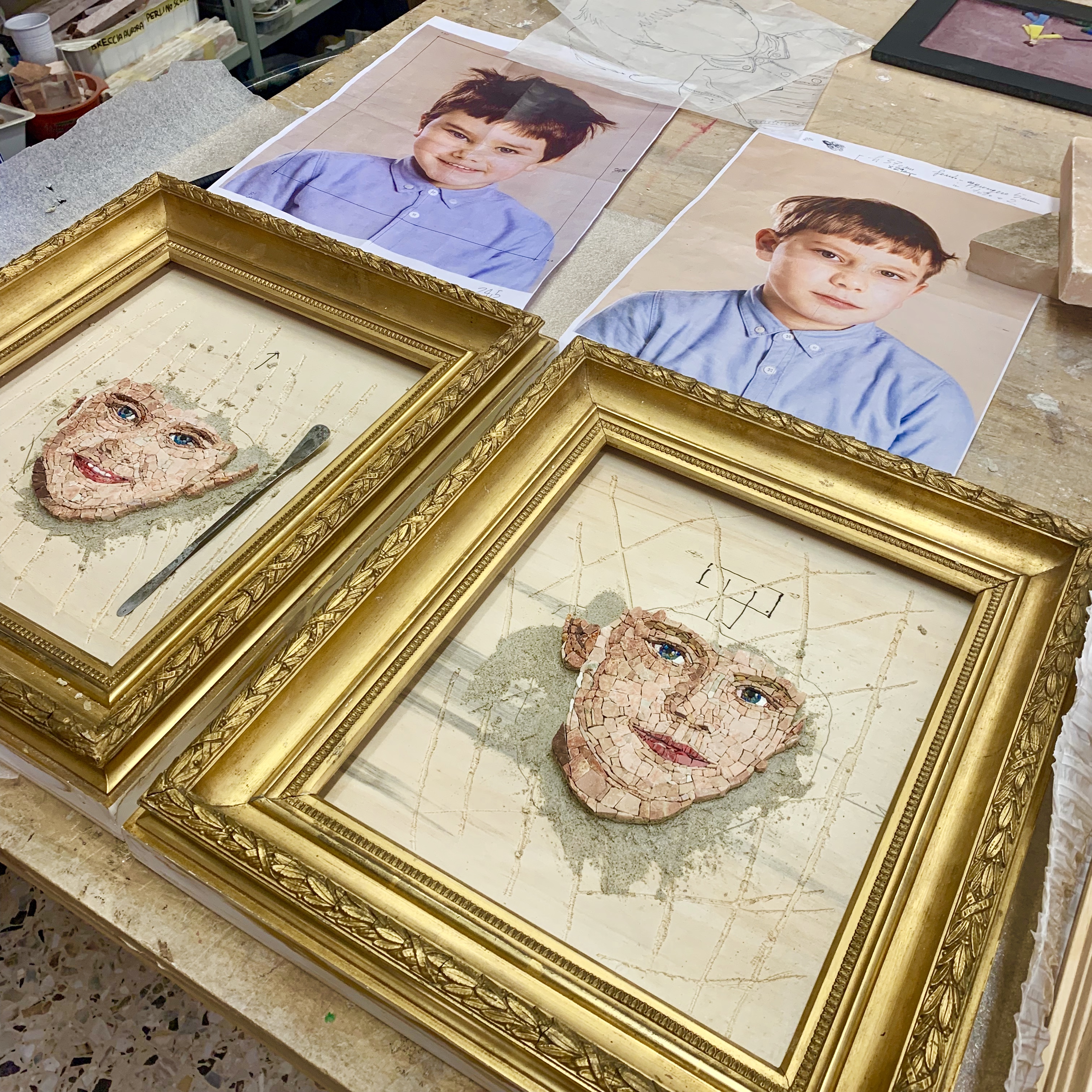
How to make mosaic earrings and a ring
Bonnie’s research (AKA Airbnb listings) identified a two and a half hour work session in making mosaics—jewelry, of course. Bonnie explained to Barbara, the host, in advance that we also wanted to learn more about the mosaics we had seen in Ravenna and their restoration, all in Italian. We learned a lot from Barbara, who is an artist although she prefers to call herself an artigiana (artisan). In Ravenna it is possible to take a specialized high school (liceo) track on mosaics!
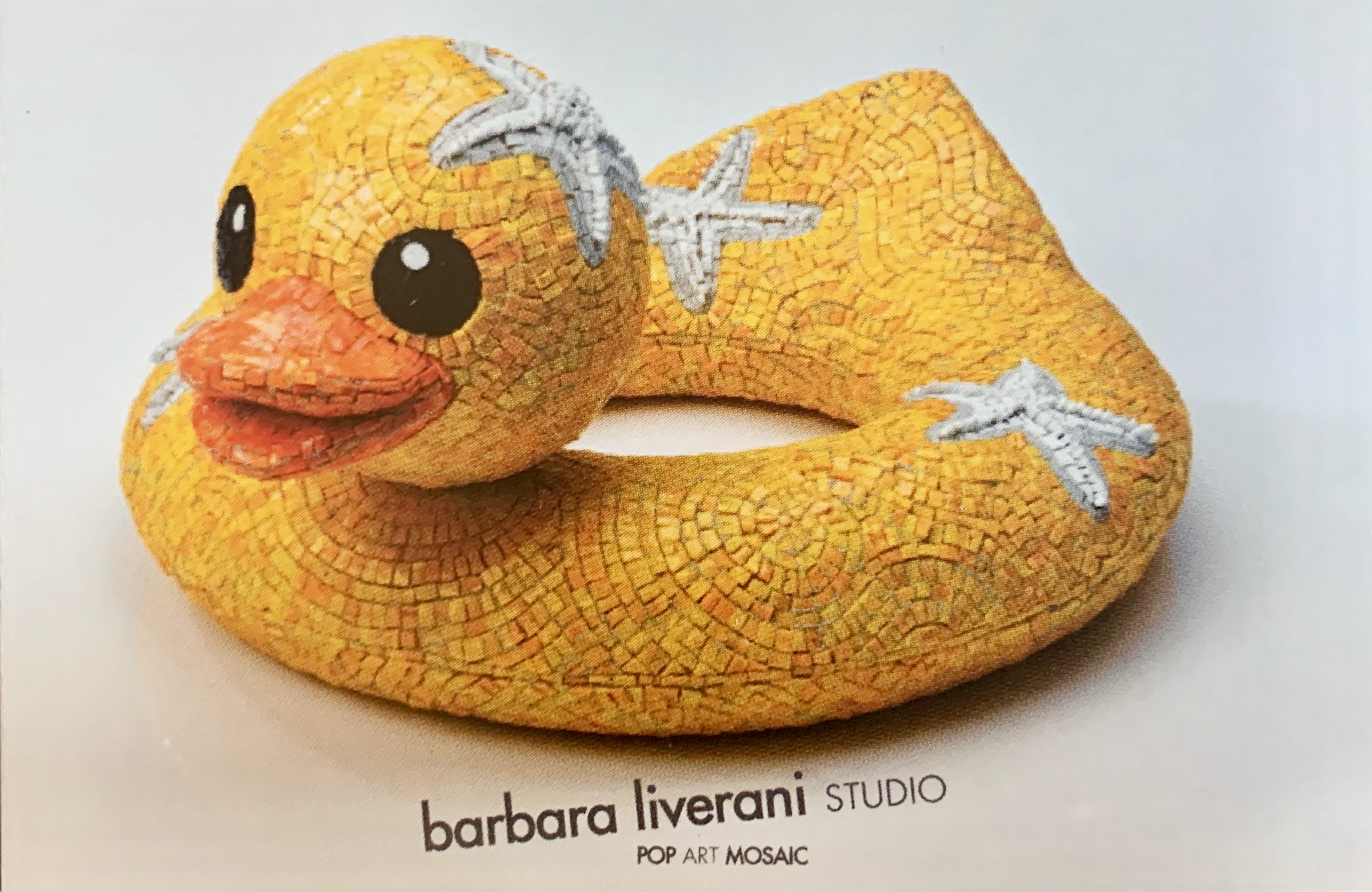
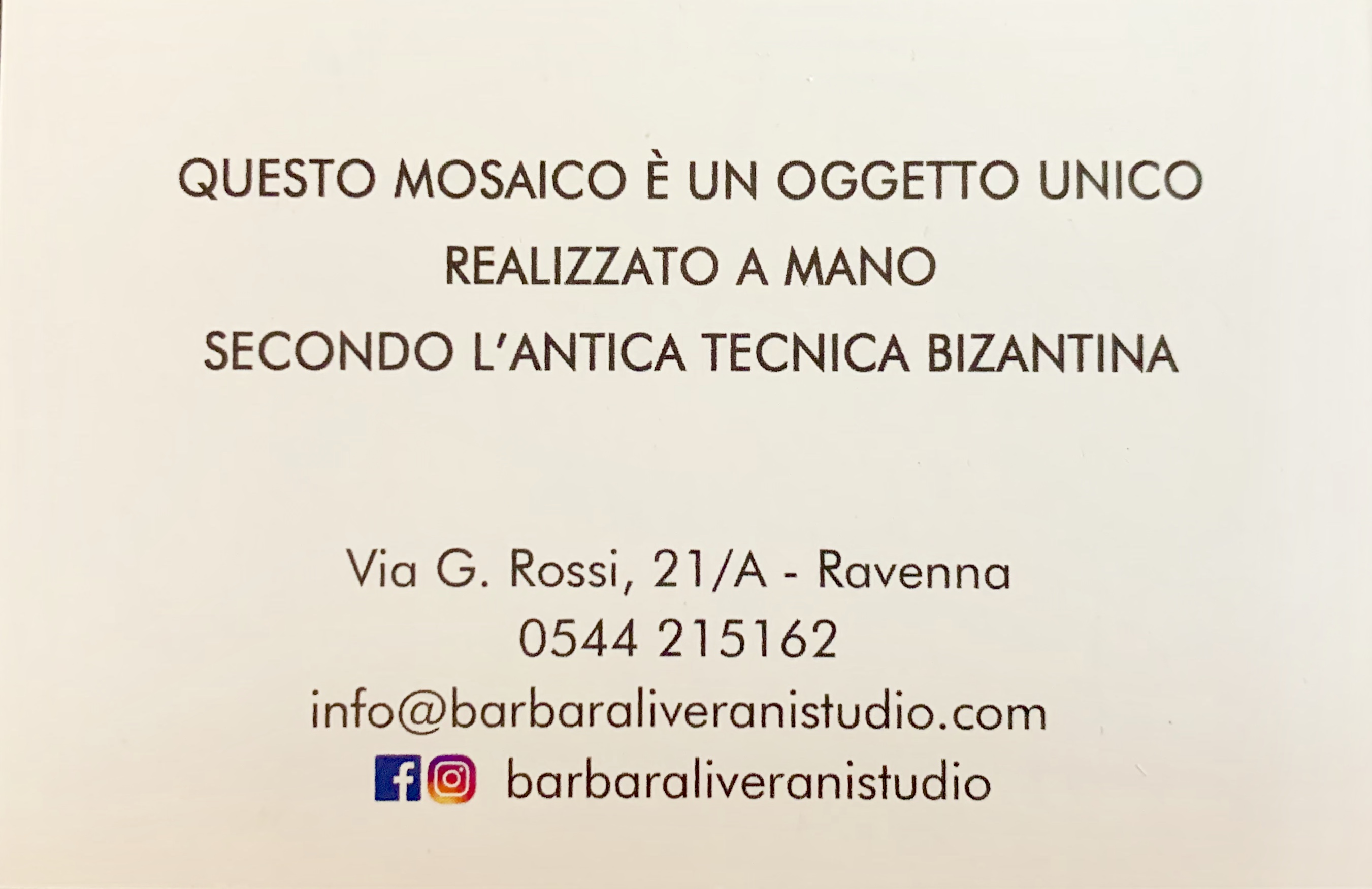
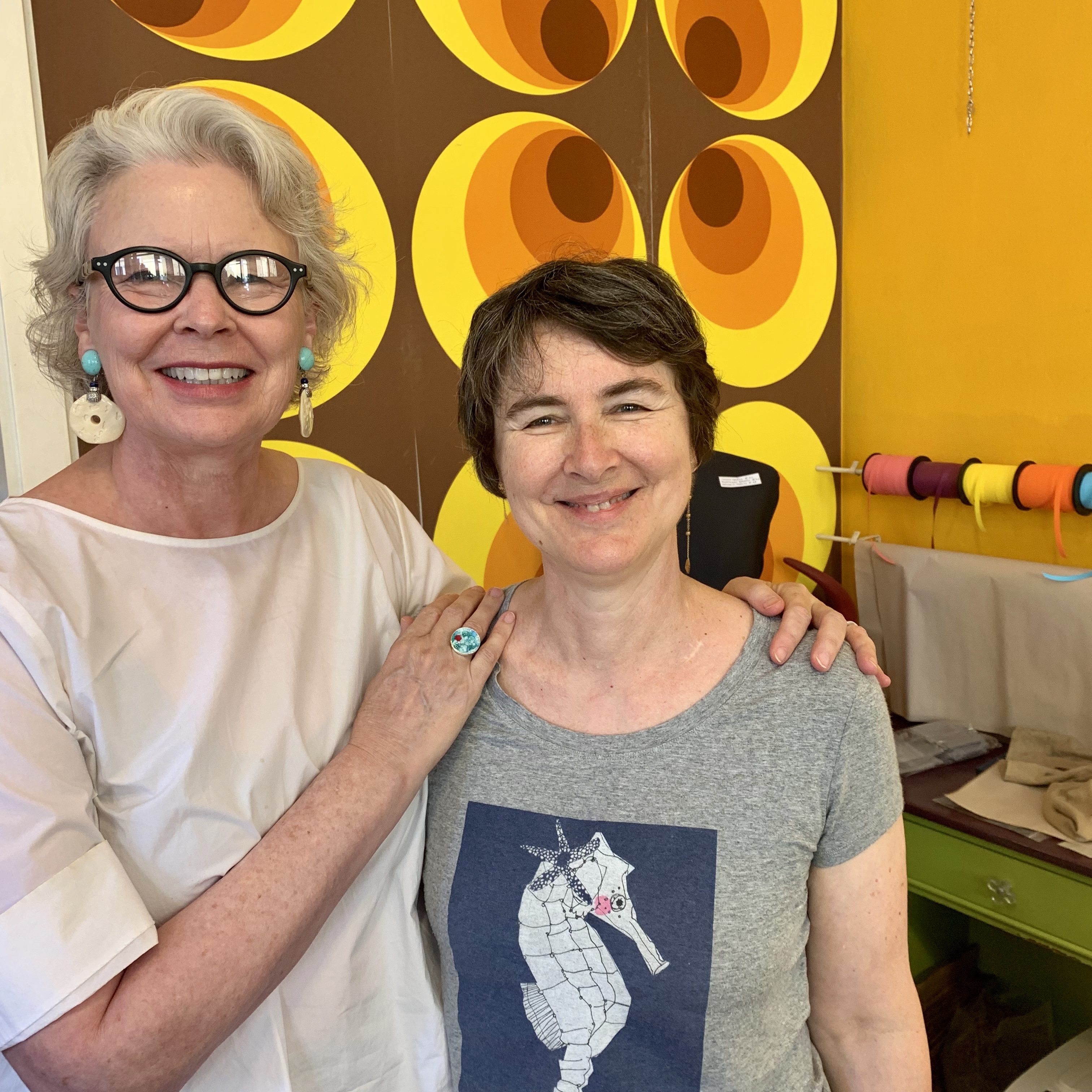
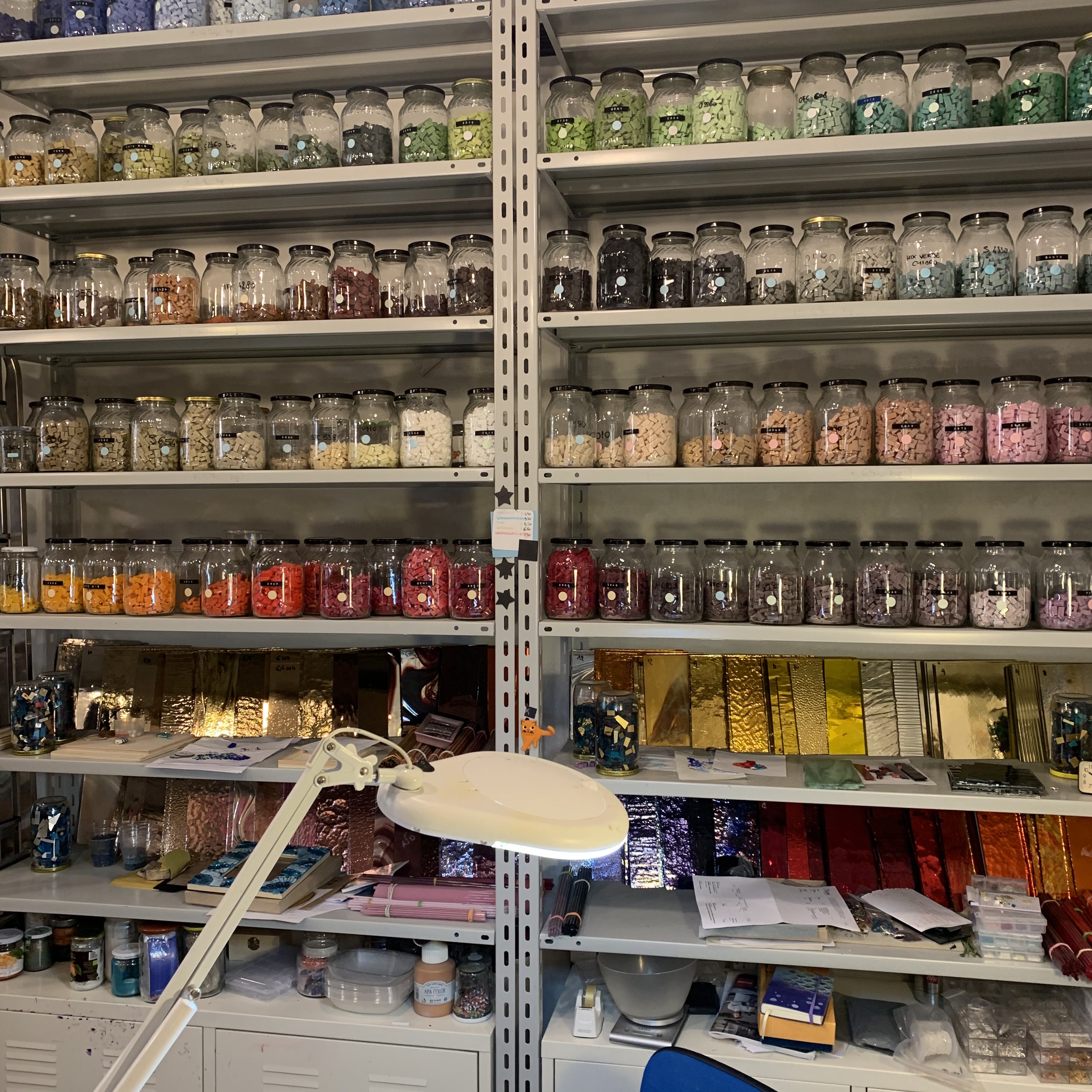

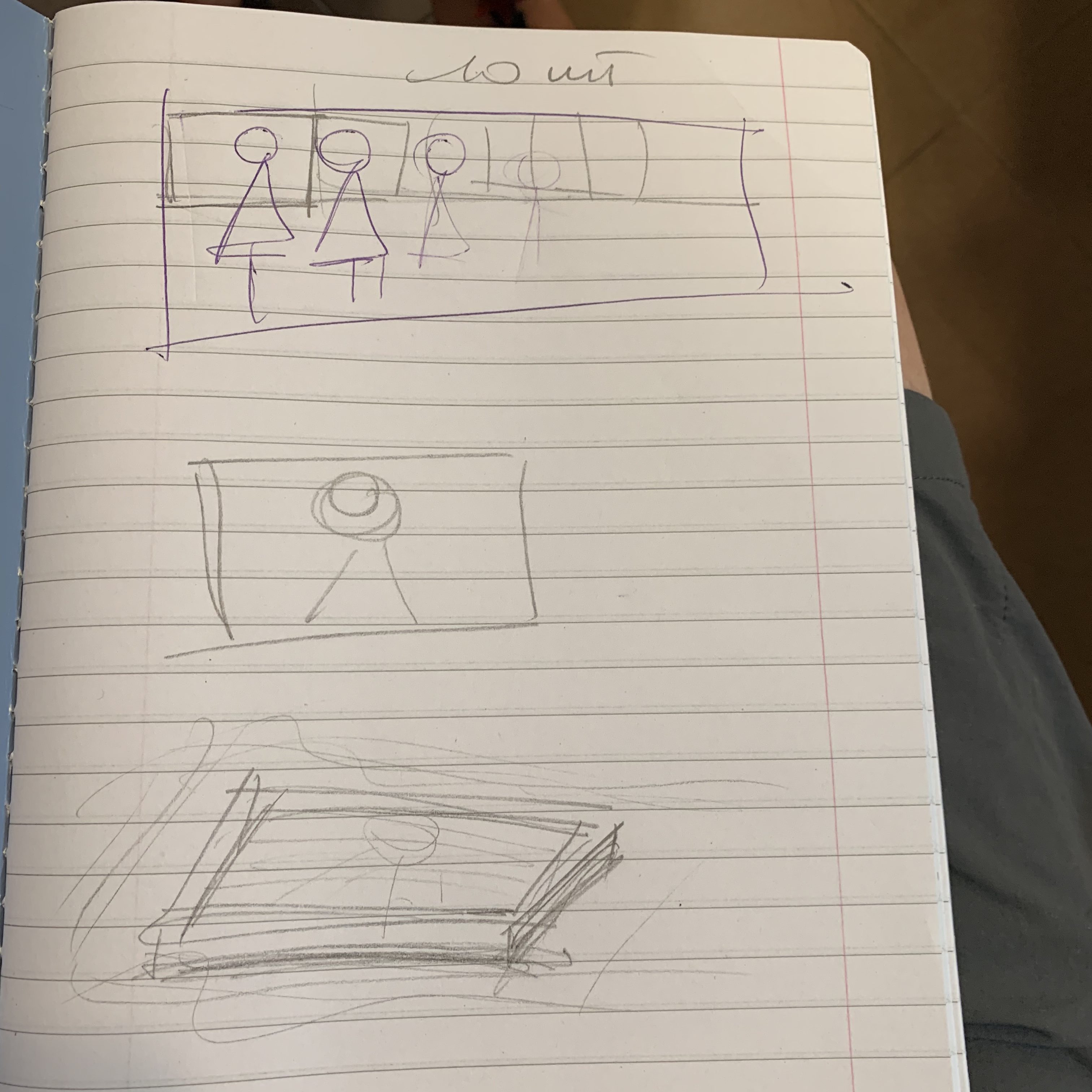
1. The design is divided into sections so the mosaics are small enough to carry from the workshop to the church.
2. A wood frame surrounds a layer of plaster. The plaster lies on top of a bed of water-soaked hay. This allows the artist to keep working for many months, provided that they cover the work and keep the hay moist.
3. When the design is finished, they place a layer of material over the surface of the mosaic with an adhesive. The mosaic is then transferred into place at the church. The surface material might be canvas, which allows the artists to bend the mosaic over curves in the architecture.
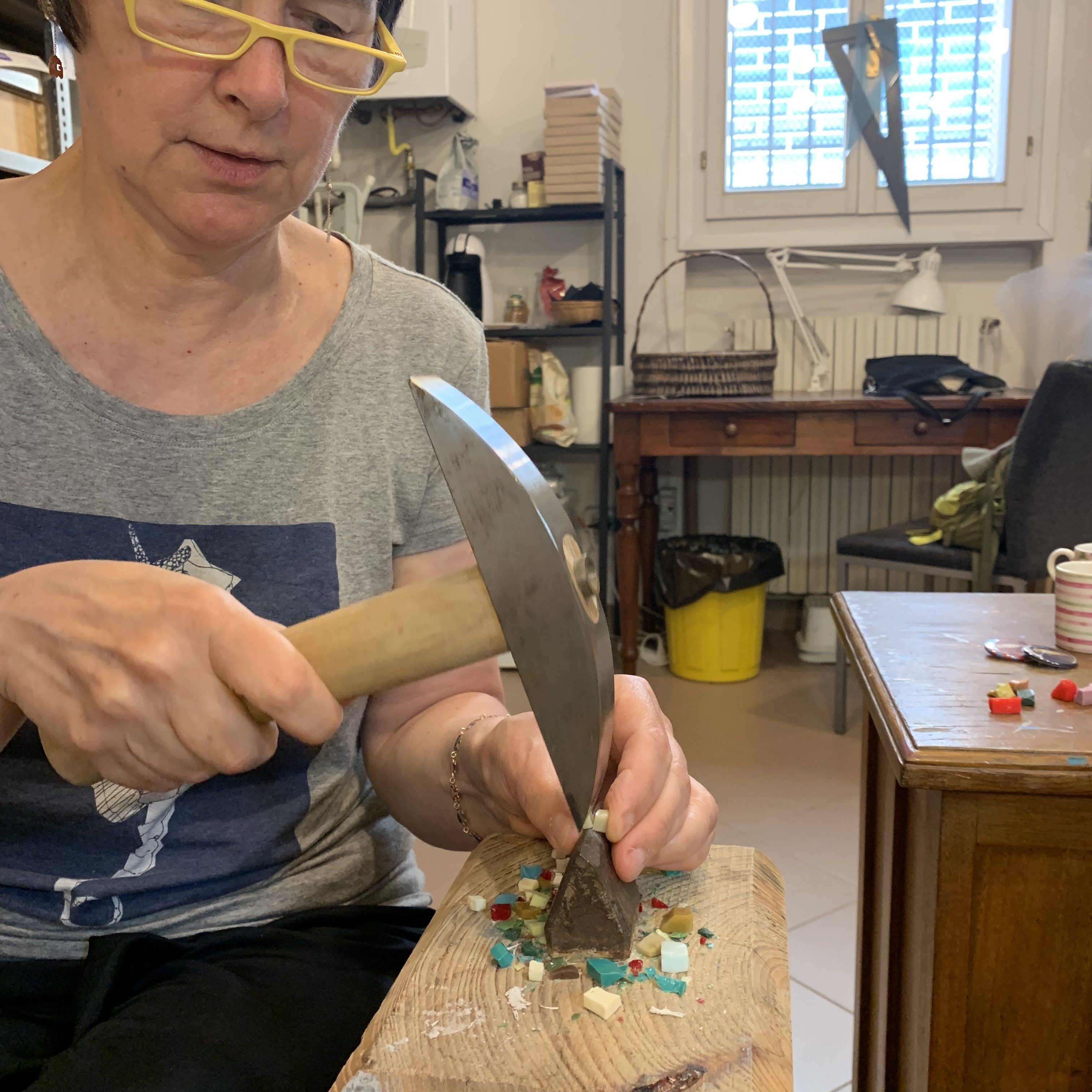
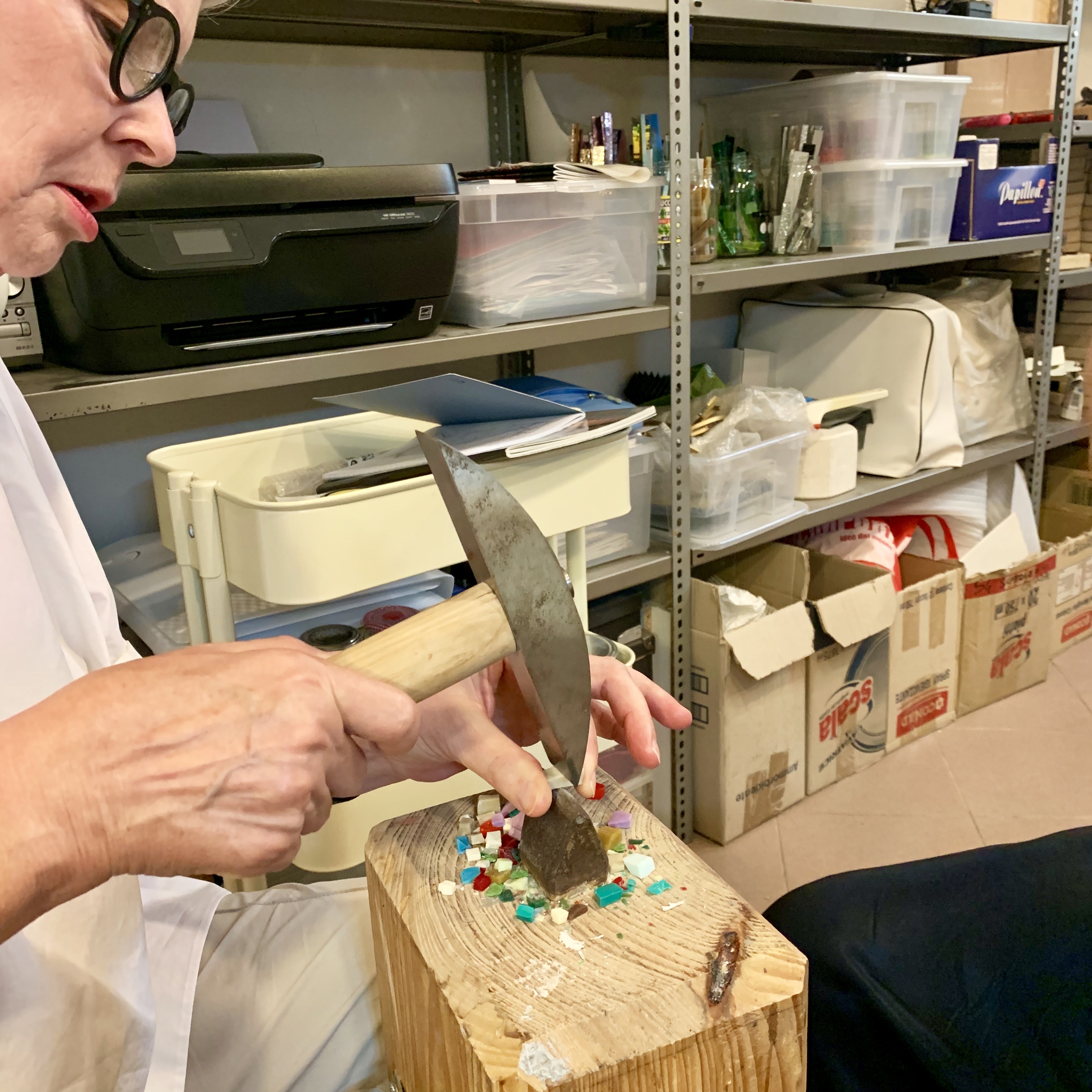
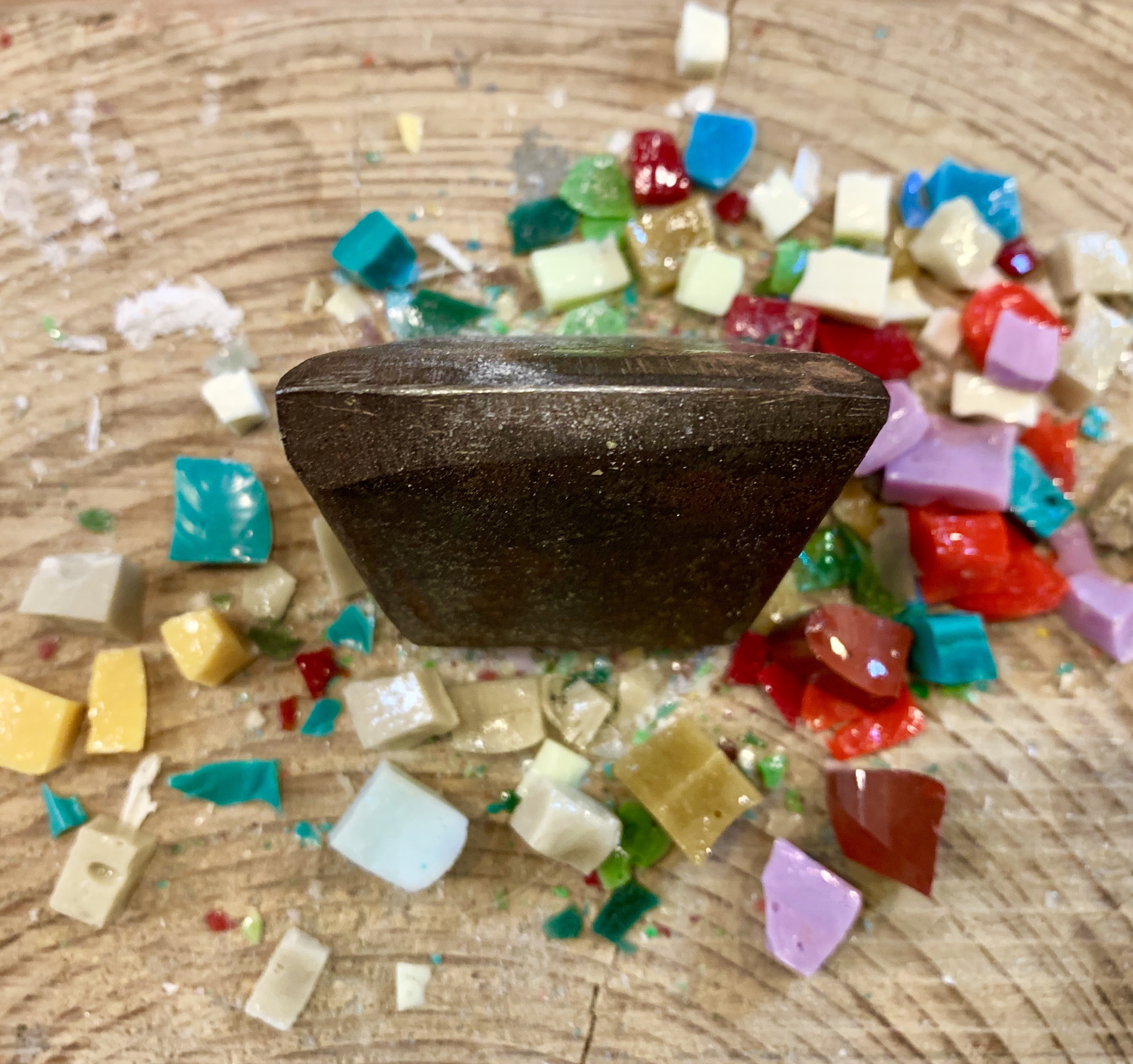
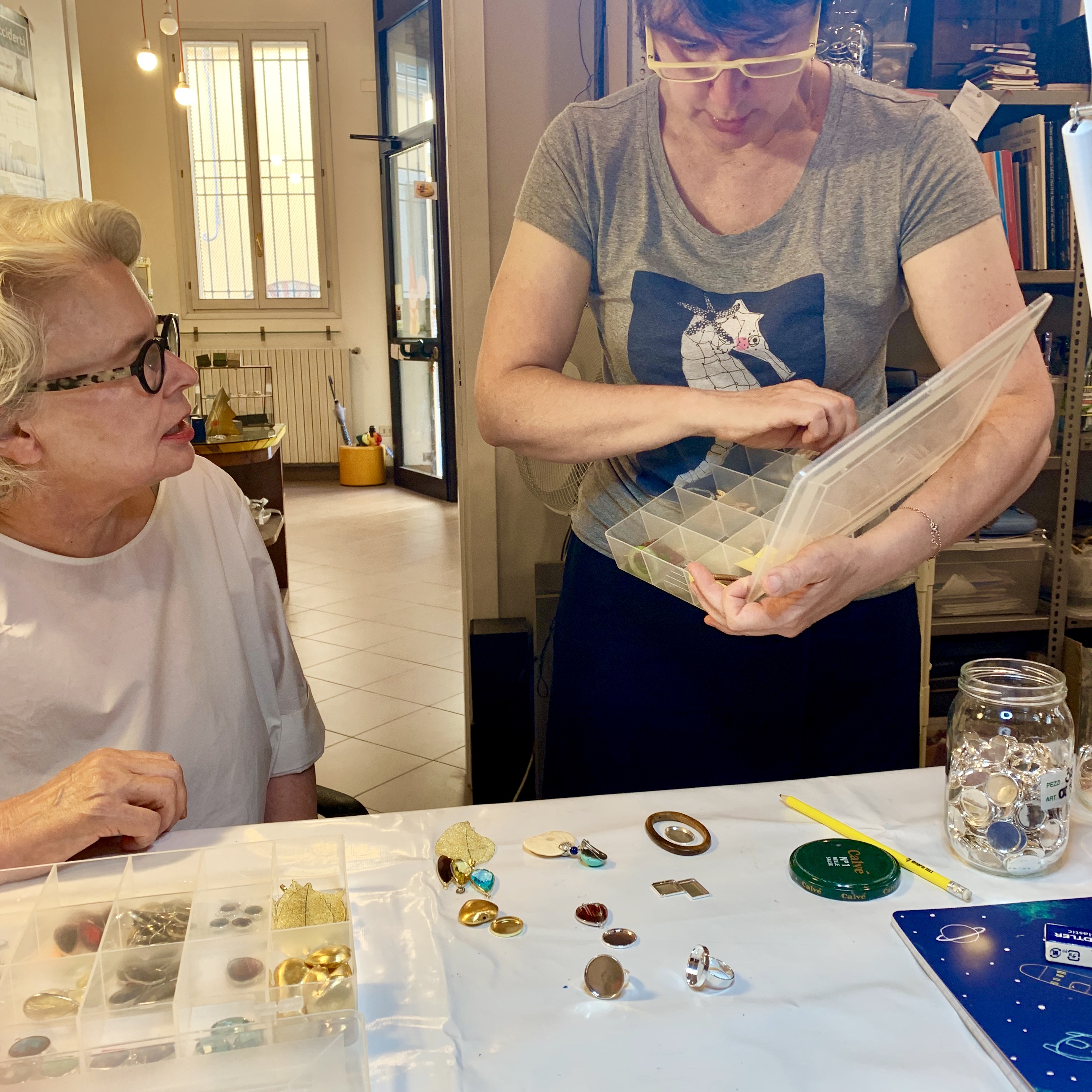
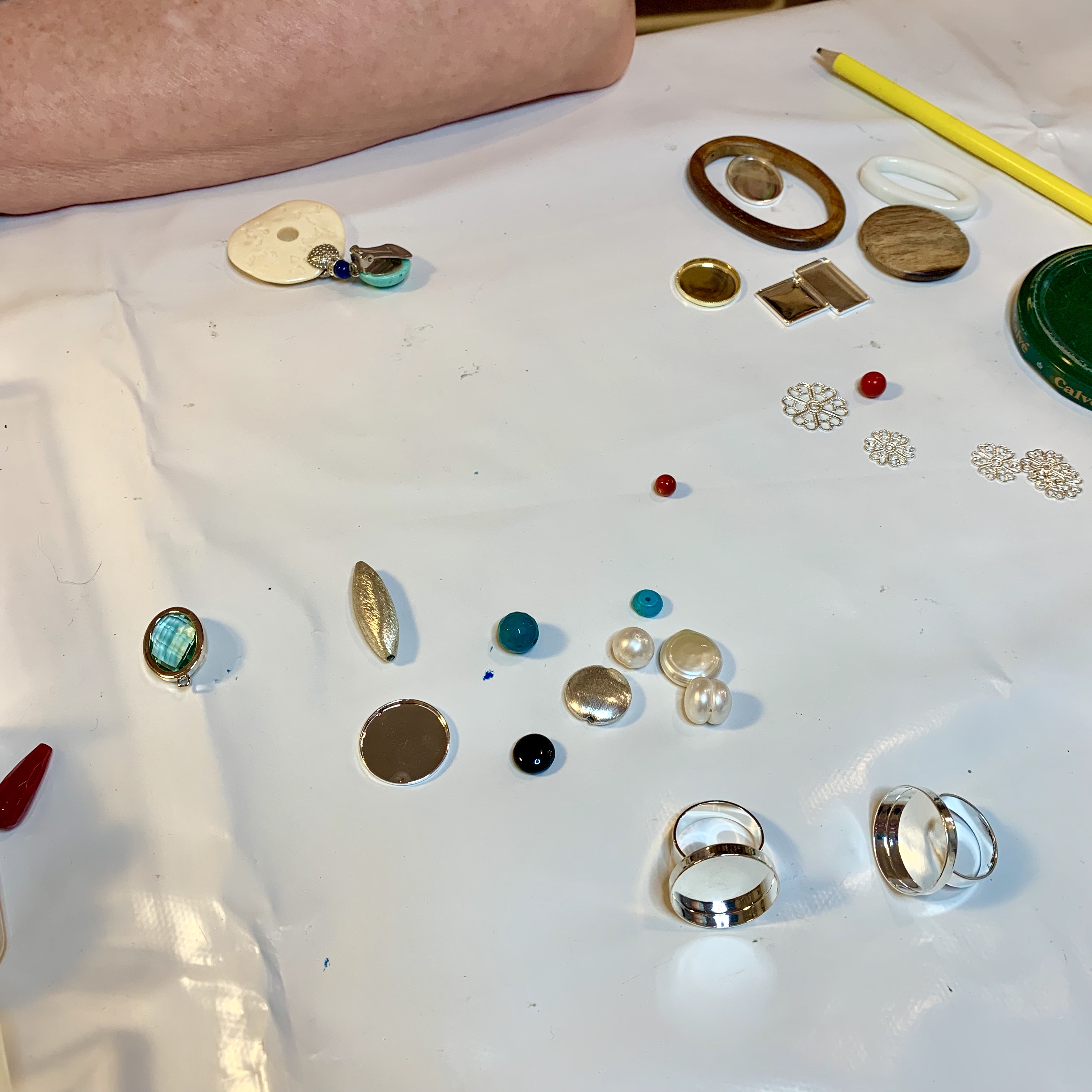
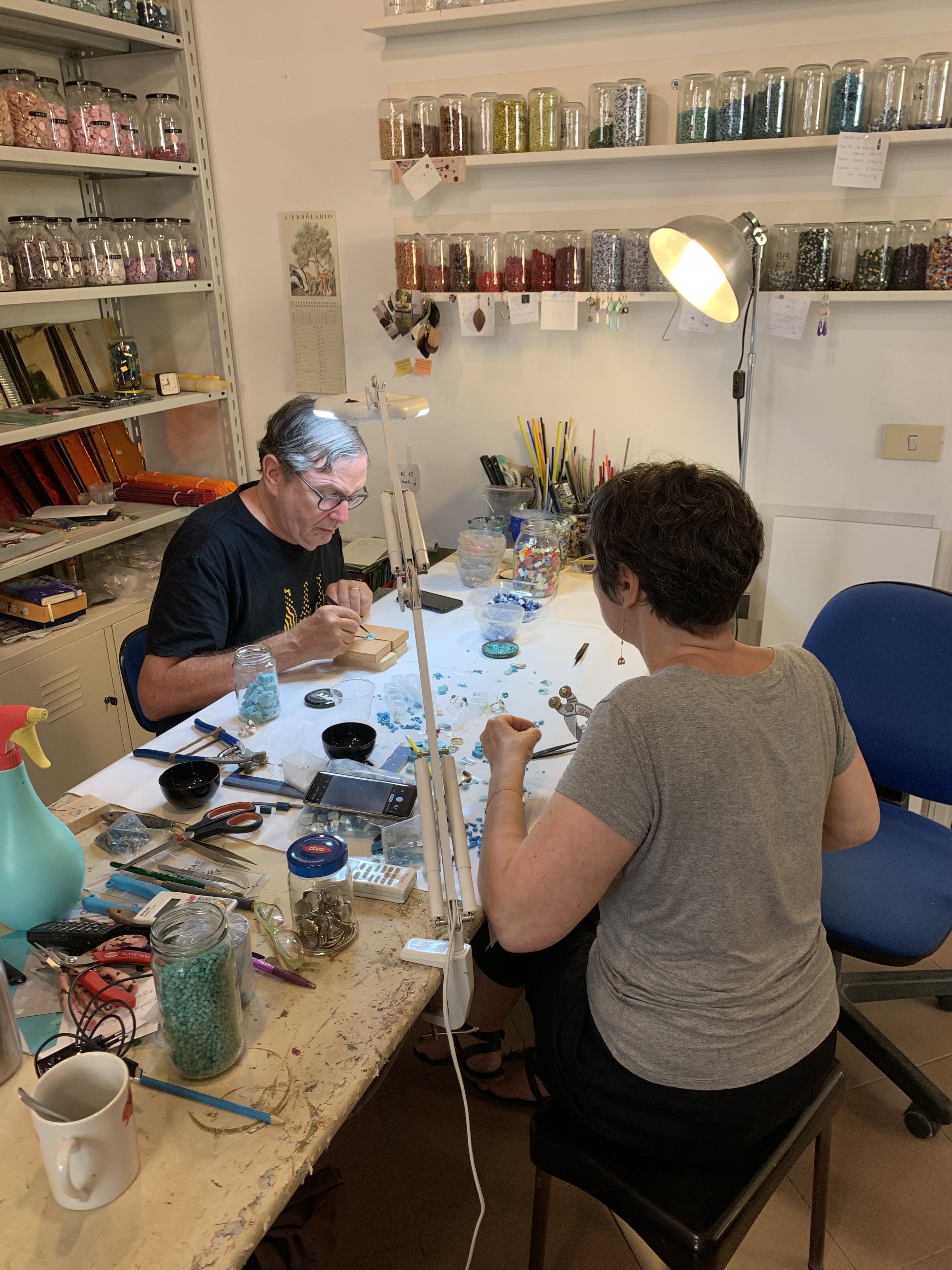
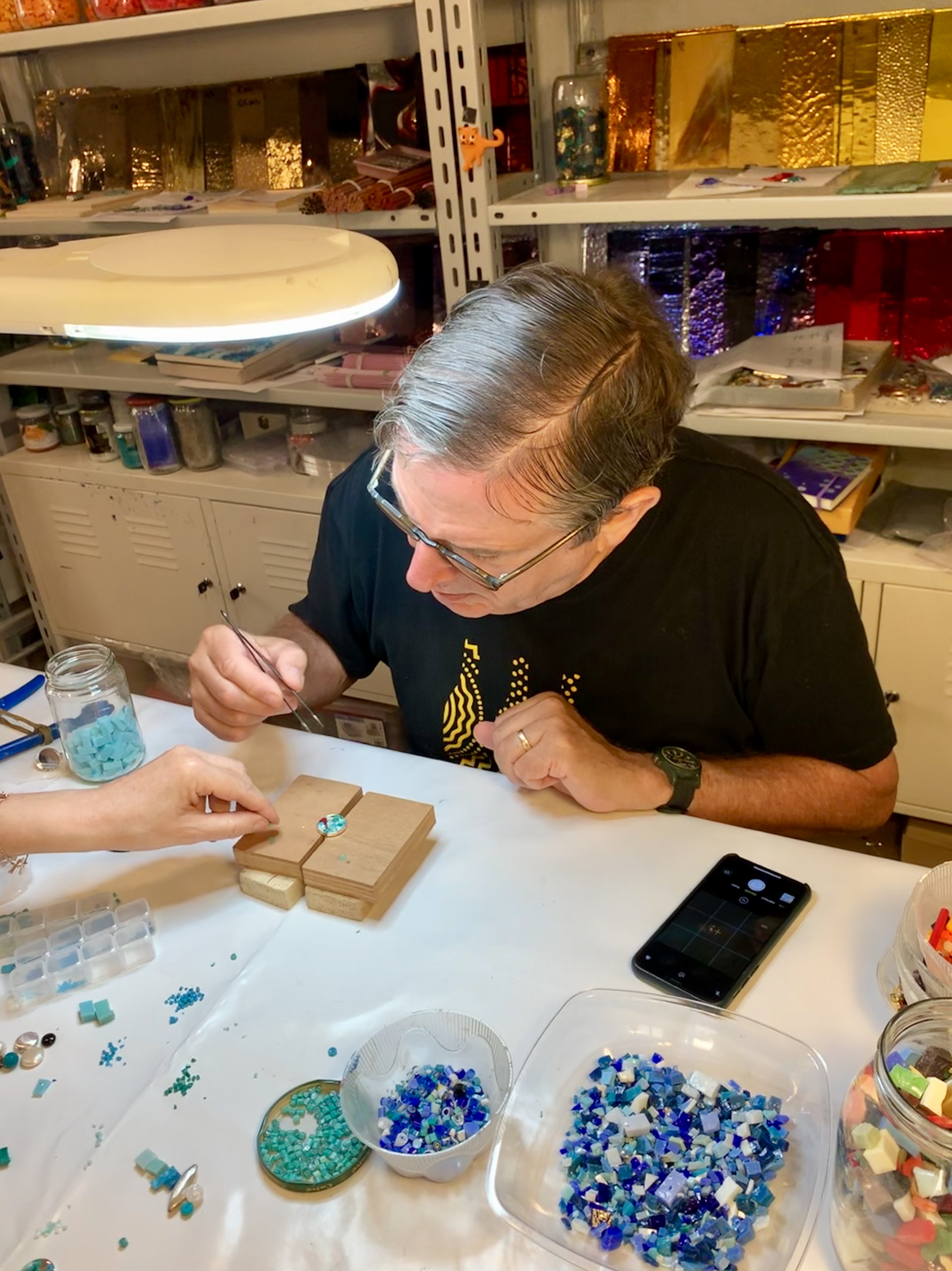
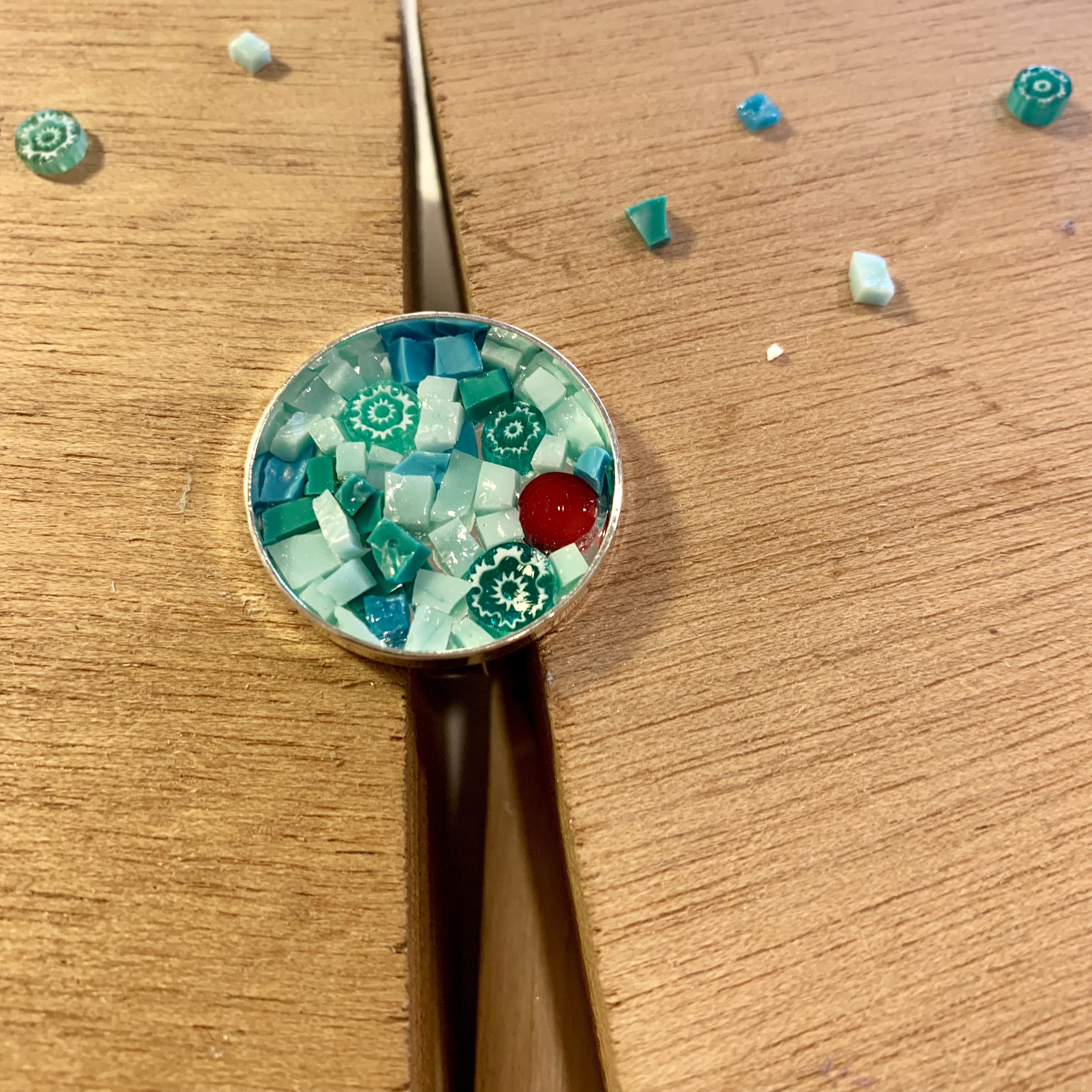
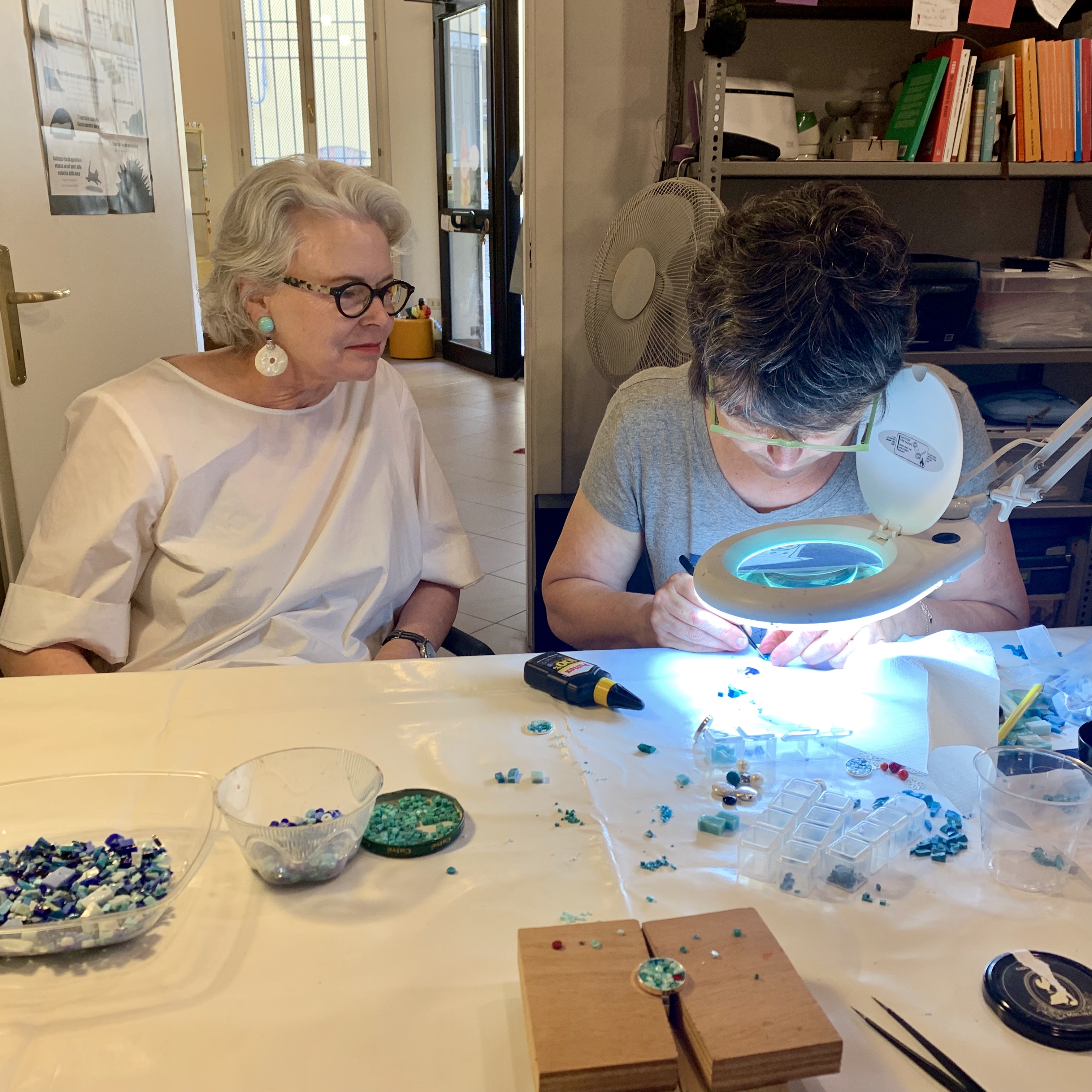
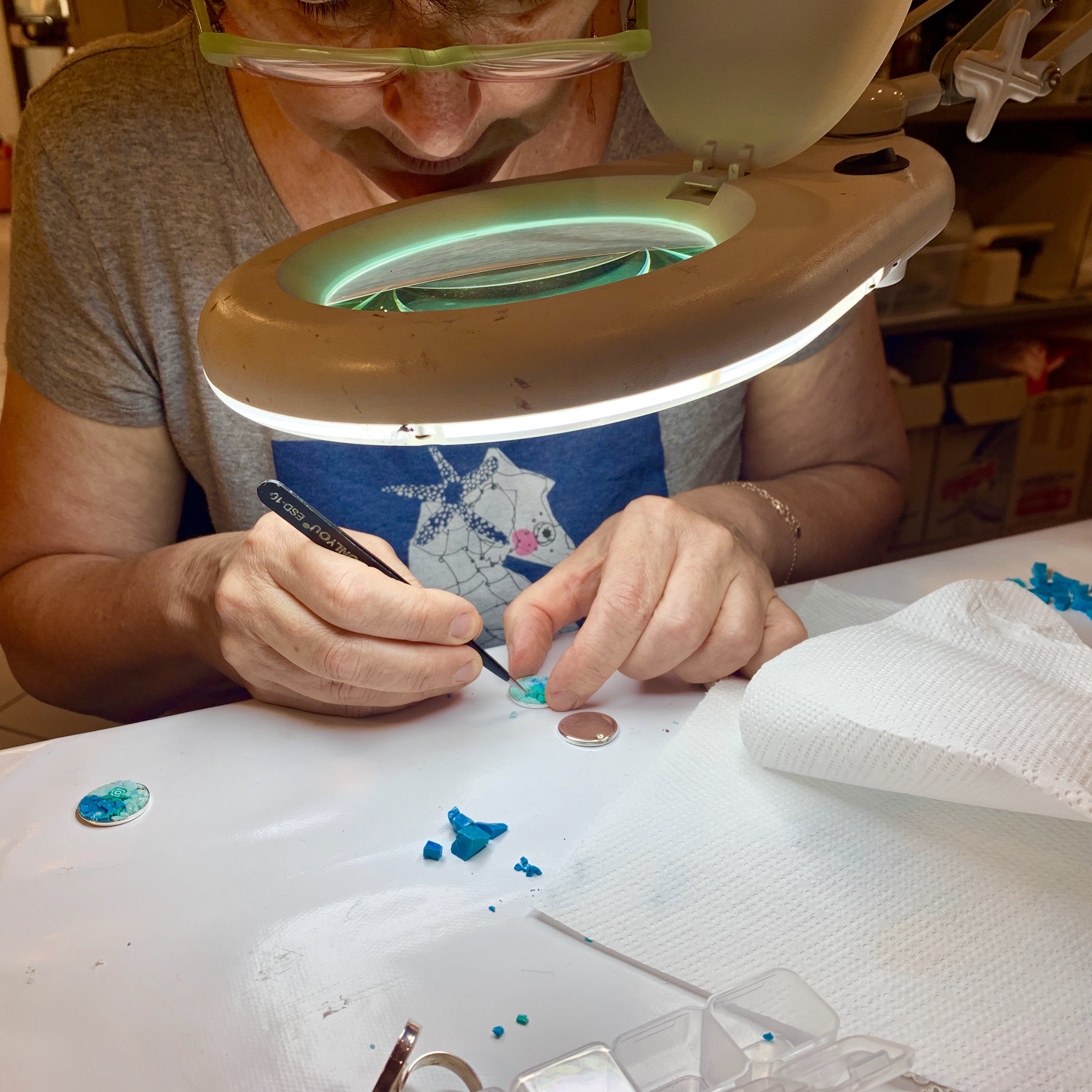
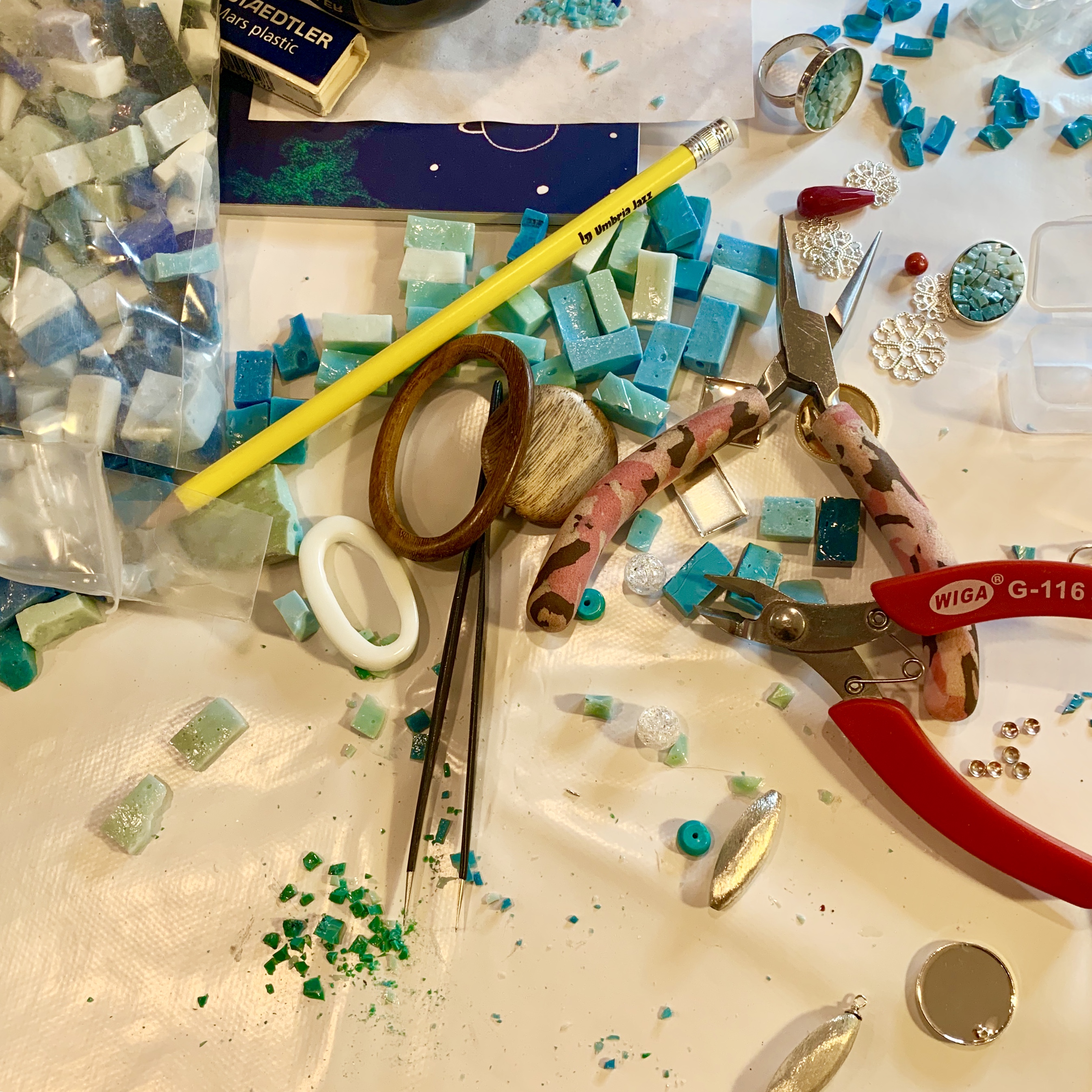
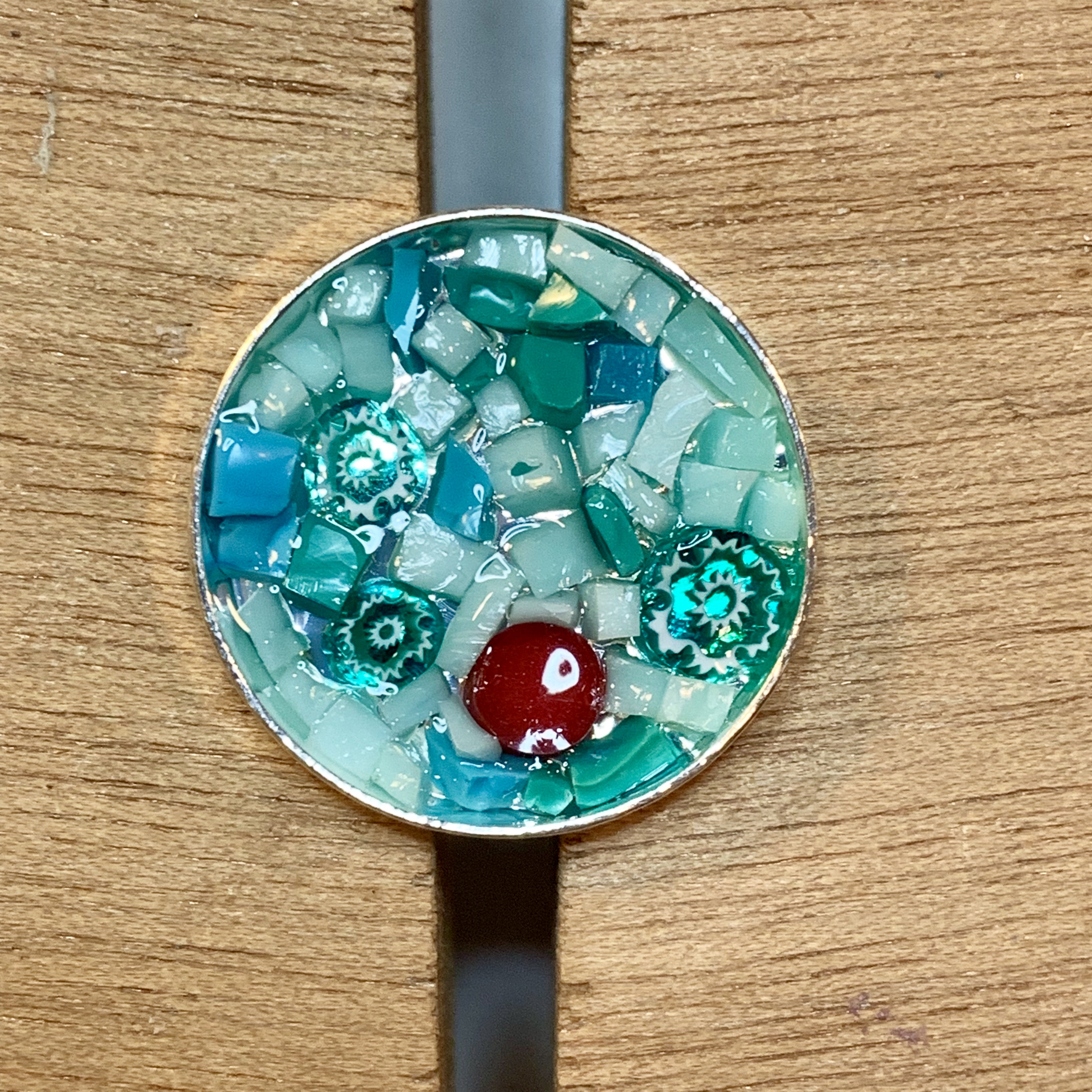
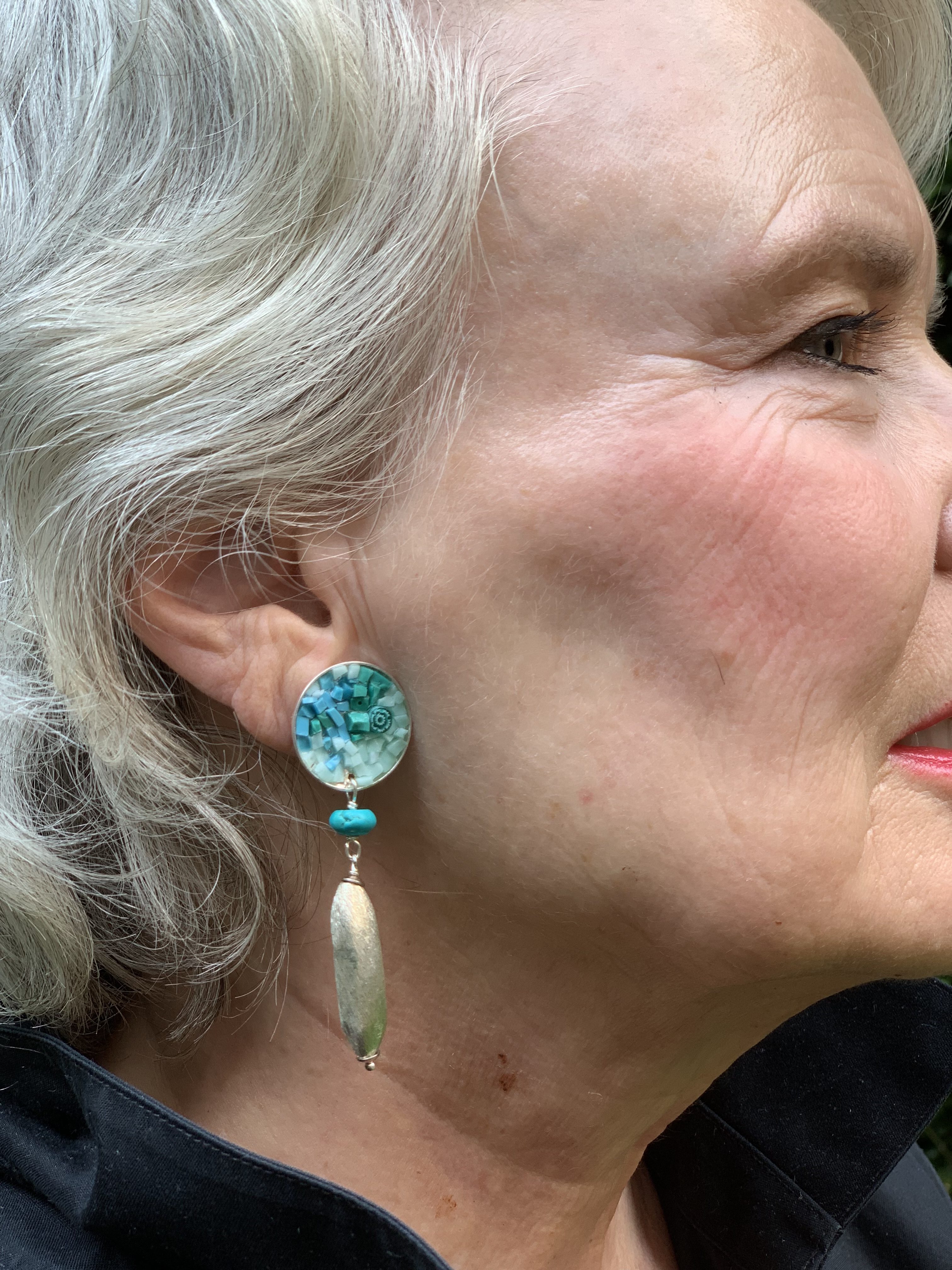
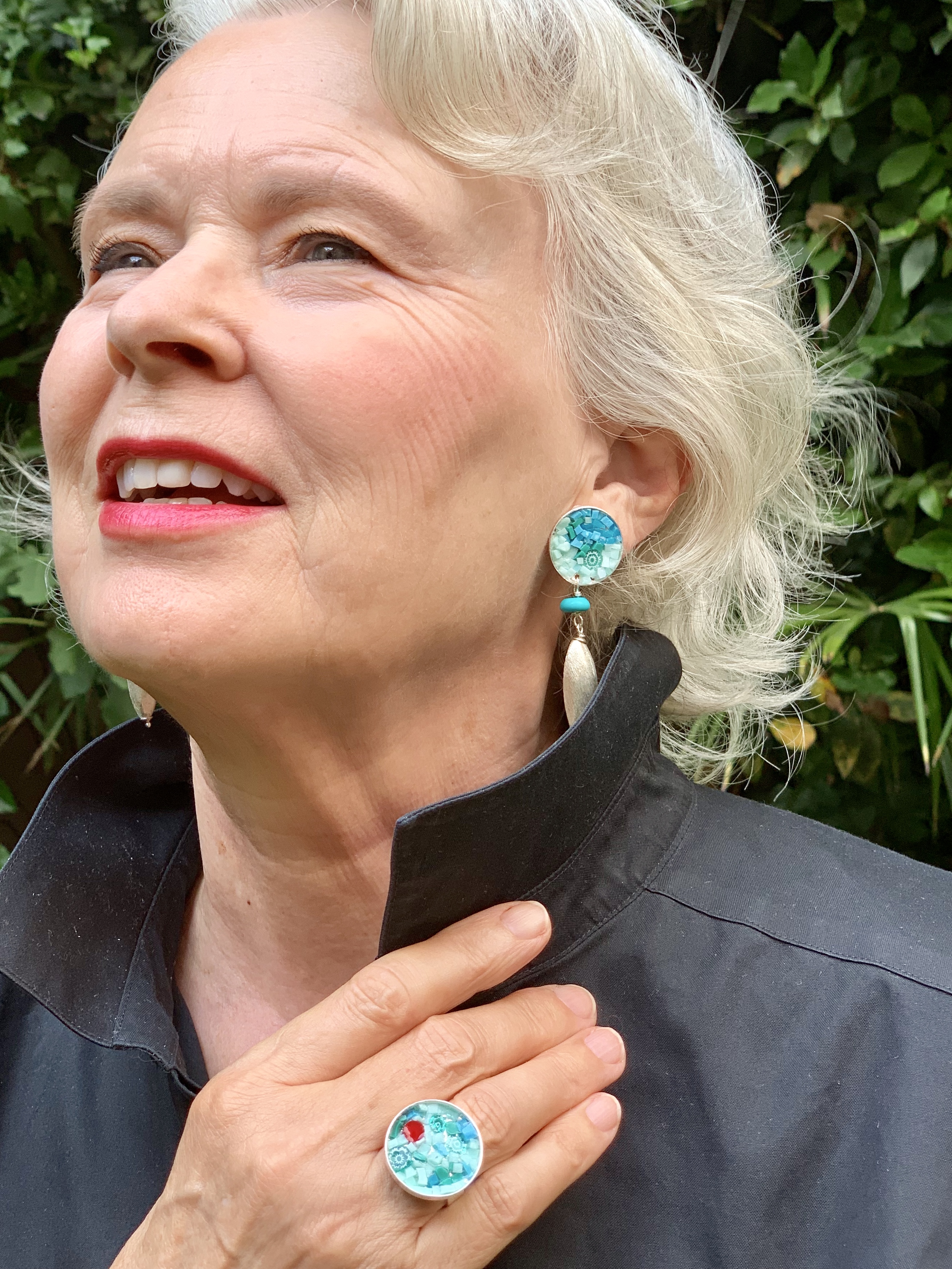
Further Wanderings in Ravenna
Metropolitan Cathedral of Risurrezione di Nostro Signore Gesu Cristo
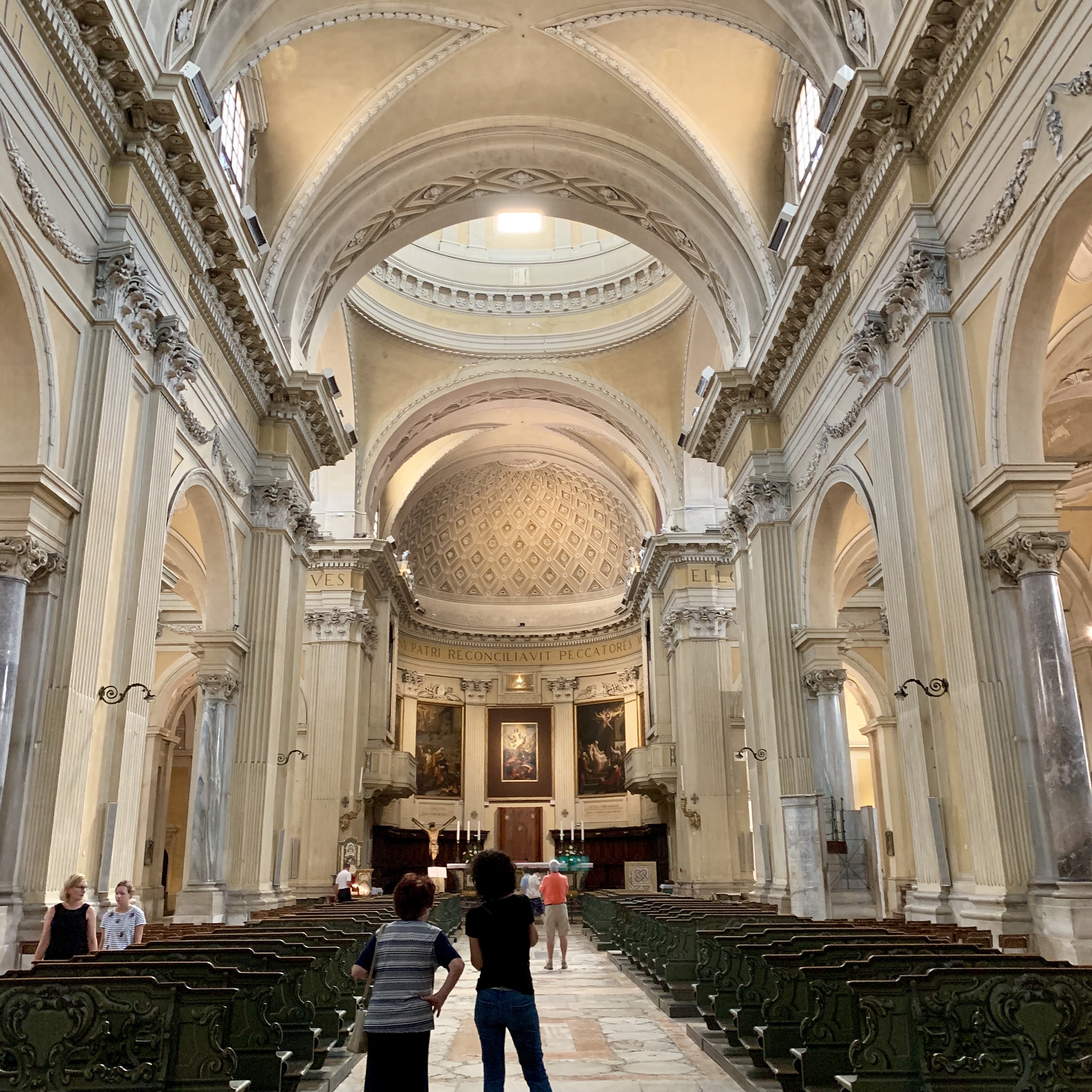
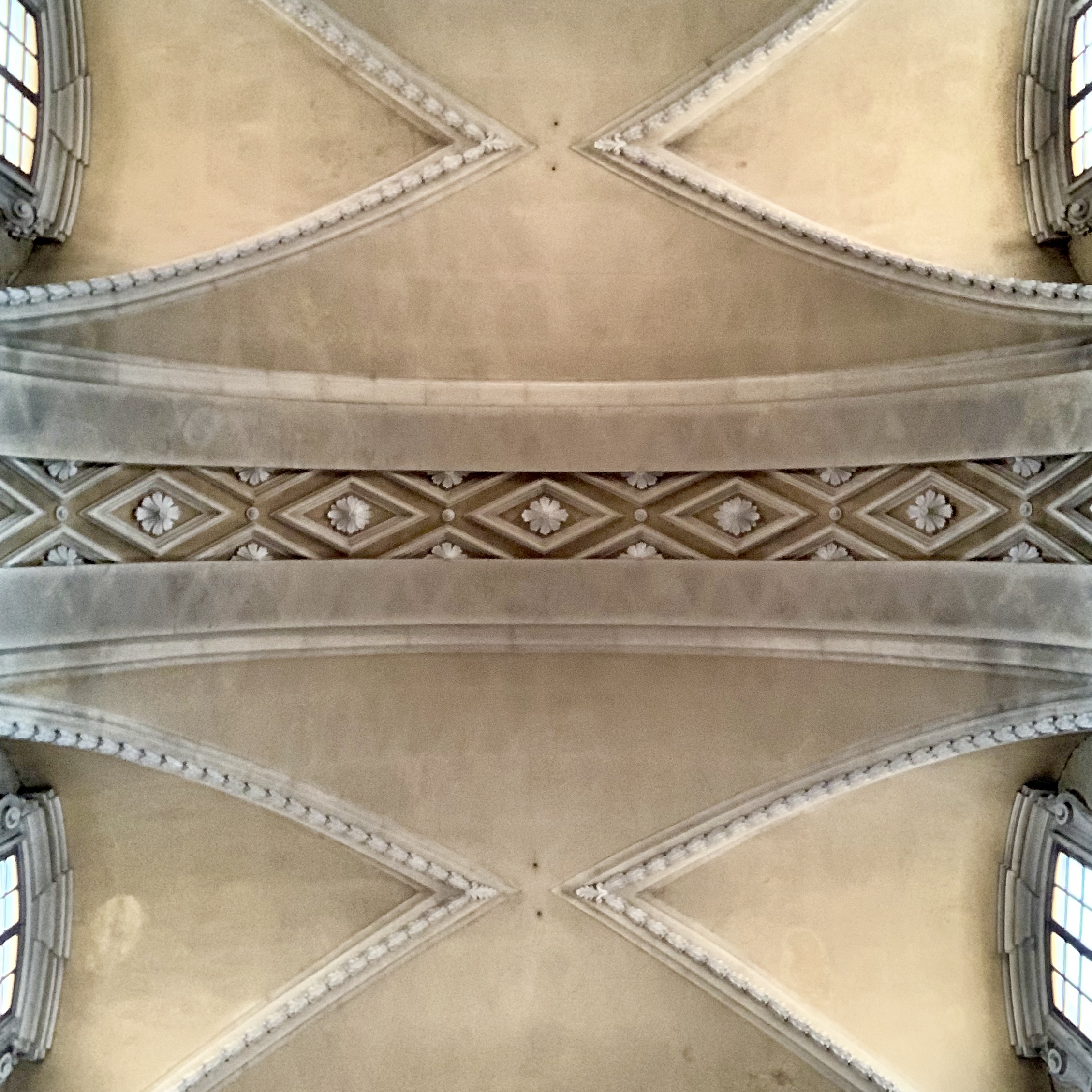
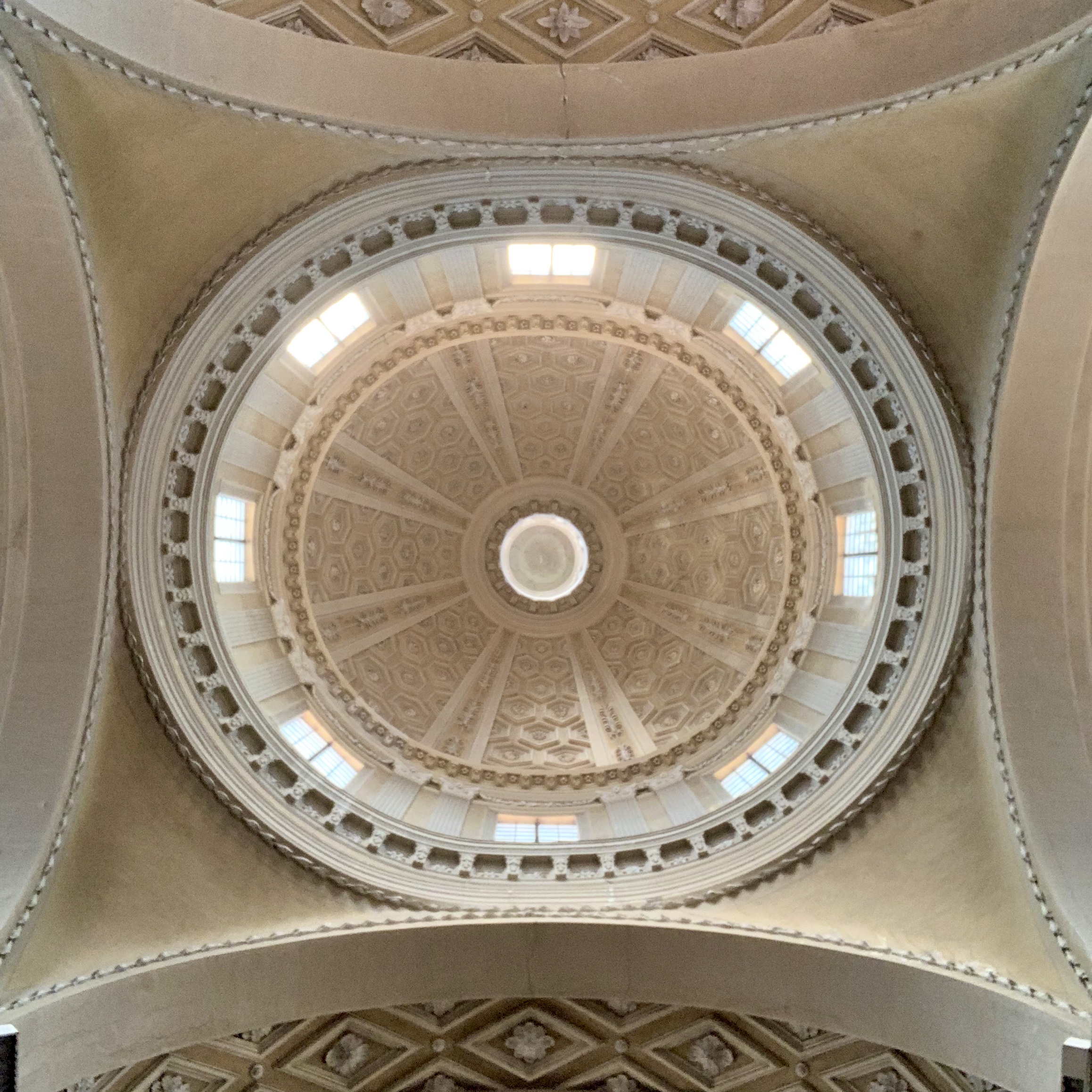
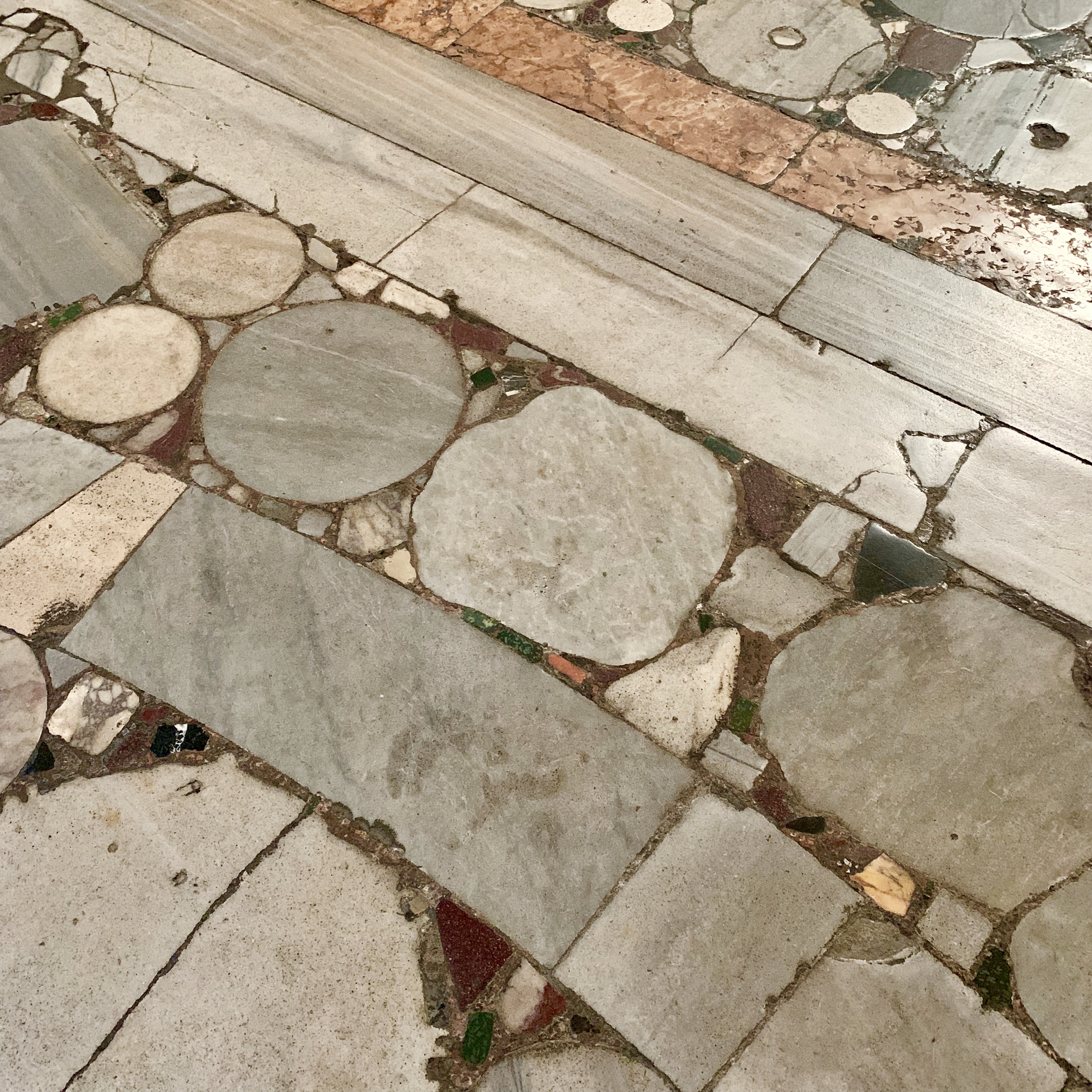
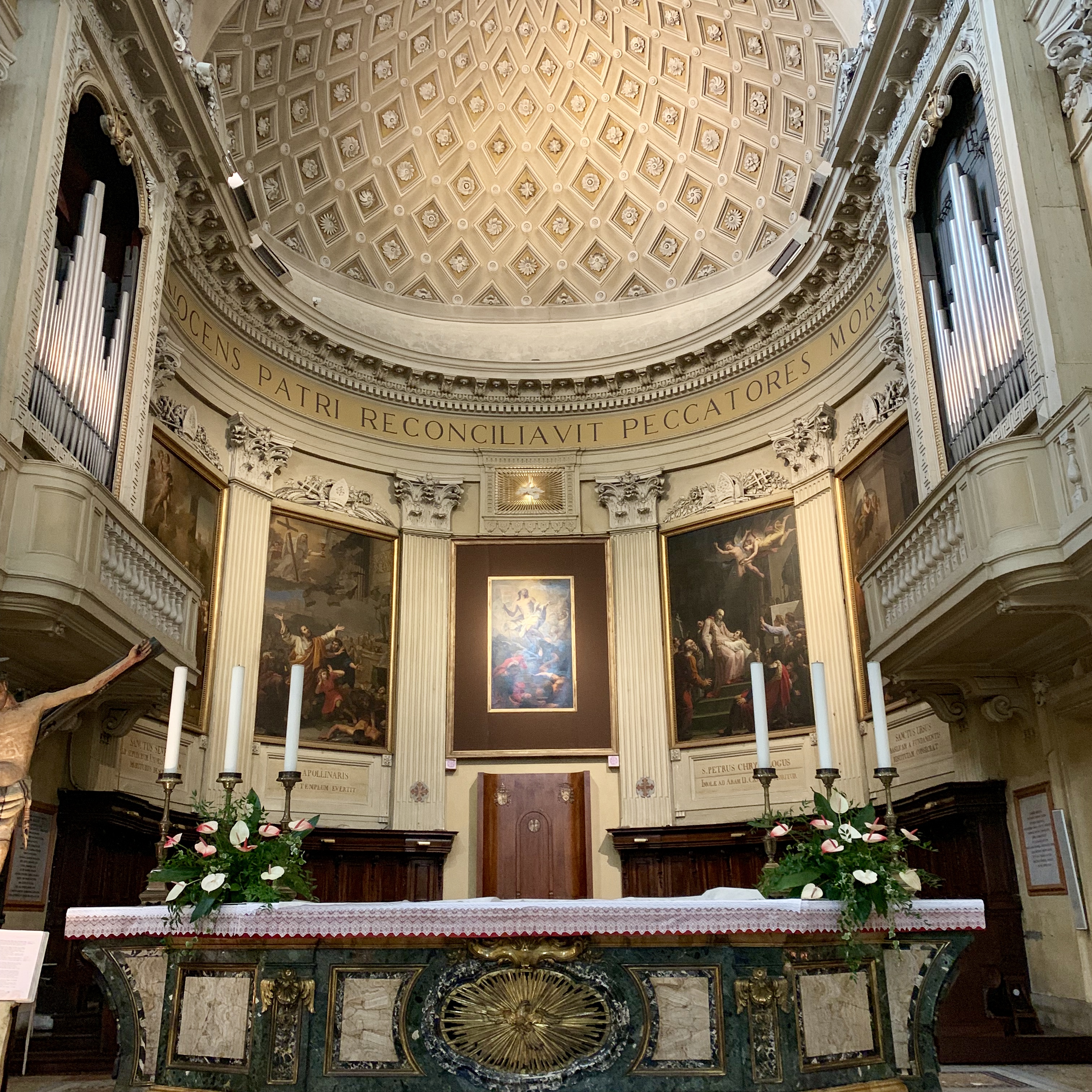
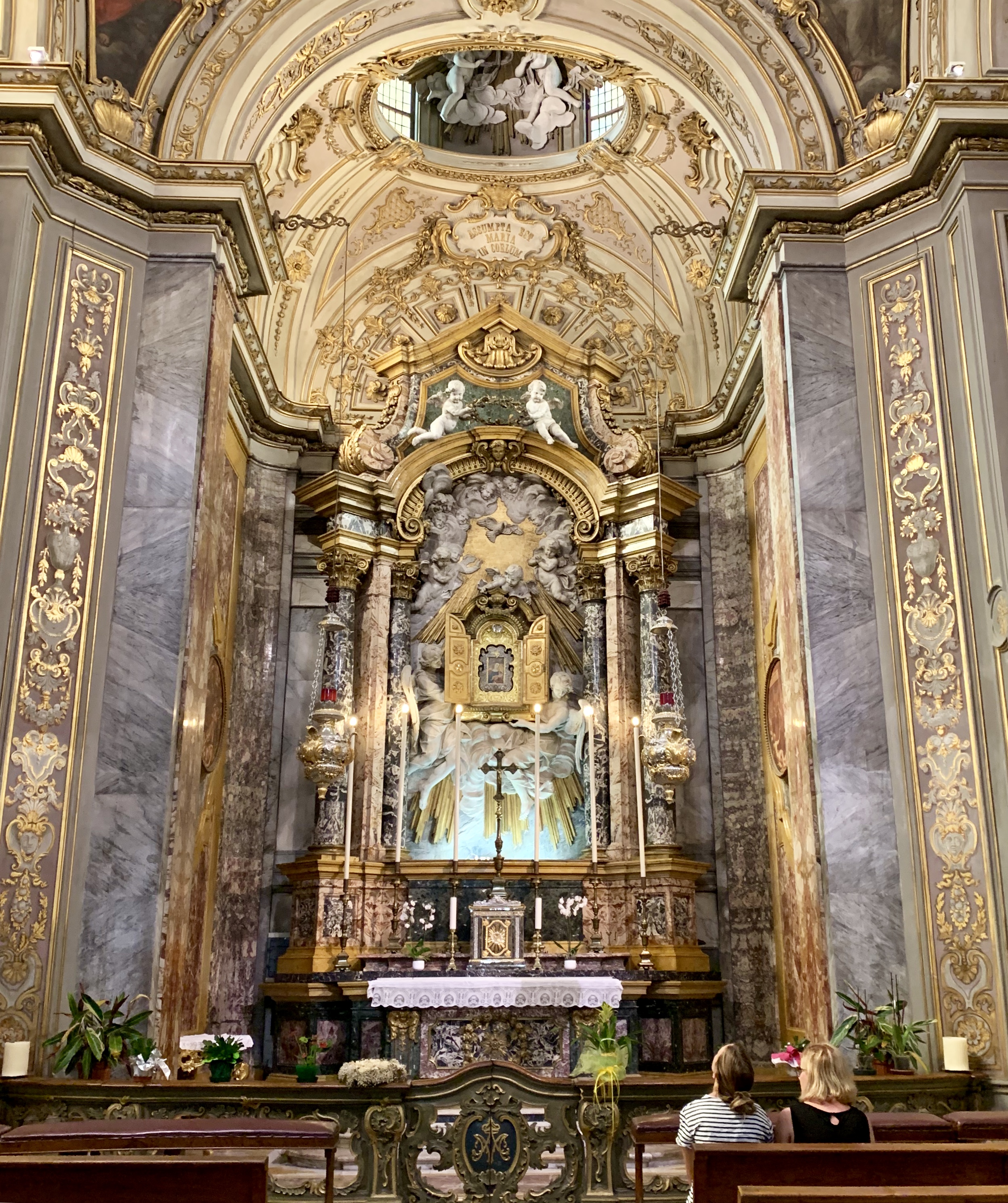
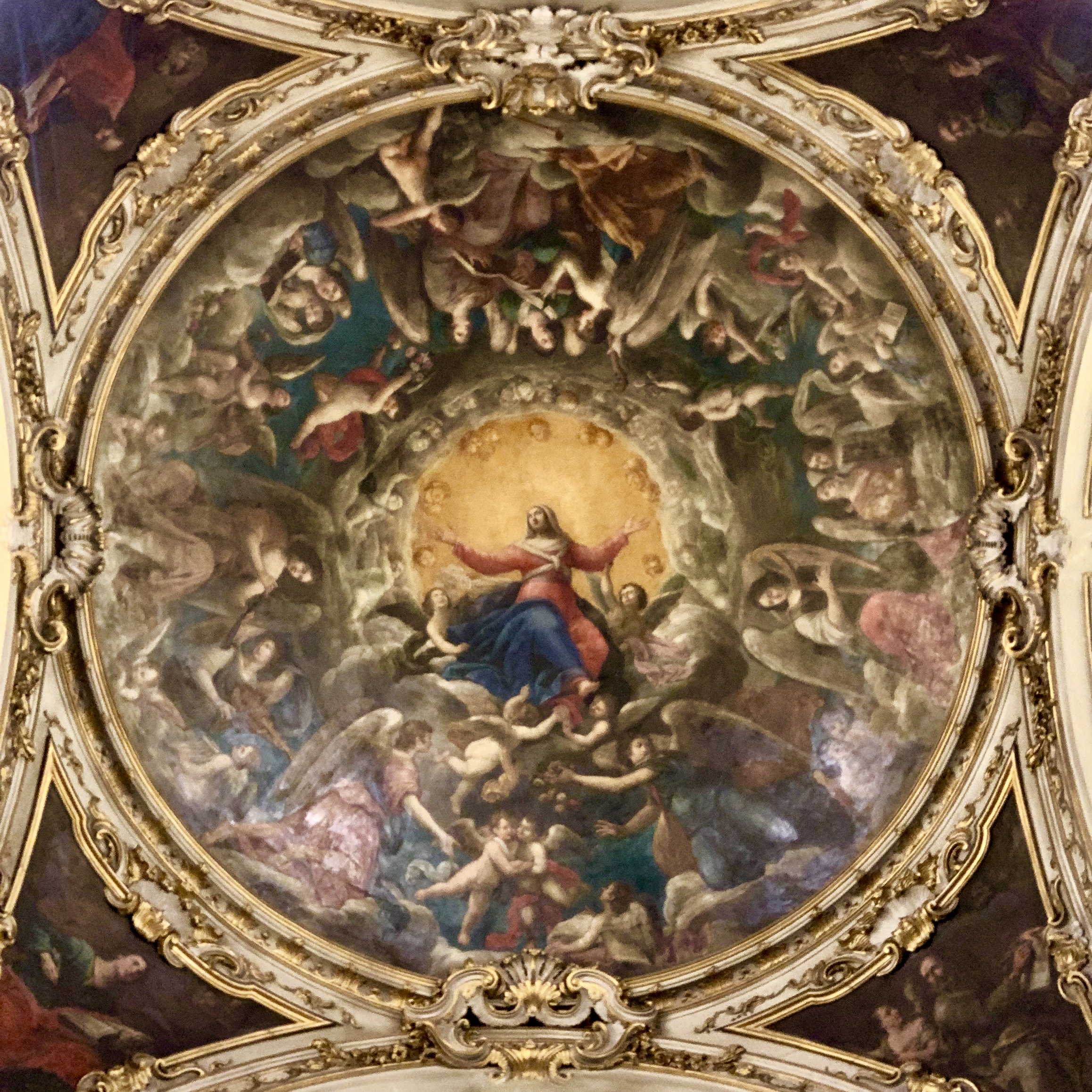
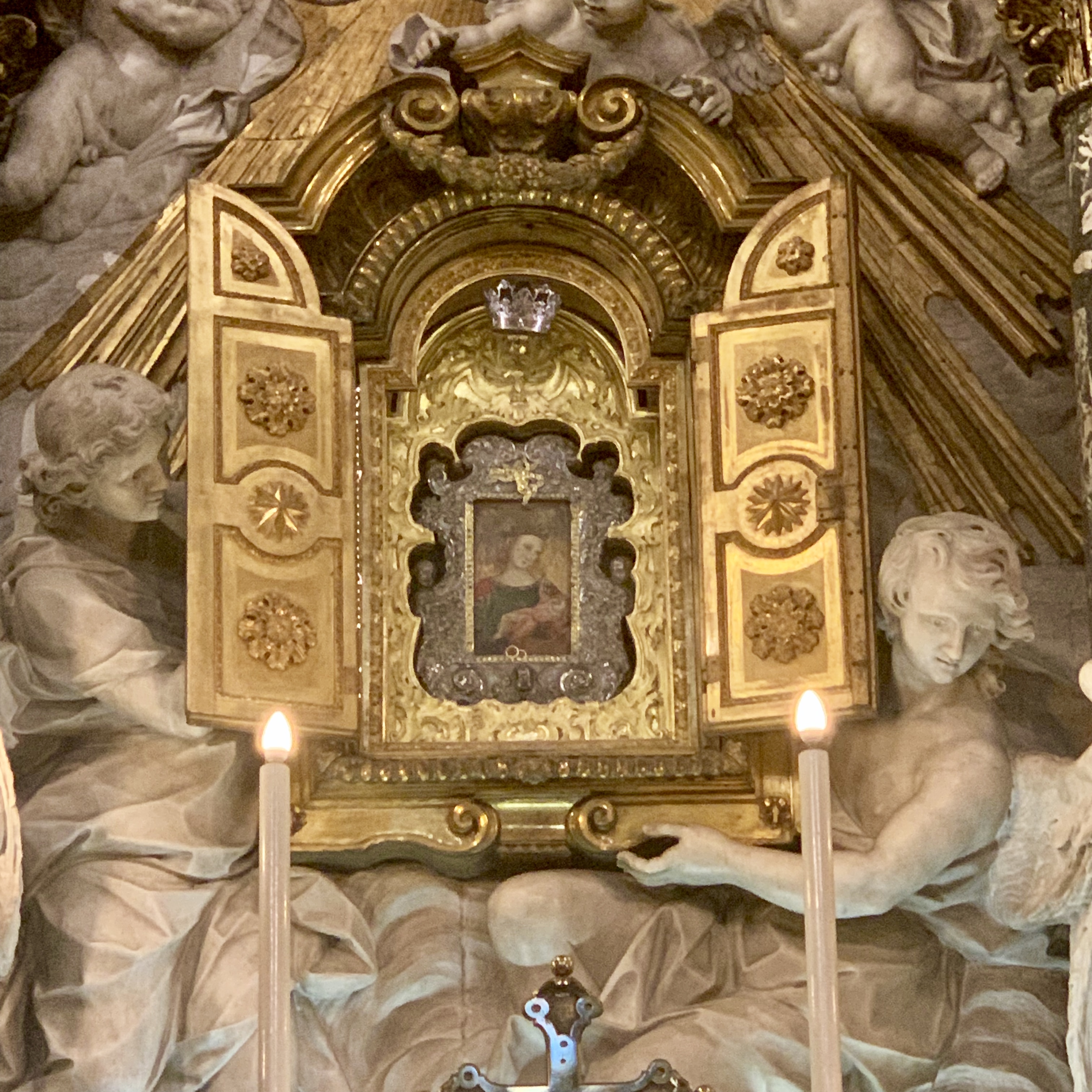
Museo of the Metropolitan Cathedral
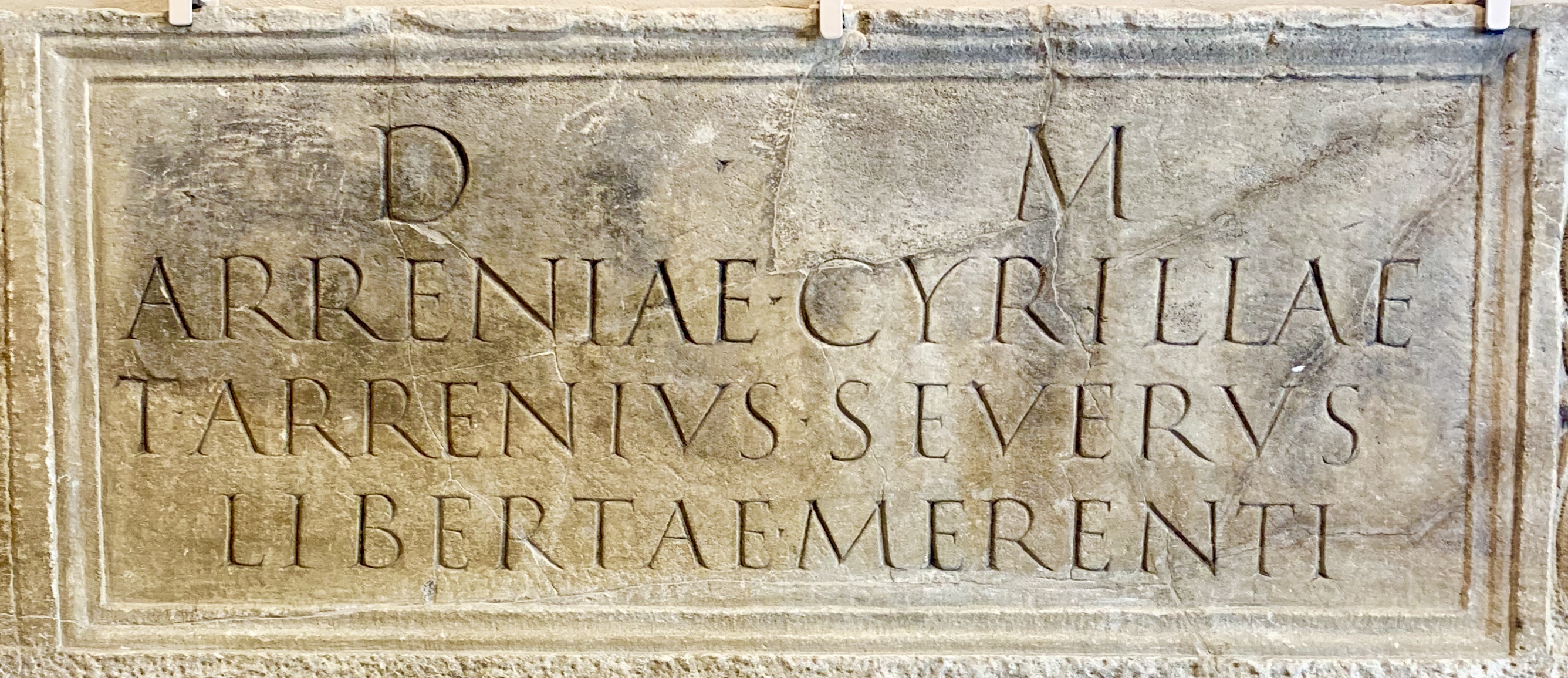
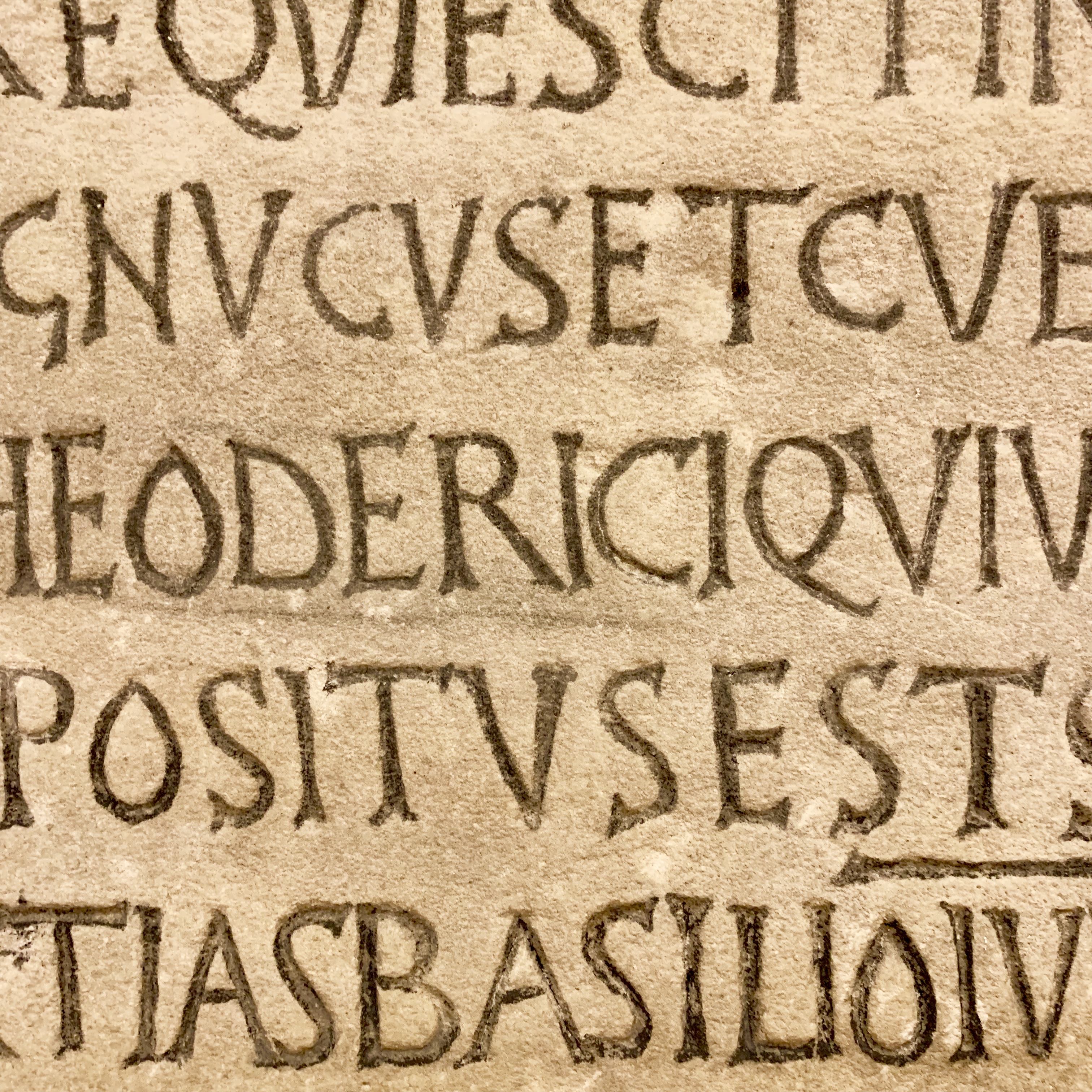
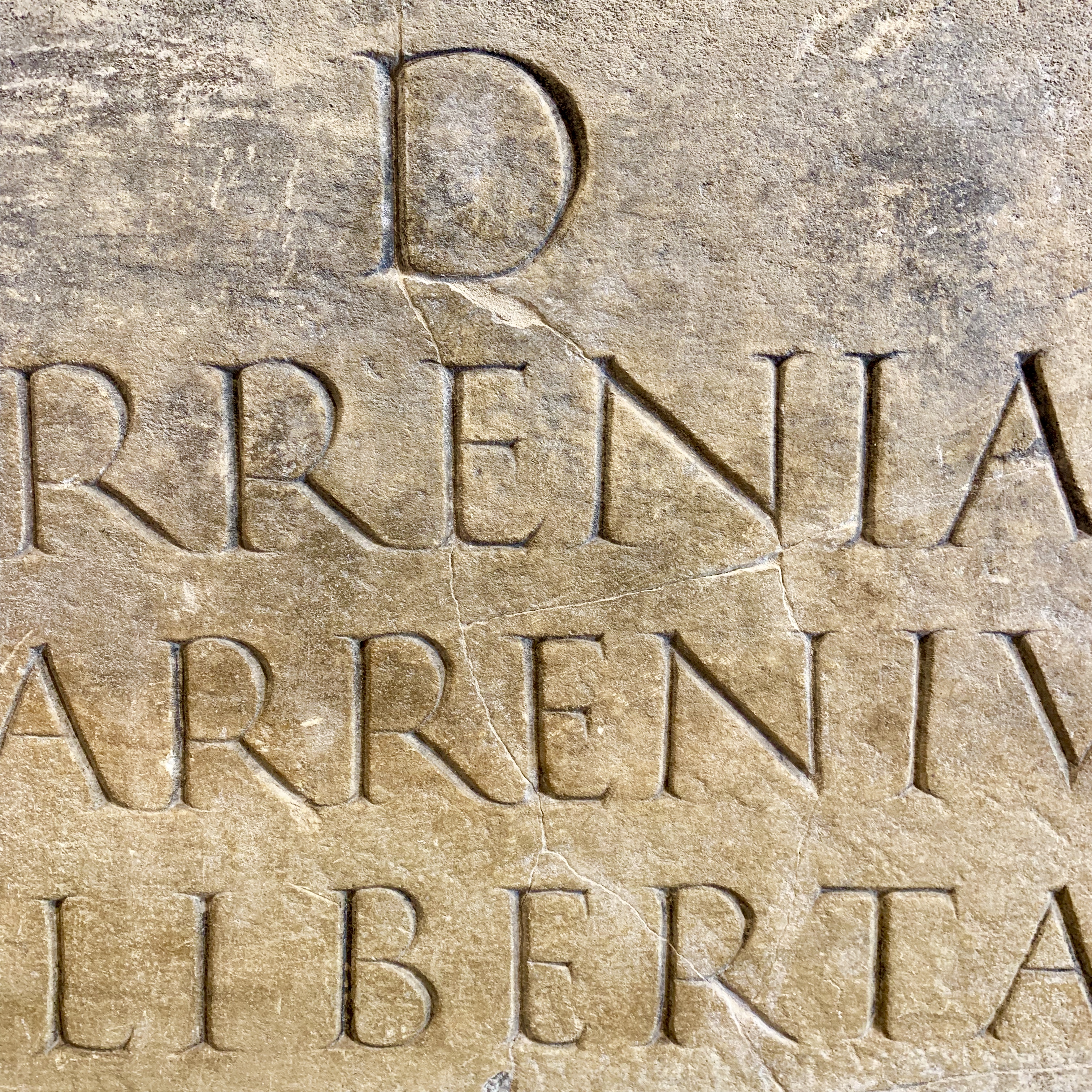
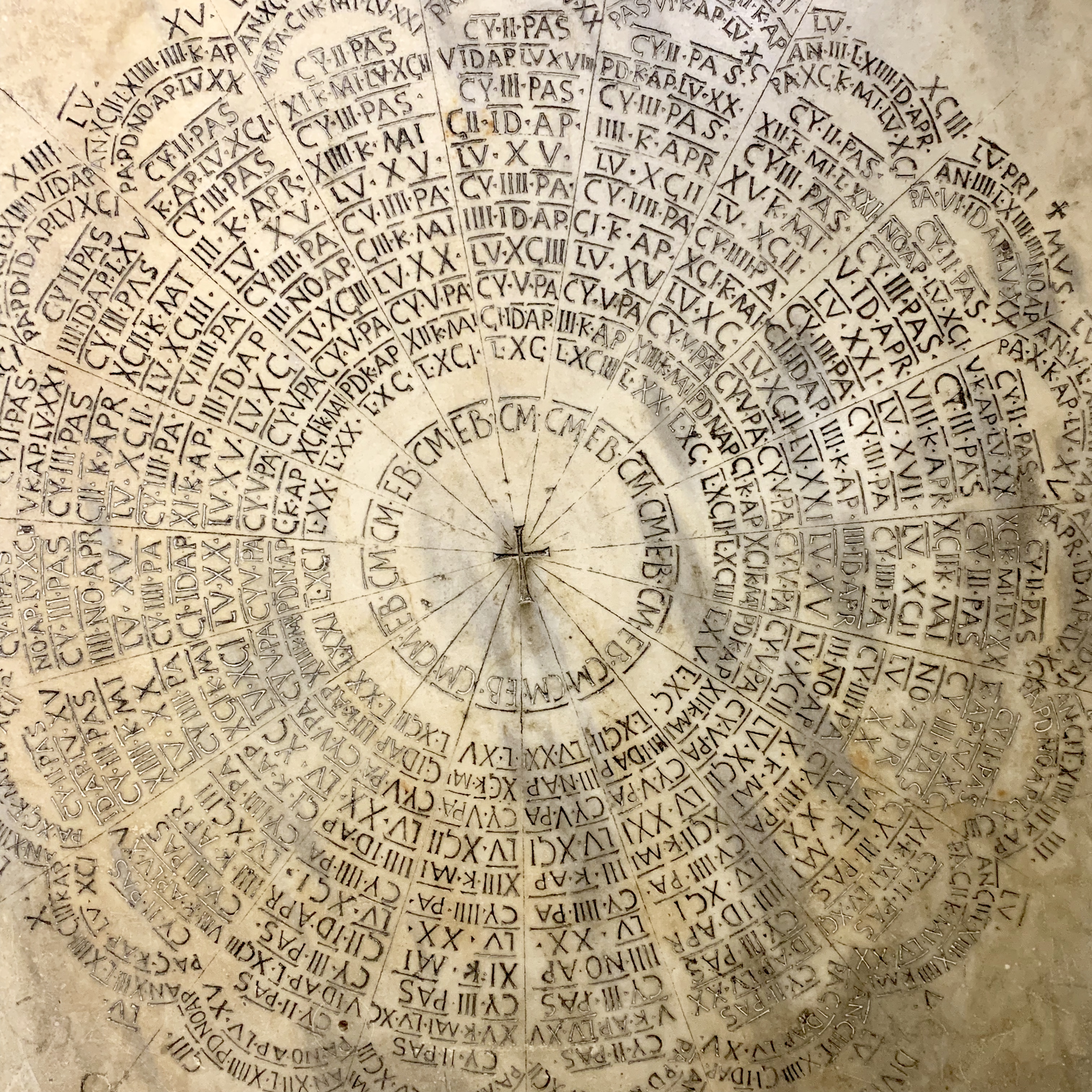
Dante Alighieri in Ravenna
In the final years of exile from Florence, after a journey through north and central Italy, Dante settled in Ravenna in his fifties. After only a couple of years there he contracted malaria and died. His tomb is in a beautiful little chapel near the center of town. Several times Florence has demanded to have his body returned to them, but Ravenna has resisted, even hiding the bones. The small Dante museum next to his tomb gave us a better understanding of his Divina Comedia and introduced Robert to the tragic love affair of Paolo and Francesca.
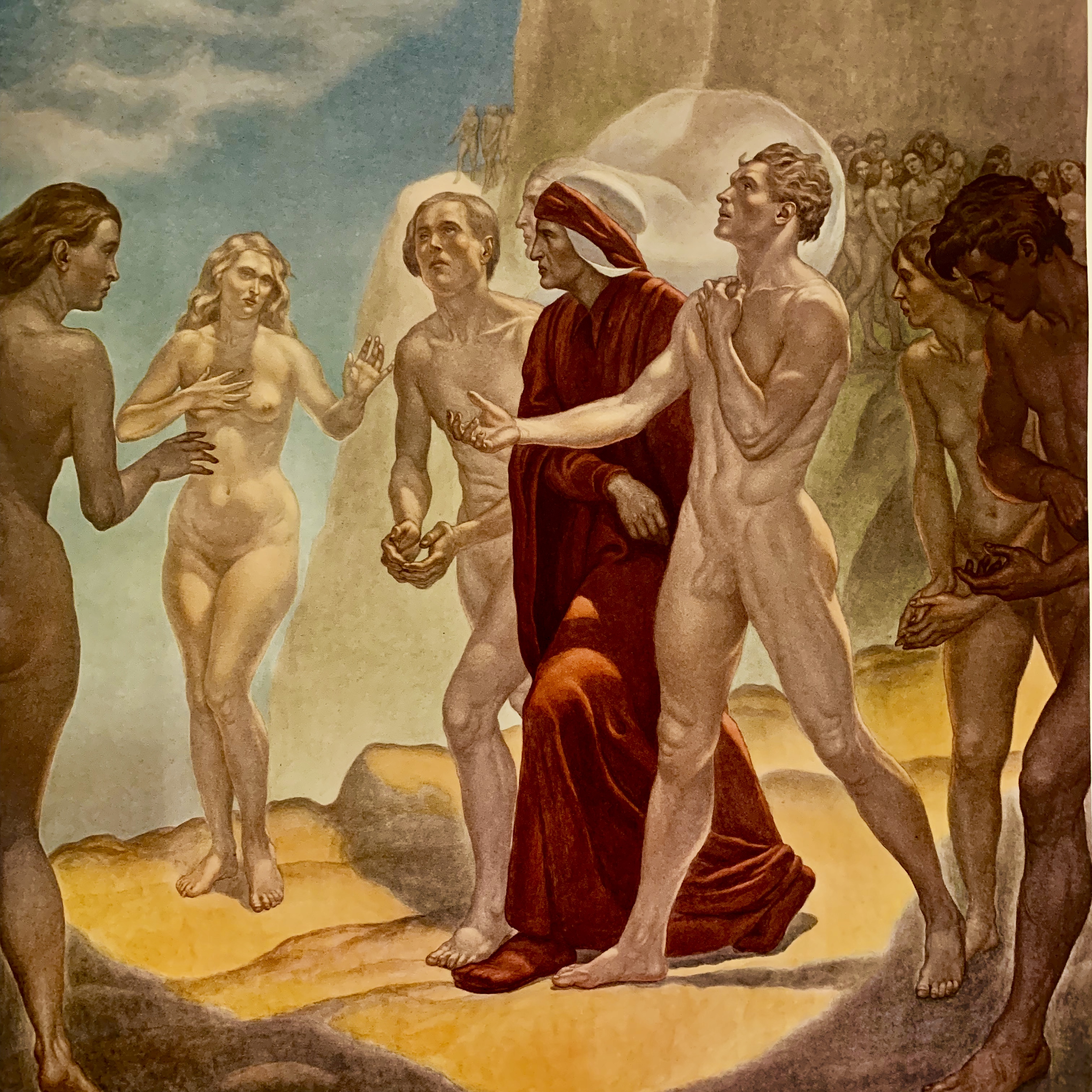
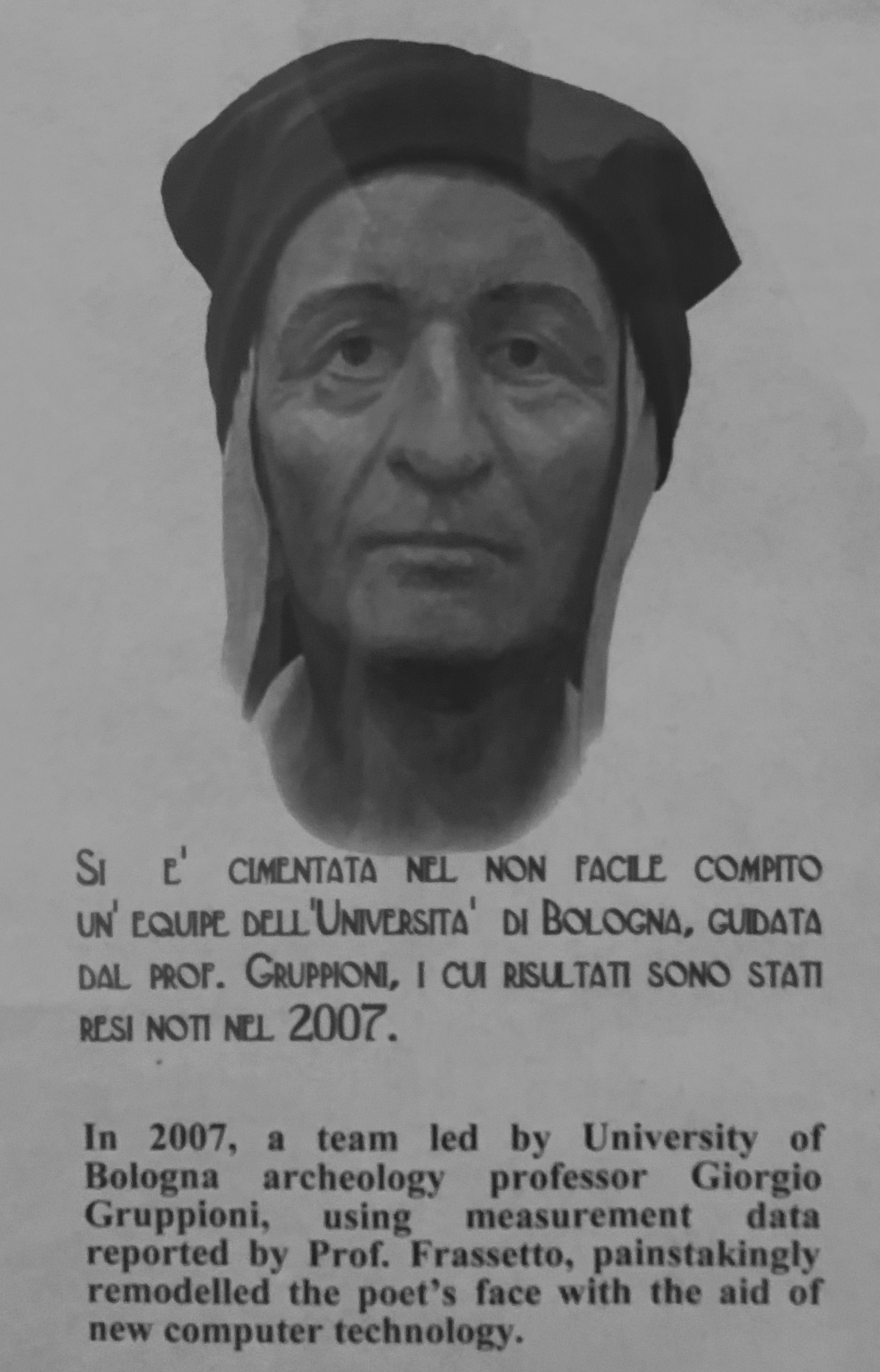
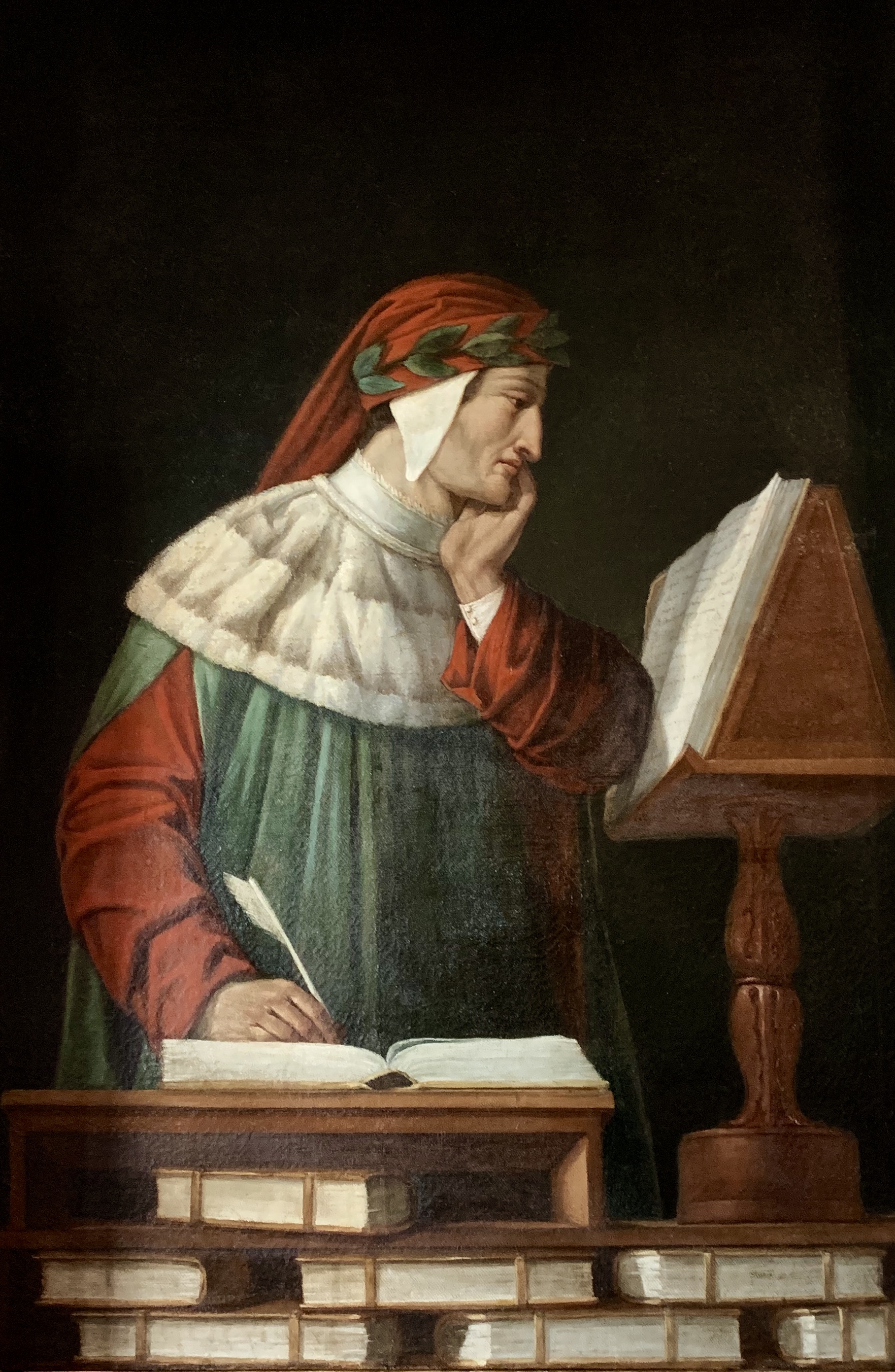
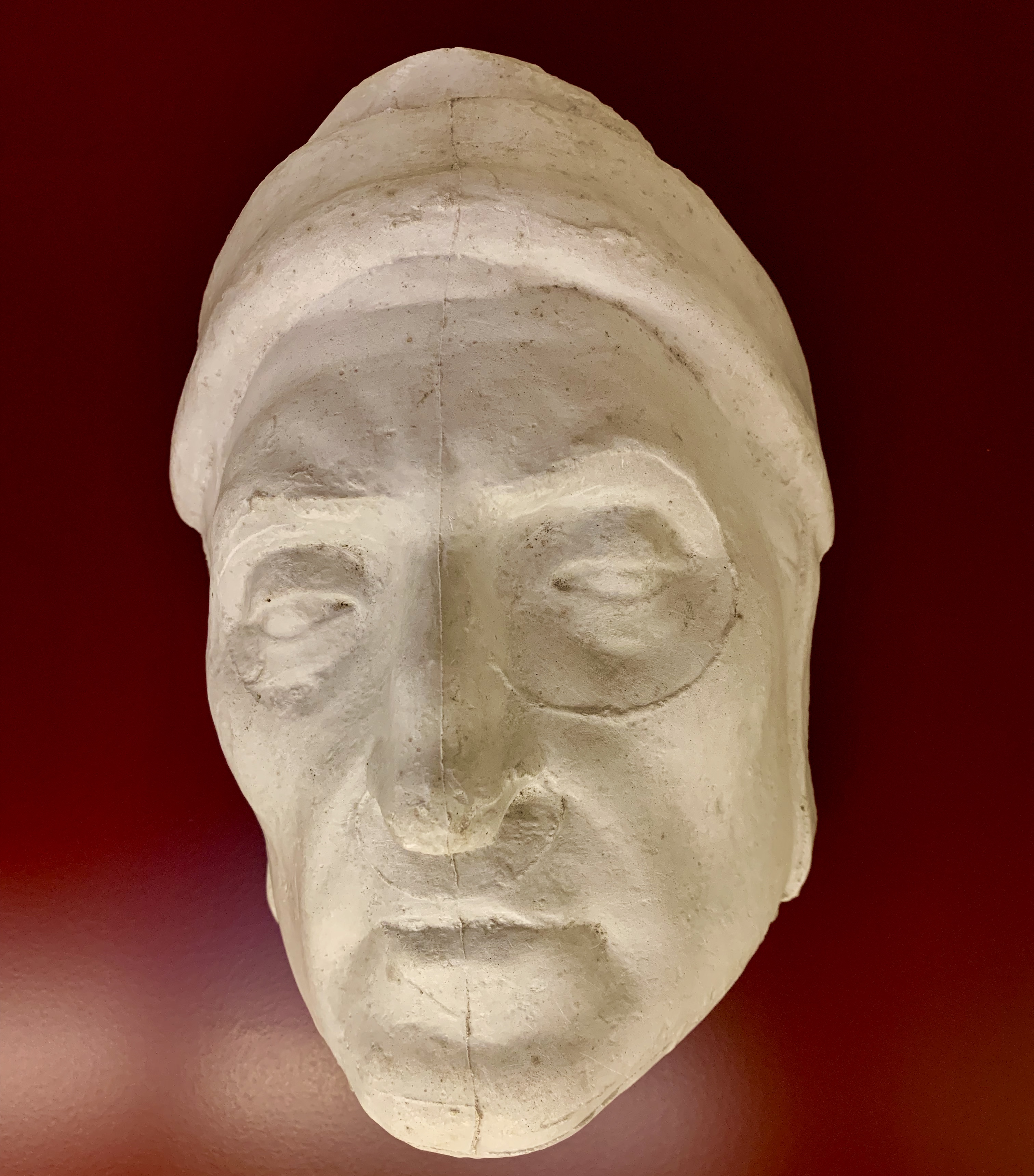
Researching restaurants
Robert is in charge of choosing restaurants for lunch, late afternoon drinks, and dinner. How does he find all this great food? He keeps his eye out during the day when we are sightseeing, then he spends about five minutes online, and he’s done! There is so much great food in Italy that it is easy to find good places. We don’t overthink it. We spend far less time choosing restaurants in Italy than we do in San Francisco.
On this trip we are looking for traditional Italian food eaten by locals. Not exotic new innovations. Not Japanese, Thai, or Chinese. No menus with photographs for tourists. Anyone can find good meals here, although Robert does have great food radar honed by many years of practice.
Cibo e bibite
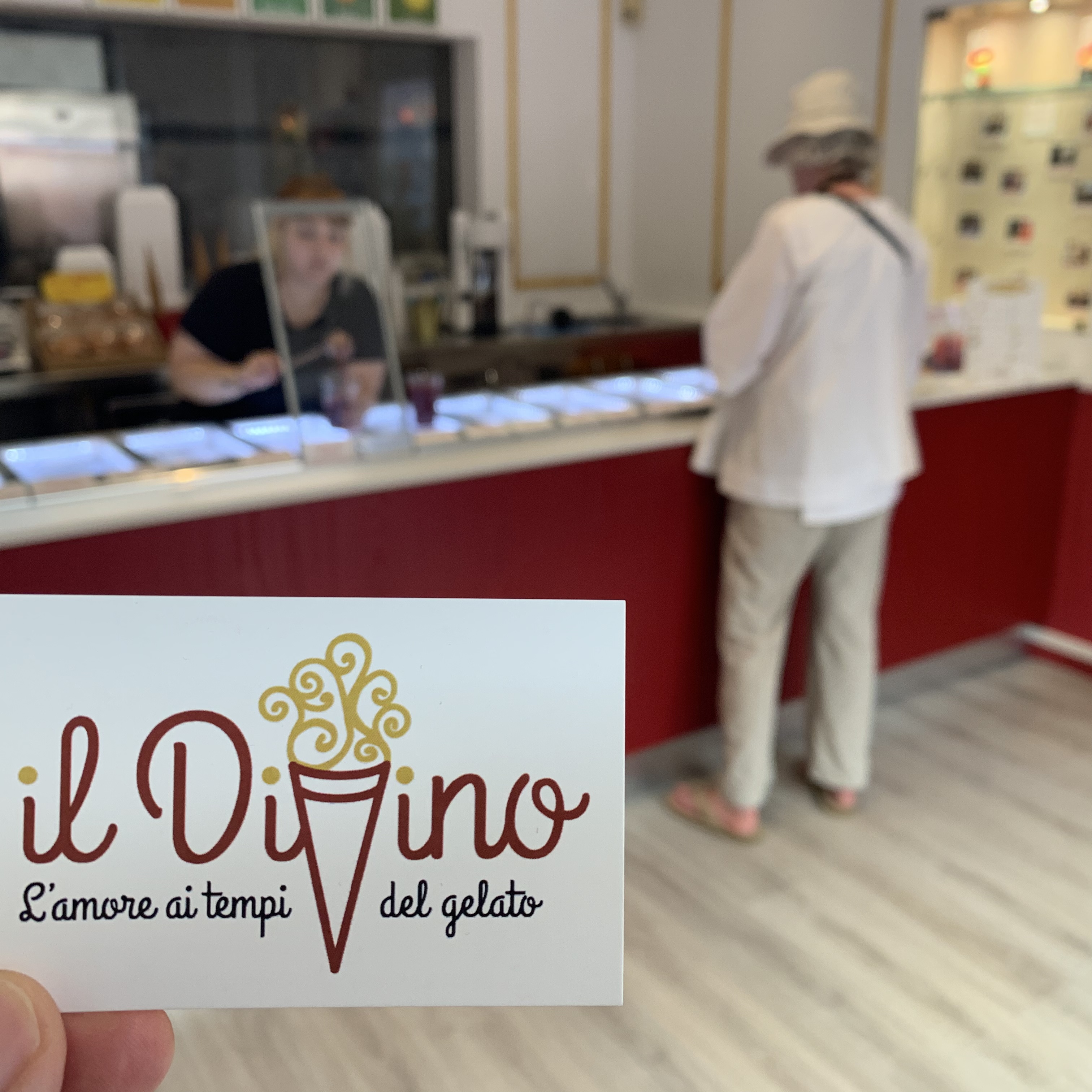
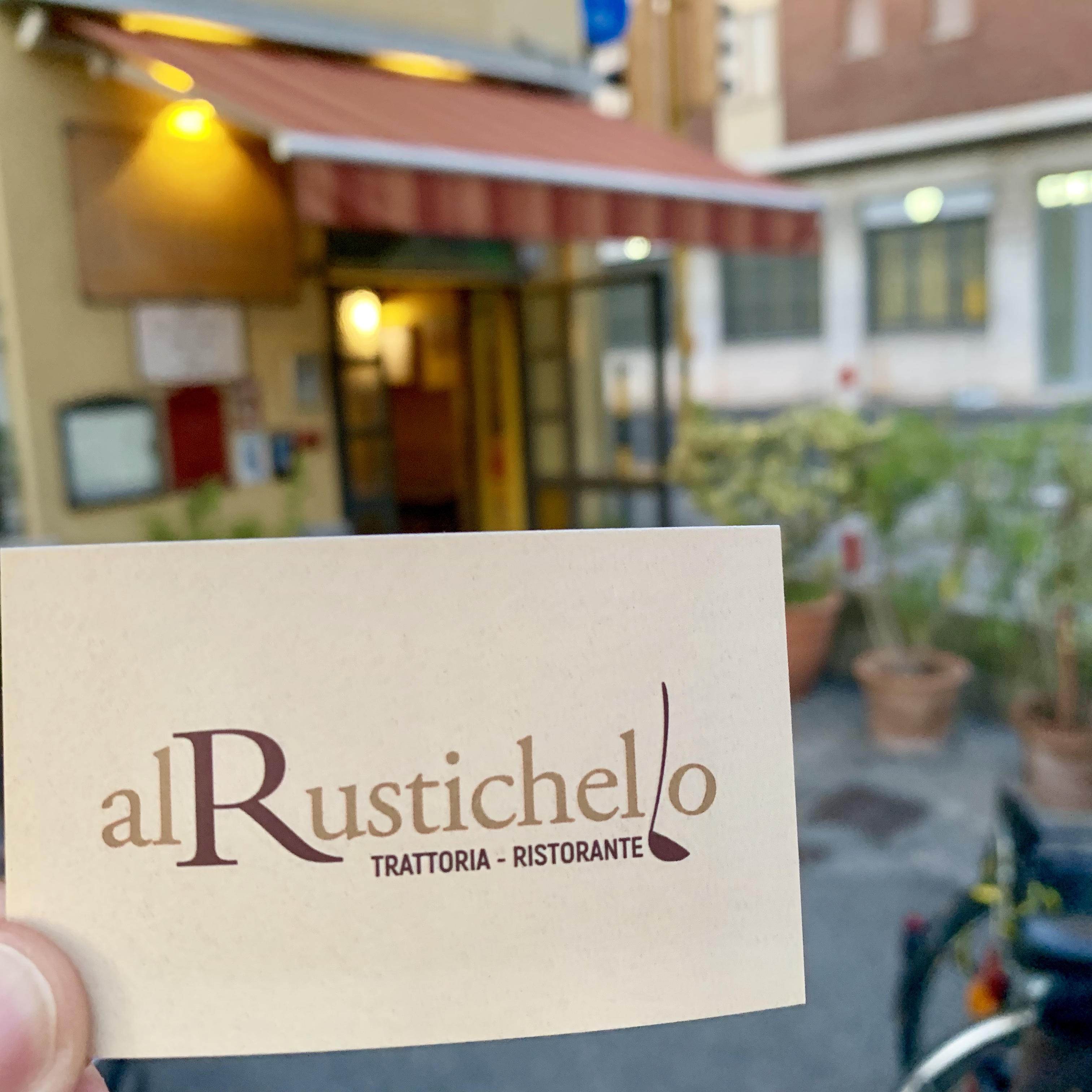
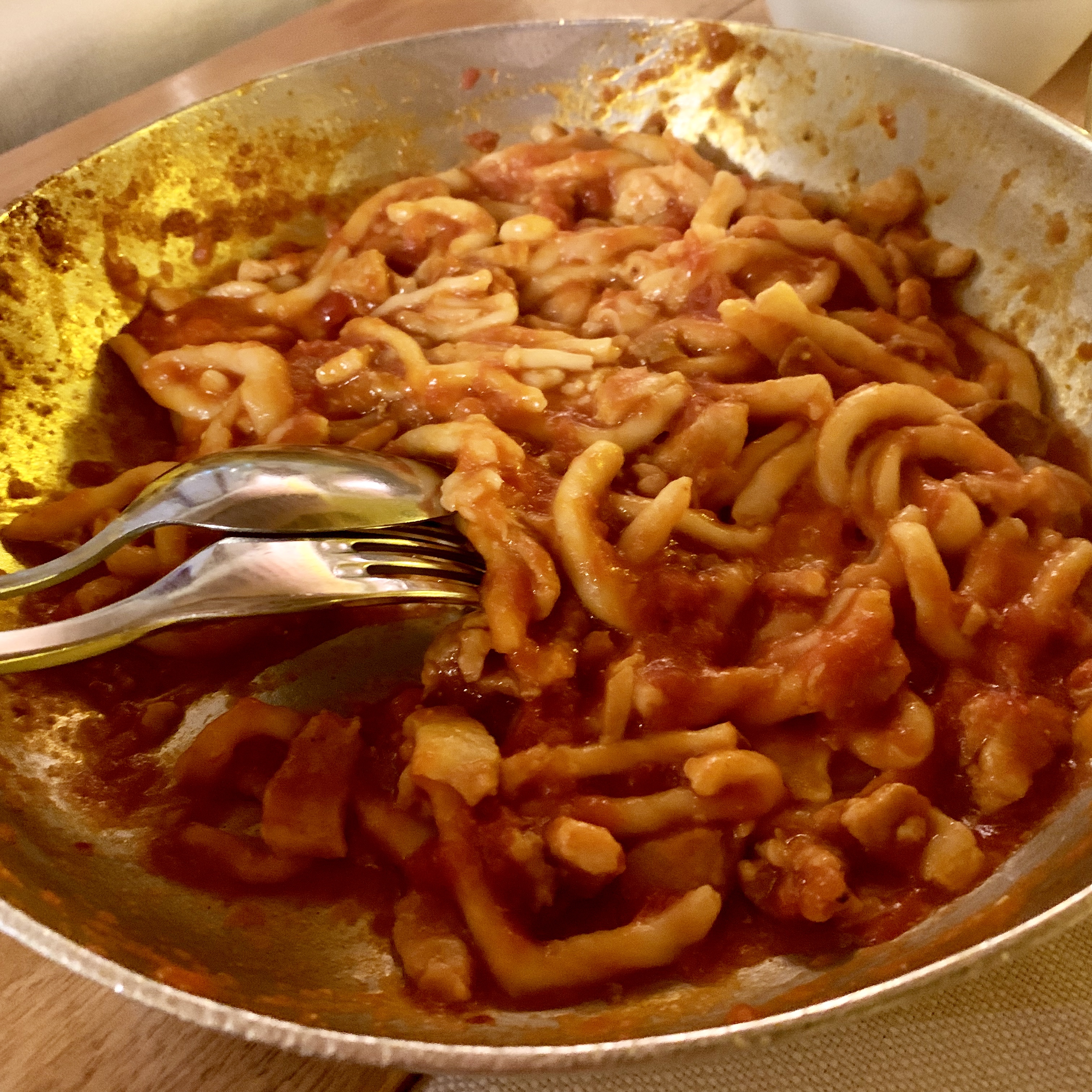
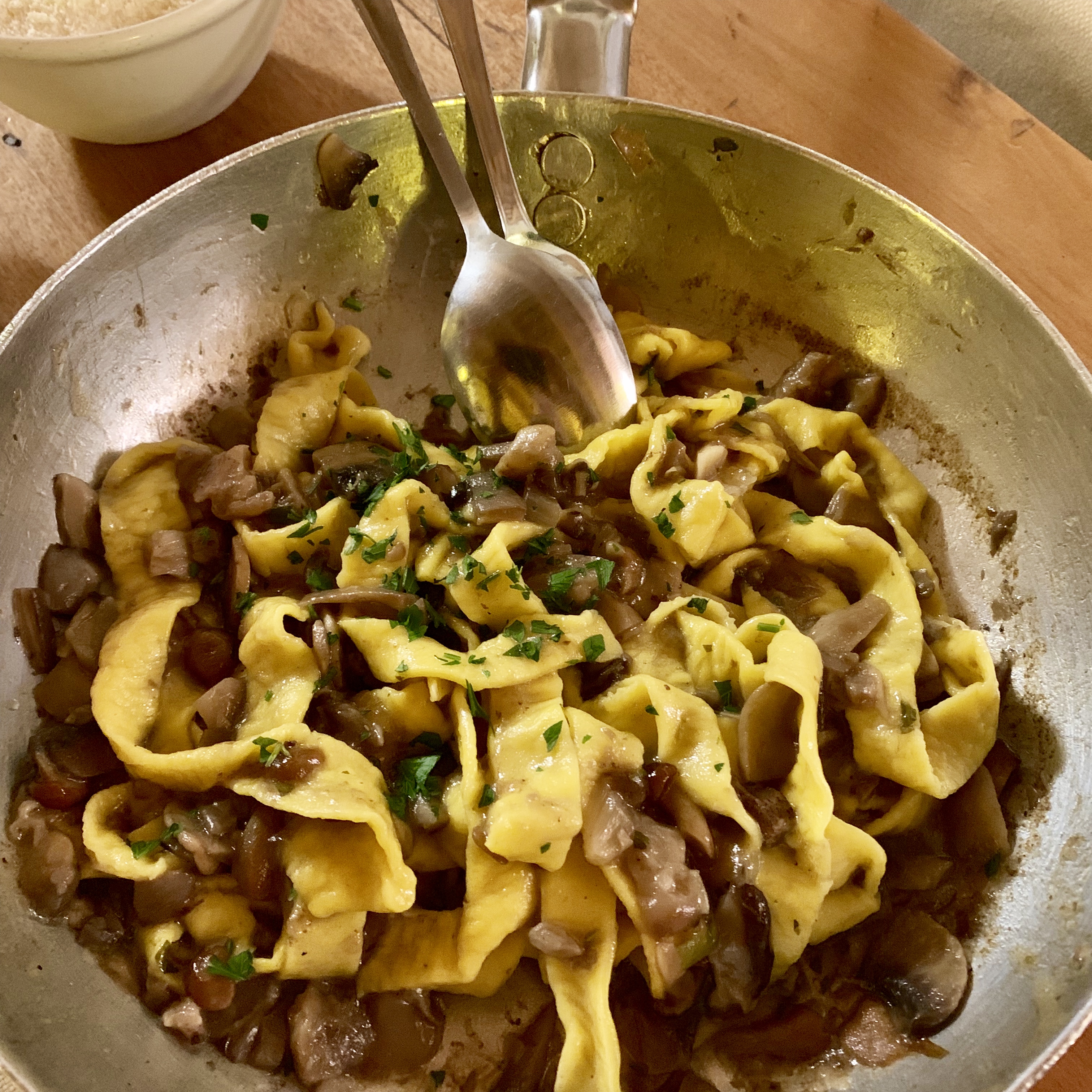
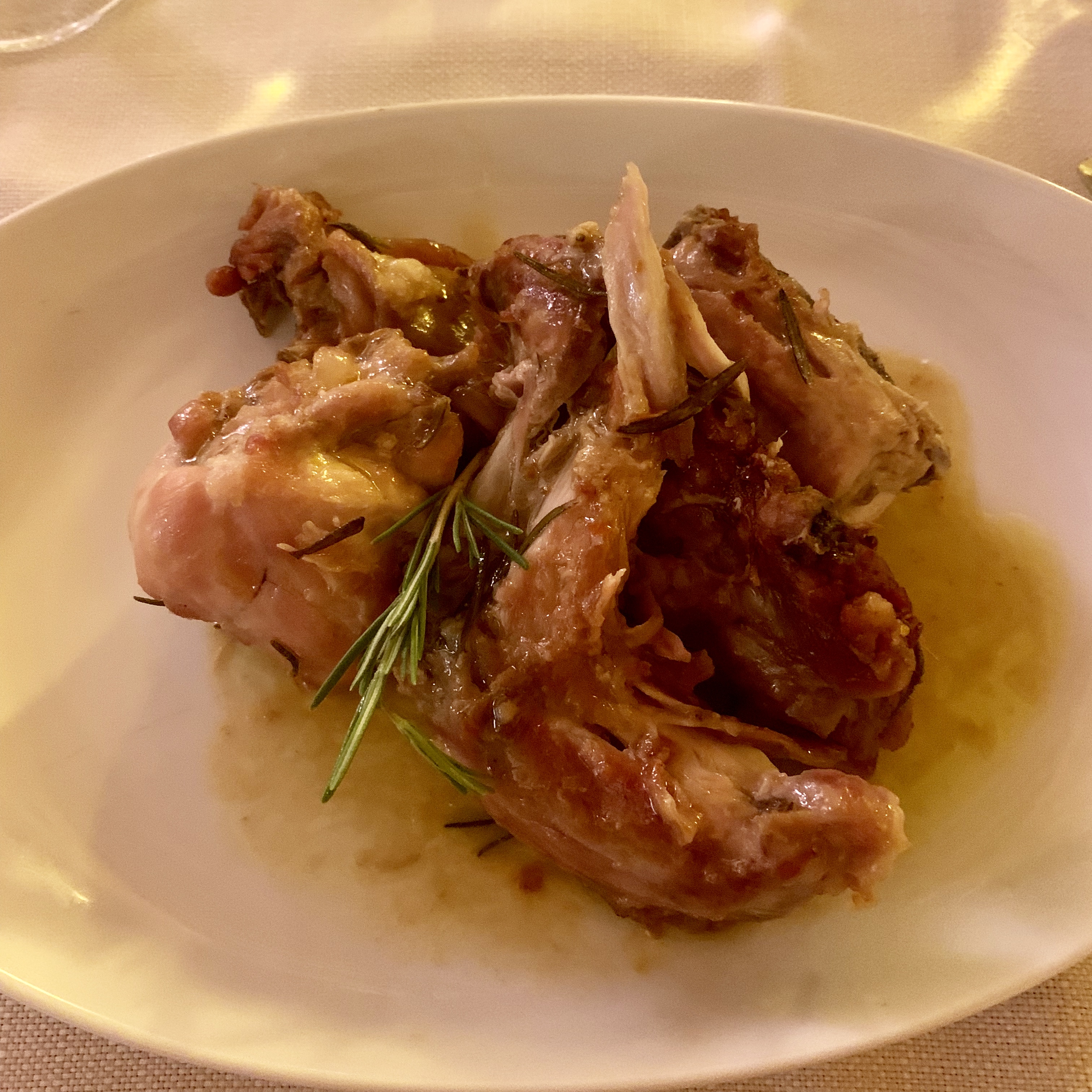
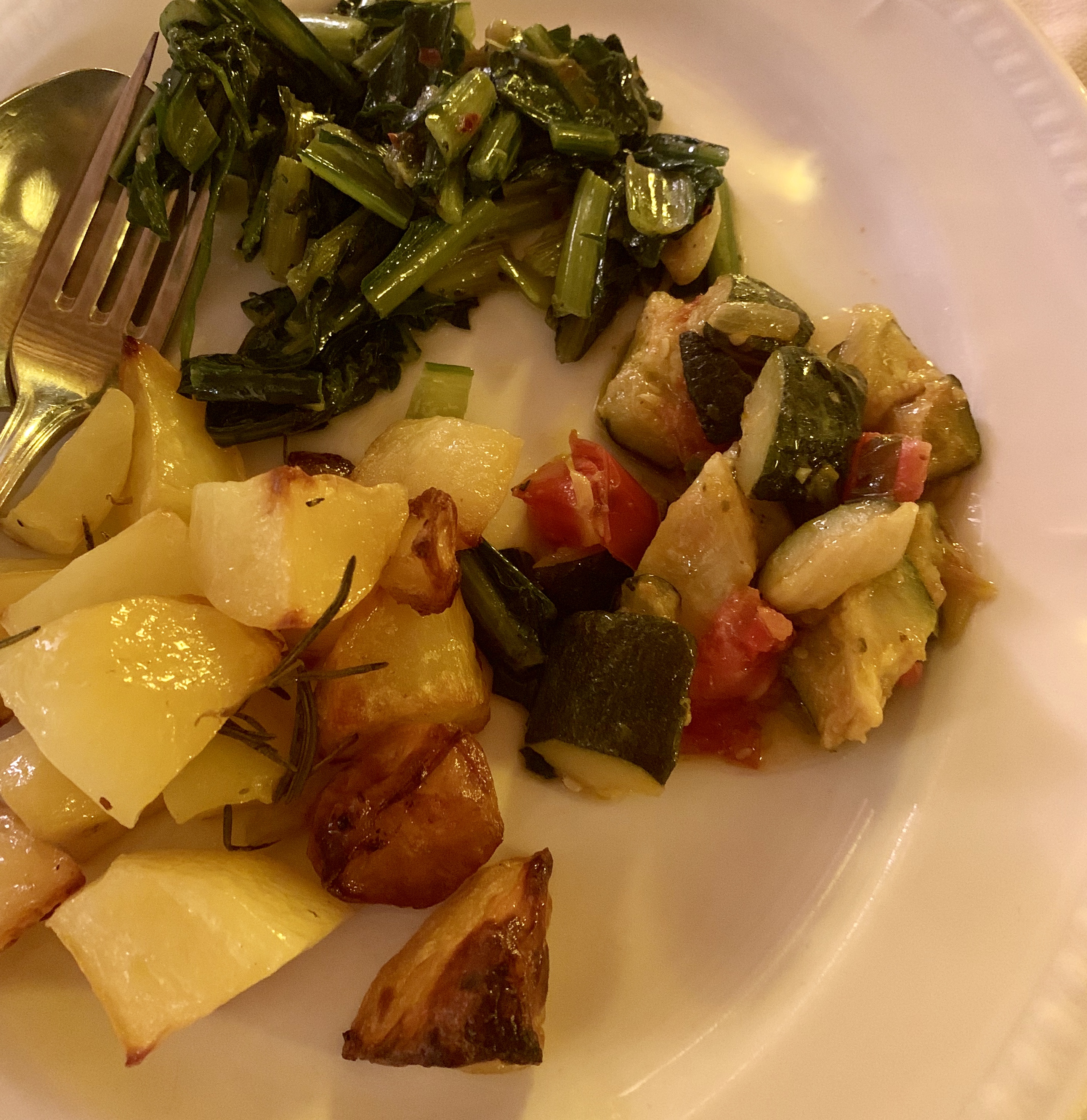
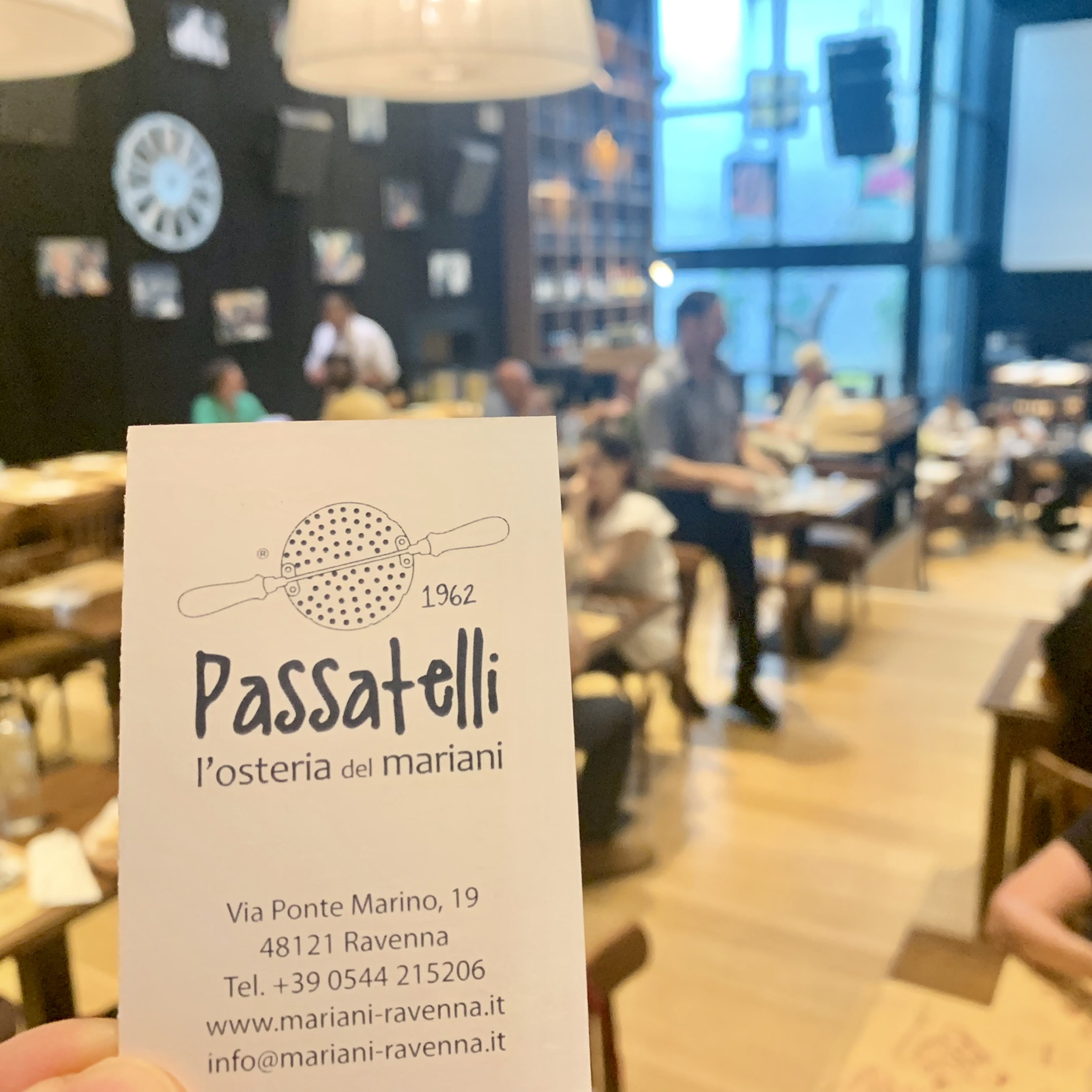
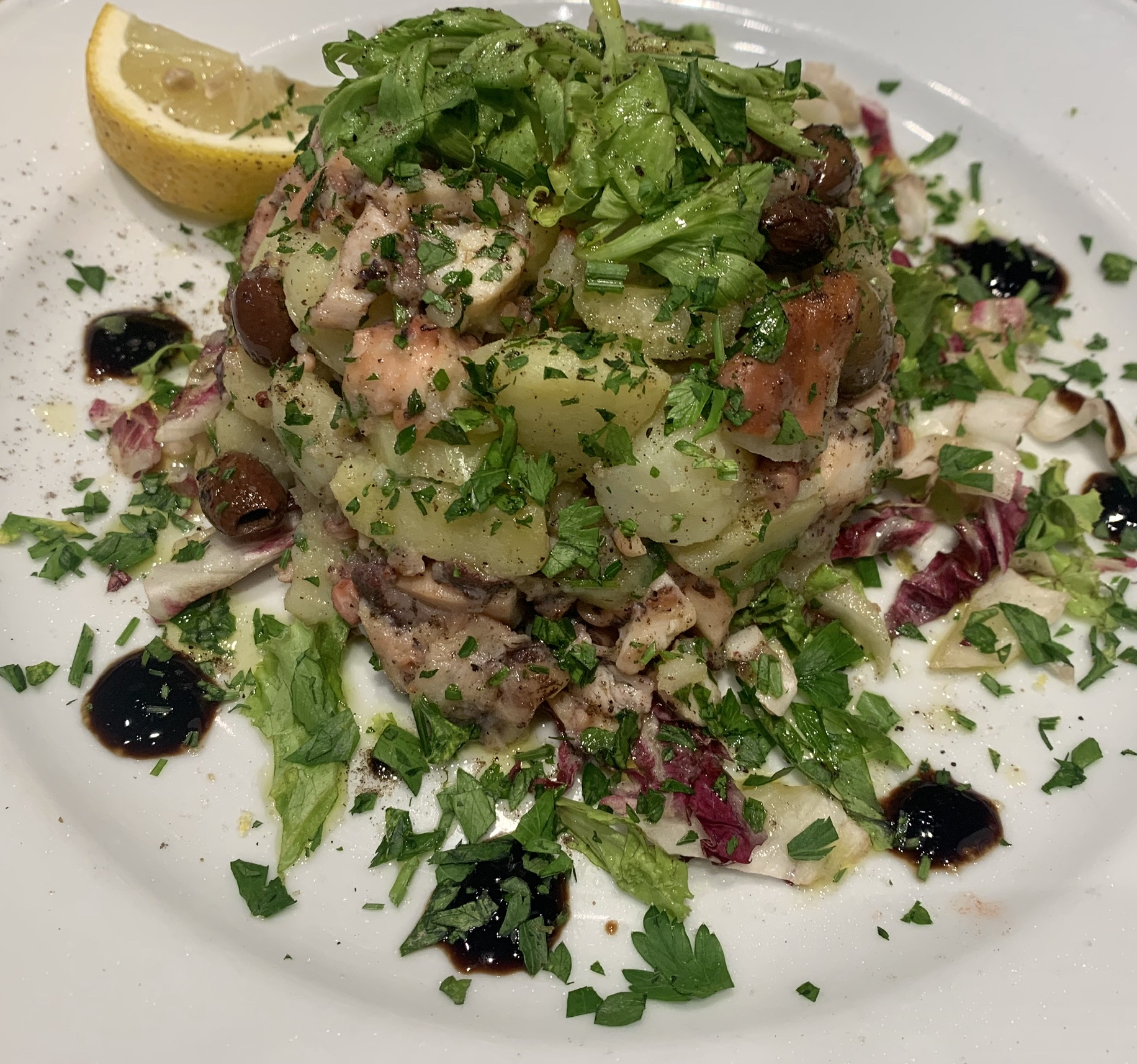
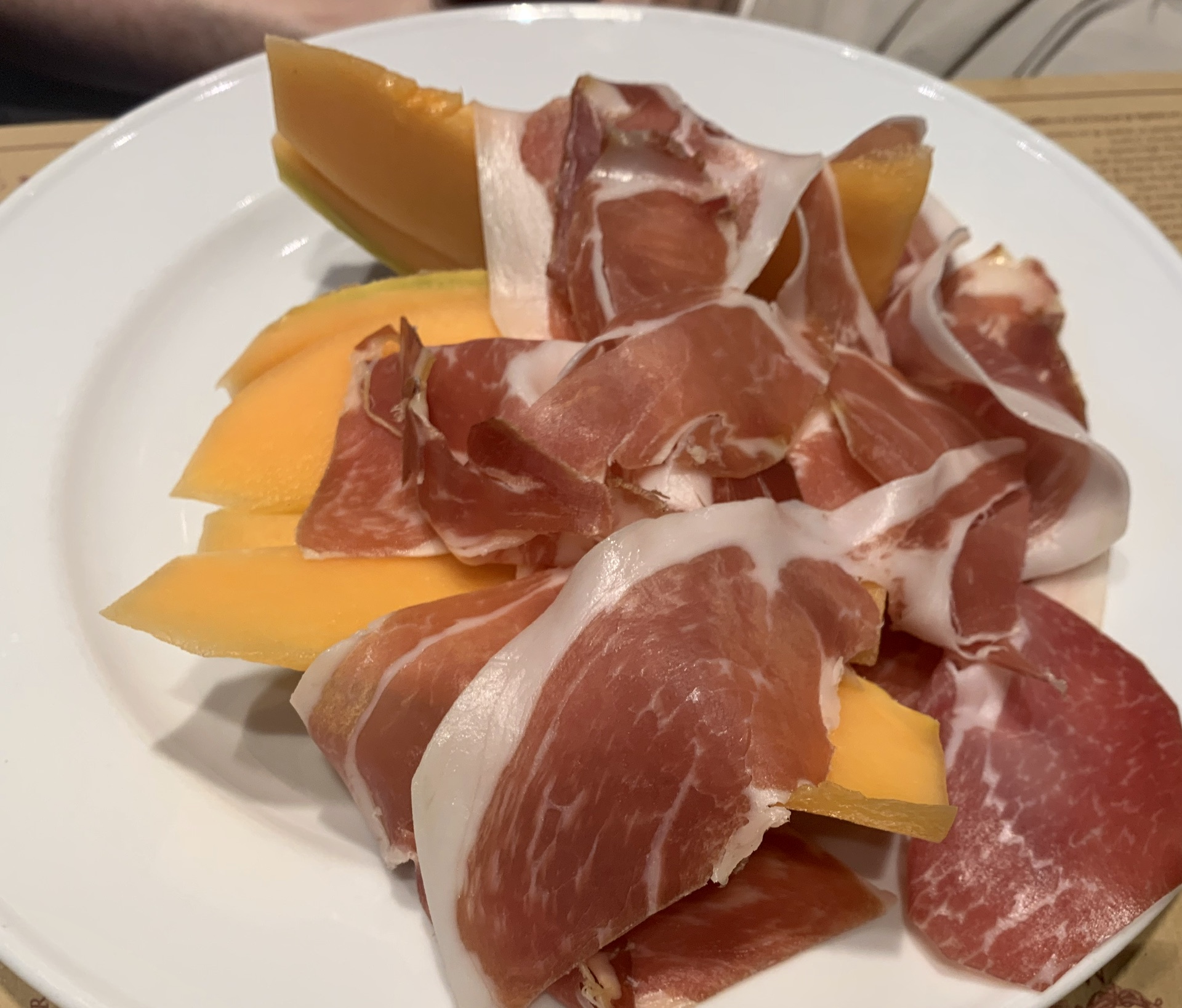
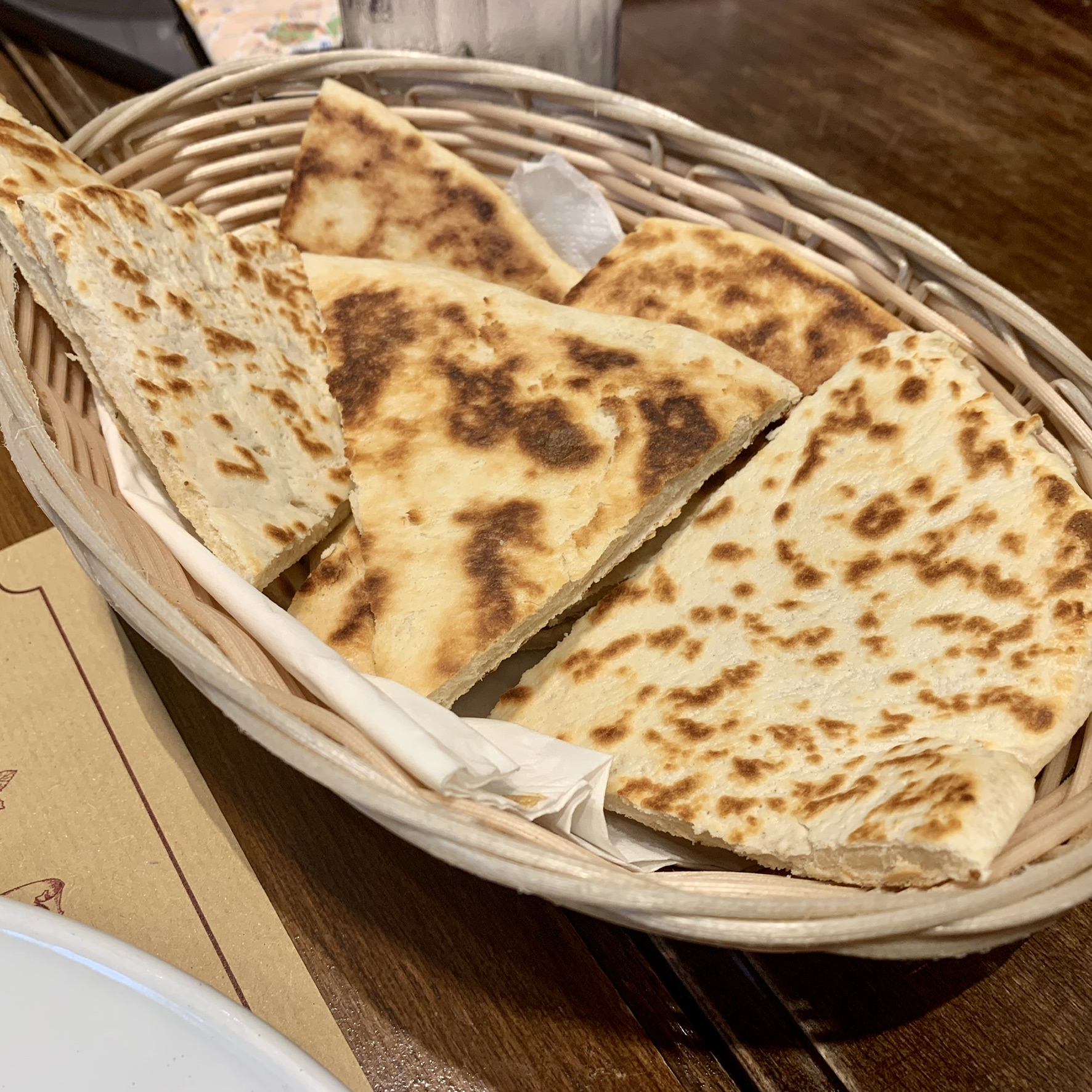
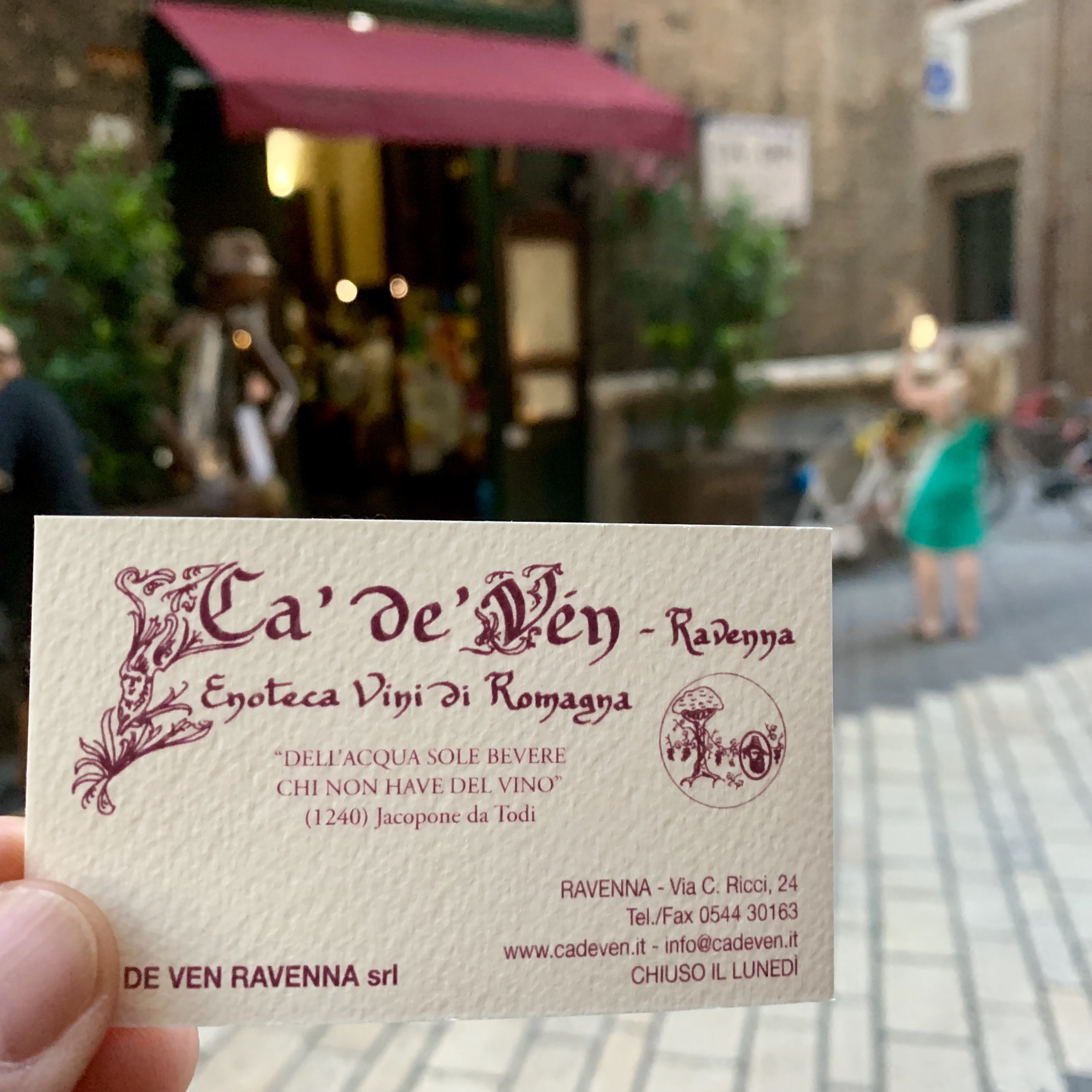
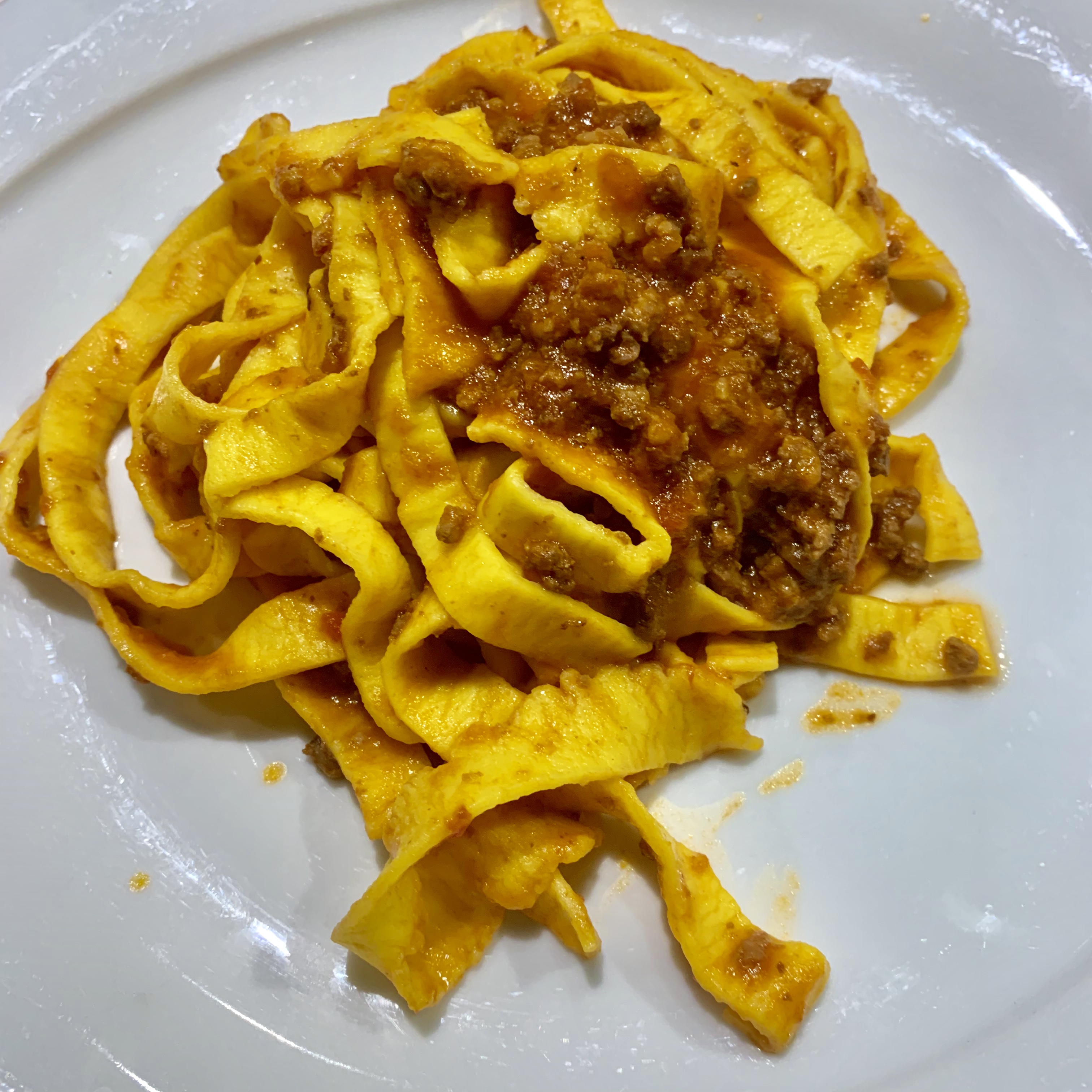
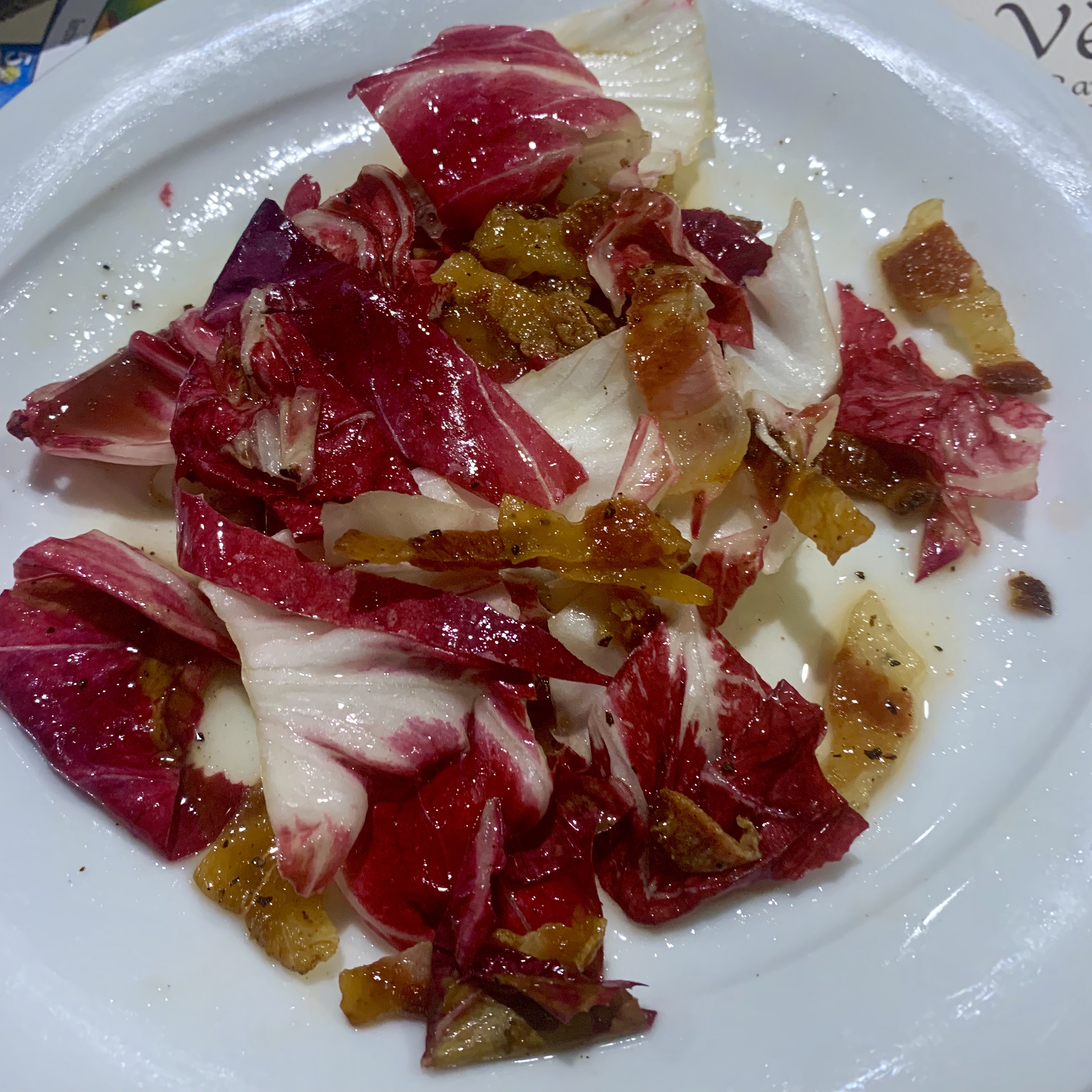
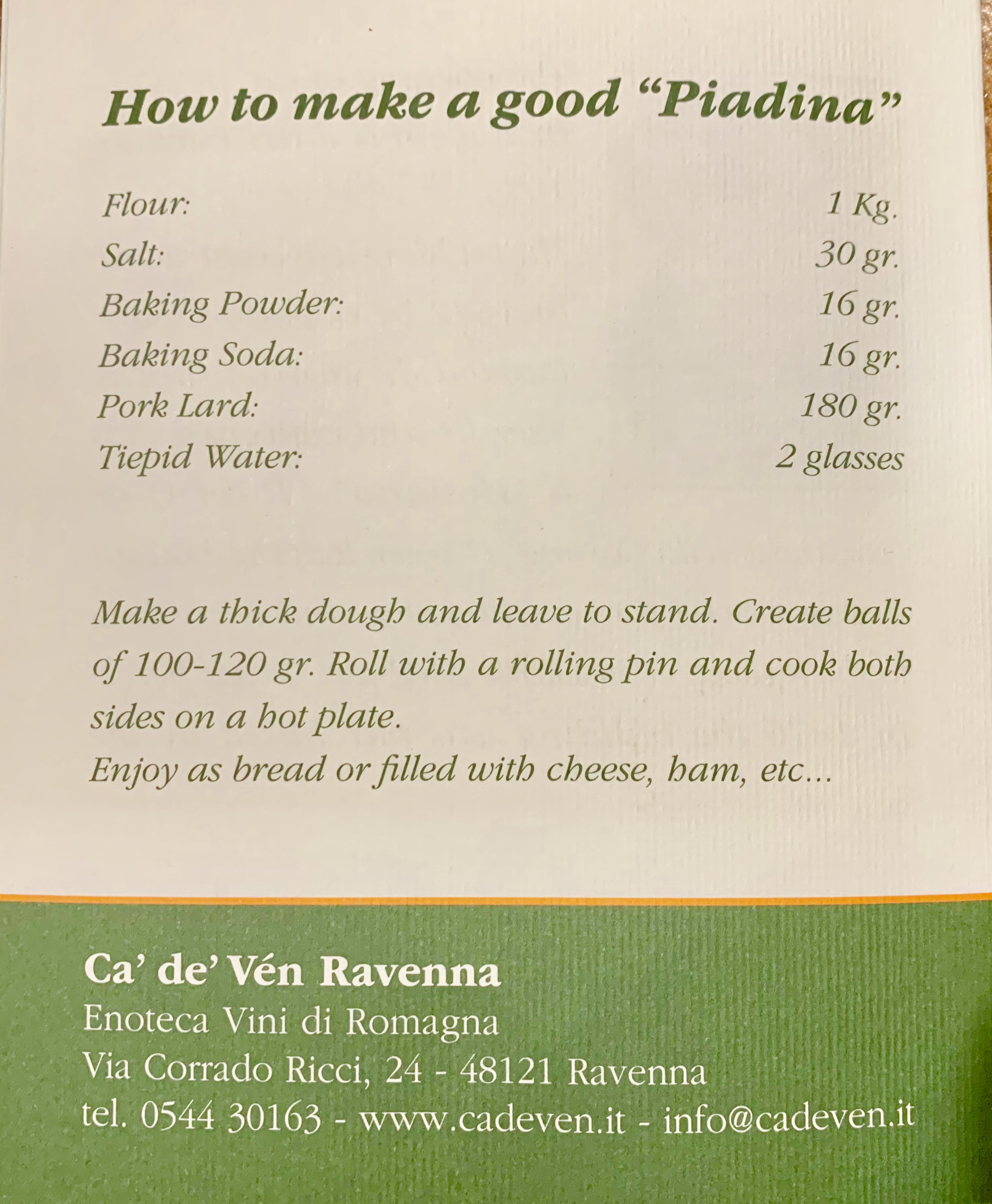
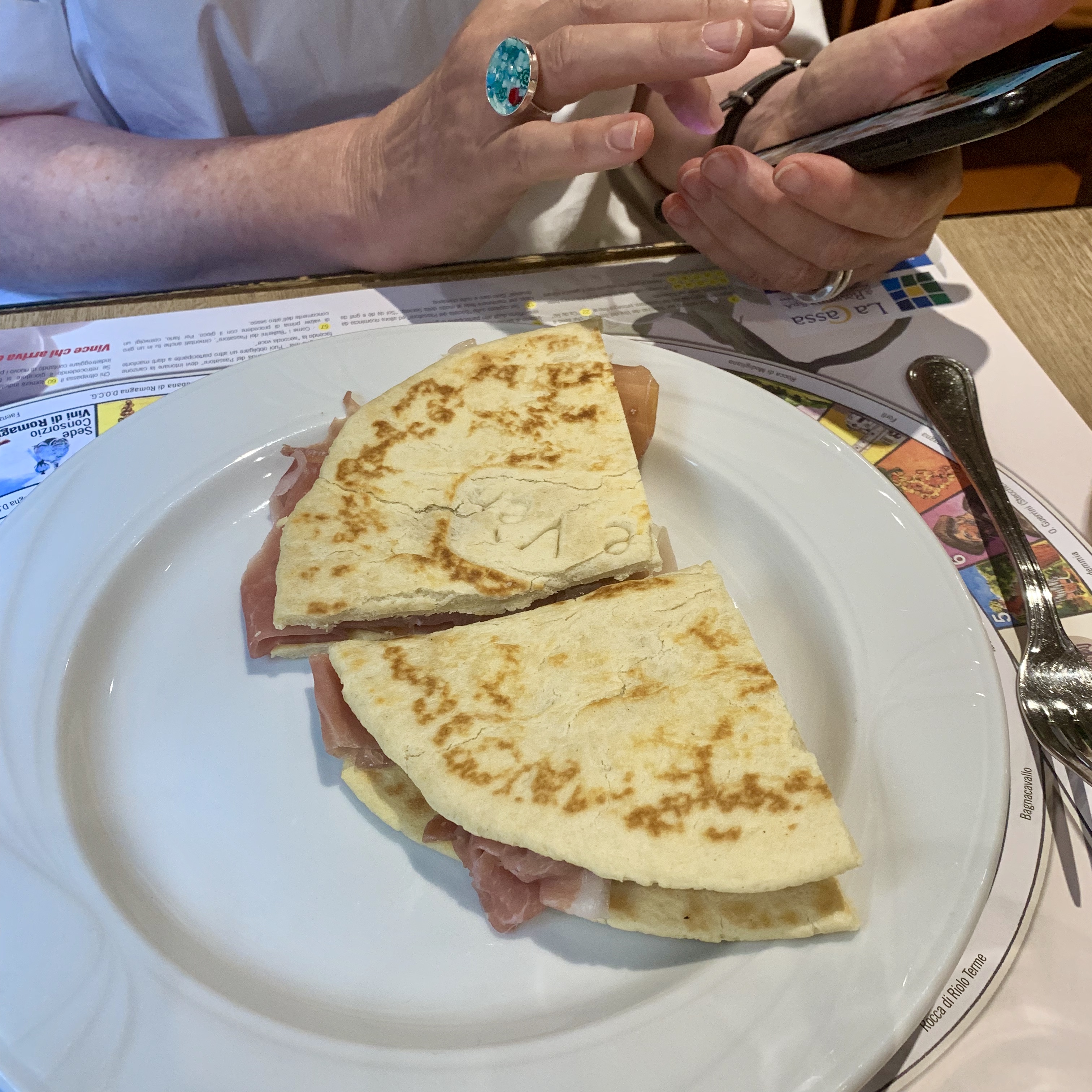
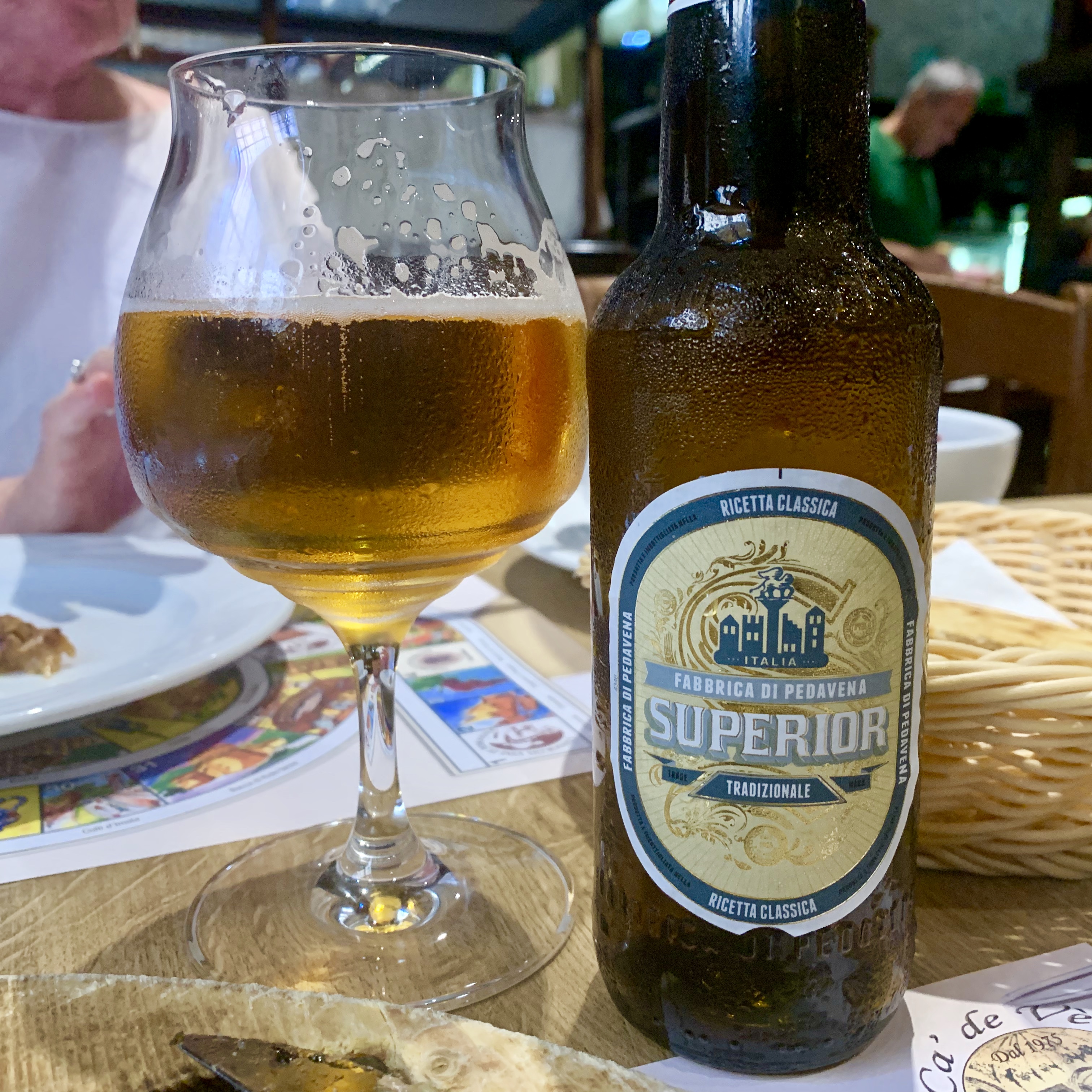
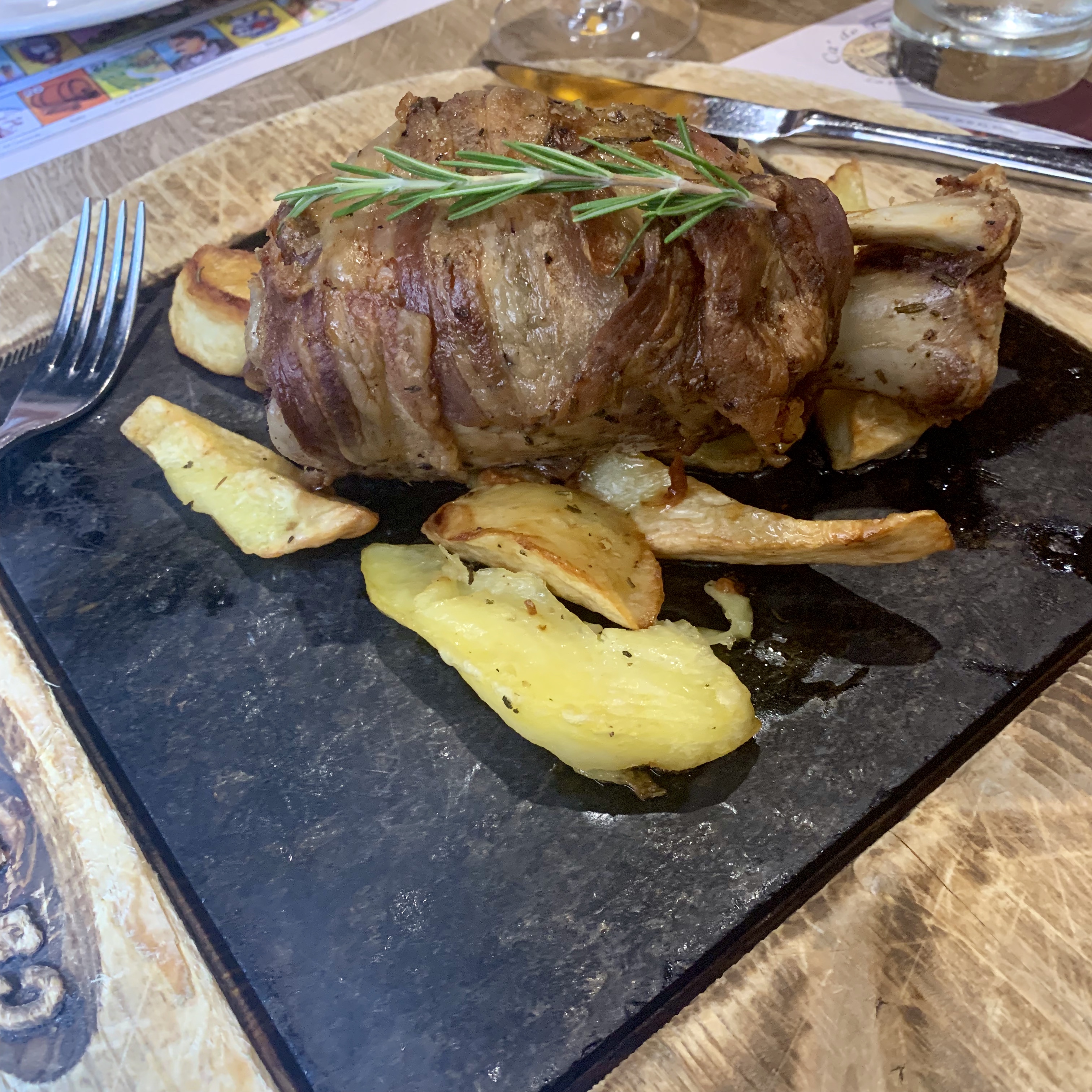
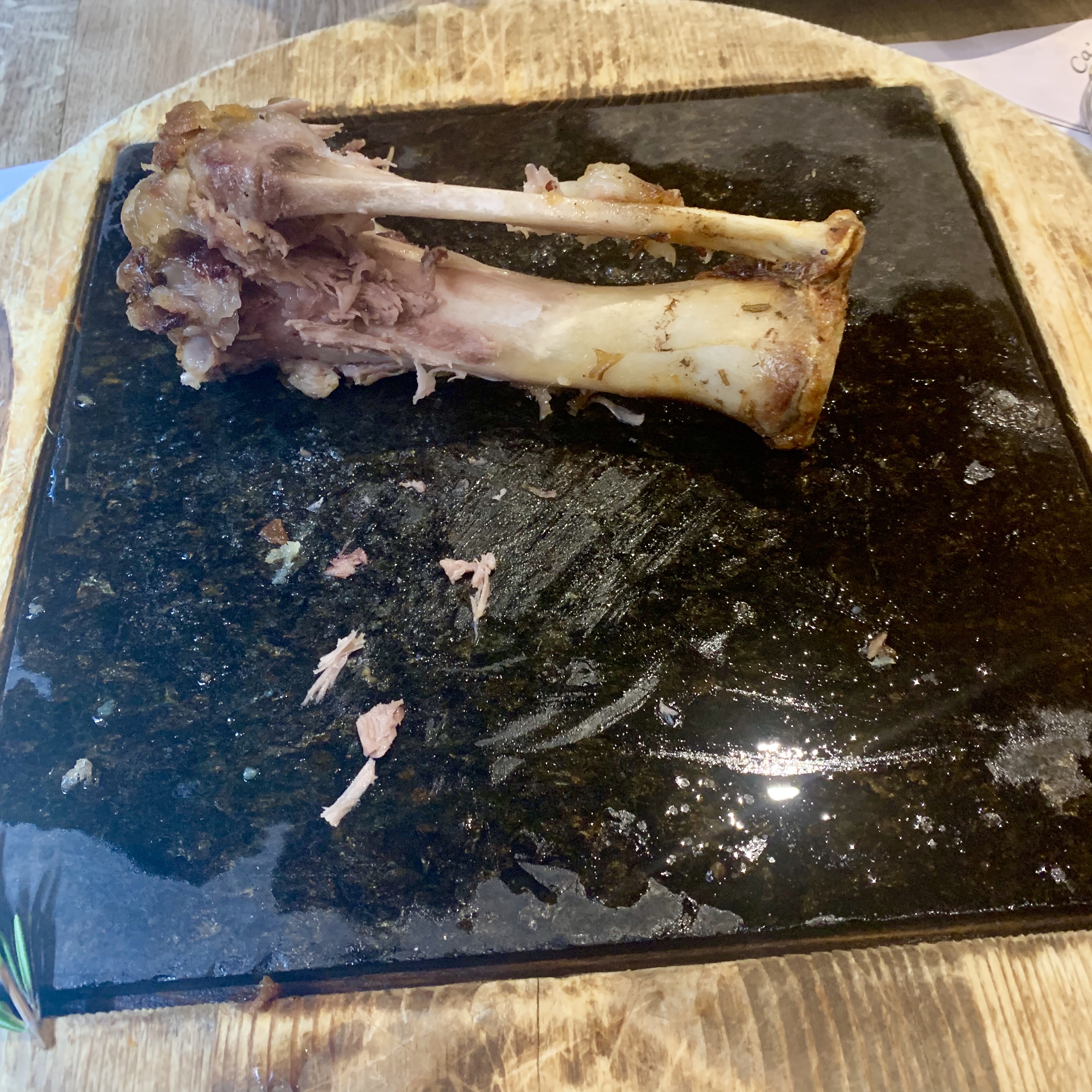
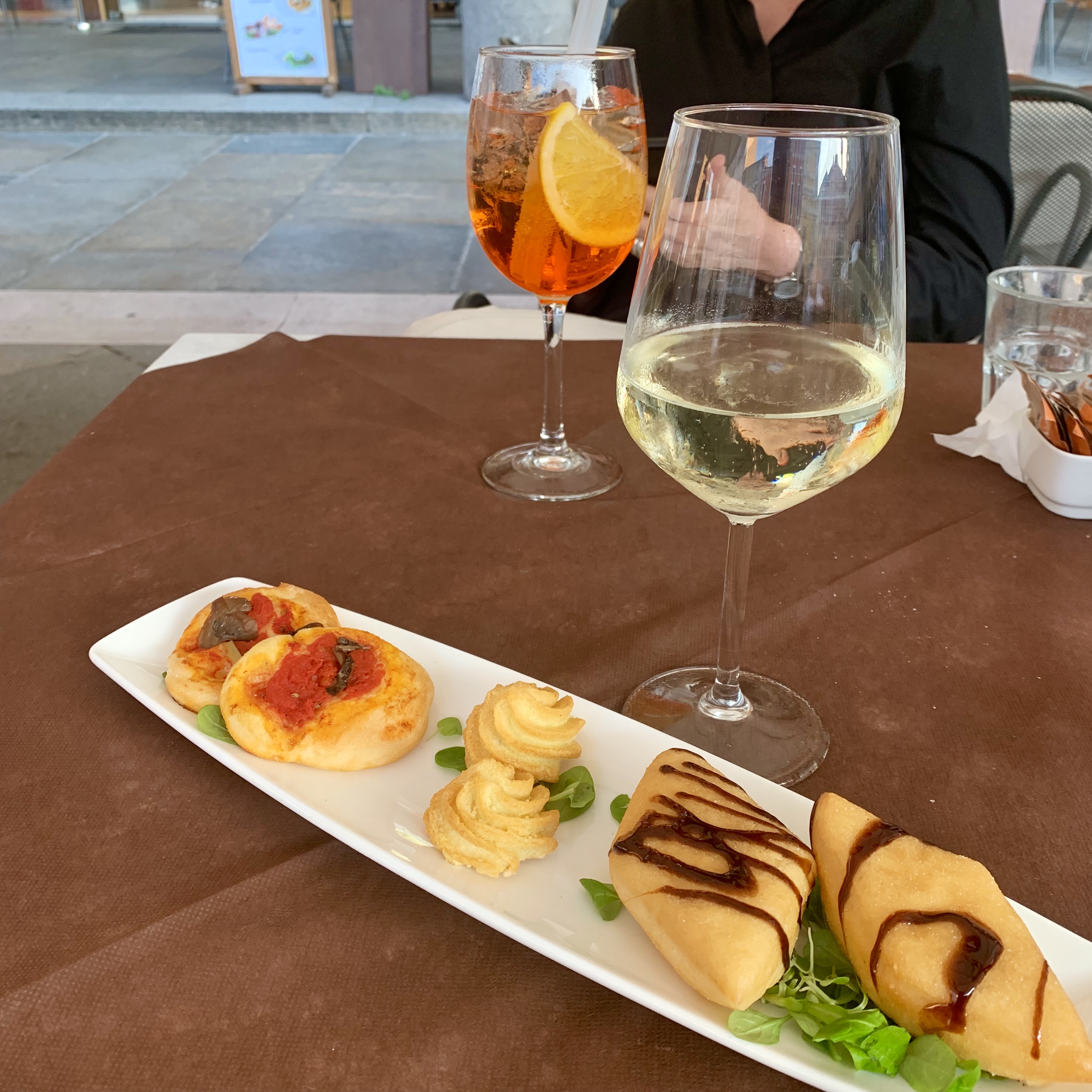
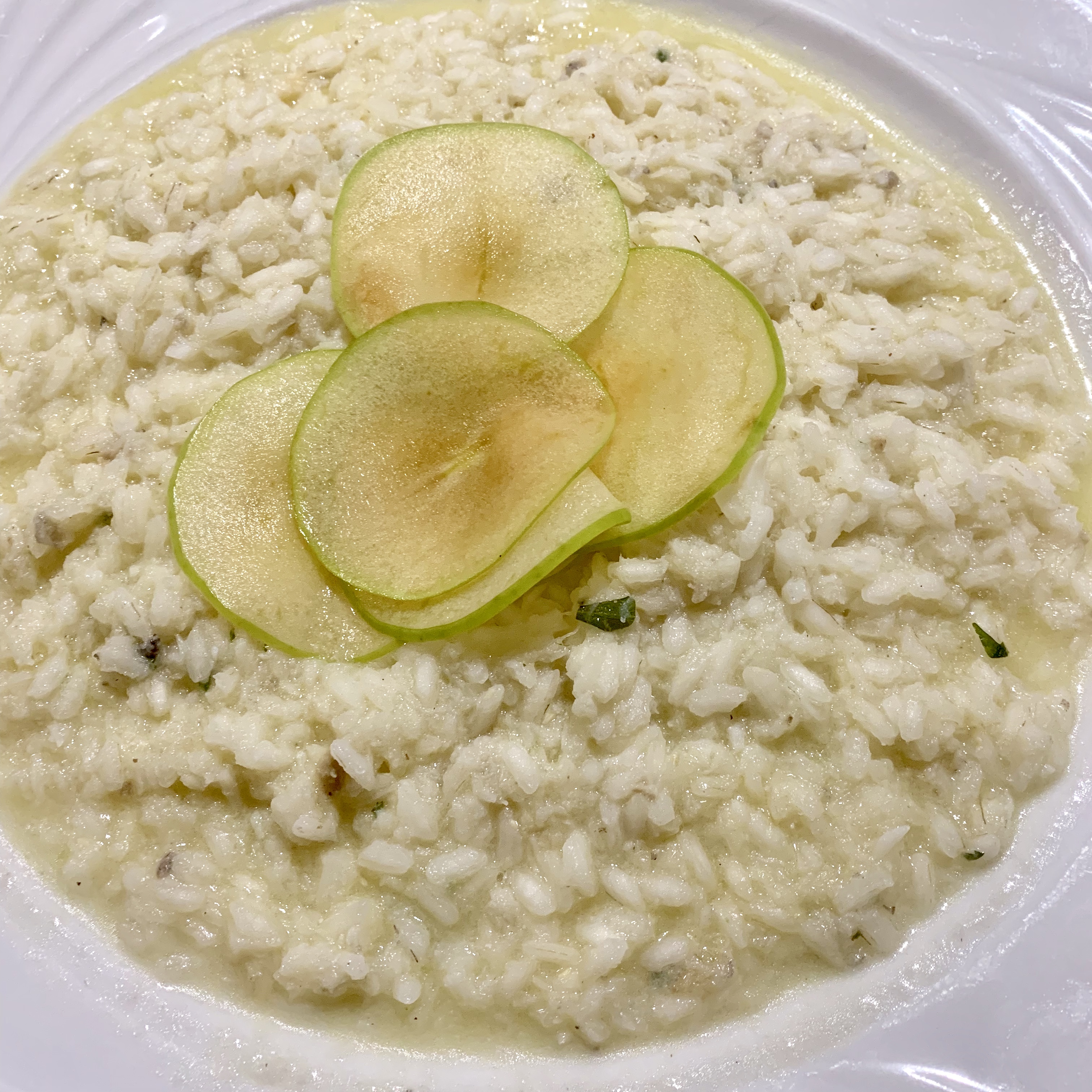
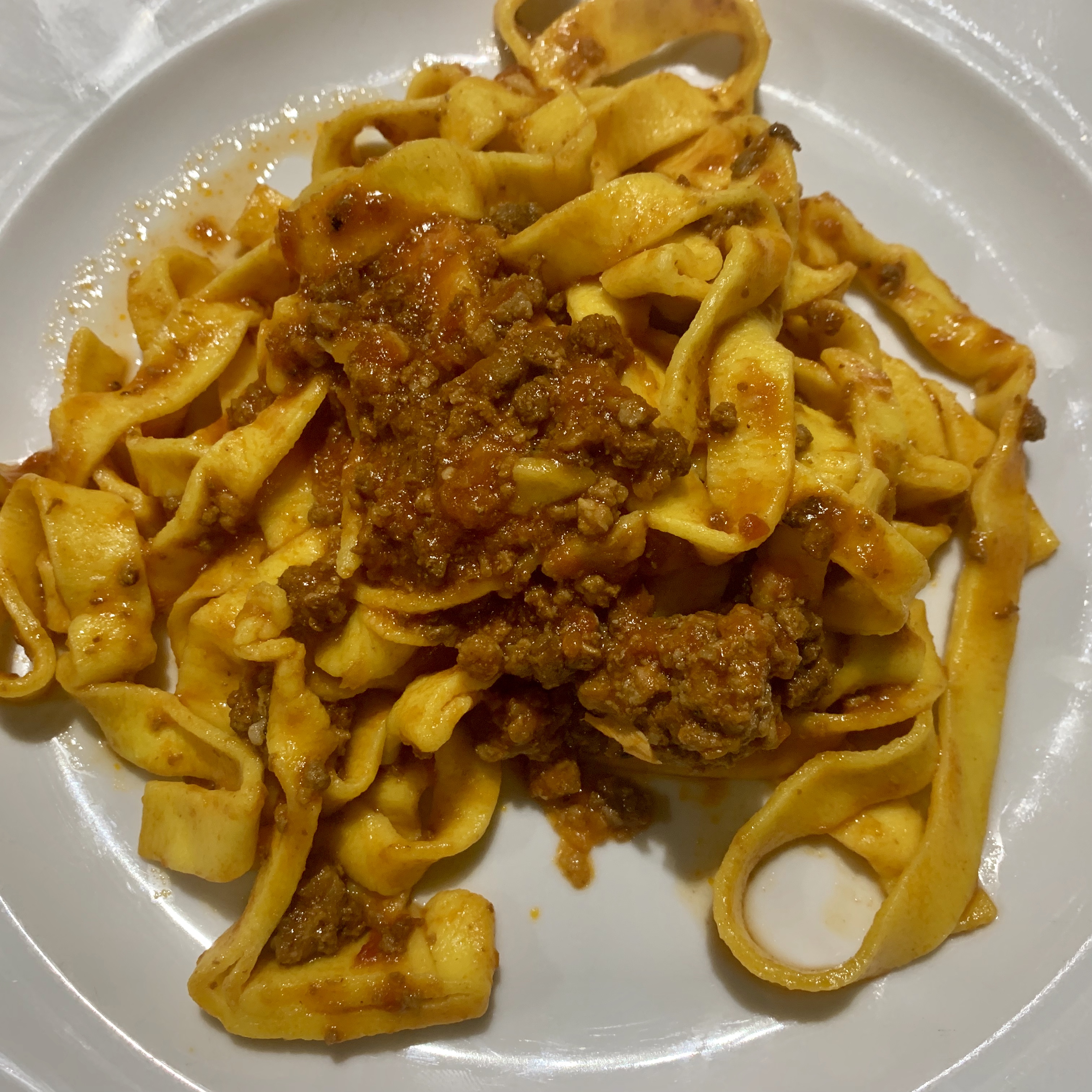
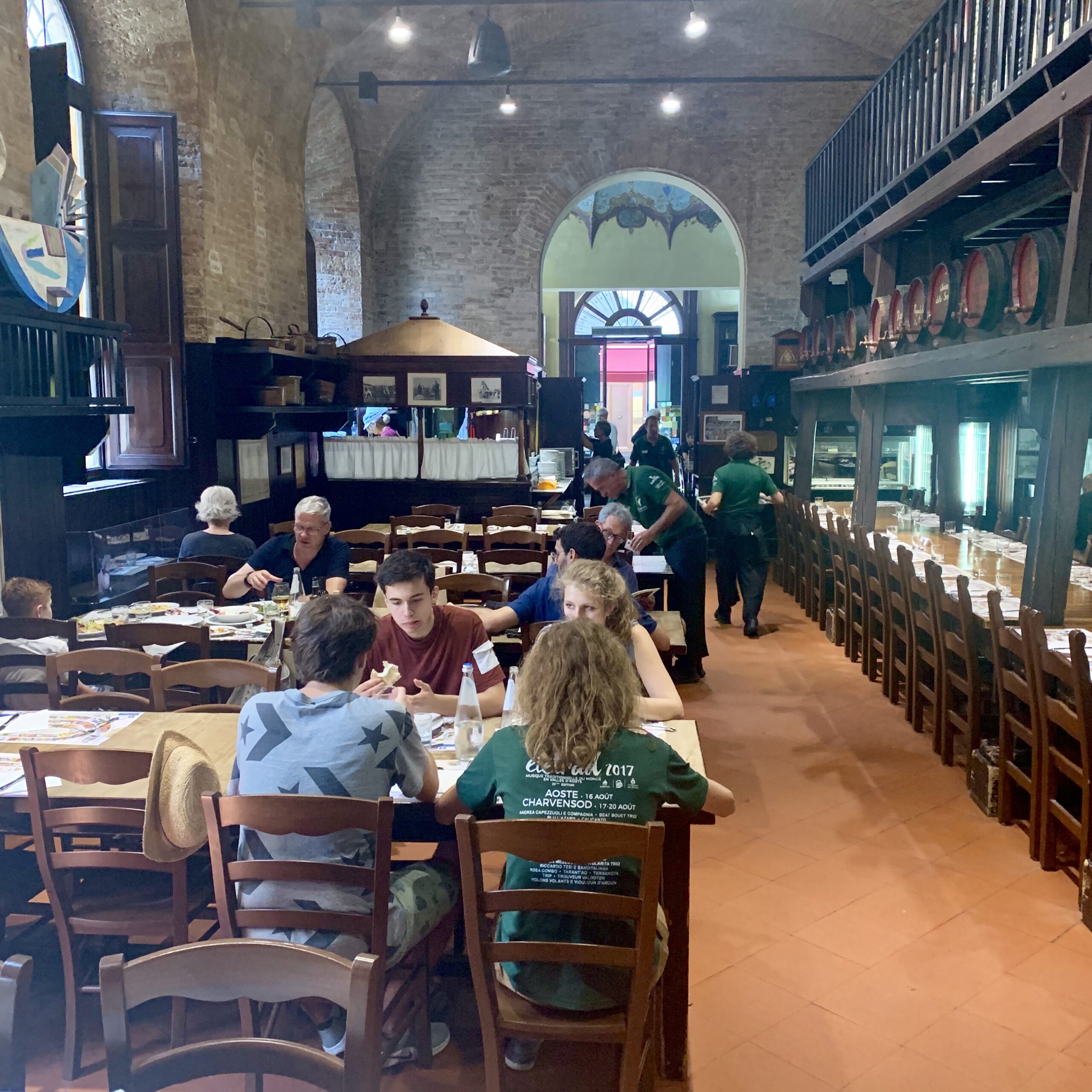
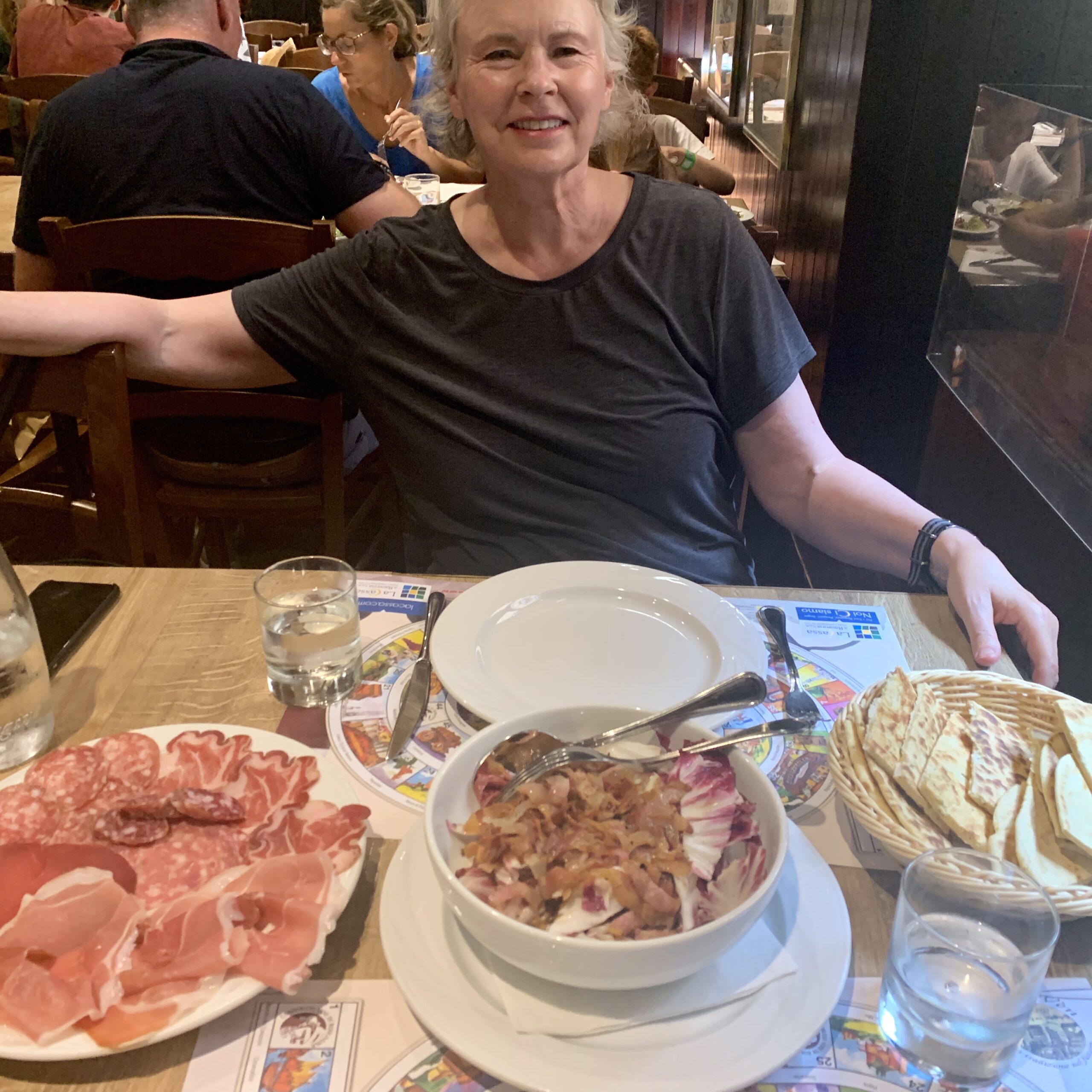
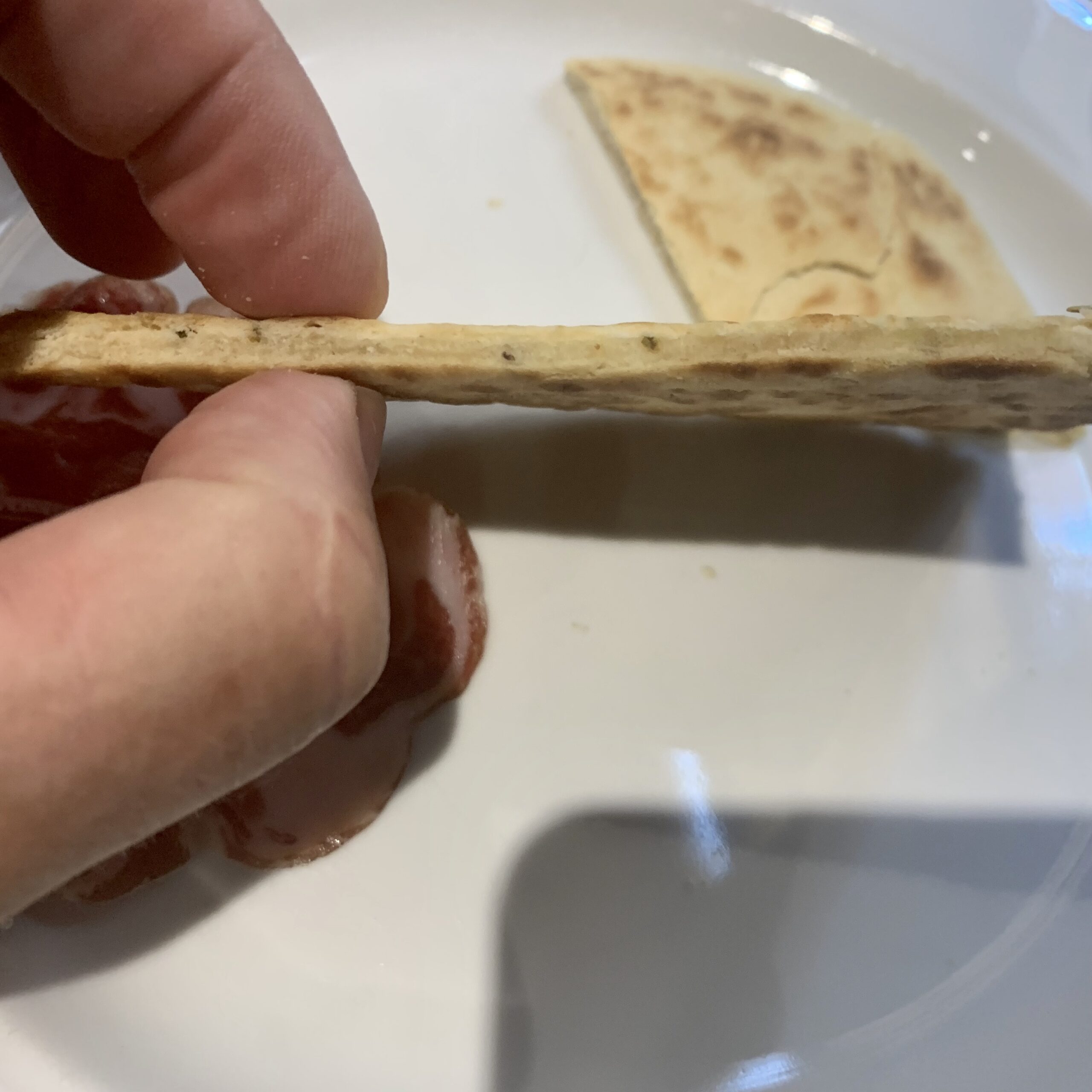
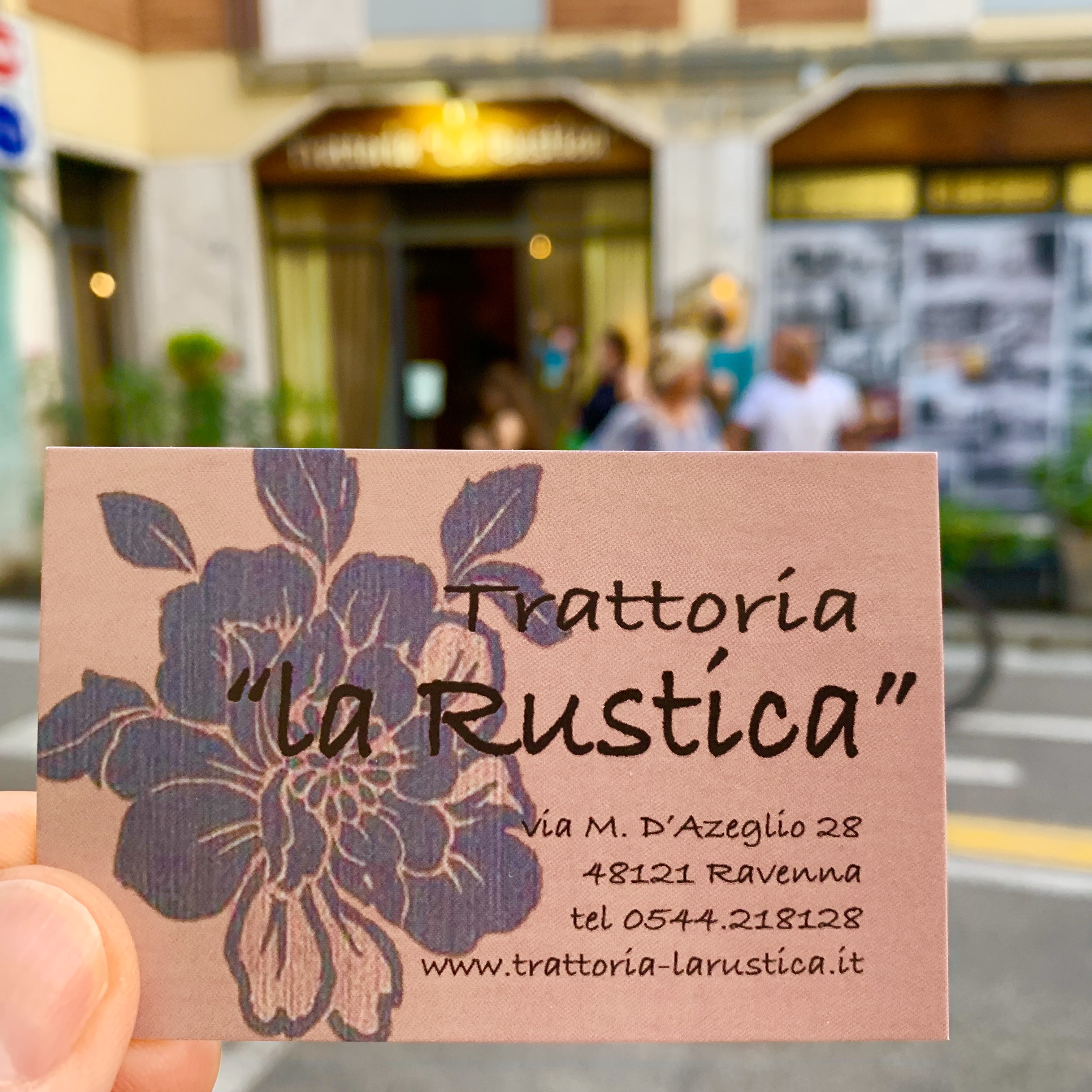
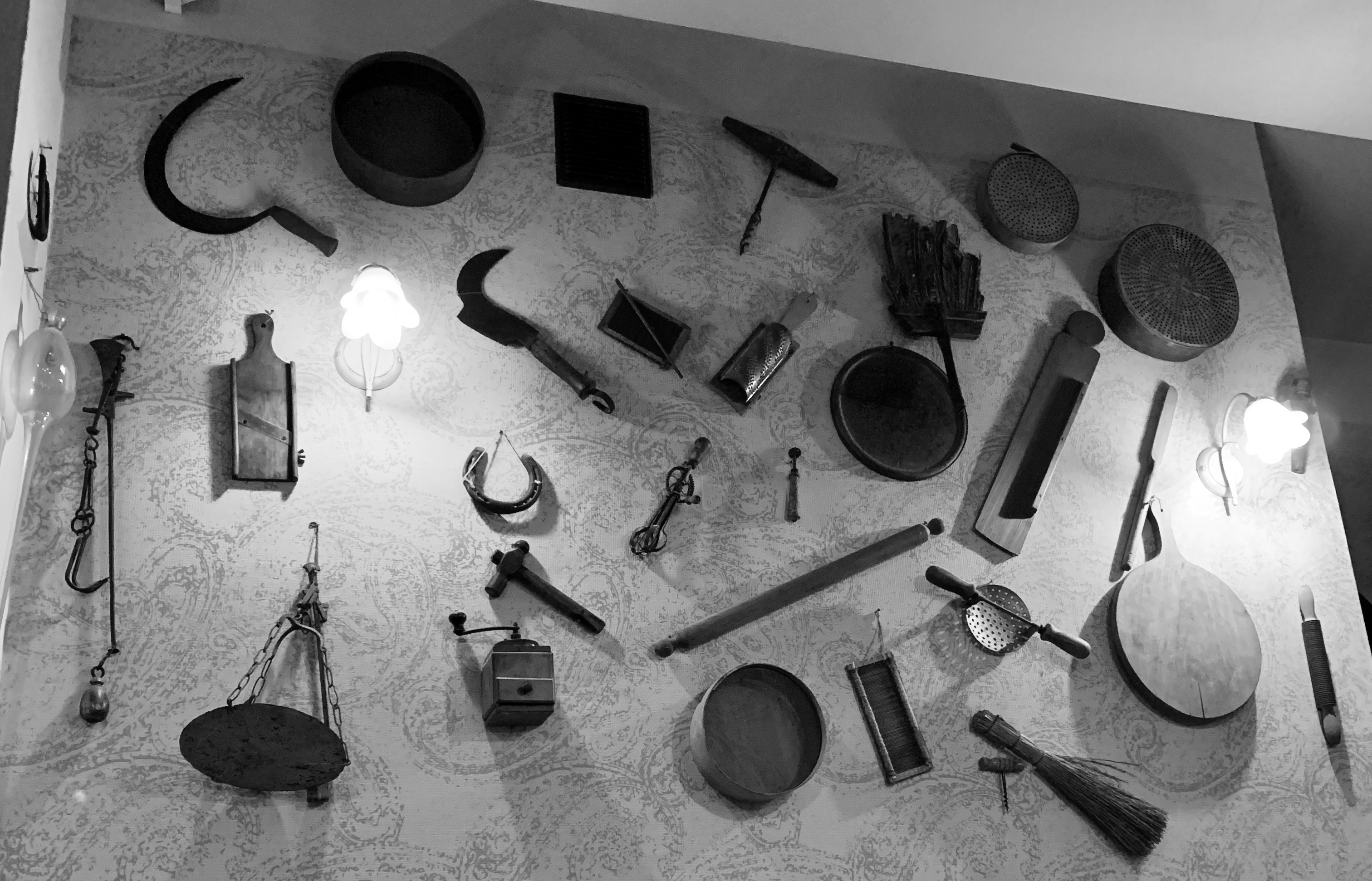
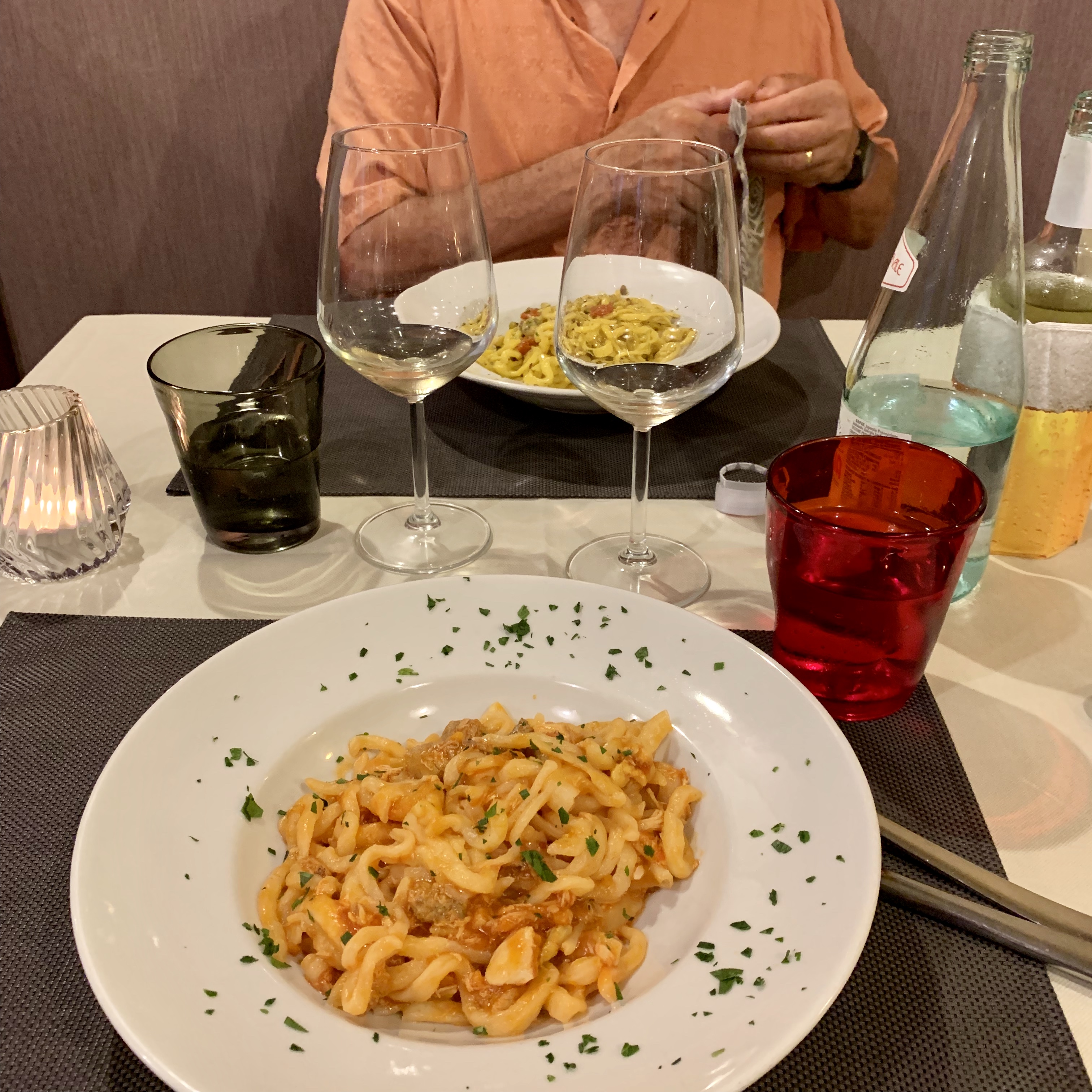

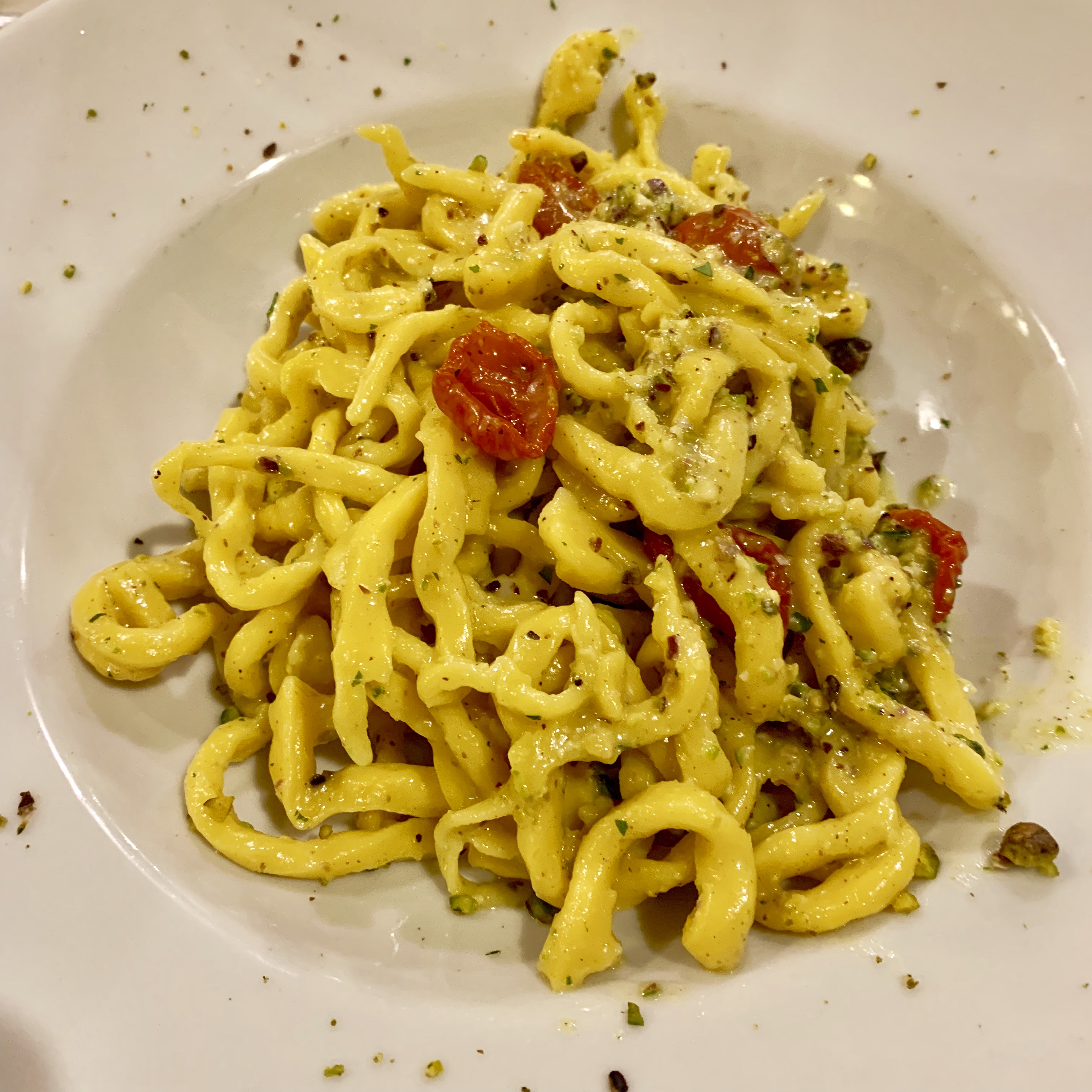
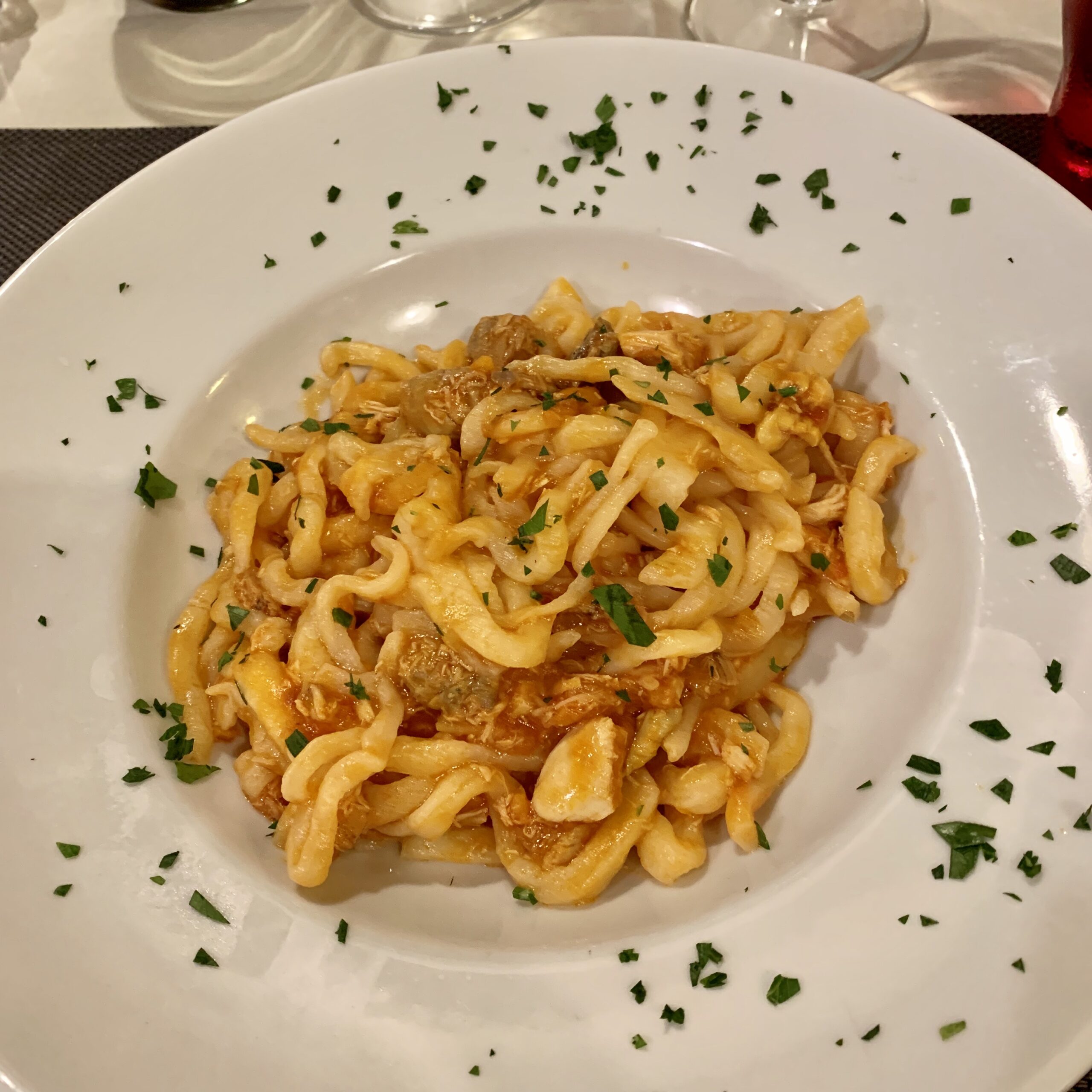
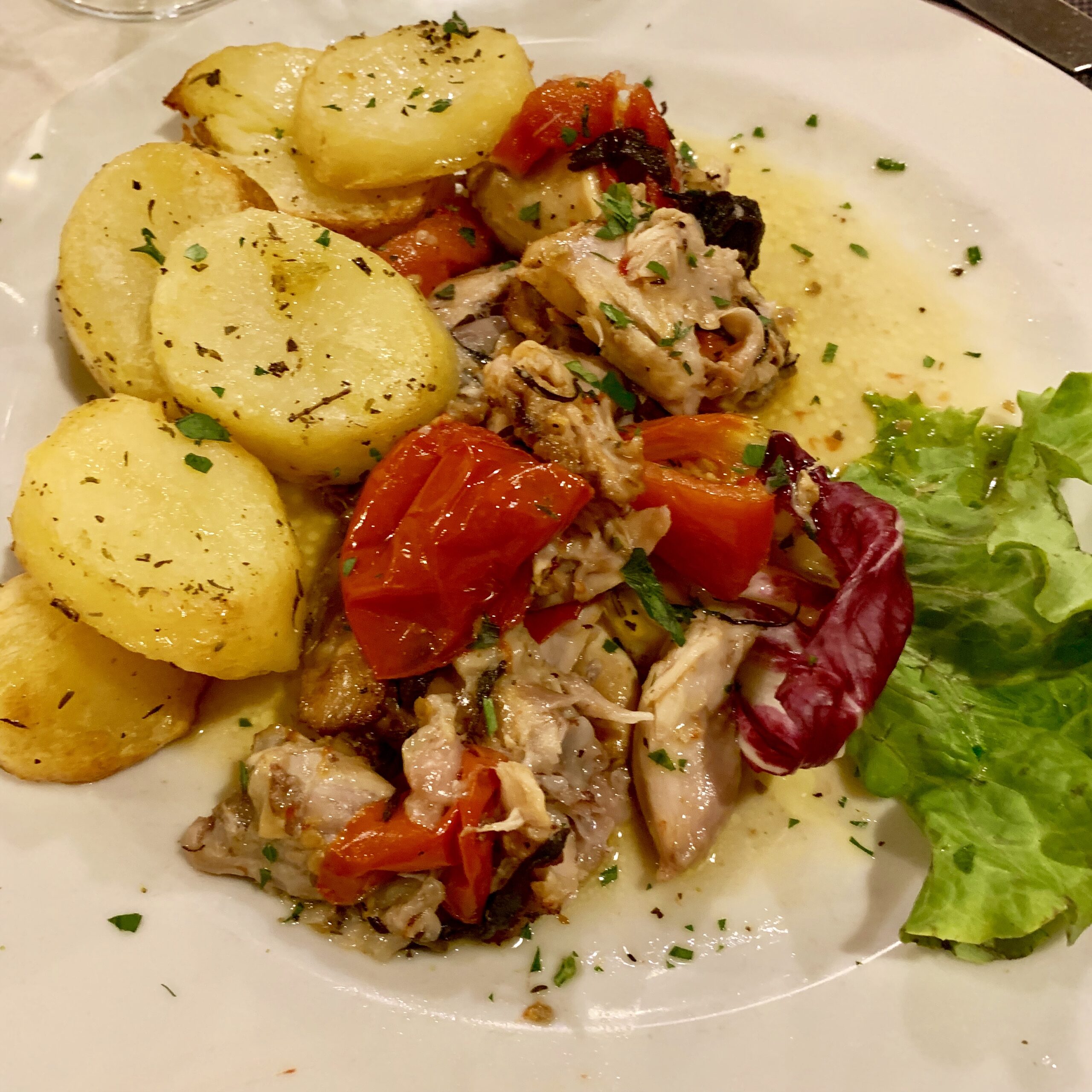
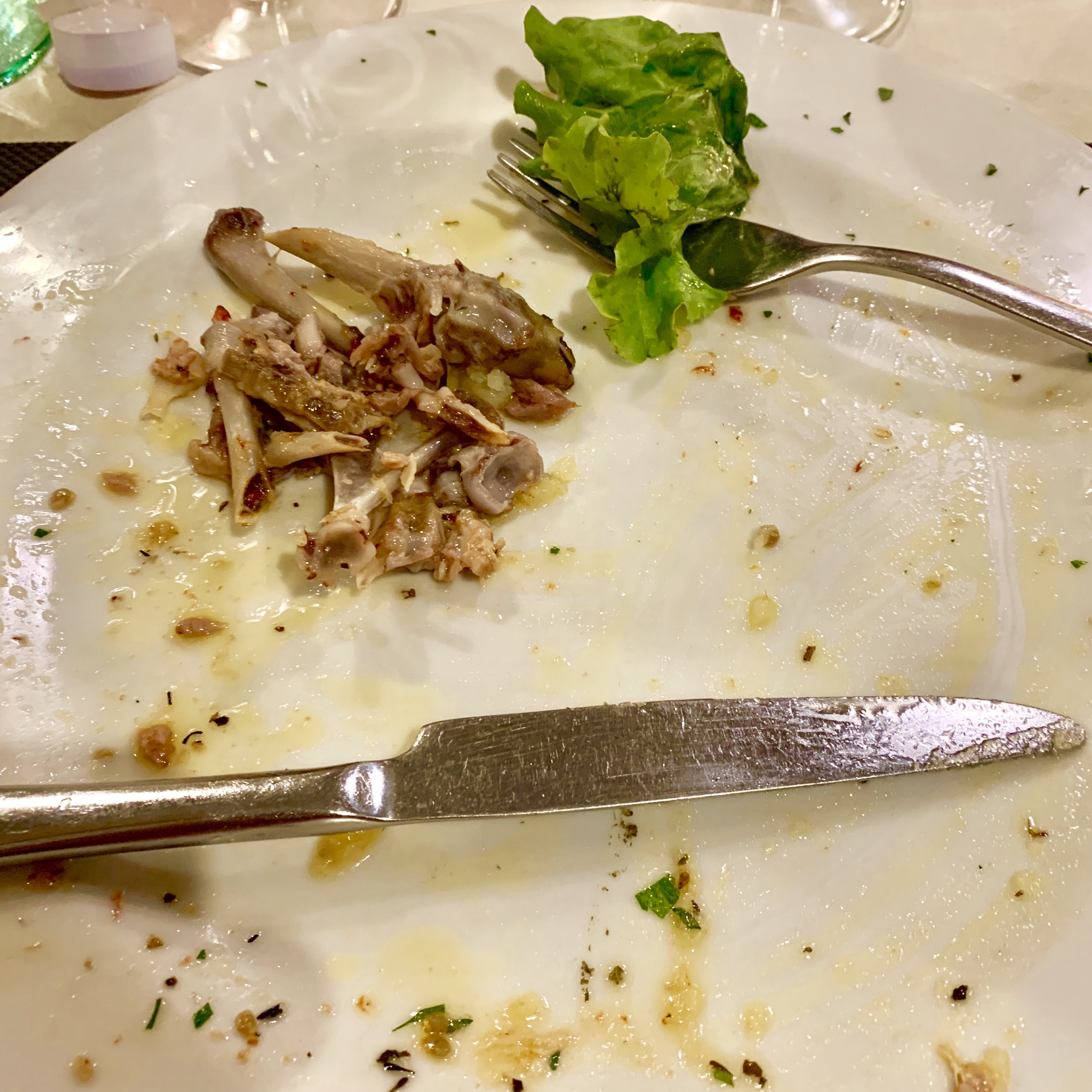
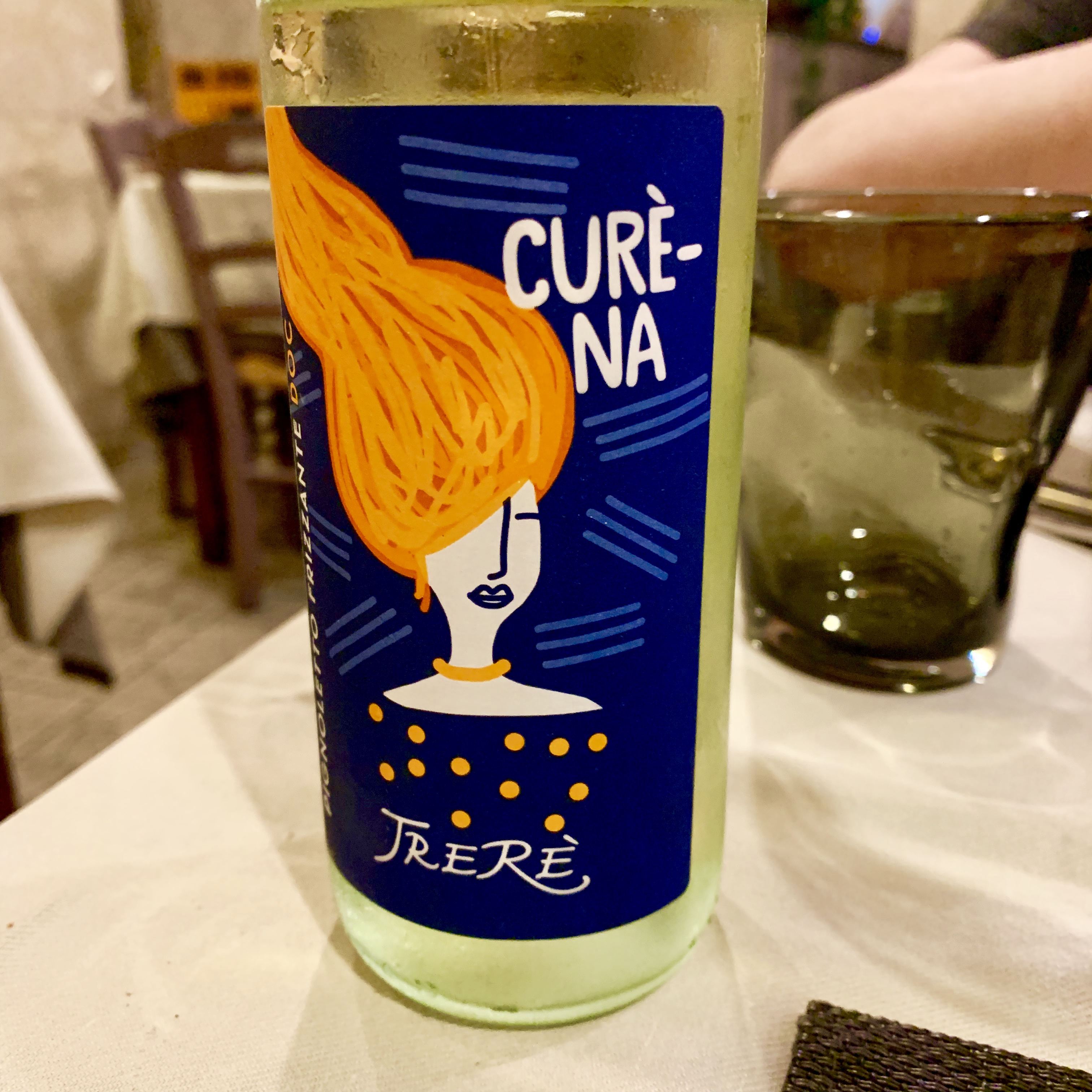
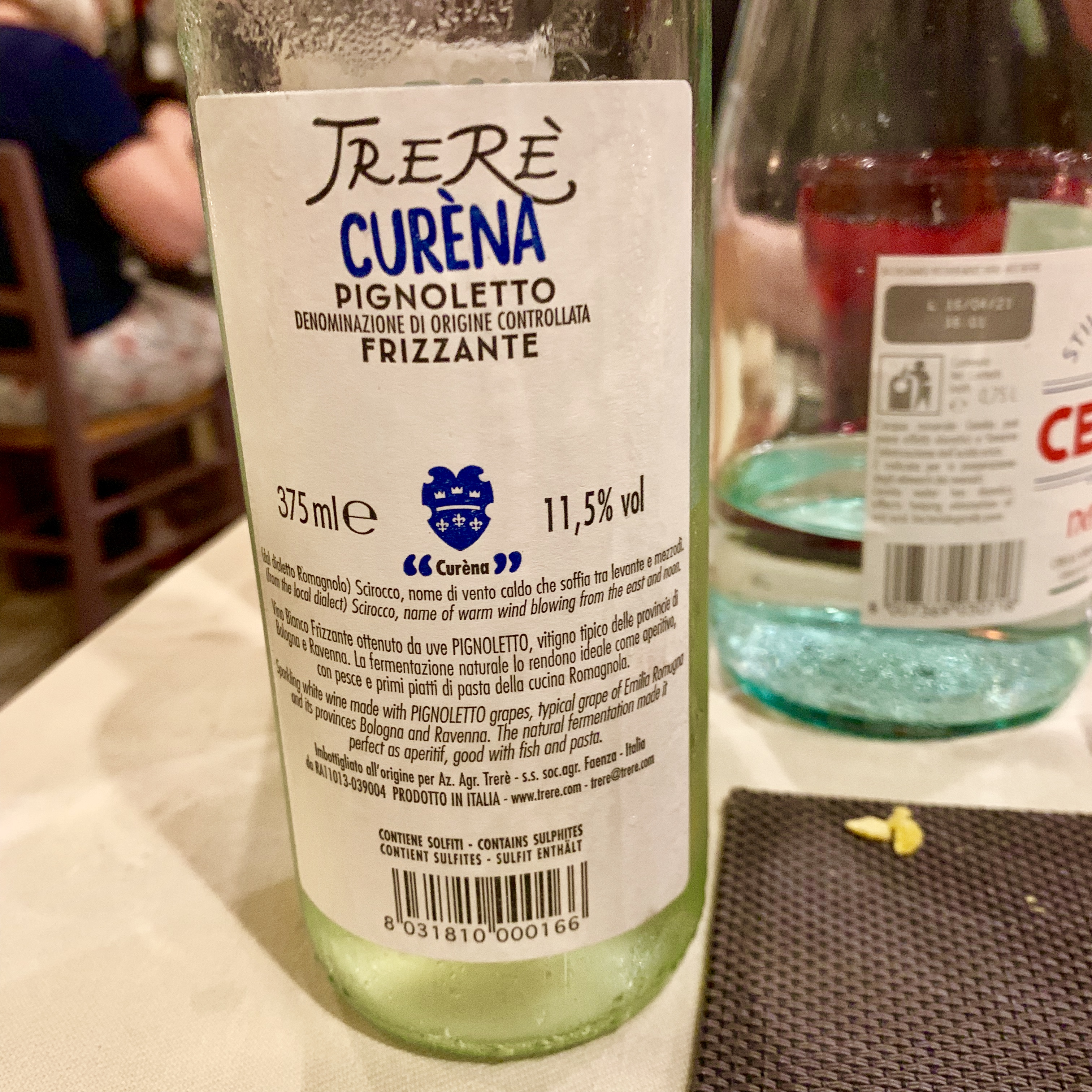

At the end of the trip you should do a “Best Of” list for all the different restaurants — best spritz, best pasta, etc.
Thanks for all the photos on this Blog. This week we are going out for Italian Dinner!
Time for some more sketches as you have time….
What you seeing of new Arch. And Planning projects in this old world history of streets?
CAL: We really haven’t seen much in new architecture or for that matter planning projects. Strange. Glad you like the sketches. More coming in a few days. Feel free to use our food photos to point to when you order your Italian food!